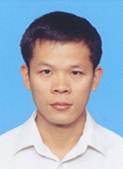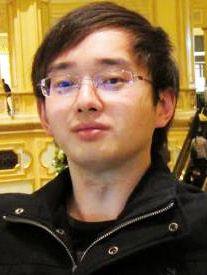News and Agenda Archive
News
PhD candidate Jia-Jun Yeh wins an Outstanding Young Researcher award at TRANSDUCERS 2025
- Tuesday, 8 July 2025
Last week in Orlando, Florida, Jia-Jun Yeh, PhD candidate at ECTM, received one of the Outstanding Young Researcher awards at the 23rd International Conference on Solid-State Sensors, Actuators and Microsystems (TRANSDUCERS 2025) for her work entitled "Integrated microfluidic tissue barrier sensor module for a standardized and modular organ-on-chip platform".
Jia-Jun's work is the result of a close collaboration between Delft University of Technology (supervised by Massimo Mastrangeli) and Eindhoven University of Technology (Jaap den Toonder), with valuable contributions from partners at the University of Twente and Wageningen University & Research. The joint effort is part of the Perspectief Program SMART Organ-on-Chip (OoC) and the NWA-ORC LymphChip project, which support and strengthen this interdisciplinary research.
More ...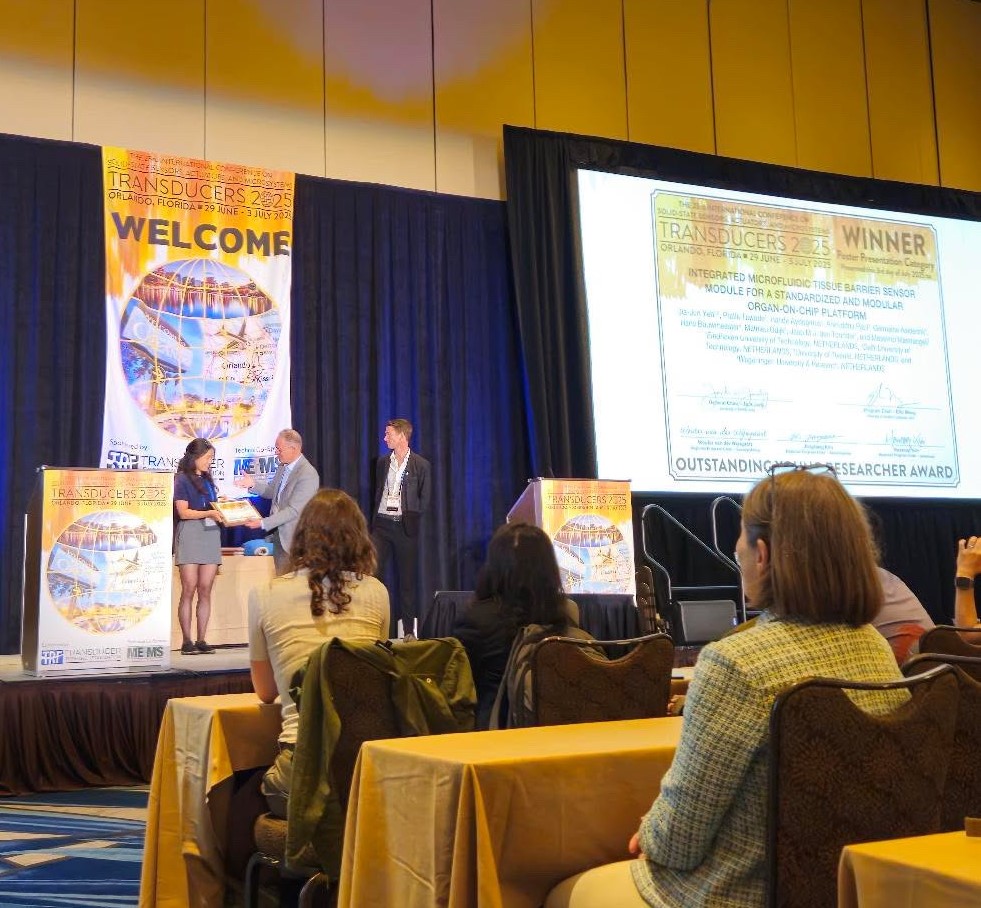
Ata Golparvar Receives SNSF Postdoctoral Fellowship
- Monday, 30 June 2025
Ata Golparvar, postdoctoral researcher at ECTM under supervisin of Dr. Clémentine Boutry, has been awarded the Swiss National Science Foundation (SNSF)'s Postdoctoral Fellowship to extend his residence at ECTM and develop Transient Biophotonic Implants. The three-year fellowship includes the possibility of a one-year return phase to EPFL/ETH.
With this funding, Ata will explore new approaches to help shift healthcare from reactive treatment toward proactive, pre-symptomatic diagnosis. Realizing this goal requires continuous access to molecular information within the body. To address this need, Ata is developing a new class of transient molecular implants capable of wireless, passive, and label-free biosensing. These implants are designed to safely biodegrade after use, eliminating the need for surgical removal to enable “insert & forget” approach to biosensing, particularly beneficial in post-operative care.
Further information at the following link.
More ...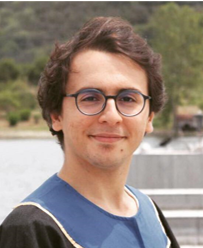
Prof. Ronald Dekker (ECTM) receives royal honour for pioneering work in microelectronics
- Wednesday, 30 April 2025
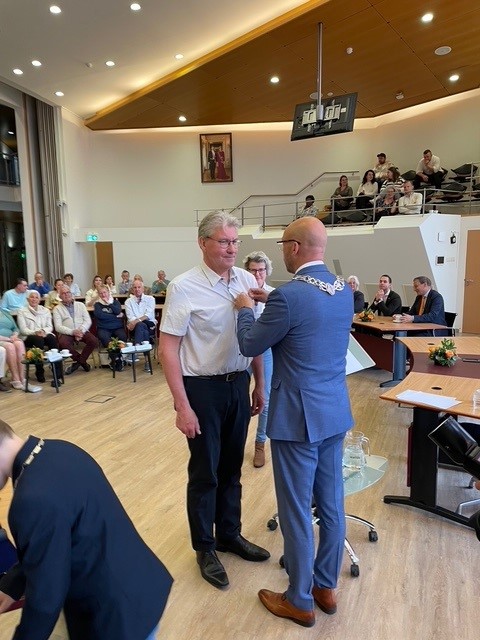
Prof.dr.ir. Ronald Dekker, was appointed Knight of the Order of the Netherlands Lion on Friday April 25 during the ribbon-cutting ceremony in the municipality of Valkenswaard. Ronald receives the honour because of his exceptional role in the world of microelectronics and process technology.
Ronald Dekker is honoured for his outstanding personal achievements in his main position. After graduating from TU Eindhoven, his positions included Principal Scientist at Philips and part-time Professor at TU Delft, Faculty of EWI. Ronald has made a leading contribution to the development of microelectronics and process technology. The ribbon was requested by Ronald's former colleague at Philips, Sieger Swaving, and received a recommendation from Tim van der Hagen, rector magnificus of TU Delft.
With his deep technical expertise and rare talent for making complex concepts understandable, he knows how to inspire and enthuse not only peers but also policymakers and the general public about his vision for the future. As a bridge builder between industry, science and policy, Ronald has initiated and led several leading European projects. In doing so, he developed innovative technologies with great social relevance and lasting impact. His work resulted not only in technological breakthroughs but also in the creation of new companies. Moreover, he has mentored numerous young scientists and helped them launch their careers. Ronald Dekker has left a lasting mark on the future of technology and healthcare with his work.

National Scalable Atomic Processing Line (SAP-NL) consortium project led by Sten Vollebregt gets funded
- Wednesday, 30 April 2025

Dr.ir. Sten Vollebregt, of TU Delft's Faculty of Electrical Engineering, Mathematics and Computer Science, has received a substantial grant from the Dutch Research Council (NWO) for his consortium project National Scalable Atomic Processing Line (SAP-NL). The project aims to develop a national facility for large-scale atomic fabrication. As part of the call ‘Research infrastructure: national consortia (RI:NC)’, NWO is investing over 21 million euros in projects for innovative scientific infrastructure.
National facility for scalable atomic fabrication
Materials innovation is essential in solving our society's challenges, such as energy transition and further digitalization. Think about developing faster and more energy-efficient chips, better batteries, solar panels and communication networks. “We are at the point where we can build materials atom layer by atom layer,” explains Associate Professor dr.ir. Sten Vollebregt. This results in materials with properties specifically tailored to the application or that do not occur in nature.
“The materials we focus on are 2D materials, thin-film wide-bandgap semiconductors, and heterojunctions of these materials,” explains Sten. The fabrication of these materials must be done under a protected environment because surface contamination degrades material properties. Therefore, the goal of this project is to establish a national infrastructure for atomic fabrication that makes this possible AND in an industrially scalable manner. “As far as we know, this facility is unique in the world,” Sten enthuses. “After its realization, the infrastructure will become part of NanoLabNL.”
More ...
Best Poster awards at Microelectronic Research Day 2025
- Wednesday, 29 January 2025
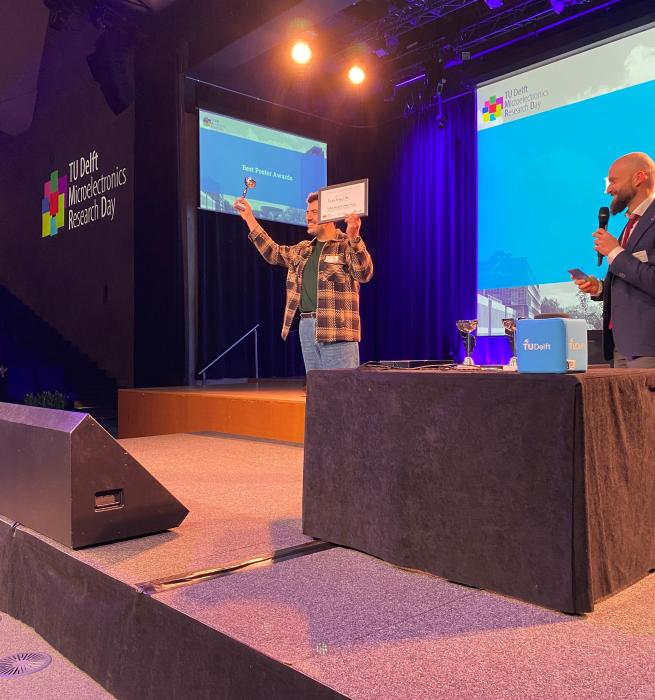
With over 250 participants in a gorgeus location for a thriving community, we can look back on a very successful second edition of our Microelectronics Research day!
The day started with a plenary talk by Chris van Hoof (imec, Belgium) and continued invited talks by George Malliaras (Cambridge University, UK), Michael Mihotek (Infineon, Germany) and Stefan Wunderer (Nokia, Germany), as well and in particular with two poster sessions showing a selection of the research works of the department.
The day ended with the presentation of the Best Poster Awards. Out of a total of 90 posters, the 3 posters were selected by popular vote.
The winners of 2025 are: Vasiliki Zacharia for theme Health and Wellbeing ("Rethinking Cancer Treatment: A Cancer-on-a-Chip device for Personalized Medicine"), Feza Turgay Celik for theme Next-Generation Sensing and Communication ("CoolAnt: Integrated antenna design and cooling concepts in phased arrays"), and Mudassir Husain for theme Autonomous Sensor Systems ("Eco-Friendly Functionalization of Graphene via Spark Ablation for Enhanced Gas Sensing Applications"). Congratulations to the winners!
We will be looking forward to the next edition of the Microelectronics Research Day in 2026!
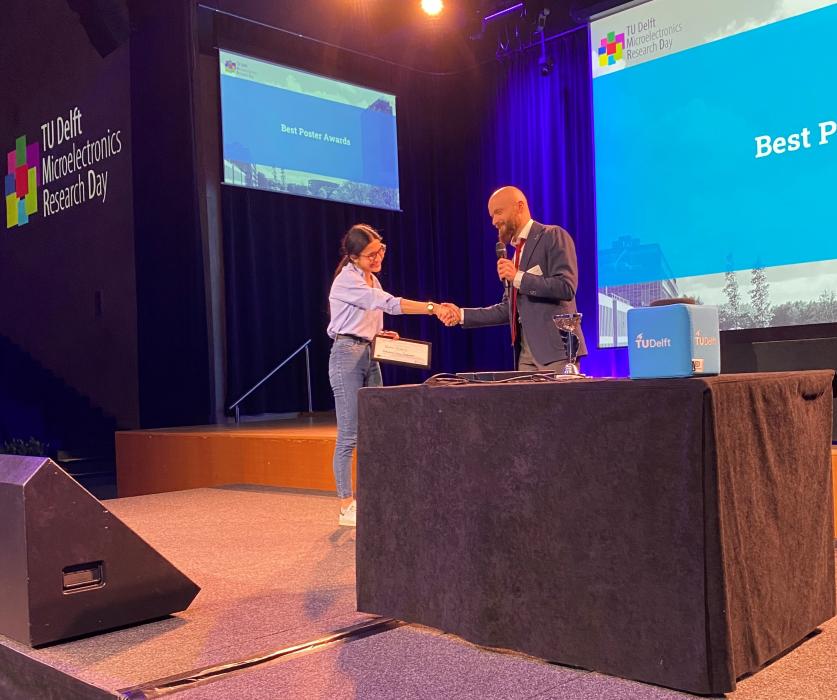
IEEE 74th ECTC Intel Best Student Paper Award granted to Yaqian Zhang
- Tuesday, 7 January 2025
We are happy to announce that Yaqian Zhang, PhD researcher in our group, has been awarded the IEEE 74th ECTC Intel Best Student Paper Award for her paper titled In Situ Analysis of Copper Microstructures in Electromigration Using SEM-EBSD Techniques.
Electromigration is one of the most important failure mechanisms in integrated circuits. In this paper, in-situ Scanning Electron Microscopy (SEM) with Electron Backscatter Diffraction (EBSD) was used to study the impact of electromigration on the microstructure of copper lines. The paper demonstrates that the microstructure plays a critical role in the electromigration resistance and could be improved by annealing the copper interconnect. These findings show the potential of the technique used and help in obtaining a better understanding in electromigration in interconnects.
More ...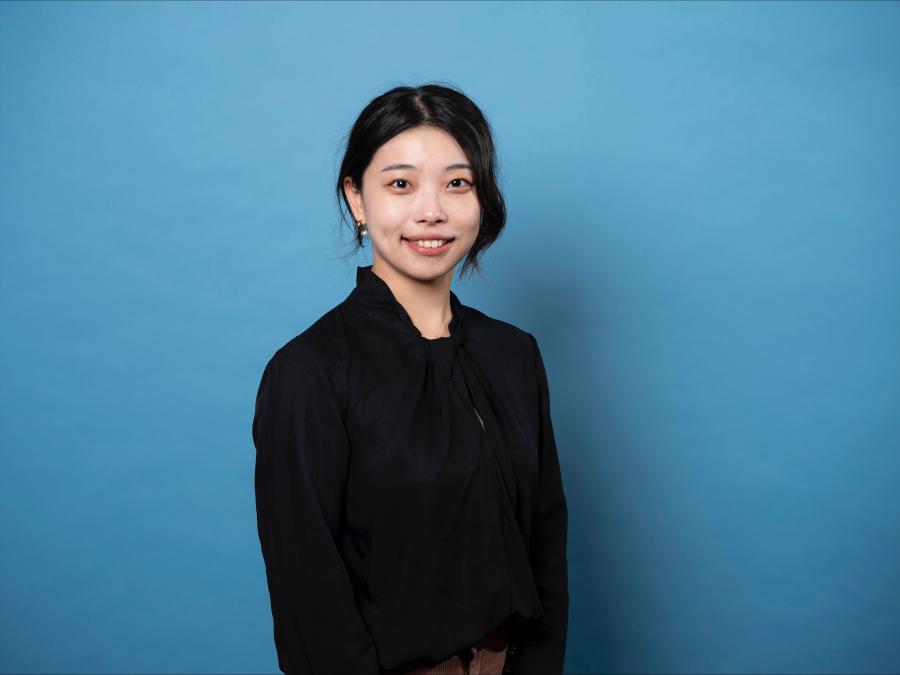
Graphene; twenty-year-old wonder material
- Wednesday, 22 May 2024
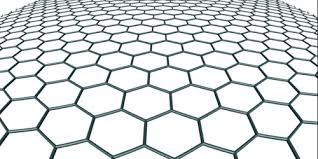
Fifteen years ago, the ultra-thin material graphene became a hype. Millions were invested and
thousands of scientific publications appeared every year. Where is the graphene research going now? Where are the promising applications, such as rollable screens and more efficient computer chips?
Full article (in Dutch), NRC
More ...

Xinrui Ji and Xiao Hu Won IEEE ECTC Student Travel Grants
- Tuesday, 21 May 2024
ECTM PhD researchers Xinrui Ji and Xiao Hu received ECTC’s Student Travel Grants in recognition of the excellent quality of their submitted papers. Xinrui's paper is entitled "20um Pitch Cu-to-Cu Flip-Chip Bonding Through Cu Nanoparticles Sintering", and Xiao's paper is "Investigation of the Sintering Dynamic of 100 nm Ag Nanoparticles via In Situ SEM Observation and Phase Field Simulation". The grant applies to actual travel expenses, including airfare, hotel, and meals related to the conference. IEEE ECTC is the premier international conference on backend technologies, covering the complete value chain of the electronics packaging industry. The awards will be presented at the 2024 ECTC conference in Denver, Colorado, from May 28 - 31.

Professor P. M. Sarro elected as corresponding member of the Austrian Academy of Sciences
- Friday, 17 May 2024
On May 16-17, 2024 emeritus professor Paqualina M. Sarro was elected in the Austrian Academy of Sciences as corresponding member abroad of the Division of Mathematics and Natural Sciences.
The Learned Society, currently counting more than 770 renowned scientists from Austria and abroad, forms a cornerstone of the Academy and contributes significantly to the realisation of its mission to promote science in every respect.
We congratulate professor Sarro for the election, which also follows her prior election into the Royal Dutch Academy of Science (KNAW).
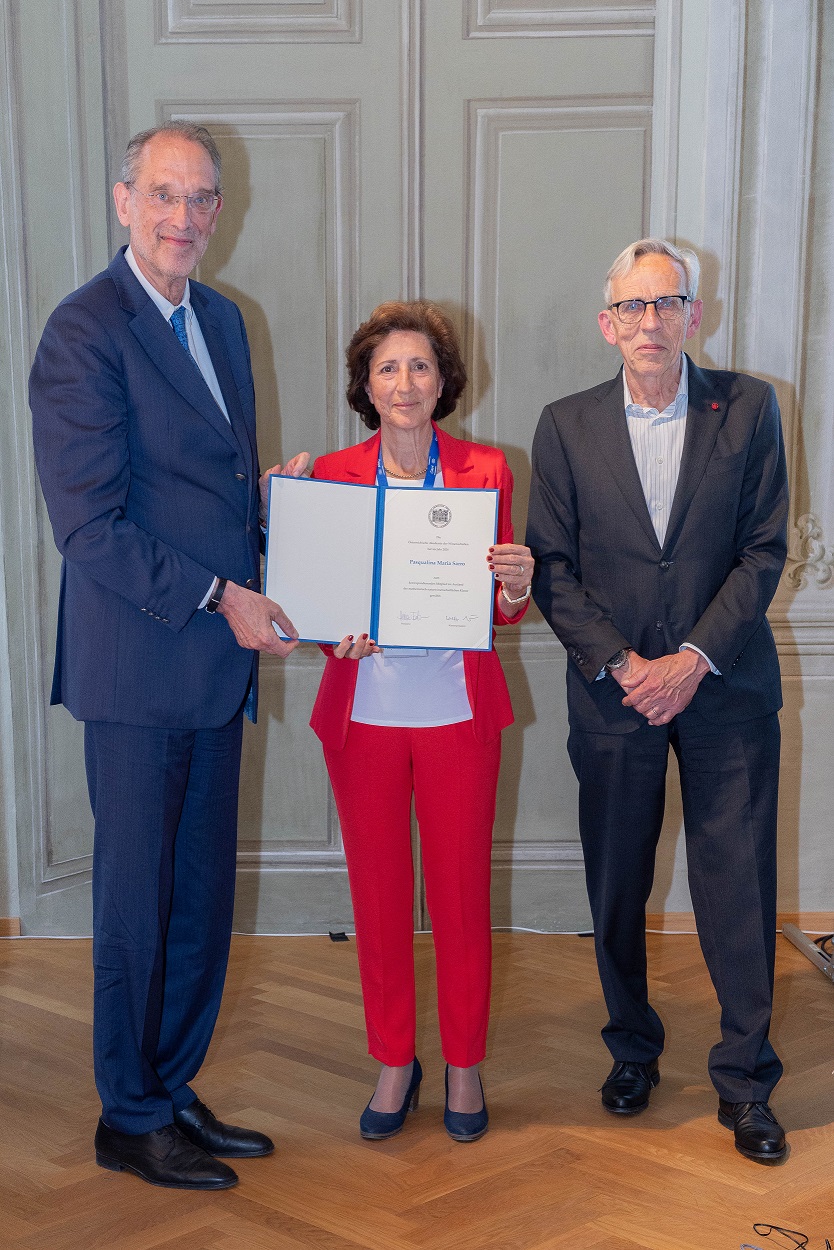
Best poster award for Henry Martin at EuroSimE 2024
- Tuesday, 7 May 2024
PhD candidate Henry Martin won the Best Poster award at the EuroSimE 2024 conference (25th International Conference on Thermal, Mechanical and Multi-Physics Simulation and Experiments in Microelectronics and Microsystems, held in Catania (IT) on April 7-10, 2024). The conference was sponsored by TU Delft - ECTM, and chaired by ECTM section head, professor Willem van Driel.
Henry was awarded for his work titled "Finite Element Simulation of Accelerated Stress Testing and Damage Detection for Micro and Nano Structures Using Surface Acoustic Waves (SAWs)".
Congratulations to Henry and co-authors!
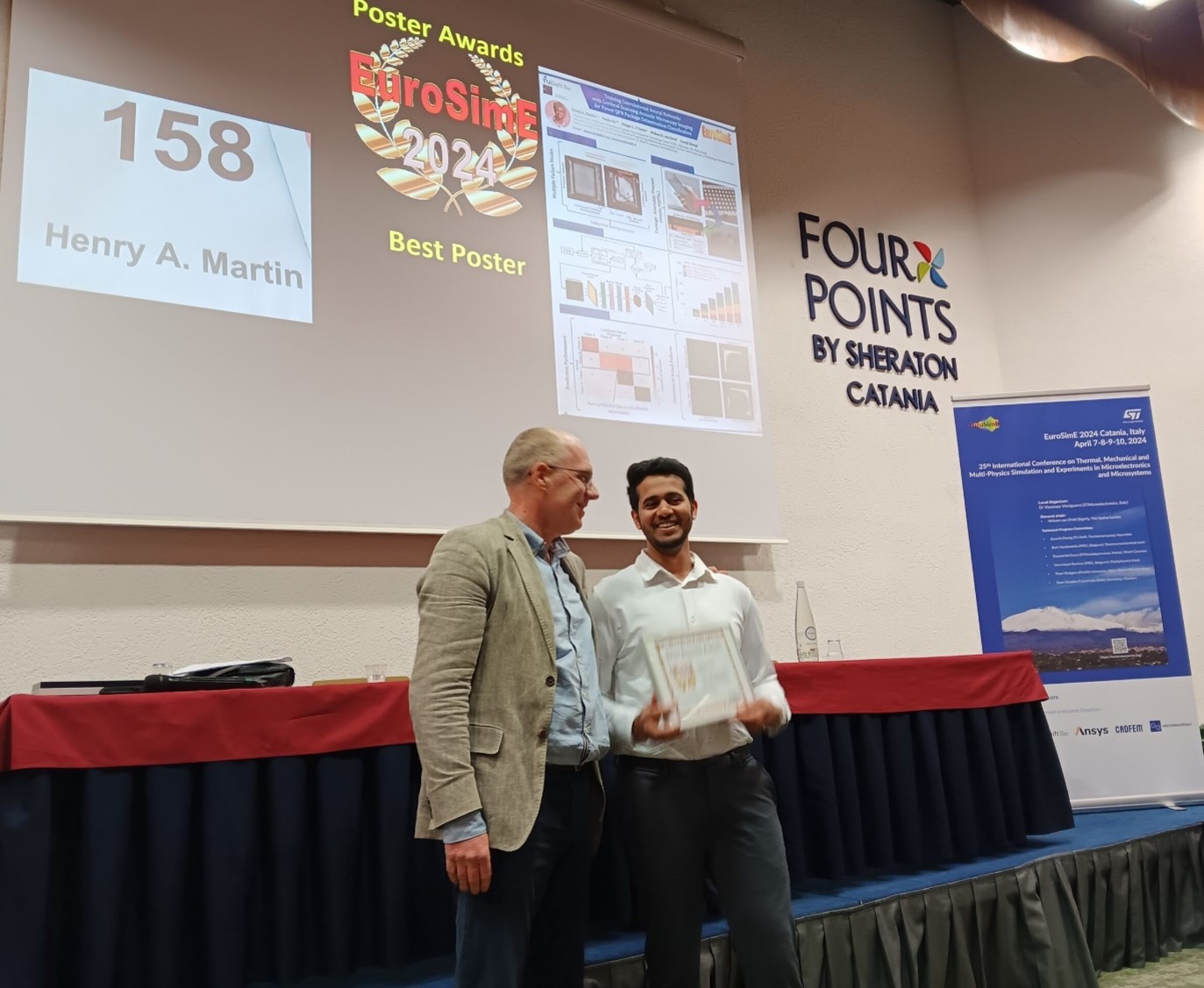
Outstanding paper award for Xiao Hu at EuroSimE 2024
- Tuesday, 7 May 2024
PhD candidate Xiao Hu won the Outstanding Paper award at the EuroSimE 2024 conference (25th International Conference on Thermal, Mechanical and Multi-Physics Simulation and Experiments in Microelectronics and Microsystems, held in Catania (IT) on April 7-10, 2024). The conference was sponsored by TU Delft - ECTM, and chaired by ECTM section head, professor Willem van Driel.
Xiao was awarded for her work titled "Sintering Process Simulation of Ag Nanoparticles by Phase Field Method".
Congratulations to Xiao and co-authors!
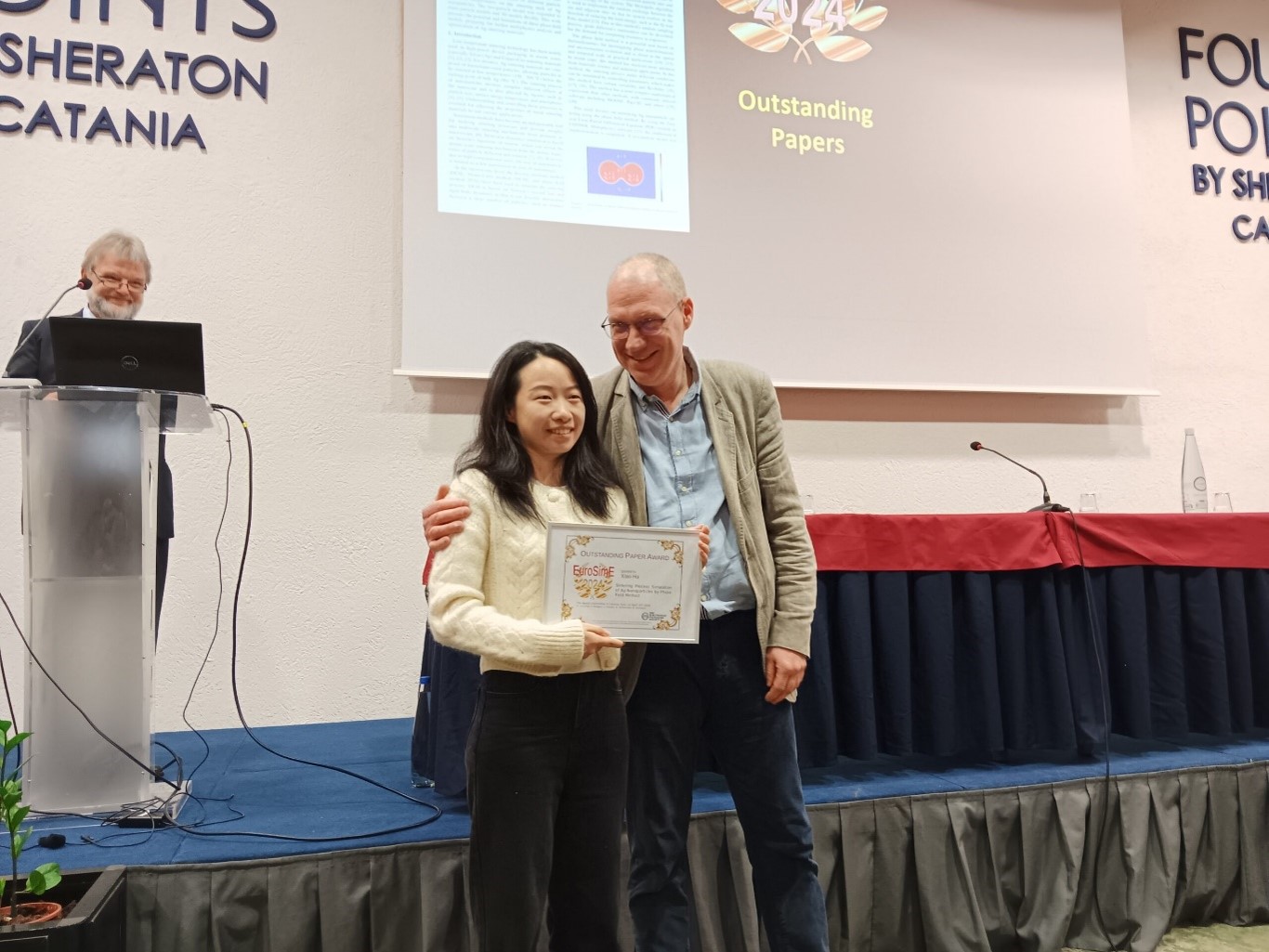
Cum Laude for PhD student Huajun Zhang
- Wednesday, 24 April 2024
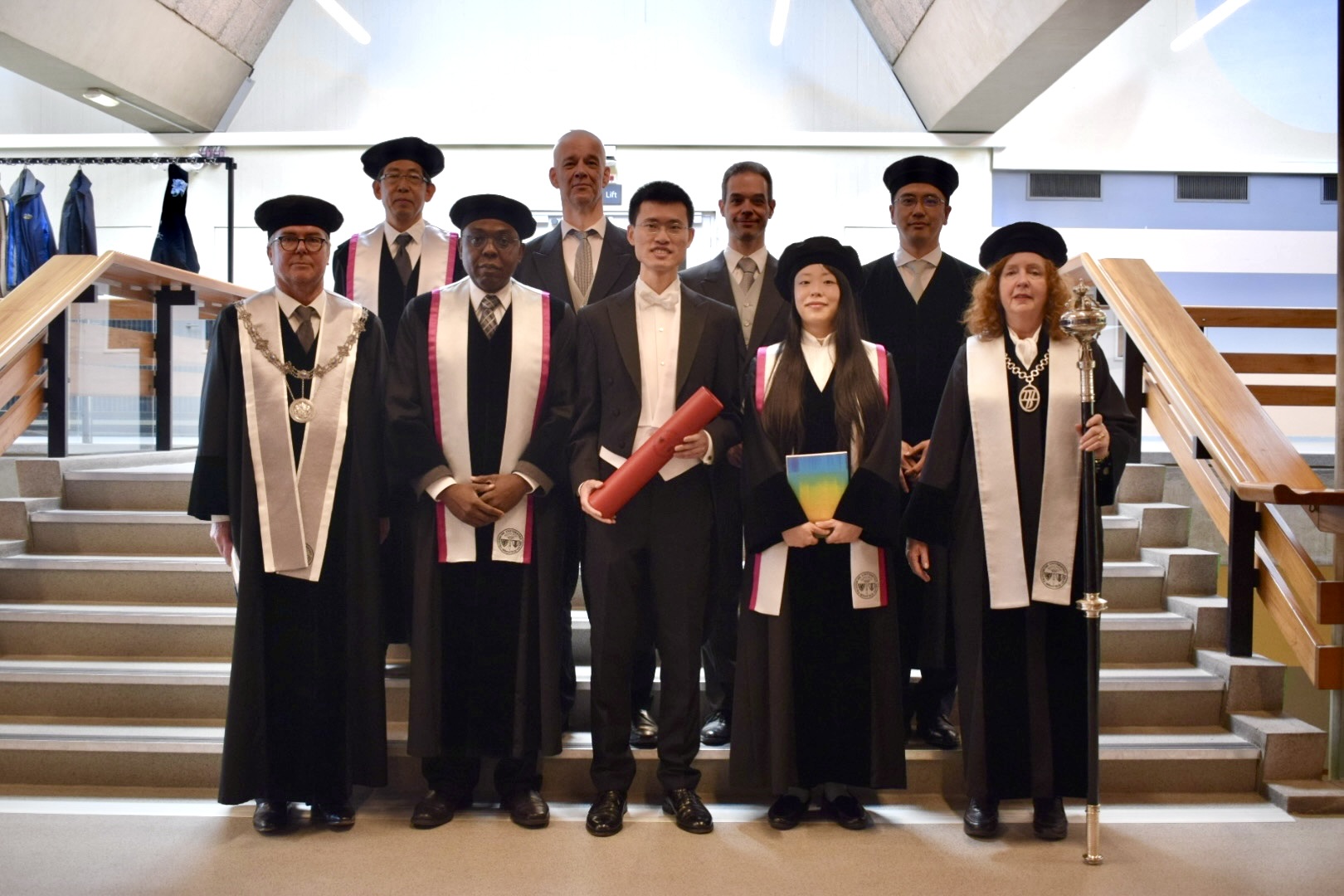
On April 15 PhD student Huajun Zhang (EI group) promoted Cum Laude.
High-performance multilevel Class-D audio amplifiers.
Abstract: Despite their high power efficiency, Class-D amplifiers (CDAs) suffer from greater EMI, inferior linearity, and lower DR than Class-AB amplifiers. This thesis describes the design and implementation of CDAs that aim to approach the performance of Class-AB amplifiers in terms of their application cost, dynamic range, and linearity while retaining the characteristic high power efficiency of the CDA, through the use of a multilevel output stage, feedback after the LC filter, and capacitive feedback. Measurement results from prototypes showed state-of-the-art performance.
Promotor; Prof. dr. Kofi Makinwa, co-promotor: Dr,Qinwen Fan
Biography Huajun Zhang
Huajun Zhang was born in Beijing, China. He obtained the B.E. degree in Electrical and Computer Engineering from Shanghai Jiao Tong University in 2015 and the B.S.E. and M.S. degrees in Electrical Engineering from the University of Michigan, Ann Arbor in 2015 and 2017, respectively. In the summer of 2016, he was an analog/mixed-signal design intern at Analog Devices, Inc., Wilmington, MA, USA. From May 2017 to February 2019, he was a Mixed Signal Design Engineer with Analog Devices, Inc., Norwood, MA, USA. Mr. Zhang joins the Electronic Instrumentation Laboratory at TU Delft in March 2019 where he is pursuing the Ph.D. degree in Microelectronics. His technical interests include precision analog circuits and data converters.
Mr. Zhang has published three peer-reviewed journal papers on SAR and sigma-delta converters and has one US patent pending. He has been a reviewer for IEEE Transactions on Circuits and Systems I: Regular Papers and IEEE Sensors Journal.
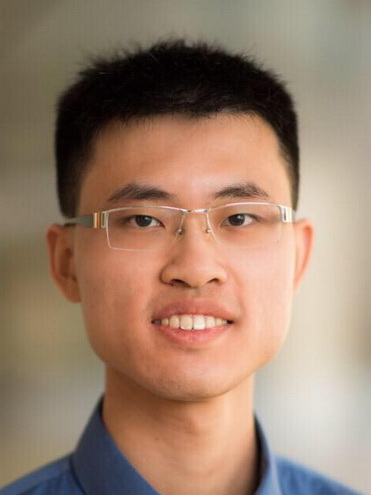
Thomas Michalica wins Best Bioengineering MSc Graduate of 2023
- Tuesday, 19 December 2023
Ex-ECTM Master student Thomas Michalica was awarded for Best MSc Graduate by Delft Bioengineering Institute (BEI) with a prize of 1000 EUR. Thomas' graduation project titled "Two-photon polymerization-based 3D-multi-electrode arrays for electrical monitoring of neuronal cells" was conducted under supervision of Massimo Mastrangeli (ECTM) and Angelo Accardo (3mE/PME/MNE).
Congratulations (again), Thomas!
See also: Best Bioengineering MSc Graduate of the Year: Thomas Michalica! (tudelft.nl)
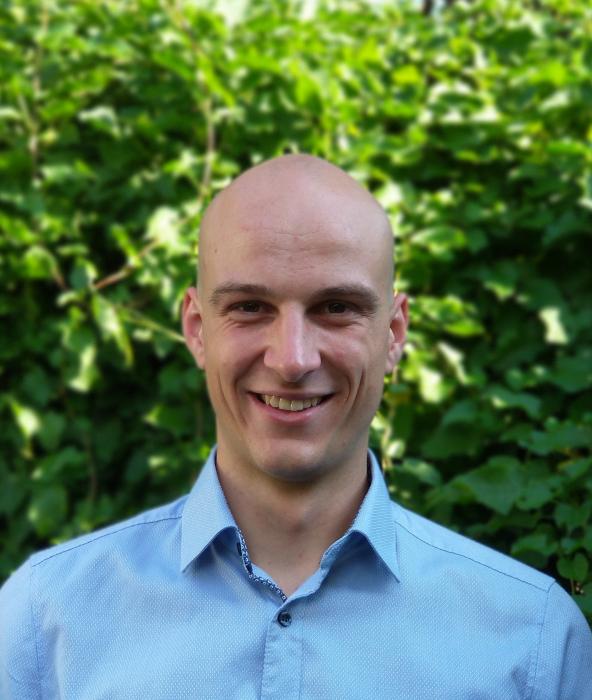
Elena Aprea receives an award for best poster presentation at the Biocube Meeting 2023
- Monday, 18 December 2023
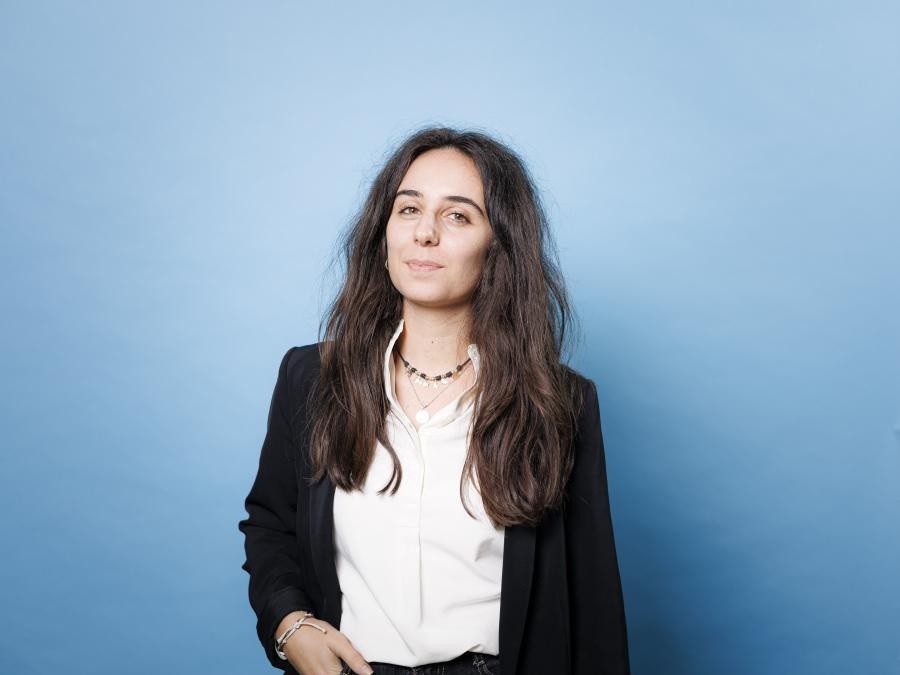
Congratulations to Elena Aprea, who received an award for best poster presentation at the Biocube Meeting 2023, which took place in Sestriere (Italian Alps) from 10 to 16 December.
Elena, PhD student in the Biodegradable Technologies team of Dr. Boutry at ECTM, was presenting her project on biodegradable electromagnetic micropumps for biomedical applications.
This micropump is developed in the context of biodegradable MEMS implants for nerve regeneration. Each year, about 300,000 new patients suffer from peripheral nerves injuries in Europe, caused for example by a car crash or a domestic accident. With the current treatments, for large nerve gaps, less than 25% of the patients recover proper motor function and less than 3% regain sensation. The state-of-the-art treatment is the use of artificial nerve conduits and various strategies have been explored. But the reason for the very low recovery is the following: The disconnected part of the nerve is basically dead unless it can be quickly reconnected, within few days after the injury. The nerve growth is 1mm/day. So, it is truly a race against time.
In this project, Elena focusses on the mechanical stimulation of the nerves in vivo to accelerate the regrowth, by applying a constant mechanical traction on the nerve. The biodegradable electromagnetic micropump will apply a suction to the nerve, measured with an imbedded pressure sensor, with the objective to accelerate nerve healing.
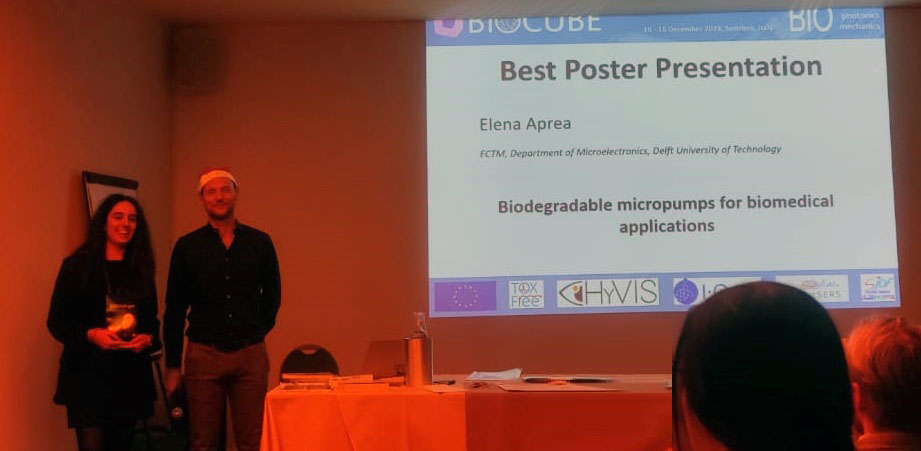
Organ-on-chip: Creating a home for human cells outside of the body
- Monday, 20 November 2023
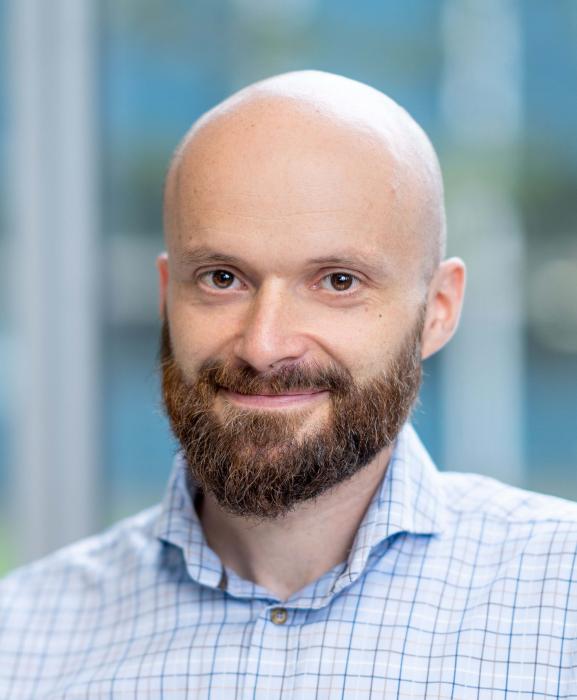
Associate professor Massimo Mastrangeli is the embodiment of enthusiasm for scientific research. He specifically exudes passion for his own field, namely that of organs-on-chip. “What I would like people to know about this field of research? That it’s amazing!”, exclaims Massimo.
Read the full story: Organ-on-chip: Creating a home for human cells outside of the body
More ...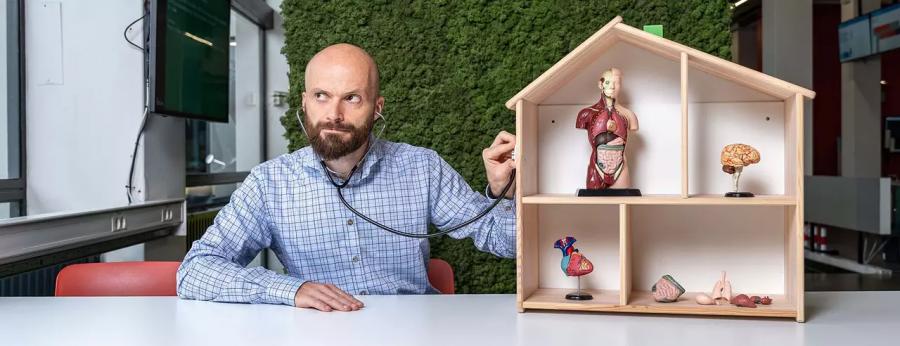
GuoQi Zhang, section ECTM receives prestigious NAE fellow appointment
- Friday, 10 November 2023
Four researchers (QuoQi Zhang, Arie van Deursen, Catholijn Jonker and Inald Lagendijk) from the Faculty of Electrical Engineering, Mathematics and Computer Science (EWI) have been named leading experts and are appointed as fellows by the Netherlands Academy of Engineering (NAE). A total of 62 fellows have been appointed, originating from the fields of technological sciences, applied research and innovation. The fellows focus on fostering an innovation climate that generates societal and economic value by providing engineering-based solutions to major societal issues while offering new business and export opportunities.
GuoQi Zhang is chair professor for the "Micro/Nanoelectronics System Integration and Reliability" at the EEMCS faculty, a member of Netherlands Academy of Engineering, and IEEE Fellow. His research interests cover multi-level heterogeneous system integration and packaging; multi-physics and multiscale modelling and optimization of micro/nanoelectronics; digital twin and designing for reliability; wide-bandgap semiconductors sensors and components; SSL technology; and their applications mainly in healthcare, energy and mobility.
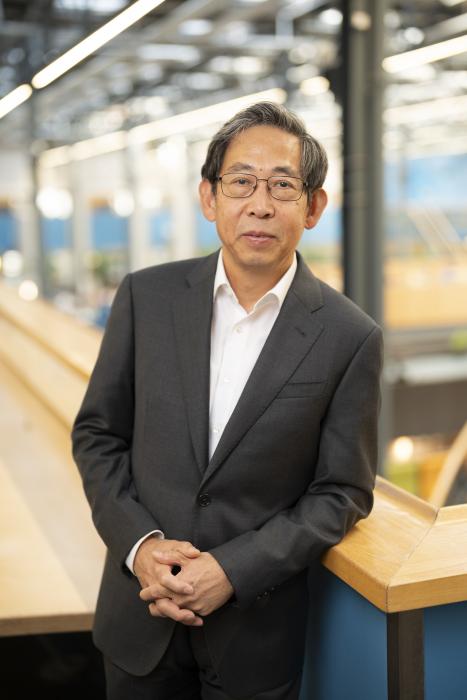
Thomas Michalica wins the KWHM Young Talent graduation award for Mechanical Engineering and Materials Science
- Monday, 6 November 2023
Thomas Michalica, who graduated cum laude earlier this year in the Biomedical Engineering Master at TU Delft, has been selected as the winner of the the Koninklijke Hollandsche Maatschappij der Wetenschappen (KHMW) Young Talent graduation award (€ 5000) in the field of Mechanical Engineering and Materials Science for his Master thesis titled "Two-photon polymerization-based 3D-multi-electrode arrays for electrical monitoring of neuronal cells". Thomas developed his work as part of the collaboration between 3mE/PME/MNE (Dr. Accardo) and EWI/ME/ECTM groups (Dr. Mastrangeli) to develop three-dimensional scaffolds supporting arrays of microelectrodes to monitor in-vitro neuronal cell cultures.
The award and diploma will be presented during a festive ceremony in the Hodshon House, Spaarne 17, Haarlem, on November 27, 2023.
Congratulations, Thomas!

Vacancy for a Bioelectronics Support Engineer
- Friday, 6 October 2023
Join our dynamic team at Delft University of Technology's Section Bioelectronics in the Department of Microelectronics! As a Bioelectronics Support Engineer, you will play a pivotal role in enabling groundbreaking neuroscientific research and the development of cutting-edge neurotechnology applications.
More ...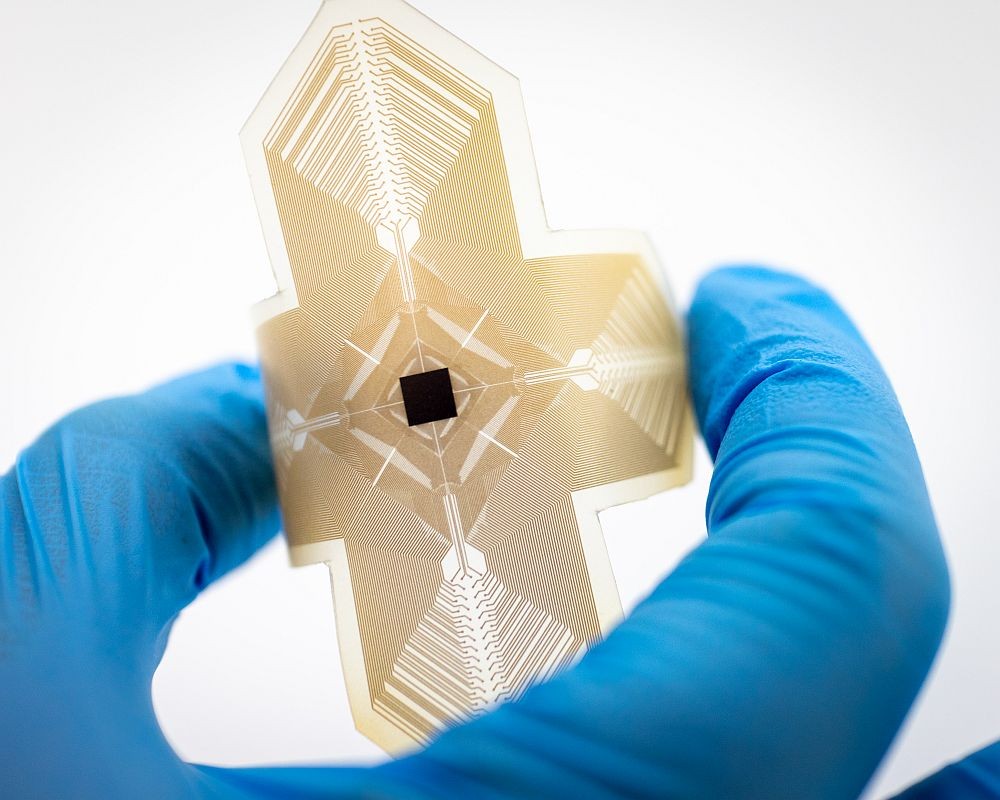
Open technology platforms for organ-on-chip: Moore4Medical reaches a successful conclusion
- Thursday, 28 September 2023
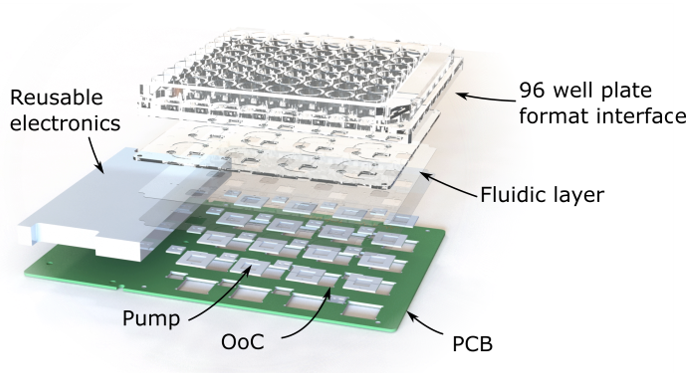
After the successful final review in Maastricht (NL) on September 28, 2023, the 3-year KDT-JU European project Moore4Medical has reached its very successful conclusion. Under the expert leadership of Sieger Swaving, Ronald Dekker and Erik van den Zeijden (Philips), the 68 consortium partners of Moore4Medical have convincingly showed how open technology platforms can be beneficially deployed to advance multiple biomedical domains, including implantable devices, ultrasound monitoring, drug attrition, surgical devices, and not least organ-on-chip.
With the contribution of 24 European partners – including TU Delft (WP leader), Micronit, BI/OND, Besi, TNO/Holst Centre, TU Eindhoven and Philips from the Netherlands – the second work package of Moore4Medical led by Massimo Mastrangeli (ECTM) specifically developed three open technology platforms for organs-on-chip: the Smart Multi-Well Plate (SMWP), the High-Definition electro-Physiology Plate (HD e-Phys) and the Smart (multi-well plate) Lid. The platforms were developed from design and architecture through implementation, fabrication and assembly, to biological validation in relevant settings. They embody recommendations from the European organ-on-chip roadmap for ease of use, standardization and industrially-scalable manufacturing. The SMWP in particular captures the power of organ-on-chip devices under the familiar aspect of a multi-well plate (see illustration). It combines end user-defined configurability of OoC devices with fluidic autonomy afforded by onboard piezoelectric micropumps and compatibility with established laboratory workflows.
Moore4Medical has also prepared the ground for follow-up projects that can capitalize on its many achievements and insight, such as the NEXTGEN HIGH-TECH program for Biomedical technology in the Netherlands and the KDT-JU UNLOOC European project (under evaluation).

Clementine Boutry receives ERC starting grant
- Wednesday, 6 September 2023
The European Research Council (ERC) has announced the ERC Starting Grants for young researchers. Five of them are scientists from TU Delft, and one of them is Clémentine Boutry from our department (ECTM group). This European grant of €1.5 million for a five-year research programme is intended to enable individual scientists to build their own teams and conduct groundbreaking research.
Nerve-Repair2.0 - Biodegradable MEMS implants for nerve repair
Biodegradable technologies offer many advantages for the development of future medical implants, particularly in applications where they are only needed temporarily. Fabricating such devices from biodegradable materials avoids the need for a second surgery to remove the implants after their period of use.
Clementine Boutry has received an ERC Starting Grant for her project Nerve-Repair2.0, in which her team will develop biodegradable MEMS (Micro-Electro-Mechanical Systems) implants for nerve repair, a new class of microsystems made entirely of biodegradable materials, including sensors, actuators (mechanisms that cause movement), and electrical circuits.
Each year, an estimated 300,000 cases of trauma-related peripheral nerve lesions occur in Europe. These injuries result in partial or total loss of motor, sensory and autonomic functions. For large injuries, less than 25% of patients recover proper motor function and less than 3% regain sensation. Accelerating nerve regrowth is a key factor, as the disconnected part of the nerve dies quickly after the injury. Therefore, it is truly a race against time. Dr. Boutry’s research will focus on a new therapeutic approach based on her previous Marie Curie research and on recent clinical findings: the mechanical stimulation of peripheral nerves to accelerate their regrowth. The Nerve-Repair2.0 project will focus on two different medical implants: 1) a first implant providing wireless cyclic mechanical stimulation to the severed nerve, 2) a second implant with an implantable biodegradable MEMS micropump applying constant traction, with the corresponding biodegradable sensors.
There are high expectations of clinical therapies for damaged nerves. The development of new functional biodegradable materials (with tailored magnetic, electrical, mechanical, and chemical properties), and customized fabrication processes in clean rooms will enable the realization of fully biodegradable microsystems, while retaining the established advantages of MEMS (small size, high precision, fast response time, low energy consumption, reliable large-scale production). Beyond neurosciences, Nerve-Repair2.0 will pave the way for other medical applications including cardiac diseases, with the objective to address crucial societal challenges that could not be solved otherwise.
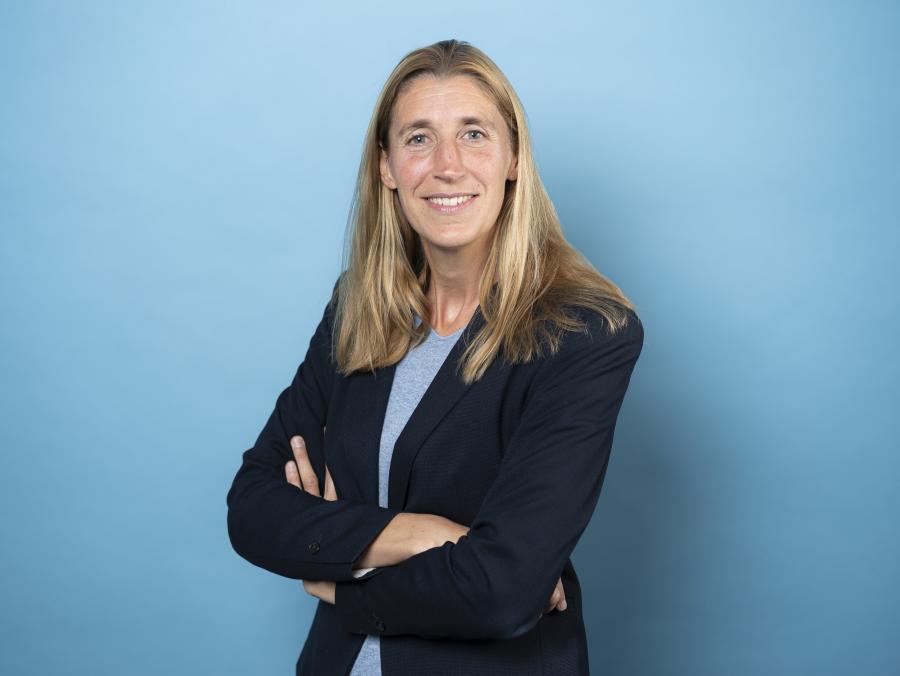
Sten Vollebregt promoted to Associate Professor
- Tuesday, 4 July 2023
Dr. Sten Vollebregt was promoted to Associate Professor in the ECTM group of the ME department at TU Delft from July 2023.
More ...
Massimo Mastrangeli promoted to Associate Professor
- Wednesday, 21 June 2023
Dr. Massimo Mastrangeli was promoted to Associate Professor in the ECTM group of the ME department at TU Delft from June 2023.
More ...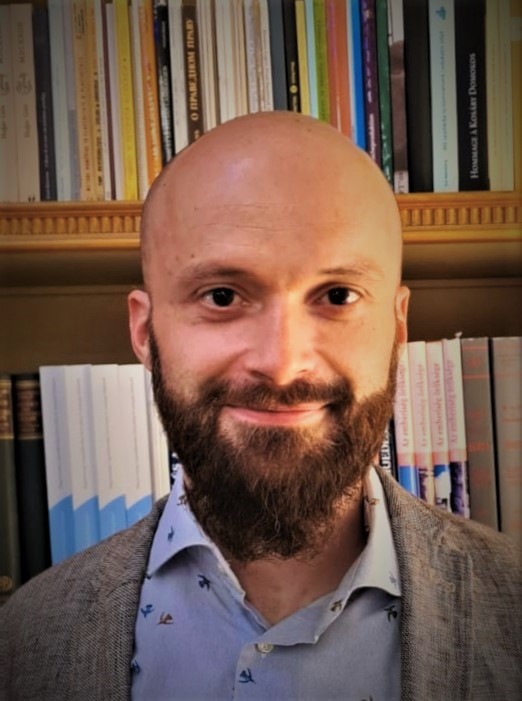
An organ-on-chip device with integrated multimodal sensing
- Monday, 22 May 2023
Continuous monitoring of tissue microphysiology is critical in the organ-on-chip (OoC) approach to in-vitro drug screening and disease modeling. Integrated sensing units are therefore particularly convenient; however, sensitive in-situ measurements are challenging due to the inherently small size of OoC devices, the characteristics of commonly used materials, and external hardware setups needed.
We recently demonstrated a silicon-polymer hybrid OoC device that encompasses transparency and biocompatibility of polymers at the sensing area, and the inherently superior electrical characteristics and ability to house active electronics of silicon. This multi-modal device includes floating-gate field-effect transistors (FG-FET) to monitor changes in pH in the sensing area, as well as microelectrodes to monitor the action potential of electrically active cells.
The chips are microfabricated at wafer-scale for potential production upscaling, and their packaging is compatible with commonly-used multi-electrode array measurement setups.
Congratulations to Hande Aydogmus and our co-authors at TU Delft and Leiden University Medical Center for the great work and collaboration!
The full work appeared in Scientific Reports: https://lnkd.in/eAgr4qSu
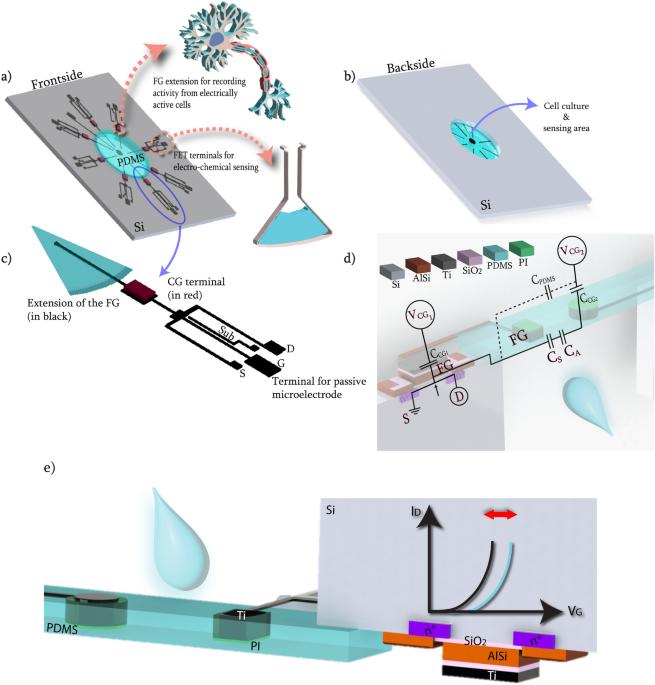
Graphene electrodes developed by ME researchers on Neurotech reports
- Wednesday, 5 April 2023
The article "Multilayer CVD graphene electrodes using a transfer-free process for the next generation of optically transparent and MRI-compatible neural interfaces", published in Microsystems & Nanoengineering (Nature), is featured in the February 2023 issue of Neurotech Reports.
The electrodes in the study were fabricated at the Else Kooi Lab and are the product of a longstanding collaboration between the groups of Sten Vollebregt and Vasso Giagka. The article was selected to be featured on the journal's webpage in October 2022.
More ...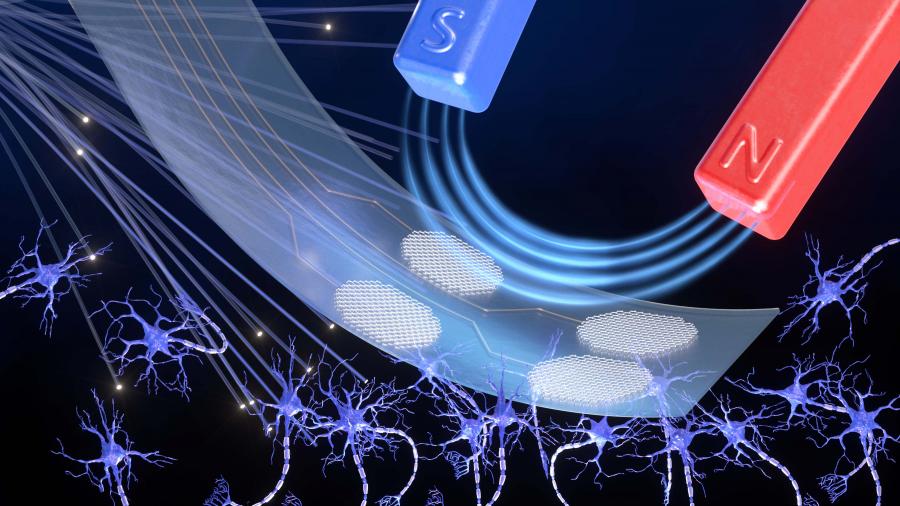
Five papers accepted at TRANSDUCERS 2023
- Monday, 27 February 2023
We are proud to announce that the ECTM has five accepted papers for the upcoming TRANSDUCERS conference in Kyoto, Japan.
Congratulations to Milica Dostanic, Jiarui Mo, Roberto Pezone, Baoyun Sun and Georgios Spernovasilis!
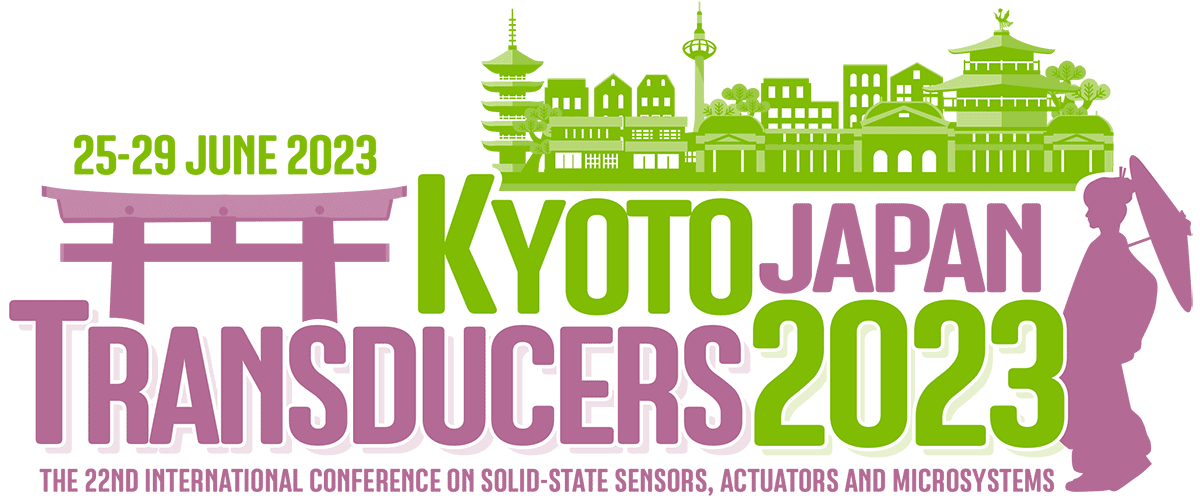
Kick-off AGRARSENSE project
- Wednesday, 1 February 2023

A new project takes agricultural and forestry related productivity to the next level. The consortium, which includes TUDelft, will develop European state-of-the-art technologies in electronic components and systems for future needs, building European resilience in critical sectors and strongly contribute to sustainability targets and climate change mitigation.
Adequate food and its security is a global challenge, impacted by rapidly compounding effects of climate change, supply chains, human labour shortage and political and military aggression to name a few. We need transparent and improved productivity of agriculture and forestry and easy access to state-of-the-art technological innovation and automation. Also, more sustainable fertilizers and irrigation use is additionally key to saving the climate. Hence, European resilience calls for efficient technological solutions ranging from hardware to holistic data management.
Focus on food security, improved productivity of agriculture and forestry
The AGRARSENSE project, launched in January 2023, responds to these needs by developing technologies for seven different use cases that represent seven different angles on today’s European agriculture and forestry: Greenhouses, vertical farming, precision viticulture, agriculture robotics, forestry machinery and optimal soil management and fertilization as well as agriculture related water management. The electronics components and systems related technology R&D includes e.g., plant, soil, and water sensors and related integration, as well as software, connectivity, and data management solutions. Safety, security, and reliability R&D as well as autonomous movement and robotics platforms pave the way to full commercial utilization of the project outcomes.
AGRARSENSE brings together a total of 52 partners from 15 EU countries
Within the Dutch-led Greenhouse use case and with the other European partners, the TUDelft will focus on two technology development activities. One is the development of a 2D material-based VOC sensor that aims at sniffing out plant diseases to enable better prediction of crop health. This research, led by Sten Vollebregt, will focus both on the development of the sensor platform and the packaging of the sensor to result in a reliable demonstrator. The second activity, led by Qinwen Fan, will focus on developing power-efficient electronic drivers that will be used in, among others, greenhouse robotics.
More ...
Four papers accepted at ECTC 2023
- Wednesday, 30 November 2022
We are proud to announce that four papers from ECTM were accepted for the upcoming IEEE Electronic Components and Technology Conference (ECTC 2023), to be held in Orland, Florida in May-June 2023.
Congratulations to Romina Sattari, Xinrui Ji, Dong Hu and Leiming Du!

Four papers accepted for MEMS 2023
- Friday, 11 November 2022
We are proud to announce that we have four accepted papers for the upcoming MEMS conference in Munich. Congratulations to Milica Dostanic, Jiarui Mo, Roberto Pezone, and Baoyun Sun.
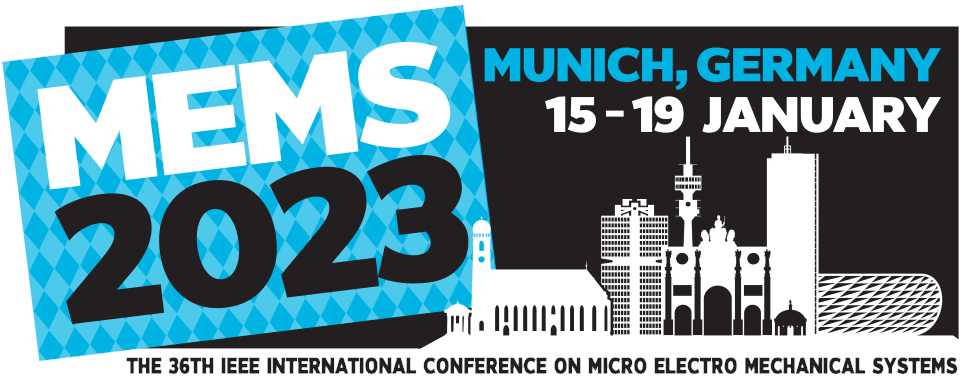
ECTM @ IEEE Sensors
- Tuesday, 8 November 2022
Last week the IEEE Sensors flagship conference took place in Dallas. At the conference Paul, Joost and Leandro each presented a paper on their latest results:
ZnO Nanoparticle Printing for UV Sensor Fabrication
Hendrik Joost van Ginkel; Mattia Orvietani; Joost Romijn; GuoQi Zhang; Sten Vollebregt;
Humidity Sensor Based on Multi-Layer Graphene (MLG) Integrated Onto a Micro-Hotplate (MHP)
Leandro Sacco; Hanxing Meng; Sten Vollebregt;
Ionic Polymer Metal Composite-Based Microfluidic Flow Sensor for BioMEMS Applications
Paul Motreuil-Ragot; Gabriel Turcan; Bjorn de Wagenaar; Andres Hunt; Pasqualina Sarro; Massimo Mastrangeli;
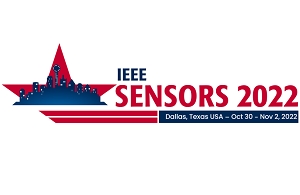
Sten Vollebregt wins the 2022 Micro and Nanoengineering Young Investigator Award and Lectureship
- Thursday, 29 September 2022
Honoring and Promoting a Young researcher active in the fields of Nanofabrication and Nanotechnology for Life Sciences, Physics, Chemistry and Environmental Sciences.
Micro and Nano Engineering (MNE) is an open access, multidisciplinary journal which crosses boundaries from nano to micro to bio, and from science to technologies. The journal focuses on micro-/nano engineering, fabrication and integration of functional nanostructures and surfaces towards intelligent nanomanufacturing; devices and bio-microsystems for medicine, life sciences, chemistry, environmental sciences, and agro-food; and devices and microsystems for physical applications.
After detailed evaluation of the high level of achievements of all candidates, the committee decided to present the award to: Dr. Sten Vollebregt from Delft University of Technology, Delft, The Netherlands
“for outstanding contributions to reproducible wafer-scale microfabrication with carbon-based materials”.
The Lectureship was presented at MNE2022 Conference at the 23rd pf September 2022 in Leuven, Belgium (www.mne2022.org).
More ...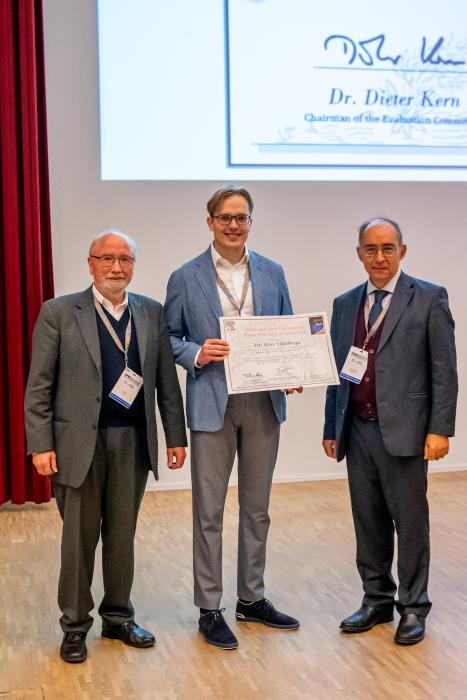
Sounds good: treating depression with ultrasound
- Wednesday, 14 September 2022
Physicians are desperate to find new and effective treatment options for chronic pain and depression. Tiago Costa is developing a novel targeted neuro-modulation treatment for depression, using focused ultrasound. His goal is to treat only brain areas that need attention, leaving other parts of the brain undisturbed.
More ...
Happy Secretaries Day!!!
- Thursday, 21 April 2022
Our congratulations and best wishes!

NWA-ORC project "OBSeRVeD" with co-applicant Sten Vollebregt and Frans Widdershoven granted
- Wednesday, 23 March 2022

A total of 28 consortia will work in interdisciplinary teams on research that will bring both scientific and societal breakthroughs within reach. The entire knowledge chain and societal organisations, including public as well as private parties, will work closely together in these projects. The projects have received funding in the third round of the Dutch Research Agenda programme Research along Routes by Consortia (NWA-ORC).
The ME department plays a lead role in one of the funded consortia:
OBSeRVeD - Odour Based Selective Recognition of Veterinary Diseases
Coordinator: dr. ir. C.A.J. (Cas) Damen - Saxion Hogeschool
Affiliated TU Delft researchers: dr. ir. Sten Vollebregt (WP-lead) and prof. dr. ir. Frans Widdershoven, EEMCS faculty, dr. Monique van der Veen – AS faculty
When chickens in a farm become infected or have parasites, specific odours are produced. A cross-disciplinary team will combine innovative sensors, affinity layers, and machine learning to develop and test an electronic nose. This sensitive system can recognize a fingerprint of Volatile Organic Compounds and thus recognise specific diseases at an early stage, when (preventive) measures are most effective. In this project, veterinary health, industry, science professionals and societal organisations will collaborate towards developing a practically applicable poultry health monitoring system to improve chicken and public health, general welfare and reduce antibiotics/chemicals use and the environmental impact of livestock farming.
Lees meer: TU Delft news
Or in English on the NWO website: NWO news
More ...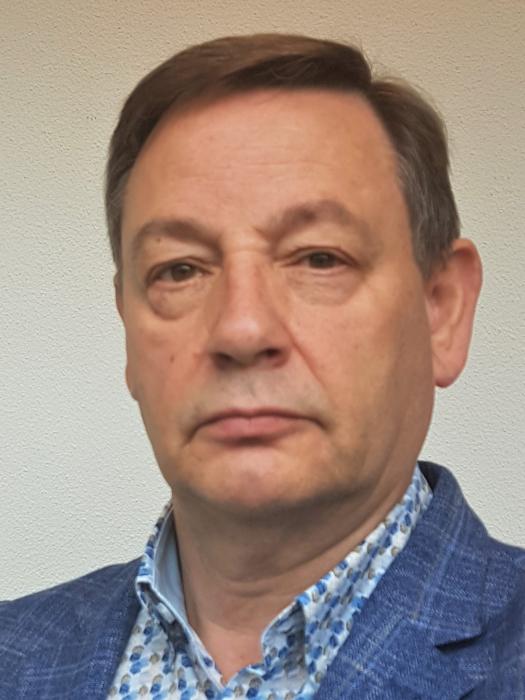
TU Delft and ITEC BV launch X.AL, the first Dutch Lab for Extreme Chip Assembly Technology
- Thursday, 11 November 2021
The next generation of chip assembly machines must meet the growing demand for chips in a more efficient way. Therefore, Technische Universiteit Delft and the Dutch semiconductor equipment manufacturer ITEC Nexperia have launched X.AL: the first Dutch Lab for Extreme Chip Assembly Technology, where research is conducted into the next generation of green chip assembly processes and equipment concepts.
The team of Technische Universiteit Delft researchers, led by Marcel Tichem, Peter Steeneken and Massimo Mastrangeli, provides the knowledge and expertise to develop the breakthrough technologies for these new equipment concepts.
Read the full press release here: X.AL press release
More ...Travel award for Milica Dostanic
- Friday, 17 September 2021
Doctoral student Milica Dostanic won the Travel Award (€250, sponsored by Roche) of the EUROoCS Conference 2021 for the presentation of her work on "An engineered heart tissue platform with integrated pacing microelectrodes".
In her work, electric pacing was incorporated into a miniature engineered heart tissue platform by means of microfabricated electrodes, enabling ultimate accuracy and precision in controlled in situ tissue stimulation. The suitability of the integrated microelectrodes to replace external pacing electrodes, and the biocompatibility of the overall platform were shown. The system was pre-configured to fit a 96-well plate format to enable forthcoming high-throughput biological assays.
Congratulations, Milica!
More ...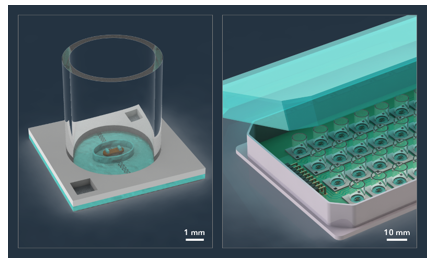
Item on chip manufacturing on national television
- Thursday, 2 September 2021
On the 1st of September, Sten Vollebregt explained in the program NTR Atlas on national television how chips are made and why it is difficult to produce many of them on short notice to resolve the current chip shortage. The item was filmed inside the Else Kooi Laboratory.
The program can be viewed back here (in Dutch): link to NPO start.
More ...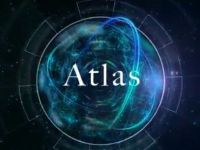
"Pearl" for research on the heart as a defibrillator
- Friday, 18 June 2021
Researchers from LUMC and the ECTM lab of TU Delft have developed an optogenetic method for resetting a disturbed heart rhythm. On 10 June 2021 the project stood out among all the projects that ZonMw finances, and was awarded the ‘ZonMw Parel’.
The Vidi project was originally granted to dr. Daniël Pijnappels (LUMC) in 2014 by ZonMw, and the ECTM lab of TU Delft joined the collaborative research by end of 2017. A study of a new method on effectively and safely preventing and terminating human cardiac arrhythmia by gene therapy and LED illumination was jointly undertaken. Compared to traditional electroshock-based methods, this novel method is superior in overcoming severe shock pain, and therefore increases the quality-of-life of the patients.
A series of advanced LED illuminating devices for in-vivo, ex-vivo and in-vitro cardiac experiments were custom developed by researchers from TU Delft. The full-loop technical development was carried out by TU Delft researchers by tackling challenges such as multi-physics modeling, advanced electronics packaging, and smart system integration.
The joint research has not only produced high-quality scientific outcome, but also drawn general public’s attention via various successful media exposures. The "Pearl" award not only proves excellence in breakthrough scientific outcome, it also provides great encouragement for multi-disciplinary collaborations.
The TUD team includes Dr. Rene Poelma (currently at Nexperia), PhD candidate Tianyi Jin (holding the "Pearl" in the photo) and MSc student Shanliang Deng, under supervision of Prof. Kouchi Zhang.
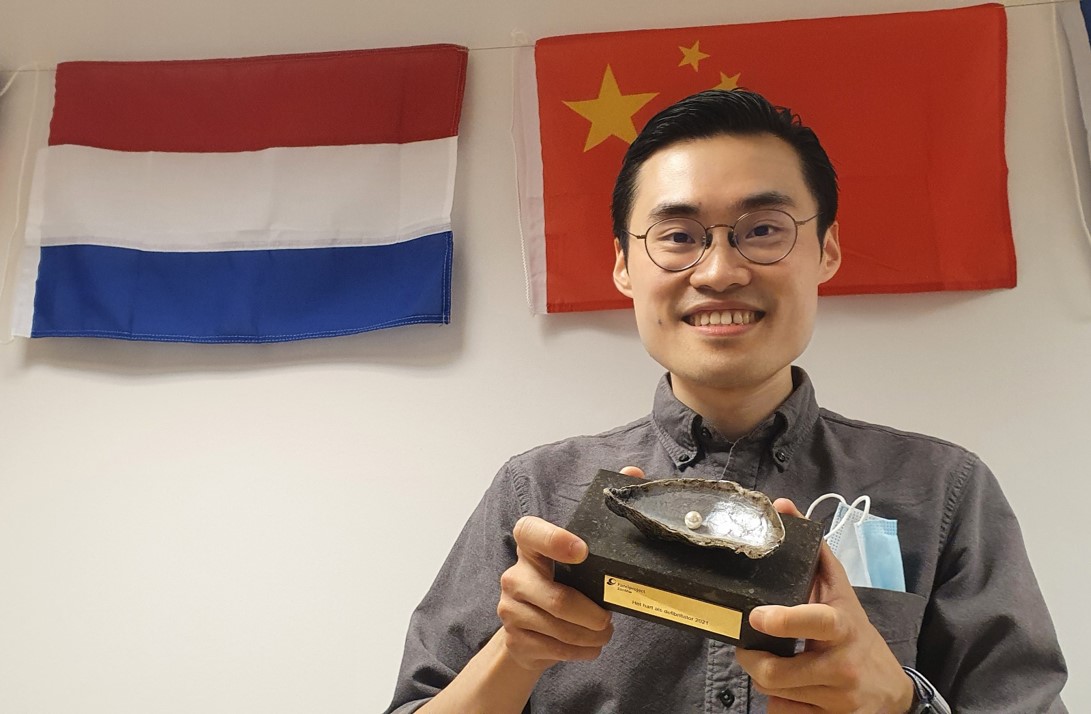
The rising stars of the TU Delft, featuring Dante Muratore
- Tuesday, 8 June 2021
After his PhD in what he calls “hardcore analogue microelectronics”, rising star Dante Muratore knew he wanted to continue his career working on systems that are closer to an actual application. A postdoc position at Stanford University, in which he worked on the electronics for an artificial retina to treat medical conditions leading to the loss of vision, brought him just that. Then, wanting to come back to Europe and to continue doing bioelectronics at the highest level possible, an opening at TU Delft crossed his path. ‘It was the easiest choice I ever made,’ he says.
Read more about Dante in the link below!
More ...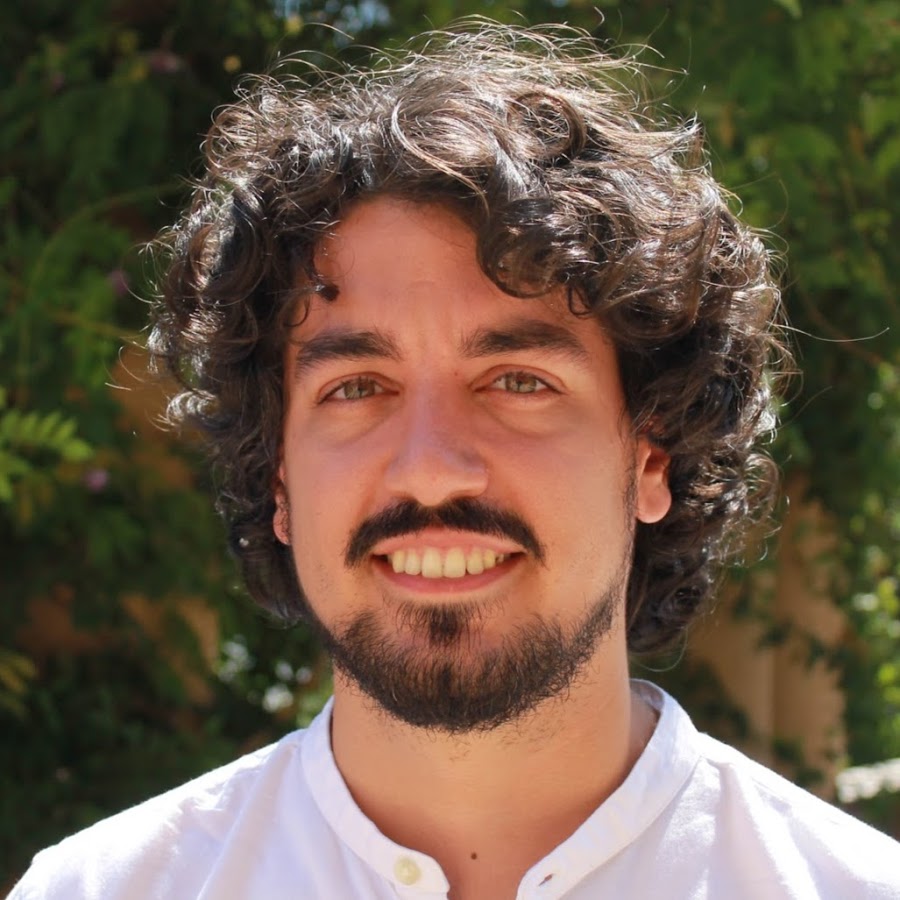
Ultrasound for microimplants – enabling personalized medicine with wireless charging
- Thursday, 27 May 2021
Treatment of chronic autoimmune diseases is no longer limited by the expensive drugs and undesirable side effects. Neuromodulation has been shown to be effective in treating diseases such as rheumatoid arthritis, chronic headaches, asthma or Parkinson's disease. To enable the technology for widespread clinical application, researchers at Fraunhofer IZM are developing a new generation of microimplants as part of the EU Moore4Medical project. These highly miniaturized devices have a special feature: the implants can be charged entirely wirelessly using ultrasound waves.
More ...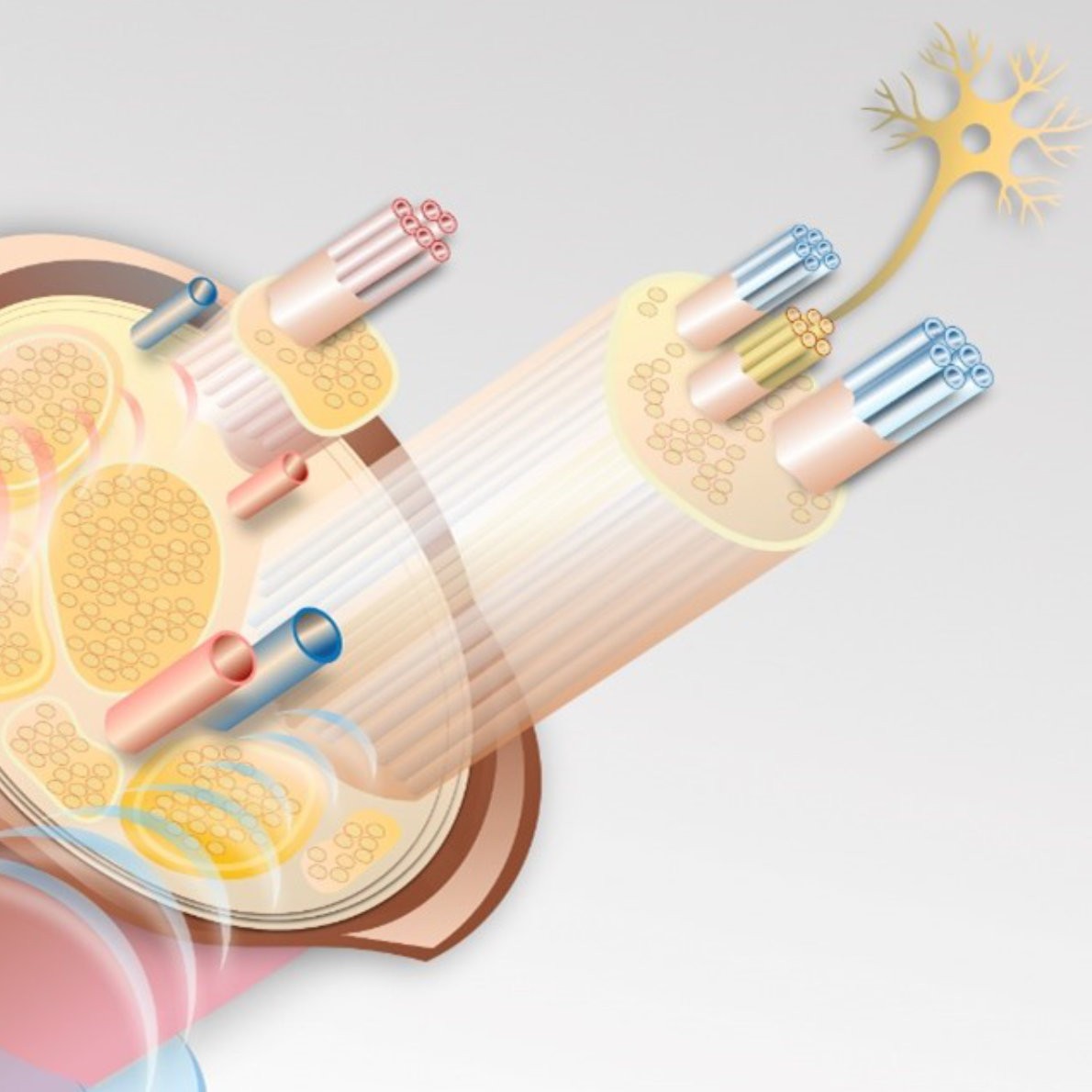
Organ-on-chip project receives huge grant to make the leap from lab to fab
- Wednesday, 10 March 2021
Scientists are pushing ahead building organ-on-chips, small chips with human cells, which are useful, for example, for studying cancerous metastases in the bloodstream or the development of scar tissue, or for testing the effect of drugs or food outside a human body. To make the step to industry, a collective of dozens of research groups, companies and knowledge institutions, brought together by the organ-on-chip consortium hDMT, are building a universal standard, supported by a NWO Perspective grant of nearly five million euros. The ultimate goal in the future: to link multiple organ chips together to simulate a whole body.
Check the official announcement (in Dutch).
Check the press release video summary at this link.
Those who think of chips only in terms of computers are nowadays deceived. An organ-on-chip usually consists of a plastic plate with integrated microchannels and chambers. Inside grow the complex tissues of human cells, in an environment that mimics the human body, but is barely visible to the naked eye.
A minute amount of liquid flows along the living cells to supply them with nutrients, and a pump delivers and removes them. Sensors in the chip measure how the cells respond and actuators make changes. For example, a different pressure, mechanical force, oxygen level or flow velocity.
By then adding a drug, food or cosmetic product to be tested, the researchers can see how the tissues react. The chip fits perfectly under a light microscope, so that the process can be followed easily and live.
Scaling up stalled by lack of universal standard
At the moment, the chips are mainly used by researchers to better understand how cells behave in their micro-environment or how diseases develop and spread through the body. In TU Delft, for example, the organ-on-chip group at the ECTM lab is working on microelectromechanical devices for brain-, heart- and gut-on-chip.
However, large-scale use by the pharma is not yet on the agenda due to the lack of a universal standard. There are many kinds of chips, each with its own design, dimensions and material. Moreover, the chips are difficult to fit into the workflow of the pharmaceutical industry and scaling up to larger numbers is very difficult. In short, they are designed for research, not for industry.
This is what the 10 research groups of 8 universities, united in the Dutch ‘organ-on-chip’ consortium hDMT, want to change, together with 21 companies, 3 knowledge institutions and 2 foundations. Led by researcher Jaap den Toonder of TU Eindhoven, they are now going to develop a standardized and modular platform for organs-on-chips, the SMART Organ-on-Chip. On March 10, they were awarded the NWO Perspective grant of 3.4 million EUR. The industrial partners are investing another 1.4 million EUR in the project.
TU Delft features among the SMART Organ-on-Chip consortium with the organ-on-chip research group led by Dr. Massimo Mastrangeli at ECTM.
Harmful drugs can be eliminated earlier
Pharmaceutical companies have a lot to gain from the standardized platform. Developing a new drug takes at least 10 years and billions of euros. This lengthy and expensive process is due to the different phases that the new drug has to go through. And 80% of promising drugs still drop out in the final phase.
Den Toonder: “If you can test the drugs directly on a realistic human organ-on-chip model, incorporating the complexity of the body right away, then you can eliminate harmful or ineffective drugs much earlier in the process, thereby saving a lot of money.”
Connecting Chips
To standardize the chips, the researchers are building a standard-sized "docking" plate that accommodates the fluid channels and electronics. Then the chips can be clicked onto it like modules.
The researchers develop tissue chips in which the cells are in the right microenvironment and technical chips with innovative fluid pumps and physical and chemical sensors. Den Toonder: "That's what makes the system so flexible; you can click the chips onto it in any combination you want, depending on the type of organ you want to examine and the question you want to answer."
The whole system is aligned with industrial workflows and biomedical R&D, for example, to work with pipetting robots and complex microscopic techniques. Moreover, it will be an accessible open technology, so that other companies can develop their own applications and add them to the existing platform.
Den Toonder: "By linking the various organ-on-chip models, we can ultimately also simulate the interactions between organs. That is really important, because organs never function in a body on their own. We hope that in time we will be able to develop, link and study chips for all the organs in the human body. Our ultimate dream is therefore a 'body-on-chip', with which you can study the effect of a new drug in all the organs, for example, so that you can simultaneously see whether the liver is not breaking down the drug, whether the intestines are not damaged, and whether heart problems develop.”
Studying scars
In the Perspective program, the researchers are focusing in particular on the development of scar tissue: fibrosis. Besides nicely healed scars, fibrosis of organs sometimes progresses into proliferating connective tissue. The area around the organ then plays a major role. It is therefore crucial to include that environment when studying this process in organ-on-chip models.
The right drug for that one patient
In addition to the pharmaceutical industry, the emerging research field of personalized medicine can also benefit greatly from standardized organ-on-chip technology. Drugs are now developed for the average person, and only work for one in four people if you are lucky. There are even drugs on the market that only work for one in twenty people. If you can pre-screen a few potential drugs on cells from the specific patient for whom you are seeking treatment, you can administer the right drug for that specific person immediately.
The Dutch organ-on-chip consortium hDMT brought the following partners together for this NWO Perspective program: Amsterdam UMC/VUmc, Delft University of Technology, Eindhoven University of Technology, UMC Utrecht, Leiden University, Maastricht University, Twente University, Wageningen University & Research, 300MICRONS, Applikon, BioLamina, Convergence, Demcon, dsRAT Stichting Proefdiervrij, Galapagos, Genmab, Hy2Care, IBA Lifesciences, ibidi, Life Science Methods, LipoCoat, Micronit Microtechnologies, OnePlanet Research Center/imec, Poietis, PolyVation, provio, Qurin Diagnostics, ReumaNederland, RIVM, Spektrax, TissUse, TNO, Unilever Safety & Environmental Assurance Centre, Ushio INC.
Den Toonder: "The NWO Perspective grant gives us the opportunity to bring together the broad multidisciplinary group of scientists you need for such a development with industrial partners, from manufacturing to end users." Den Toonder is a mechanical engineer within the Institute for Complex Molecular Systems (ICMS) at TU Eindhoven.
The new chips are also finding industrial applications outside of pharma. For example, a skin-on-chip to test the side-effects of cosmetics or an intestine-on-chip to test allergies to a new food product. A bonus of organ-on-chip technology will be a considerable reduction in the number of animal tests.
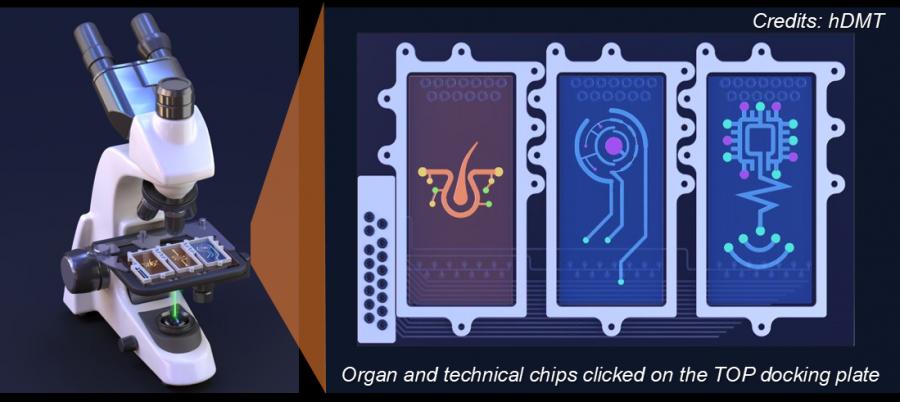
TU Delft scores at Olympic Games for chip designers
- Wednesday, 10 February 2021
Kofi Makinwa, professor at TU Delft, explains it as follows: ‘The number of papers accepted prior to the conference is an important measure of the success, as is the number of guest speakers you supply as a university. The total for TU Delft in 2021 is fifteen.’ An achievement that shows that Delft holds a position in the upper echelons of the chip world.
Imaging sensors
Possibly one of the most striking contributions is from Albert Theuwissen. In his keynote speech he takes us into the future of imaging sensors. For the not-so-technical readers: almost all cameras and mobile phones contain an imaging sensor. The quality of this sensor determines the quality of your pictures and how much you can enlarge them. Albert: ‘The CMOS imaging sensors that you see in today's mobile phones are approaching perfection. But this doesn't mean that we won't be needing any more field development. On the contrary, new technologies and materials open new dimensions and new applications that will only supplement and improve the classic imaging functionality of the sensors. Ultimately this trend will transform the landscape of the imaging sensor from imaging to smart vision.’
A computer that goes faster, a phone that gets smarter and smarter – you can't think of anything or Kofi Makinwa has something to do with it. Listen via this link to the (Dutch) podcast episode recently made with him.
Precision amplifiers
This year TU Delft is also scoring highly in the field of analogue electronics. Of the twelve papers accepted on this topic, seven come from TU Delft. Makinwa: ‘When a digital electronic device needs to communicate with the real world, it always needs an analogue interface. An example of such an analogue circuit is an amplifier. An amplifier takes a small signal and converts it into something that is strong enough to power speakers, for example.’
One of the TU Delft researchers specialised in this subject is Qinwen Fan. She has spent several years studying precision amplifiers. These are amplifiers that are capable of accurately processing very small signals. During the ISSCC, Fan will explain the development of precision amplifiers in recent decades. Fan: ‘I will also look at a number of applications, such as measuring battery power or amplifying biomedical signals, for instance from the heart. Finally I will use the many Delft publications of recent years to sketch the development trends. What has happened? And what can we expect?’
Wireless
Leo de Vreede's team is working on the new generation of wireless telecommunications. One of the goals we are chasing here is to reduce energy consumption. Because the higher the frequency, data speed and coverage of a 5G network, for example, the more energy it uses. Together with Morteza Alavi – Assistant Professor of Electronic Circuits and Architectures – they are working on a revolutionary concept for a digital transmitter that will drastically reduce this energy consumption. A fine example of this is the paper by Mohammad Reza Beikmirza. In his paper, Mohammad demonstrates that this entirely new approach makes it possible to comply with the most stringent 5G requirements using a single integrated circuit, even in the case of considerably lower energy consumption. De Vreede: ‘What we are also seeing is that there is an increasing need for receivers that can flexibly receive different frequencies without being troubled by interference from all kinds of other incoming signals via the aerial.’ Masoud Babaie and Mohammad Ali have developed a tunable receiver for this, that filters all the unwanted signals itself without the need for external filters to pick up all the interference.
Qubits
And then there is the pioneering work by Fabio Sebastiano and Masoud Babaie (again). Together they are trying to figure out the best way to build and use a quantum computer – a powerful computer that processes information in a totally new way. It is expected that such a quantum computer will eventually open up the doors to all kinds of radical applications, for example being able to find out the best way to use medicines far more quickly. For a quantum computer to work well, qubits need to be cooled to cryogenic temperatures, up to four degrees above zero (Kelvin). Handy to know: quantum bits – also known as qubits – are the building blocks of a quantum computer. Their role can be compared to that of standard bits in a conventional computer. Right now the cooling of these qubits only takes place at room temperature.
According to Sebastiano and Babaie, it should be easy to close this temperature gap with just a couple of wires. This is fine for the small number of qubits now in use, but impractical for the millions of qubits needed for the future quantum computer. During the previous edition of the ISSCC, Sebastiano showed that a CMOS integrated circuit can control qubits, even at -270 degrees Celsius. ‘But,’ explains Sebastiano, ‘controlling qubits is just the beginning. Ultimately you also want to be able to read out the qubits. One of the things we will be showing during this edition of the ISSCC is that the readout circuits can also function at cryogenic temperatures.’
Doing incredibly fast calculations to develop even better new medicines. That is just one of the things that will be possible in the future thanks to a quantum computer. It’s the dream of Fabio Sebastiano. Read more about his dream here: https://www.tudelft.nl/en/stories/articles/dreaming-of-the-quantum-computer
Proud
What can TU Delft be most proud of during this edition of the ISSCC? Makinwa: ‘Of the successful combination of old guard and young talent. Albert Theuwissen, for example, has been working in this field for years, while Bishnu Patra and Bagas Prabowo are still carrying out their PhD research. There is enormous strength in this match of young and old. The entire conference this year is taking place online, from 13 to 22 February. Normally you would spend the week attending various presentations of papers, but this time you can read the papers beforehand and put your difficult questions via internet.
Contact
Dave Boomkens
Communications Officer at the Faculty of Electrical Engineering, Mathematics and Computer Science,
+31 6 40 28 75 77
d.j.boomkens@tudelft.nl
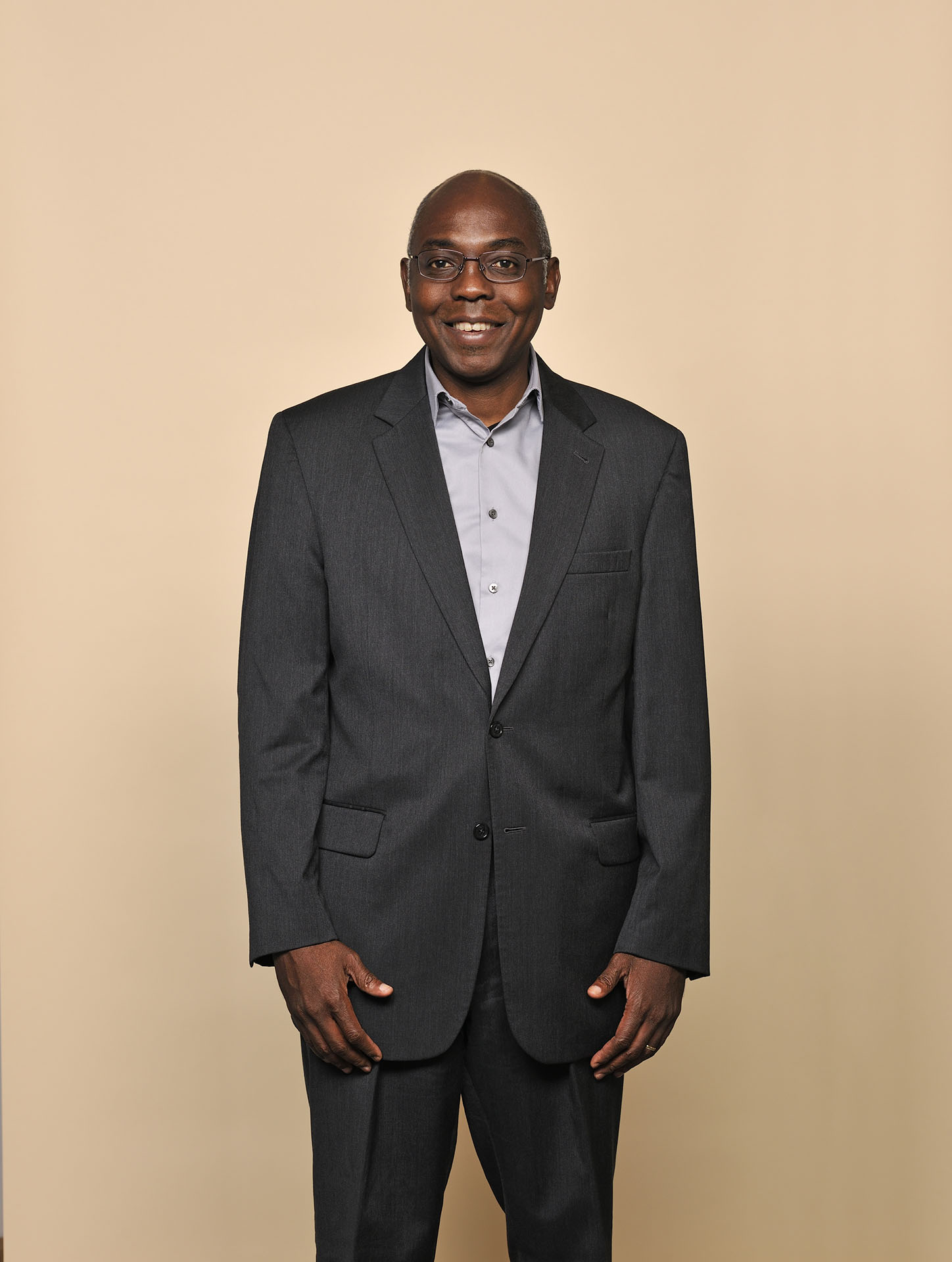
‘Rapid developments of LEDs offers all kinds of medical potential’
- Tuesday, 12 January 2021
You can use ultraviolet light from LEDs to combat coronavirus. But it’s not as simple as commercial providers are presenting it right now, concludes Professor Kouchi Zhang. On the need for a sound scientific basis and the potential for LEDs in medical applications.
More ...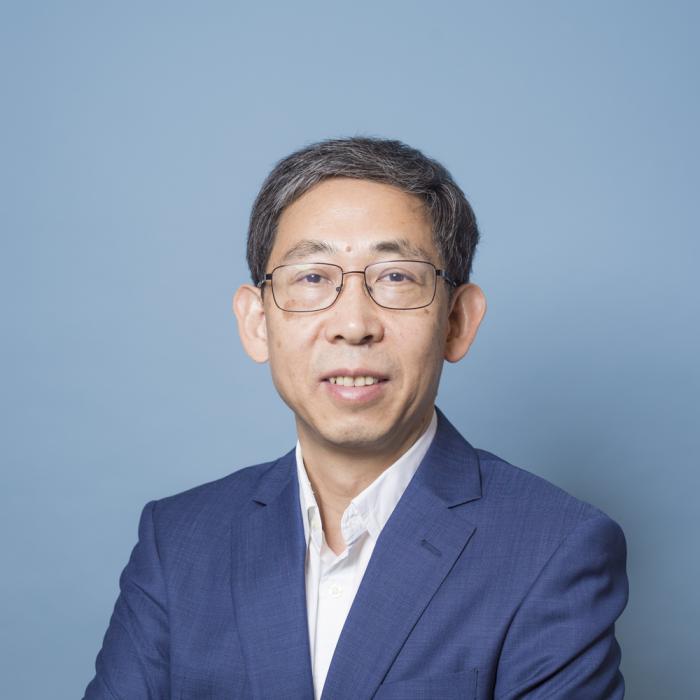
Delft Bioengineering Institute awards Tiago Costa and Massimo Mastrangeli with 20KEUR grants
- Wednesday, 16 December 2020
Dr. Tiago Costa (BE) and Dr. Massimo Mastrangeli (ECTM) have been awarded grants of 20KEUR by the Delft Bioengineering Institute (BEI) to pursue their research projects on ultrasound-based regeneration of neuronal circuits and medical implants to investigate cell mechanobiology, respectively.
Their multidisciplinary project proposals, conceived to bridge expertise among different departments within TU Delft, are among the 5 selected for the grants out of the 13 total submissions received by the BEI in response to their first call for proposals.
The projects will be run respectively in collaboration with Dr. Dimphna Meijer (TNW/BN) and Dr. Mohammad J. Mirzaali (3mE/BM).
Below are short summaries of the projects.
Regenerating neuronal circuits using ultrasound
People suffering from neurodegenerative disorders such as Alzheimer’s, Parkinson’s Disease and Multiple Sclerosis, have impaired neuronal circuits. Generation of new neuronal circuits by using a patient’s own stem cells may prove helpful in treating the disease. One of the difficulties in inducing neurons from stem cells, is the low efficiency rate we are able to achieve so far. In this project, BEI PIs Tiago Costa of Microelectronics (EWI) and Dimphna Meijer of Bionanoscience (TNW) join forces to explore the use of ultrasound for effectively building active neuronal networks from stem cells.
Project title: SoundCircuit: Regeneration of neuronal circuits using ultrasound
BEI PIs: Tiago Costa (EWI/ME), Dimphna Meijer (TNW/BN)
Medical implants to investigate cell mechanobiology
In order to study the cell’s behavior and differentiation, we need to be able to measure the mechanical, electrical, and biochemical signals that are dynamically transmitted throughout the cells. This requires the creation of biomaterial models equipped with different sensor types. In this project, BEI PIs Mohammad J. Mirzaali of Biomechanical Engineering (3mE) and Massimo Mastrangeli of Microelectronics (EWI) will team up to design, fabricate and test the proof-of-concept for medical implants equipped with force sensors that can reach a sensitivity level of one micronewton, so the mechanobiology of cells can be effectively investigated.
Project title: Sixth Sense Biomaterials
BEI PIs: Mohammad J. Mirzaali (3mE/BM), Massimo Mastrangeli (EWI/ME)
Read the full story on the TU Delft page.
Success!
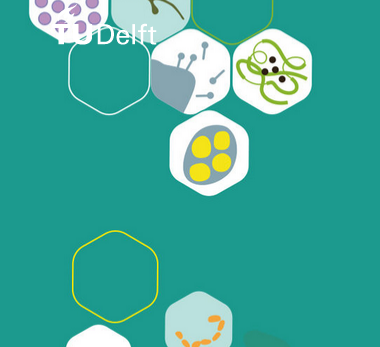
SSCS WYE Webinar
- Tuesday, 4 August 2020
Webinar: To Academia, or to Industry, That is the Question. Presented by: Kofi Makinwa and Shin-Lien Lu
Abstract:
You are about to finish graduate school or perhaps a young or seasoned professional, contemplating a career transition. Which is better - a career in academia or industry? What are the pros and cons of one versus the other? How can you start exploring and build up your career accordingly? In this webinar, we will interview Dr. Linus Lu, a professor-turned-industry veteran, and Prof. Kofi Makinwa, an industry veteran-turned-professor, who will share their insights and perspectives from their personal journeys in both academia and industry careers. They will also address what triggered their transitions, how they staged their transitions, and offer their crystal ball projections on present and future career prospects in the solid-state-circuits profession. More ...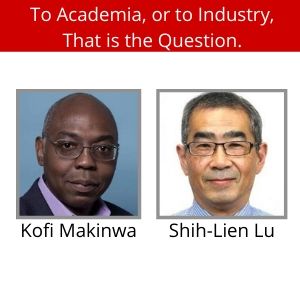
Moore4Medical kicks off
- Thursday, 16 July 2020

The ECSEL Joint Undertaking Moore4Medical kicked off last June, 2020 with the overarching objective to accelerate innovation in electronic medical devices. Moore4Medical is masterminded by prof. Ronald Dekker (Philips Research & ECTM) and sees important involvement and vast opportunities for TU Delft’s Microelectronics department.
The project addresses emerging medical applications and technologies that offer significant new opportunities for the Electronic Systems & Components (ECS) industry, including: bioelectronic medicines, organ-on-chip, drug adherence monitoring, smart ultrasound, radiation free interventions and continuous monitoring. The new technologies will help fighting the increasing cost of healthcare by reducing the need for hospitalisation, helping to develop personalized therapies, and realising intelligent point-of-care diagnostic tools.
Moore4Medical will bring together 66 selected companies, universities and institutes from 12 countries who will develop open technology platforms for these emerging fields to help them bridge “the Valley of Death” in shorter time and at lower cost. Open technology platforms used by multiple users for multiple applications with the prospect of medium-to-high volume markets are an attractive proposition for the European ECS industry. The combination of typical MedTech and Pharma applications with an ECS style platform approach will enhance the competitiveness for the emerging medical domains addressed in Moore4Medical. With value and IP moving from the technology level towards applications and solutions, defragmentation and open technology platforms will be key in acquiring and maintaining a premier position for Europe in the forefront of affordable healthcare.
TU Delft’s Microelectronics department leads two of the six workpackages represented in Moore4Medical: the Implanatable Devices workpackage, led by Dr. Vasiliki “Vasso” Giagka (BE & Fraunhofer IZM), and the Organ-on-Chip workpackage, led by Dr. Massimo “Max” Mastrangeli (ECTM). Both workpackages will see the interaction and contribution of many world-class industrial and academic players to develop respectively bioelectronic medicines and smart multi-well plate platforms, and will provide a rich opportunity to capitalize on and further expand the standing expertise of the BE and ECTM groups of the department.
We wish Moore4Medical success!
More ...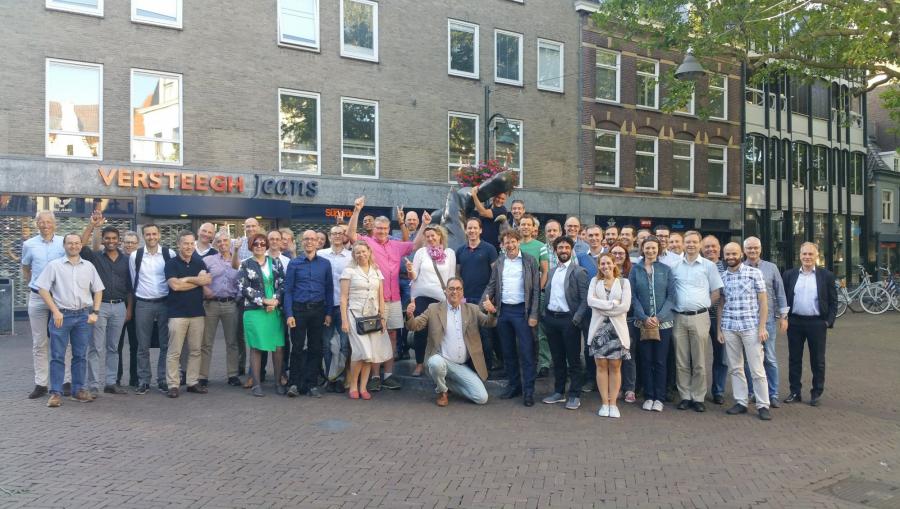
Andra Velea wins Audience Award of the Young Medical Delta Thesis Awards
- Friday, 10 July 2020
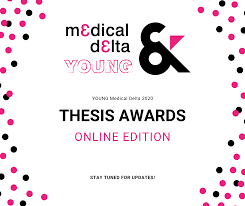
We are proud to announce that the MSc thesis of Andrada Velea on the development of 'Flexible Passive and Active Graphene-based Spinal Cord Implants' won the audience award of the Young Medical Delta Thesis Awards 2020 with 418 out of the 1024 votes. The research theme is a successful synergy of the expertises of the ECTM and BE sections, and was supervised by Vasiliki Giagka and Sten Vollebregt. Andrada’s work has led to 2 IEEE conference publications, among which the prestigious 33rd IEEE International Conference on Micro Electro Mechanical Systems (IEEE MEMS 2020), which took place earlier this year in Vancouver. We would like to congratulate her for this great achievement.
More ...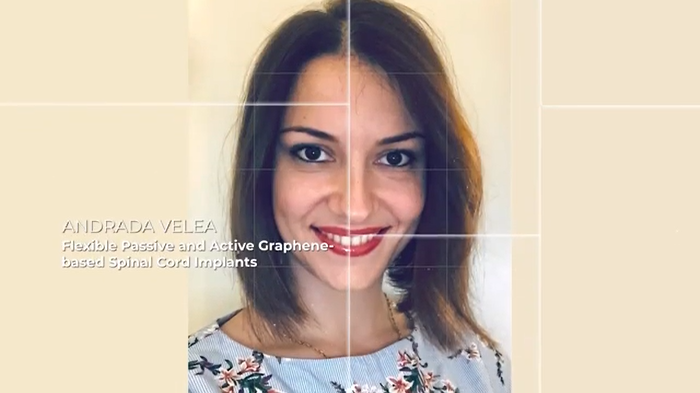
ECTM developing UVC LED test system to study virus disinfection
- Saturday, 23 May 2020
Read the interview with Tianyi Jin who, together with 3 MSc students, the group of Professor Fouchier of the Erasmus MC, and supported by the TUDelft COVID-19 fund, is developing a platform to test the disinfecting power of UVC LEDs.
More ...Review by Massimo Mastrangeli featured on the cover of Advanced Materials Interfaces
- Monday, 9 March 2020
The open-access review paper entitled "Self-folding using capillary forces" has graced the cover of the current issue of the journal "Advanced Materials Interfaces".
The paper was co-authored by Dr. Massimo Mastrangeli of ECTM and by Prof. David Gracias, Kam Sang Kwok and Qi Huang from the Gracias Laboratory of Johns Hopkins University.
The paper is part of the journal's Special Issue on "Bottom-up assembly of micro/nanostructures" guest co-edited by Dr. Massimo Mastrangeli and Dr. Michele Perego from the Institute of Microelectronics and Microsystems, National Research Council of Italy.
Reference:
K. S. Kwok, Q. Huang, M. Mastrangeli, D. H. Gracias, "Self-folding using capillary forces",
Advanced Materials Interfaces 7 (5), 1901677 (2020)
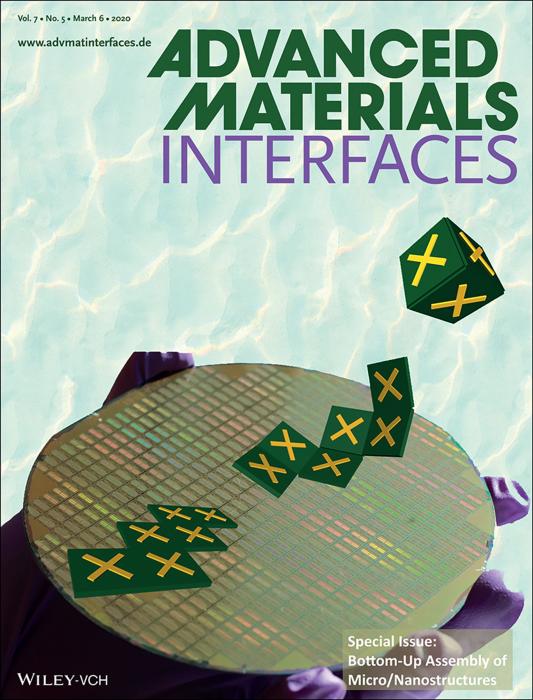
Aleksandar Jovic's paper highlighted as an Editor's Pick in Applied Optics
- Monday, 6 January 2020
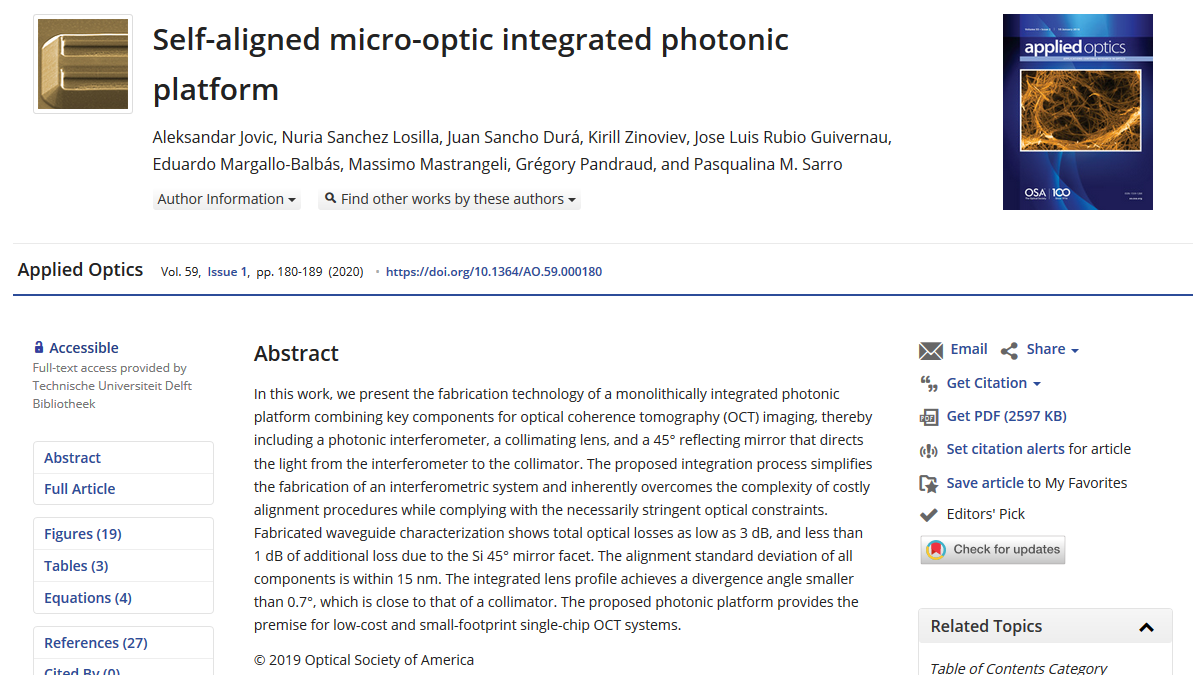
The manuscript by Dr. Aleksandar Jovic et al. entitled "A Self-Aligned Micro-Optic Integrated Photonic Platform", recently published in Applied Optics, has been highlighted as Editor's Pick for the journal.
Editor's Picks serve to highlight articles with excellent scientific quality and are representative of the work taking place in a specific field - in this case, integrated phonotics.
Congratulations, Aleksandar and co-authors!
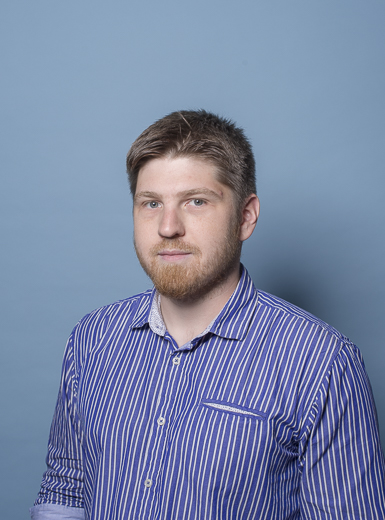
Milica Dostanic wins Best poster award at International MicroNanoConference 2019
- Monday, 16 December 2019
Milica Dostanic, PhD candidate at the Electronic Components, Technology and Materials (ECTM) group, has won the Best poster award at this year's International MicroNanoConference (iMNC, held in Utrecht, NL) for her poster titled "A miniaturized EHT platform for contractile tissue measurements".
The poster featured joint work between ECTM and Leiden University Medical Center for the development and characterisation of the smallest engineered heart tissues to date.
Congratulations, Milica and co-authors!
Two NWO-HTSM proposals from ECTM accepted
- Friday, 13 December 2019
Fundamentals of Backside Metals System for 5G RF Power Modules (Prof. Zhang, Prof. Fan and Dr. Fan)
The 5G communication technology is expected to cover a wide range of applications, such as autonomous vehicles, Internet of Things (IoT), High-speed mobile network, etc. A robust and highly reliable RF power amplifier is key for the 5G system because it works in a harsh environment which involves high temperature, high humidity, high current density, and so forth. Currently, the industry is still working hard on the development of the RF power amplifier to meet the requirements of the 5G communication technology. One of the key challenges is the backside metals system (BSM). Various failure modes and mechanisms are interacting with each other under the influence of multiple loadings, such as high temperature, high humidity, as well as mechanical stresses. This proposal aims to develop fundamental physics-of-failure models, optimization method and design rule to predict and prevent the potential failures in the BSM of 5G RF power modules.
Reliability of Silicone Adhesives and Sealants in Electronic Devices (Prof. van Driel, Dr. van Zeijl, Dr. Yazdan Mehr)
This research aims at developing a fundamental understanding of failure mechanisms and reliability of silicone sealants and adhesives in electronic devices. Degradation of silicone adhesives and sealants is considered to be a major reliability risk in microelectronic components. Understanding the interrelation and attribution of different mechanical, working, and environmental stresses to the failure of silicone adhesives and sealant is a key step in developing physically-based reliability models for microelectronic devices. The multi-physical interaction between temperature, moisture, radiation and oxidation, and their influences on the structure and properties of sealants are not yet well understood. In this project dedicated experimental techniques will be combined with reliability models to understand and predict the lifetime of silicone adhesive and sealants in microelectronic devices under different working conditions.
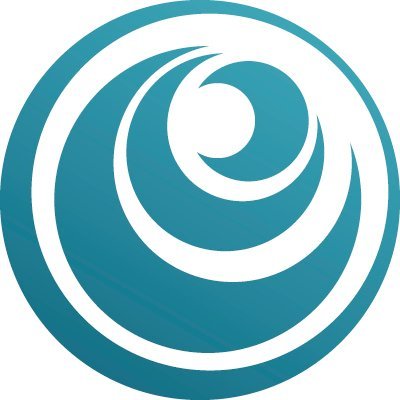
Wouter Serdijn appointed theme leader of Delft Health Initiative 2.0's NeuroTech theme
- Wednesday, 4 September 2019
The Delft Health Initiative has laid the foundation for connected health-oriented research at TU Delft and will continue to focus expertise, develop talent and to connect researchers to national and international initiatives. Wouter Serdijn will lead this for Neurotechnology.
More ...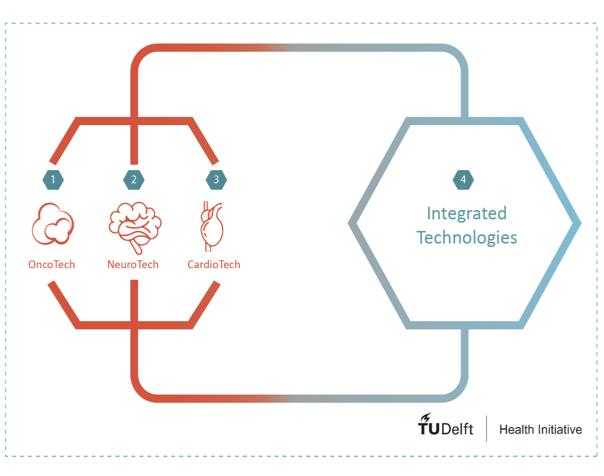
EEMCS Aspasia grant for Maryam Yadan Mehr
- Thursday, 18 July 2019
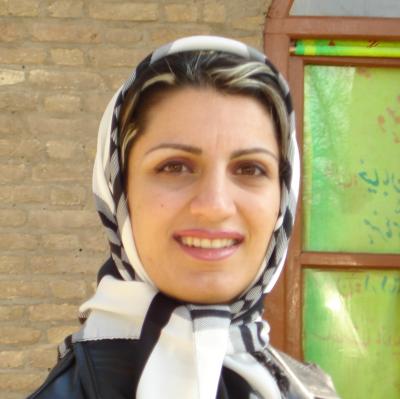
We are excited to announce that Maryam Yadan Mehr’s proposal for EEMCS Aspasia grant is accepted. The aim of Aspaisa program is to encourage an accelerated promotion of female academics to a senior or professional level. Maryam is doing her Post-Doc project on the degradation of optical materials in solid-state lighting applications with Professor Zhang and Professor Van Driel. Her professional goal is to go beyond how light is generated in solid-state lighting devices and would like to further explore how light interacts with photoactive materials. She will use this grant to visit the group of Professor Lenaerts at the University of Antwerp. Professor Lenaerts has many years of research experience on photocatalyst materials and development of sustainable purification technologies that operate under ambient conditions of pressure and temperature. Maryam would like to thank EEMCS, Professor Zhang, Professor van Driel, and Professor Sarro for their never-ending supports and belief in her.
More ...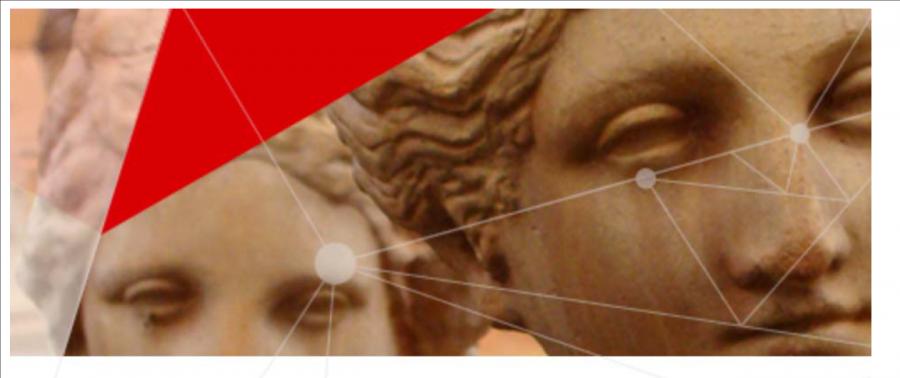
European research project Power2Power for more efficient power semiconductors launches
- Friday, 14 June 2019
The European cooperation project Power2Power has started. Over the coming three years, 43 partners from eight countries will research and develop innovative power semiconductors with more power density and energy efficiency. Power semiconductors are needed in all stages of energy conversion: generation, transmission, and use. More efficient semiconductors make a major contribution towards reducing carbon dioxide emissions in spite of the world's growing energy needs. Universities, research institutes, small and medium-sized companies and international corporations are involved in this cooperation. Infineon Technologies Dresden GmbH & Co. KG is coordinating this project.
The participants from The Netherlands are the Advanced Packaging Center, Alfen, Boschman, IWO Project, Jiaco Instruments and Delft University of Technology as academic partner. Within TU Delft two research groups from the Faculty of EEMCS are participating: Electronic Components, Technology and Materials (ECTM) and DC Systems, Energy Conversion & Storage (DCE&S). ECTM will investigate advanced interconnect materials for the packaging of the power semiconductors and reliability improvements by using digital twinning. DCE&S will investigate use cases of the improved power semiconductors in EV charging.
For more information visit the original press release from Infineon, and www.power2power.eu
More ...
NWO Matchmaking event: Degradation and Reliability of Organic Materials
- Friday, 14 June 2019
Together with Signify, TU Delft is organizing an NWO matchmaking event on the degradation and reliability of organic materials. Topics include:
- Brainstorming on challenges and future developments of inorganic materials used in (opto) electronic components
- Reliability, degradation, and lifetime assessment of inorganic materials in microelectronic devices
- Discussing collaboration opportunities between leading industries in Europe and Dutch Universities
Date: 30th of August, 9:00-14:00
Location: HTC45, High Tech Campus, 5656 AE Eindhoven
Organizers: Prof. dr. G.Q. Zhang, Prof. dr. W.D. van Driel, Dr. M. Yazdan Mehr
Register before the 27th of August by mail to: m.yazdanmehr@tudelft.nl, for additional information check this PDF.
More ...BI/OND wints the Philips Innovation Award
- Wednesday, 8 May 2019

We are proud to announce that BI/OND, the ECTM spin-off that develops microfluidic Organ-on-Chips in silicon, won the Philips Innovation Award 2019.
This year more than 100 teams from all around the Netherlands participated to this event and the jury, chaired by Frans van Houten, CEO of Philips, awarded BI/OND as the best startup.
BI/OND gave an interview to rtlz.nl that can be watched here: link
As the winner of the PHIA2019, the 8th of May the BI/OND team had also the honour to open the stock Market in Amsterdam with the VP of Philips Research, Hans Hofstraat. To watch this event follow this link
More ...
Achievement Award for prof. G.Q. Zhang at EuroSimE
- Wednesday, 27 March 2019
Prof. G.Q. Zhang, Microelectronics Department of EWI, received the “Achievement Award” from 20th IEEE international conference on “Thermal, Mechanical and Multiphysics Simulations and Experiments in Microelectronics and Microsystems” (EuroSimE) on 26-03-2019 in Hannover, Germany.
As one of the founders, Prof. Zhang initiated this conference in 2000 in Eindhoven, to meet the increasing scientific and technology needs for multiphysics and multi-scale simulation, modelling, experiment and optimization. He served as the conference general chair for 17 years. Today, EuroSimE is a prime and very influential IEEE conference in this important academic and technologic field, with more than 10,000 annual paper download from IEEE explore system. The Award Committee chose the occasion of the 20th anniversary to recognize Prof. Zhang for his vision, strong leadership and decades’ commitment to stimulate global scientific collaboration and for his excellent scientific achievements. Prof. Zhang gave a plenary keynote talk on “EuroSimE – Mission to be accomplished”.

First Microelectronics Synergy Grants
- Friday, 22 February 2019
According to Professor Geert Leus who heads the ME Research Committee, the Synergy Grants are also intended to kick-start the research of young faculty, as it can be quite challenging for them to obtain funding at the beginning of their research careers. The grants cover half the costs of a PhD candidate, with the rest coming from existing research funding. ‘The submitted proposals were carefully evaluated by the ME Research Committee on the basis of their scientific quality, their clarity and feasibility, the synergy between the participating sections, and the relationship to the departmental themes. The ME Management Team (MT) then decided to award Synergy Grants to the top three proposals.’
Changes
The aim of the grants is to encourage newly emerging combinations of technologies and to facilitate cross-overs between them, thus strengthening and broadening the department's research portfolio. This goal fits seamlessly within the research strategy of ME, which has defined itself around the four themes of Health & Wellbeing, XG, Safety & Security and Autonomous Systems to better address societal challenges.
Winners
Last week, the winners were received by the ME MT. They received flowers from the head of the department (Kofi Makinwa) and had the opportunity to briefly present their proposals to the assembled MT. Below are short descriptions of the successful proposals.
Akira Endo & Sten Vollebregt: ‘The aim of our project TANDEM: Terahertz Astronomy with Novel DiElectric Materials is to develop advanced dielectric materials to realize superconducting microstrip lines with very low losses in the frequency ranges of 2-10 GHz and 100-1000 GHz. The PhD candidate will combine the dielectric deposition, characterization, material expertise and facilities of the ECTM group and the Else Kooi Laboratory, and the submillimetre wave device measurement capability of the THz Sensing Group and SRON. The aim is not only to realize low loss dielectrics, but also to understand the underlying physics that governs these losses. If successful, these microstrips will be immediately applied to enhance the sensitivity of the DESHIMA spectrometer on the ASTE telescope in Chile.’
Bori Hunyadi: ‘On one hand, the vast complexity of the human brain (10^11 neurons and 10^14 connections) enables us to process large amounts of information in the fraction of a second. At the same time, imperfections of the wiring in this vast network cause devastating neurological and psychiatric conditions such as epilepsy or schizophrenia. Therefore, understanding brain function is one of the greatest and most important scientific challenges of our times. Brain function manifests as various physical phenomena (electrical or e.g. metabolic) at different spatial and temporal scales. Therefore, the PhD candidate working on this grant will develop a novel multimodal and multiresolution brain imaging paradigm combining EEG and a novel imaging technique, fUS. The specific engineering challenge is to understand and describe the fUS signal characteristics, deal with the large amount of data it records using efficient computational tools; and finally, formulate the specification of a dedicated non-invasive, multimodal, wearable EEG-fUS device.’
Virgilio Valente & Massimo Mastrangeli: ‘The seed money of the Synergy Grant will partially support a joint PhD candidate to investigate the tight integration of an heart-on-chip device with dedicated electronic instrumentation in the same platform. Our aim is to bring sensing and readout electronics as close as possible to a cardiac tissue cultivated within a dedicated micro physiological device. The grant helps promoting the logical convergence between current departmental research activities at ECTM and BE and within the Netherlands Organ-on-Chip Initiative (NOCI) on the development of instrumented organ-on-chip devices.’

ME chairman congratulates Massimo Mastrangeli with obtaining University Teaching Qualification within a year
- Sunday, 10 February 2019
Massimo Mastrangeli completed all the modules for his Teaching Qualification within a single year and was congratulated for this achievement in person by Kofi Makinwa, the chair of the ME department.
More ...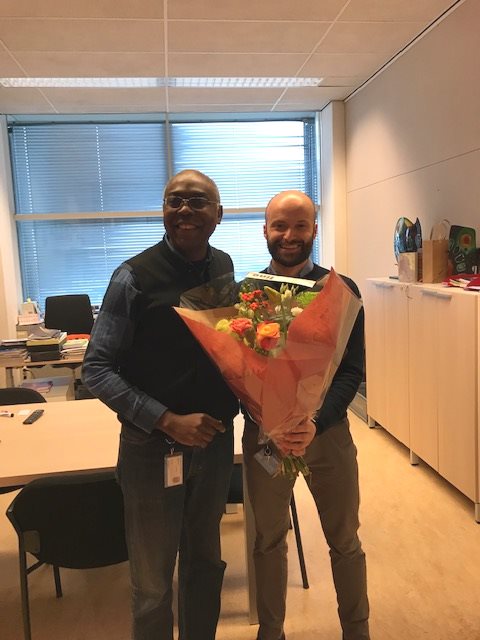
Phd thesis A single-chip micro-opto-electro-mechanical system for optical coherence tomography imaging
- Tuesday, 15 January 2019
Congratulations to Aleksandar Jovic for defending his PhD Thesis:
A single-chip micro-opto-electro-mechanical system for optical coherence tomography imaging
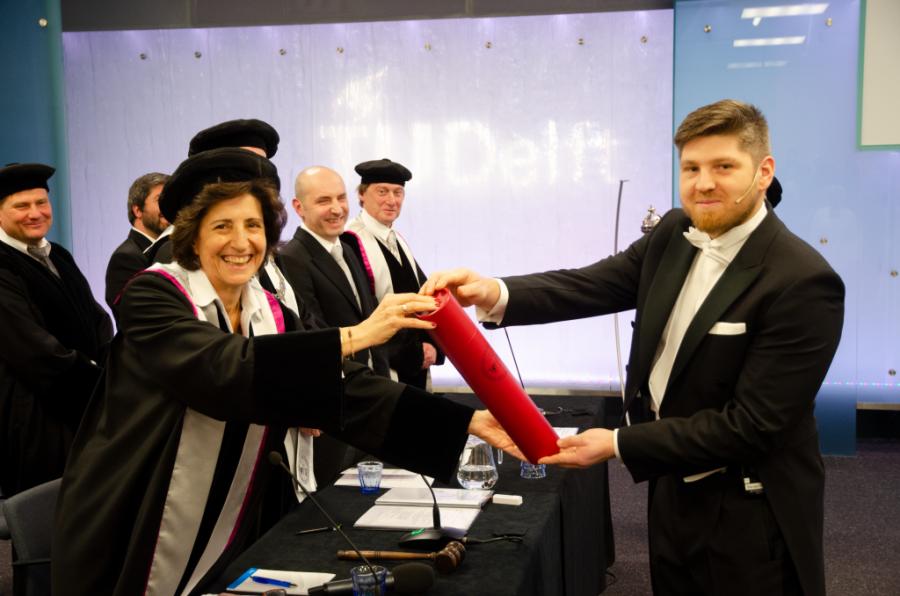
PhD thesis Surface Acoustic Mode Aluminum Nitride Transducer for micro-size liquid sensing applications
- Wednesday, 26 December 2018
Congratulations to Thu Hang Bui for obtaining her PhD thesis
More ...Nikolas Gaio won a Lush Prize
- Monday, 3 December 2018
The 16th of November one of our students, Nikolas Gaio, was awarded in Berlin with a Young Researcher Award in the Lush Prize 2018 for his work ‘Replacing animal tests with silicon chips’. This work was performed during his PhD project in ECTM.
The Lush Prize is the largest global awards programme to recognize and celebrate scientists and campaigners working to replace animals in drugs and cosmetics R&D. Now in its seventh year, it has provided more than £1.8 million to support animal-free testing and campaigns around the world.
If you want to find more about the Lush Prize, visit https://lushprize.org
More ...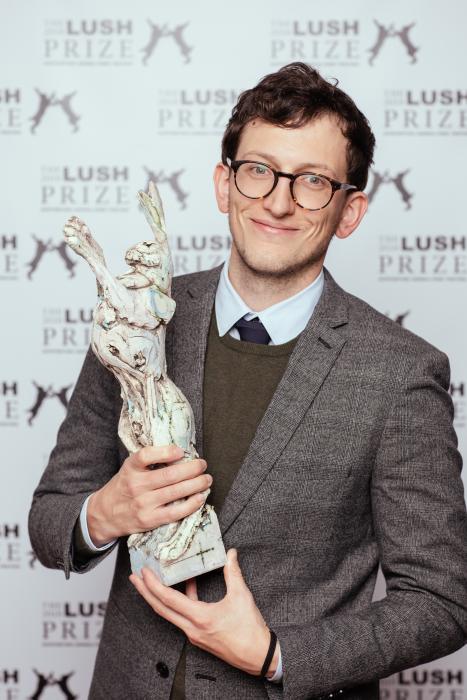
BI/OND wins Accenture Innovation Awards 2018 for Health
- Tuesday, 13 November 2018
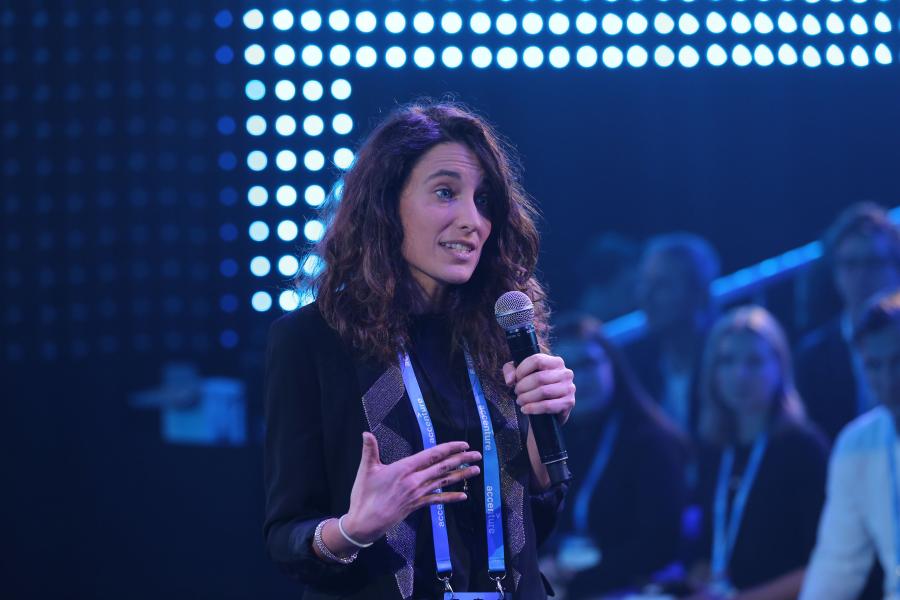
TU Delft start-up BI/OND is the winner of the Accenture Innovation Awards 2018 in the Health category.
According to the Jury:
"This year’s winner has proven that science can indeed make a difference. They are truly a learning organization. Yet as scientists, they risk staying unsung heroes. Winning today provides them with the opportunity to realize their full potential and develop into a business, making their dreams come true."
It has been a challenging journey for BI/OND. From the top 50 innovation nomination, to the Summer Nights where 25 companies were selected, through the Semi-Finals (top 10), and all the way up to the Finals (top 5), the winners of the Accenture Innovation Awards 2018 (AIA18) were finally announced on November 2nd.
The AIA18 Innovation Journey focused on 8 global themes, tackling both local and global issues. DeFabrique, the Innovation Summit’s scenery, was packed with more than 2,500 visitors from various industries and backgrounds with one thing in common: the desire to disrupt the current status quo. The jury spent hours deliberating who should be the next leading innovator of their theme, culminating in the announcement of the winners.
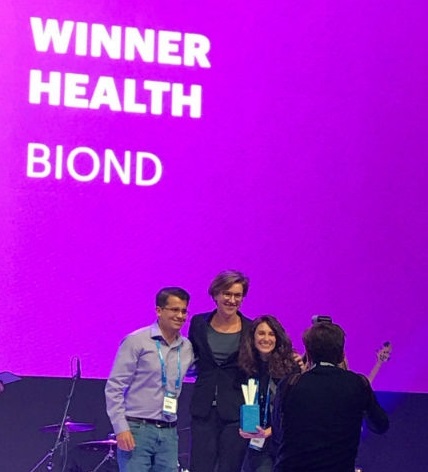
Prof. dr. Makinwa installed as KNAW member
- Monday, 24 September 2018
.jpg)
On 17 September 2018 Prof. Kofi Makinwa was inaugurated as KNAW (The Royal Netherlands Academy of Arts and Sciences) Member. KNAW Members are selected for their scientific and scholarly achievements. The 21 new Dutch KNEW Members were installed during a festive ceremony at the The Amsterdam Public Library, central branche.
Professor Kofi Makinwa builds sensors based on chip technology. One of his achievements is a wind sensor without moving parts. Sensors form the connection between the real world and computers. ‘My field involves designing smart sensors: microchips that combine sensors and signal processing,’ explains the TU Delft Professor of Microelectronics. ‘I build chips that can ‘feel’ their environment, as it were, that can process this information and subsequently transfer it to a computer, all in one. Chip technology means that we can produce them very cheaply. Tyre pressure sensors in cars are one example of such a sensor. They measure the pressure in a rotating tyre and communicate the information wirelessly to the dashboard. Or the temperature sensors that can be found everywhere nowadays: in your smartphone, your car, your household appliances. Sensors that I developed at TU Delft are now in production at companies including SiTime, AMS and NXP, and are being used in Apple’s latest gadgets, for example’. Students appreciate Makinwa's enthusiasm and involvement. Thanks to Makinwa's contacts with the industry, they can often convert their designs into real prototypes. Makinwa was previously a member of the Young Academy of the KNAW and invented a cheap weather station for developing countries.
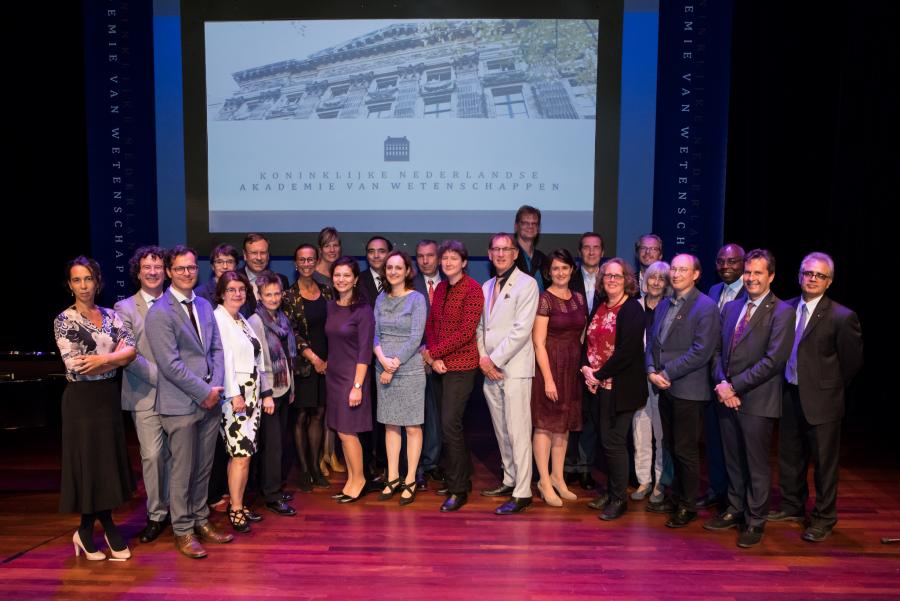
NWO-High Tech Systems and Materials proposal awarded to ECTM
- Monday, 19 March 2018
Sun sensors, which are used to determine the satellite orientation towards the sun, are a vital part of the satellite attitude control. Current commercial available sun sensors are too large and costly to be integrated in the small satellites, e.g., nanosats. Due to the low costs of these satellites, they enable a wide range of applications which otherwise would not be possible or cost-effective. By developing a sun sensor that is fully integrated on a single substrate, the overall size of the sensor can be significantly reduced and costly extra calibration is avoided. By using SiC as material, we secure high performance and high reliability under harsh environment. In addition, the sensor will not be sensitive to reflections of the earth, as it uses the parts of the light spectrum absorbed by the atmosphere.
More ...
InForMed selected as success story by the EC
- Monday, 12 March 2018
The EU-and industry-funded InForMed project has developed a new platform approach to the innovation chain for next-generation medical devices, giving a boost to European manufacturers, in particular SMEs. The project has established a facility that companies can use to manufacture and test prototype micro medical devices, ensuring European leadership in this vital technology-based sector.
Full article: click
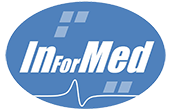
IEEE Robert Bosch MEMS Award
- Monday, 22 January 2018
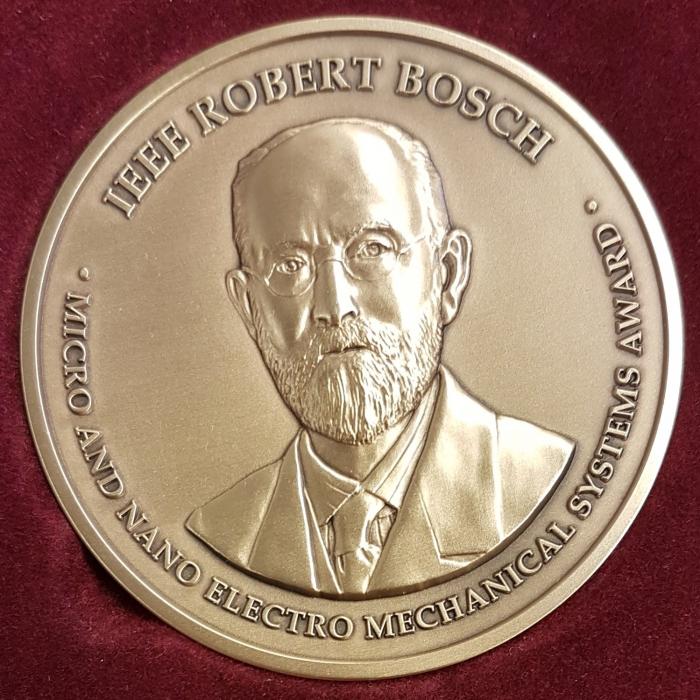
Lina Sarro is the 2018 recipient of the prestigious IEEE Robert Bosch Micro and Nano Electro Mechanical Systems Award. This award is to recognize and honor advances in the invention, design, and/or fabrication of micro- or nano- electromechanical systems and/or devices. The award citation reads “For pioneering contributions in novel materials, material integration and innovations in MEMS and strong commitment to education and technology transfer.” The award was presented at the IEEE MEMS 2018 Conference, on the 22nd of January 2018.
More ...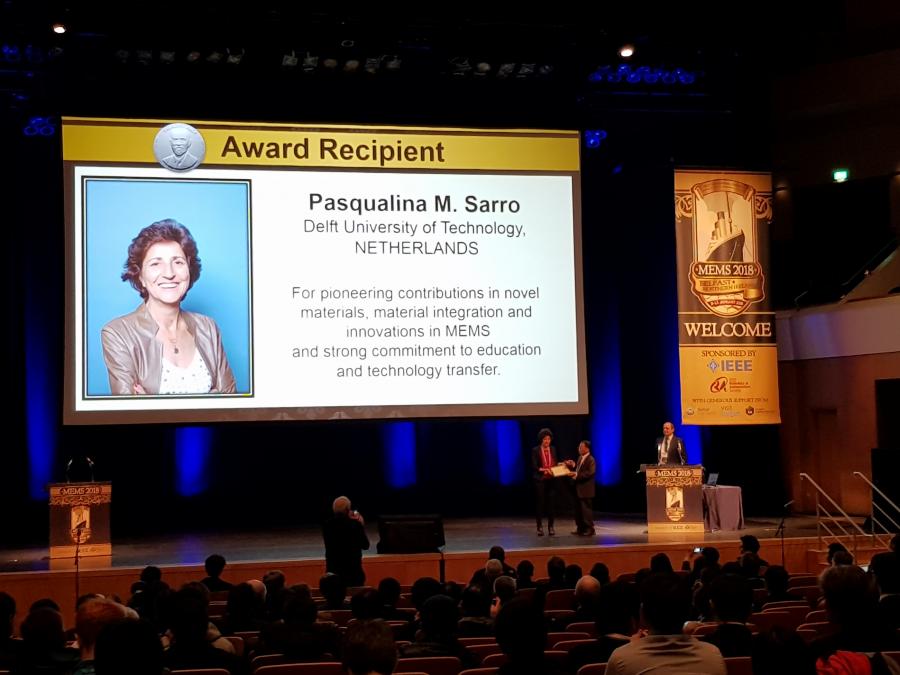
Grant for the development of smart cathethers & implants
- Wednesday, 13 December 2017
Ronald Dekker, Vasiliki Giagka, Paul de Wit, Wouter Serdijn and Lina Sarro received a grant concerning the development of smart catheters and implants. The project is financed by ECSEL Innovation actions, Call 2017.
More ...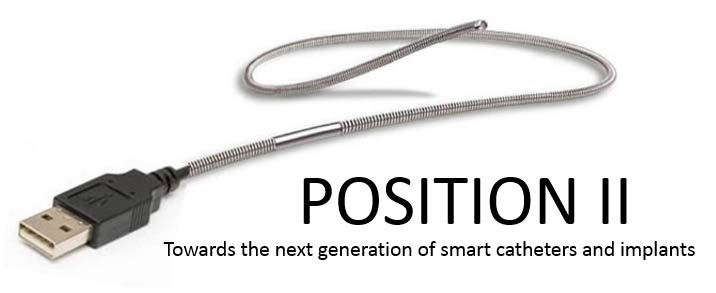
4 papers accepted @ IEEE MEMS 2018!
- Wednesday, 8 November 2017
Also this year ECTM will be present at the IEEE MEMS conference , the flagship conference in this field, and this time with 4 papers! Congratulations to Aleksandar, Juan, Nico, William and all co-authors!
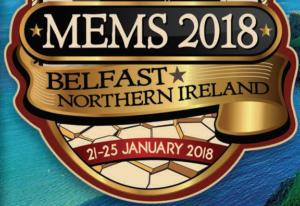
TU Delft "Female Fellowship" Tenure Track Academic Positions
- Monday, 16 October 2017
All academic levels; apply before Jan 8, 2018.
More ...
PhD thesis Solid State Lighting Color Shift
- Tuesday, 26 September 2017
Congratulations to Guangjun Lu for his PhD thesis defense on 26 September 2017
More ...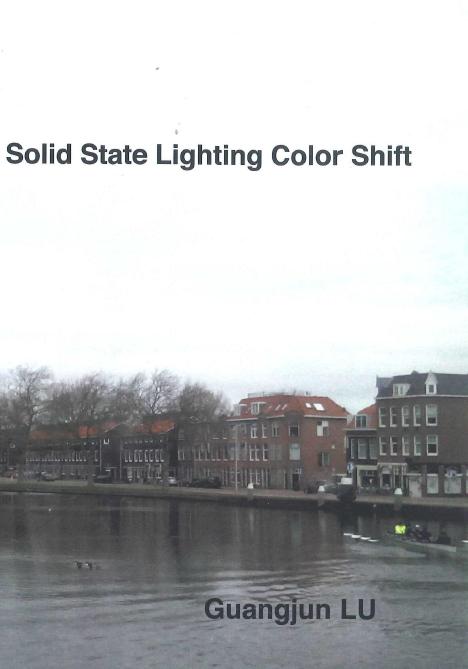
PhD thesis The Lifetime Prediction of LED Drivers and Lamps
- Tuesday, 26 September 2017
Congratulations to Bo Sun for his PhD thesis defense on 26 September 2017
More ...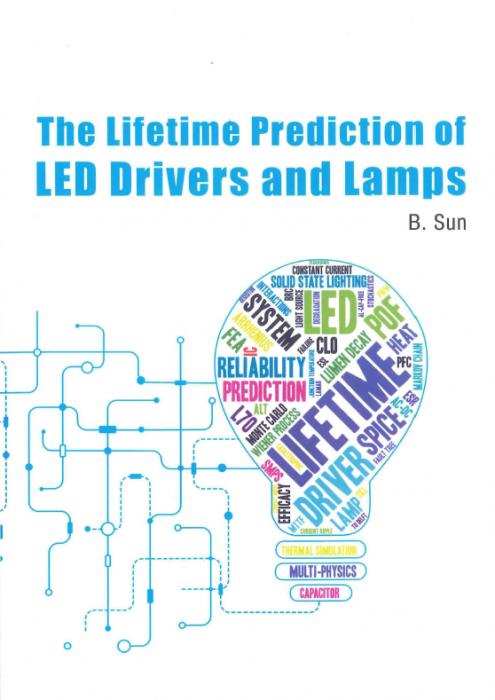
NWO Take-Off Grant for organ-on-a-chip development
- Friday, 21 July 2017
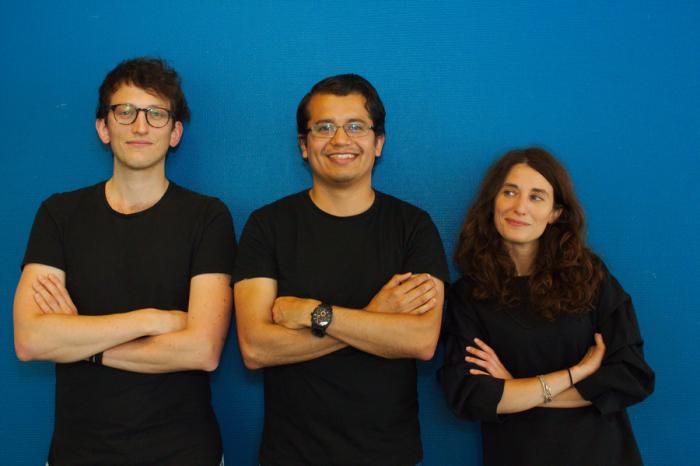
PhD candidates Cinzia Silvestri, William Quiros Solano and Nikolas Gaio (start-up Biond ) and Ronald Dekker have successfully applied for a NWO Take-Off Grant (Phase 1) for organ-on-a-chip development.
"In vitro screening is a fundamental step during drug development. A crucial need of pharmaceutical companies is to assess drug safety at the early stage of the pipeline to identify and eliminate compounds that exhibit a potential for adverse drug reactions. However, at least 462 medicinal products were withdrawn from the market between 1953 and 2014, with consequences for patients, regulatory systems and pharma companies. Therefore, the traditional screening approach, based on in vitro static cell culture assays, is considered not predictive enough. This limitation has increased the interest in more realistic models: Organs-on-chips (OOCs). Organ-on-Chips are micro-fluidics devices designed to simulate in vivo human physiology by promoting cell and tissue growth in vitro.
BIOND developed an innovative microfluidic system for OOCs that provides a dynamic micro-environment suited to highly predictive cell culture models, that allows real-time recording of a comprehensive set of data of the cell culture with a user-friendly interface. In particular, this project will aim at improving the user interface focusing on three main aspects: Usability, Functionality and Versatility"
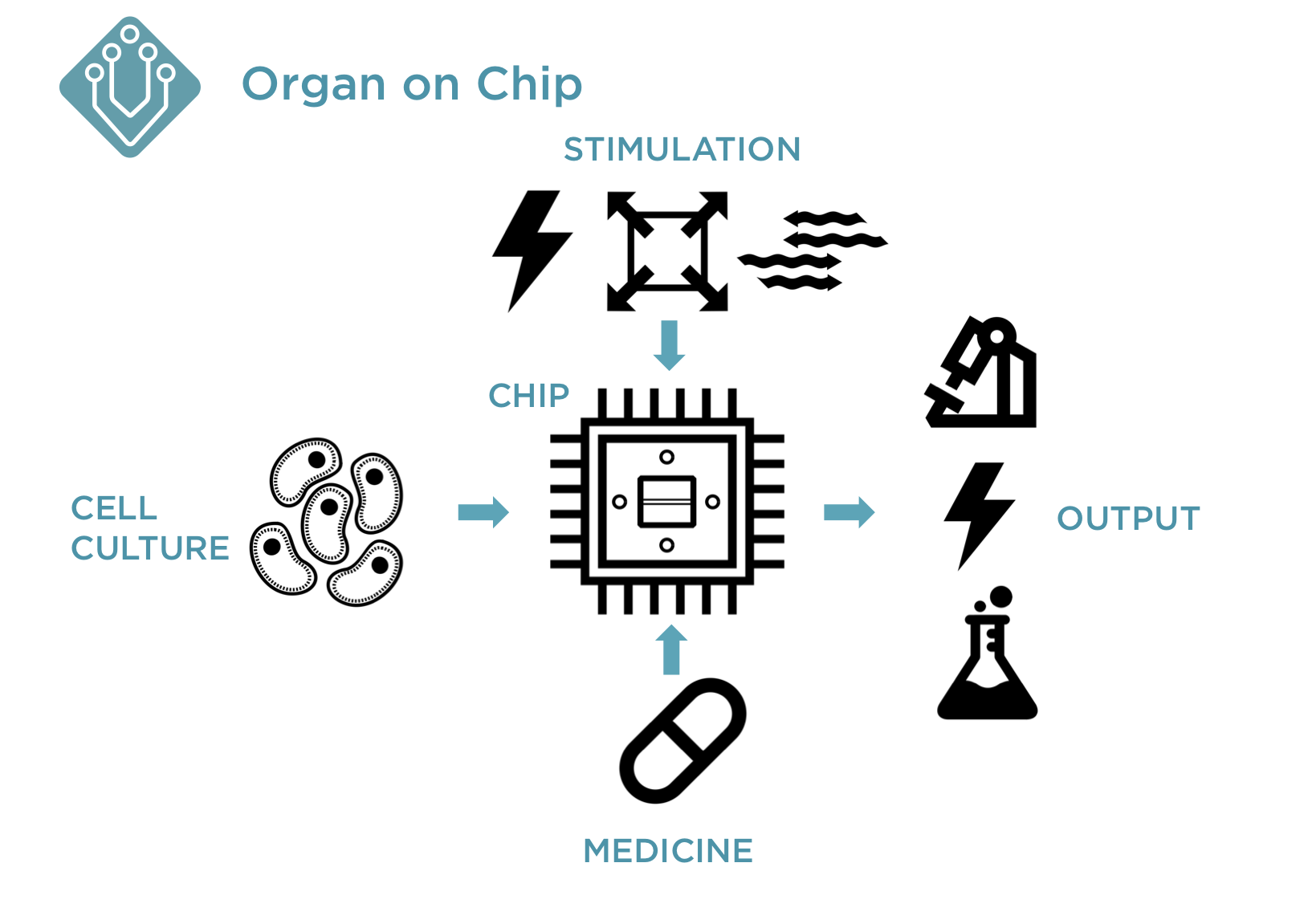
PhD thesis Carbon nanotube based solutions for on-chip thermal management
- Friday, 7 July 2017
Congratulations to Cinzia Silvestri for her PhD thesis defence on the 7th of July 2017
More ...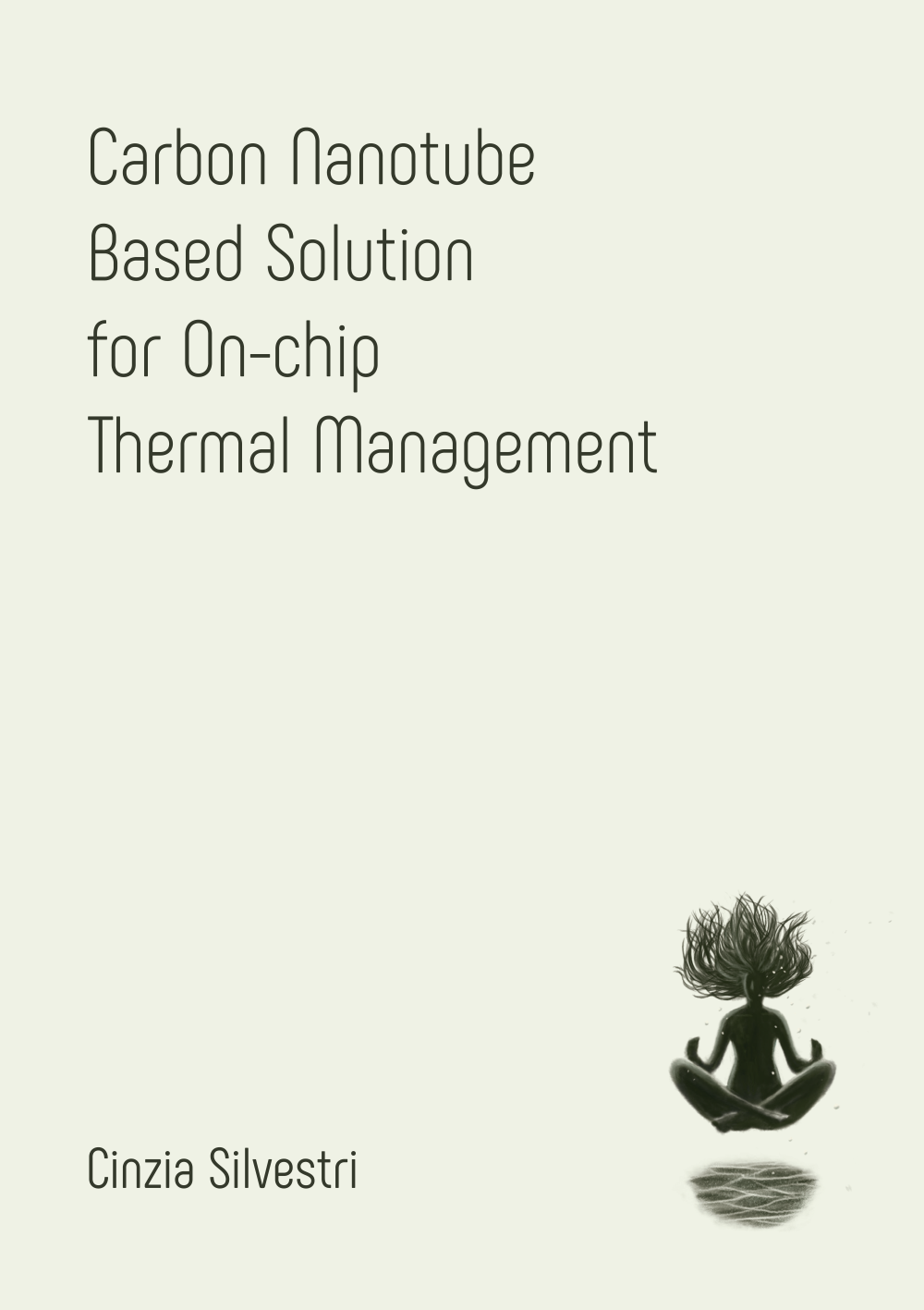
Major grant for 'Organ-on-a-chip' research
- Friday, 12 May 2017
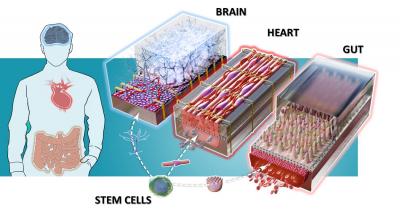
The research project NOCI (Netherlands Organ-on-Chip Initiative) has been awarded a prestigious NWO Gravitation subsidy (Zwaartekracht premie) of 18.8 million euros. The program is led by Christine Mummery, Professor of Developmental Biology at the LUMC and UT, and involves five other renowned scientists: Michel Ferrari (neurologist, LUMC), Albert van den Berg (nanotechnologist, UT), Hans Clevers (cell biologist, Hubrecht Institute), Cisca Wijmenga (human geneticist, UMCG) and Lina Sarro (nanotechnologist, TU Delft), all linked to the organ-on-chip consortium Human Organ and Disease Model Technologies (hDMT). NOCI aims at creating a new platform, based on a combination of human stem cells and microchips, to learn more about the development of diseases and to better predict the effect of medicines, and will be a decisive step towards personalized health care.
Prof Lina Sarro: ‘The three-dimensional micro- and nano-structuring of silicon and polymers developed at TU Delft enables us to replicate organ functions precisely and reproducibly. Electrodes and sensors can be integrated in order to provide electromechanical stimulation and read out of the cells. In addition, the IC (integrated circuit)-compatible microfabrication techniques used allow large-scale production with high reproducibility, which is essential for a wide use and later commercialisation of these devices’.
For more information:EEMCS website
hDMT website
Photograph by: Melvin Tas
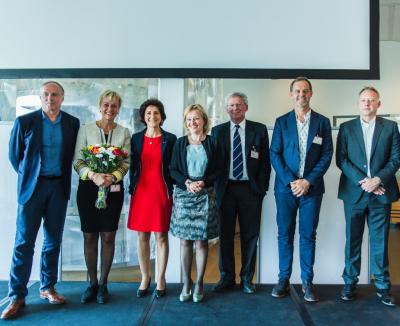
PhD thesis Monolithic 3D Wafer Level Integration: Applied for Smart LED Wafer Level Packaging
- Thursday, 19 January 2017
Congratulations to Zahra Kolahdouz Esfahani for her PhD thesis defense on 19 January 2017
More ...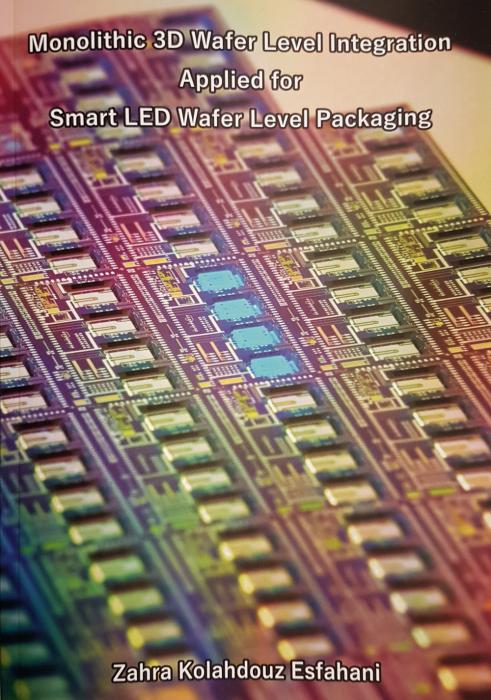
Best poster award Sense of Contact
- Wednesday, 18 January 2017
Congratulations to Sten Vollebregt for winning the best poster award at the 18th Sense of Contact conference!

3 papers accepted @ IEEE MEMS 2017
- Friday, 11 November 2016
For the second year in a row, ECTM will be present at the IEEE MEMS conference , the flagship conference in this field, with 3 papers! Congratulations to Cinzia, Violeta, Aleksandar and all co-authors!
More ...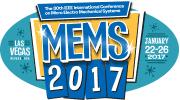
Vacancy: Team manager for Electrical Engineering Education (EEE)
- Thursday, 6 October 2016
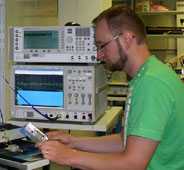
The Faculty of EEMCS is creating a special team to fully focus on teaching using our unique and innovative ‘Delft method’. This method integrates practical and theoretical electrical engineering education and trains students to be hands-on, theoretically versed electrical engineers ready for a future career in science or industry.
We are looking for a team manager specialising in Electrical Engineering Education (EEE) who will be both a group leader and a teacher in his/her capacity as the role model of EE Education.
More information
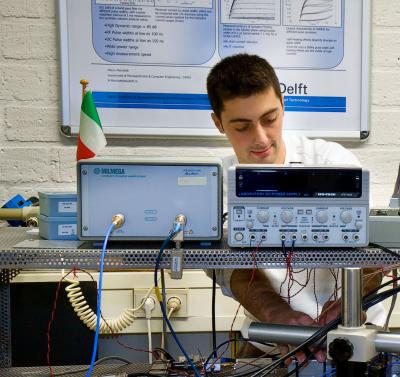
Best student lecture award Eurosensors
- Tuesday, 20 September 2016
On the closing ceremony of the XXXth Eurosensors Conference, held in Budapest, Hungary from 4 to 7 September, the Best Student Lecture Award was given to: Ronald Stoute et al. �Intravascular Ultrasound at the tip of a guidewire: Concept and first assembly steps� Congratulations to Ronald and his co-authors!
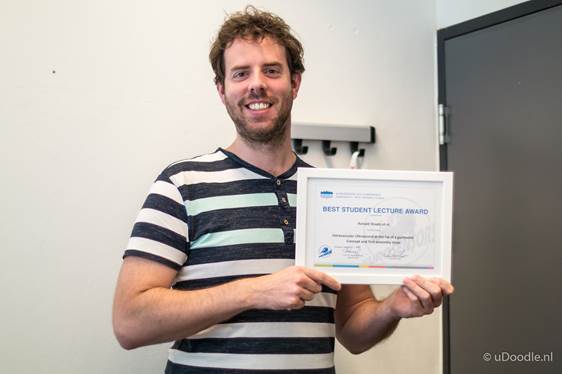
Thermal characterization of carbon nanotube foam using MEMS microhotplates and thermographic analysis
- Friday, 1 April 2016
Thermal material properties play a fundamental role in the thermal management of microelectronic systems. The porous nature of carbon nanotube (CNT) arrays results in a very high surface area to volume ratio, which makes the material attractive for surface driven heat transfer mechanisms. Here, we report on the heat transfer performance of lithographically defined micropins made of carbon nanotube (CNT) nanofoam, directly grown on microhotplates (MHPs). The MHP is used as an in situ characterization platform with controllable hot-spot and integrated temperature sensor. Under natural convection, and equivalent power supplied, we measured a significant reduction in hot-spot temperature when augmenting the MHP surface with CNT micropins. In particular, a strong enhancement of convective and radiative heat transfer towards the surrounding environment is recorded, due to the high aspect ratio and the foam-like morphology of the patterned CNTs. By combining electrical characterizations with high-resolution thermographic microscopy analysis, we quantified the heat losses induced by the integrated CNT nanofoams and we found a unique temperature dependency of the equivalent convective heat transfer coefficient, Hc. The obtained results with the proposed non-destructive characterization method demonstrate that significant improvements can be achieved in microelectronic thermal management and hierarchical structured porous material characterization.
More ...
Prof. Sarro appointed Knight of the Order of the Star of Italy (OSI) by the President of the Italian Republic, Sergio Mattarella
- Thursday, 17 March 2016
On March 14, the Italian ambassador, Francesco Azzarello, presented the award to Prof. Sarro at the Italian embassy in The Hague, in the presence of the Rector, Prof Karel Luyben, and the Dean of the EEMCS faculty, Prof Rob Fastenau.
�the Order of the Italian Star rewards Italian people who distinguish themselves abroad and deepen relations between Italy and other countries. Prof Sarro was elevated in recognition of her academic merits and prestigious achievements�
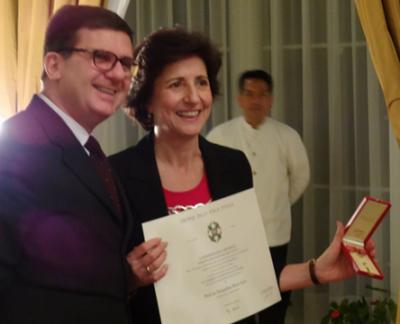
PhD thesis Multi-Scale Material and Technology for Heterogeneous Integration
- Wednesday, 20 January 2016
Congratulations to Rene Poelma for his PhD thesis defense on January 20, 2016
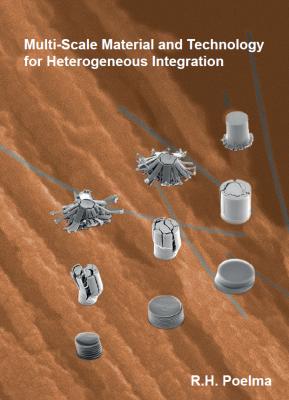
PhD thesis Interface Properties of Grouo-III-Element Deposited-Layers Integrated in High-Sensitivity Si Photodiodes
- Monday, 18 January 2016
Congratulations to Lin Qi for his PhD thesis defense on January 18, 2016
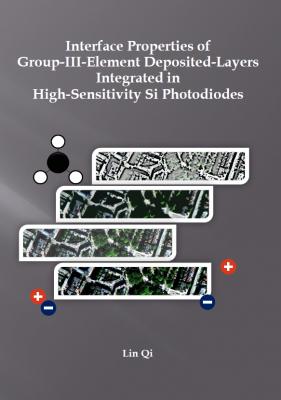
Happy 2016!
- Thursday, 14 January 2016
Here are some pictures of the New Year Reception of the Microelectronics department
More ...
Nikolas Gaio has won Best Student Paper Award
- Thursday, 26 November 2015
Nikolas Gaio, PhD of the Electronics Components, Technology Materials Group has won the Best Student Paper Award on the IEEE Sensor 2015 Conference in Busan (South Korea)1-4 November 2015
The title of his paper is: Upside-down Carbon Nanotube (CNT) Micro-electrode Array (MEA), other authors are: B. van Meer, C. Silvestri, S. Pakazad, S. Vollebregt, C.L. Mummery, R. Dekker.
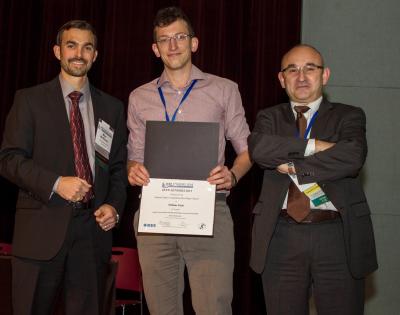
PhD thesis Organic Materials Degradation in Solid State Lightning Applications
- Monday, 23 November 2015
Congratulations to Maryam Yazdan Mehr for her PhD thesis defense on November 23, 2015
More ...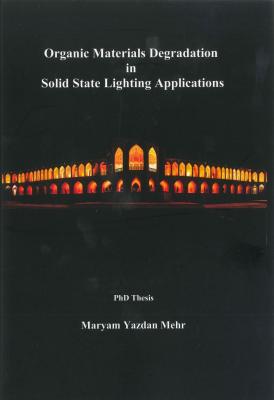
TU Delft Female Fellowship Tenure Track Openings
- Friday, 9 October 2015
Academic openings at all professor levels
More ...
The direct growth of carbon nanotubes as vertical interconnects in 3D integrated circuits
- Friday, 2 October 2015
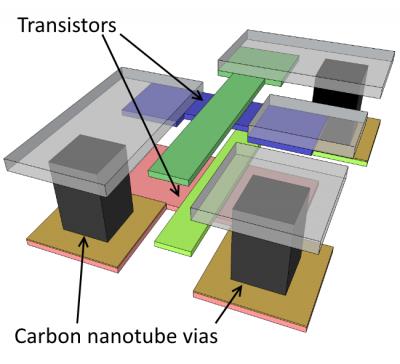
An article of Ryoichi Ishihara and Sten Vollebregt from the ECTM group of the Microelectronics Department has been published in the magazine Carbon on September 30 2015. Ishihara and Vollebregt managed to integrate for the first time carbon nanotubes with transistors. They demonstrated that these processes are compatible with each other.
Project information
Read the article
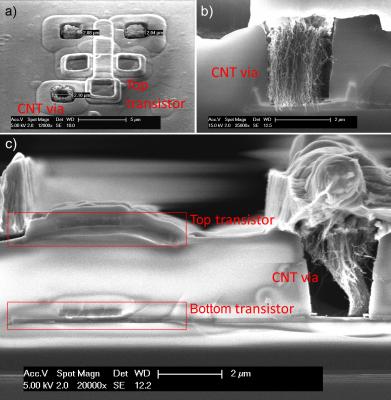
QuTech enters in collaboration with Intel
- Thursday, 3 September 2015
Intel and QuTech, the quantum institute of TU Delft and TNO, have finalised plans for a ten-year intensive collaboration, along with financial support for QuTech totalling approximately $50 million.
More ...
PhD thesis Silicon Carbide Technologies applied to MEMS Nanoreactors for in-situ Transmission Electron Microscopy
- Friday, 17 July 2015
Congratulations to Bruno Morana for his PhD thesis defense on July 17, 2015
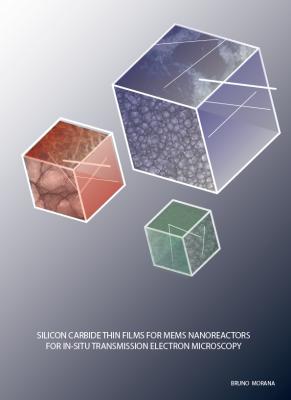
ISCAS 2015 Keynote Presentation Ronald Dekker online
- Monday, 13 July 2015
Ronald Dekker's Keynote: ?From Chips for the Living to Living Chips?
Micro-fabricated devices are finding their way to the frontend of medical equipment, where they are the interface between body, or in general living tissue, and machine. They enable better and cheaper diagnostic equipment, they add ?eyes and ears? to minimally invasive instruments such as laparoscopic instruments and catheters, they allow for un-obtrusive monitoring of body functions, they add functionality to implants, and they enable the development of better and personalized medicines. Despite their great promise it has been proven difficult to bring these devices out of the laboratory phase into production. One of the reasons is the lack of a suitable fabrication infrastructure. Much more than standard CMOS or MEMS devices, these medical devices rely on the processing of novel materials, especially polymers, in combination with advanced molding, micro-fluidics, and assembly technologies. At the same time these devices have to be fabricated under strict quality control conditions in a certified production environment.
In the recently granted ECSEL project ?InForMed? a supply chain for the pilot fabrication of these medical devices is organized, which brings together key European technology partners in an integrated infrastructure linking research to pilot and high volume production. The pilot line is hosted by Philips Innovation Services, and open to third party users.
Speaker Biography:
Ronald Dekker received his MSc in Electrical Engineering from the Technical University of Eindhoven and his PhD from the Technical University of Delft. He joined Philips Research in 1988 where he worked on the development of RF technologies for mobile communication. Since 2000 his focus shifted to the integration of complex electronic sensor functionality on the tip of the smallest minimal invasive instruments such as catheters and guide-wires. In 2007 he was appointed part time professor at the Technical University of Delft with a focus on Organ-on-Chip devices. He published in leading Journals and conferences and holds in excess of 50 patents.
More ...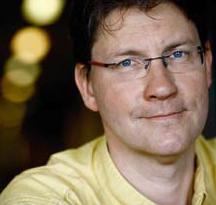
PhD thesis Development of Silicon Drift Detectors using Boron layer technology
- Tuesday, 30 June 2015
Congratulations to Negin Golshani for her PhD thesis defense on June 29, 2015
More ...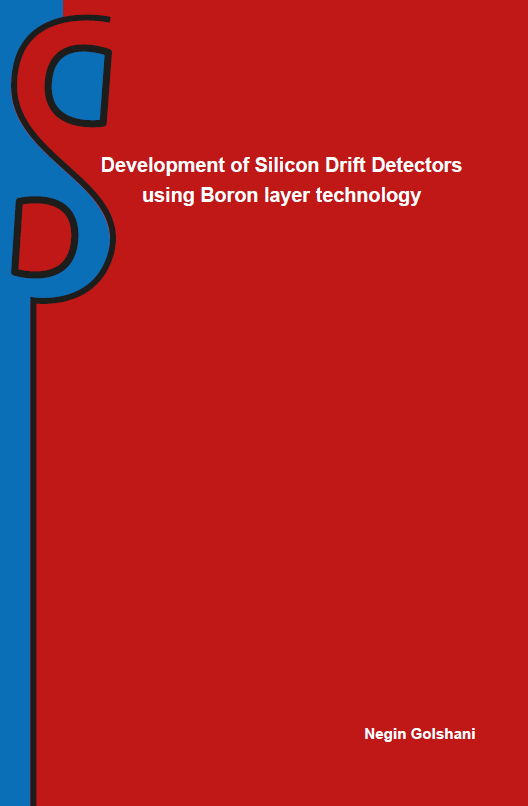
PhD thesis High Aspect-Ratio MEMS Devices for the next generation of THZ/MHZ Passive Components
- Tuesday, 16 June 2015
Congratulations to Giuseppe Fiorentino for his PhD thesis defense on June 16, 2015
More ...
PhD thesis Stretchable Micro-Electrode Arrays for Electrophysiology
- Monday, 15 June 2015
Congratulations to Saeed Khoshfetrat Pakazad for his PhD thesis defense on June 15, 2015
More ...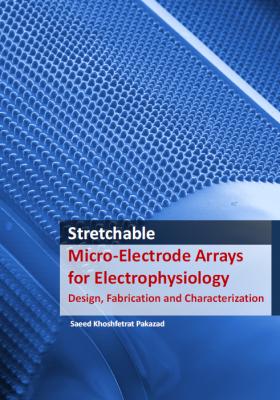
Printing Silicon on Paper, with Lasers
- Wednesday, 29 April 2015
A recent publication by Ryoichi Ishihara and Miki Trifunovic in Applied Physics Letters has been highlighted by the American Institute of Physics
More ...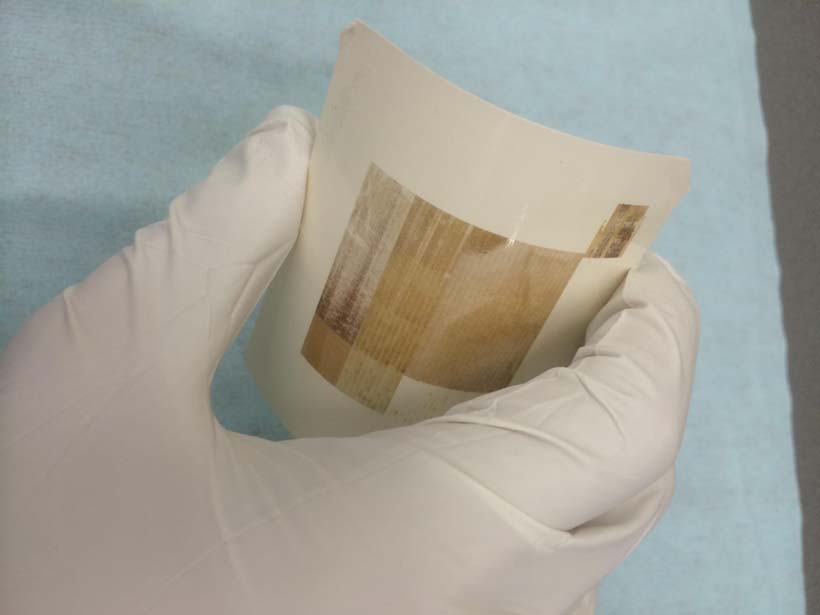
Congratulations to Prof. dr. Sarro with her royal honour
- Friday, 24 April 2015
Professor Lina Sarro, professor of micro-electronics at the Faculty of Electrical Engineering, Mathematics and Computer Science, has been made a Knight in the Order of the Netherlands Lion, in The Hague.
She received the award because of her original research that resulted in a large scientific body of work and because of her in-depth involvement with her many students. Her pioneering work in the 1980s in the field of infrared sensors led to international acclaim. Since 1987, she has been in charge of research into micro and nanosystems (MEMS and NEMS) at the Else Kooi Lab, which was known previously as the Dimes Institute for Microsystems and Nanoelectronics.
Professor Sarro has published more than 200 articles in scientific journals and has received awards for her work on several occasions. In 2004, she received the Eurosensors Fellow Award, in 2007 the AISEM Career Award, and in 2012 the IEEE Sensors Council Meritorious Award. She is also a member of the Royal Netherlands Academy of Arts and Sciences (KNAW) and a fellow of the Institute of Electrical and Electronics Engineers. She has been praised on account of both her scientific work and her unfailing commitment to providing teaching of a high standard.
To her students, from both inside and outside the Netherlands, she is a figurehead. This applies perhaps in particular to female students and academics. In 2005, Professor Sarro became the first female to join the TU Delft Council of Professors. She is dedicated to emphasising the role of female scientists, in the conviction that it is a waste to use only half of our scientific assets. Her outstanding scientific reputation ensures that her voice is heard in this, and in other issues.
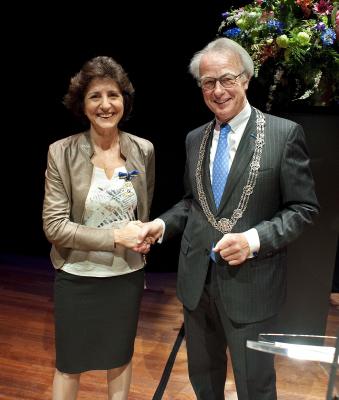
PhD thesis Fast Qualification of Solder Reliability in Solid-state Lightning System
- Friday, 24 April 2015
Congratulations to Jing Zhang for his PhD thesis defense on April 24, 2015
More ...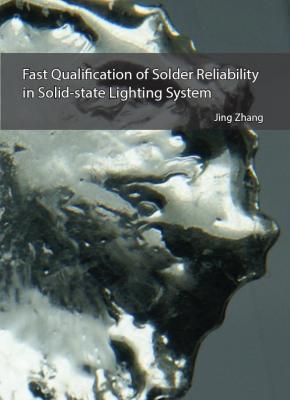
PhD thesis Single-grain Silicon Technology for Large Area X-ray Imaging
- Tuesday, 14 April 2015
Congratulations to Aslıhan Arslan for her PhD thesis defense on April 14, 2015
More ...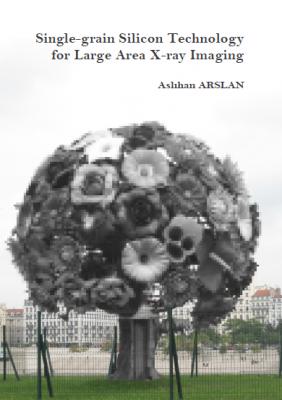
Else Kooi Award ceremony at ICT Open
- Wednesday, 25 March 2015
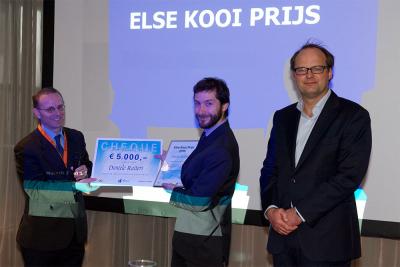
The 2015 Else Kooi Award has been granted to Dr Daniele Raiteri for his scientific research on Technology-Aware Circuit Design for Smart Sensors on Plastic Foils. The Else Kooi Award is an annual award for young researchers in the field of applied semiconductor research conducted in the Netherlands. The award comes with a prize of 5,000 euros.
Raiteri has received the award during a special ceremony at the ICT.OPEN symposium on March 25th. The award was presented by the board of the Else Kooi Award foundation professor Nauta, chair of the foundation (TU Twente) and professor Edoardo Charbon. Edoardo Charbon from the microelectronics department of the EEMCS faculty holds the position of secretary of the Else Kooi Award Foundation.
Dr Raiteri?s research is focused on organic semiconductors. This emerging technology has specific features which severely complicate the design of circuits and systems, such as low transconductance, gain and speed, as well as high component variability. Dr Raiteri has devised several new solutions that have shown to be extremely robust to variability, achieving significantly better gain-bandwidth products in amplifiers and exceptional signal-to-noise ratios in voltage-controlled oscillators.
Photos by: Thijs ter Hart
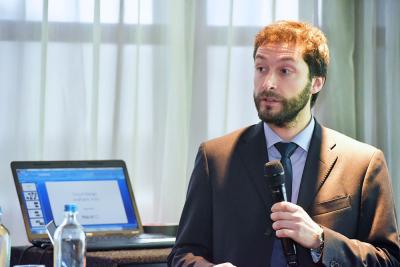
PhD thesis Low temperature PureB technology for CMOS compatible photodetectors
- Monday, 9 March 2015
Congratulations to Vahid Mohammadi for his PhD thesis defense on March 9, 2015
More ...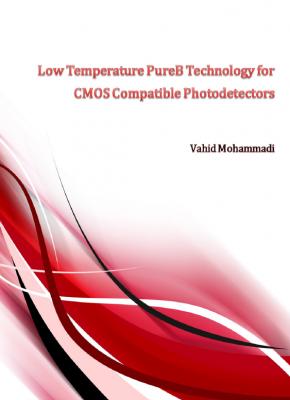
PhD thesis Liquid-Si Technology for High-Speed Circuits on Flexible Substrates
- Monday, 26 January 2015
Congratulations to Jin Zhang for her PhD thesis defense on January 26, 2015
More ...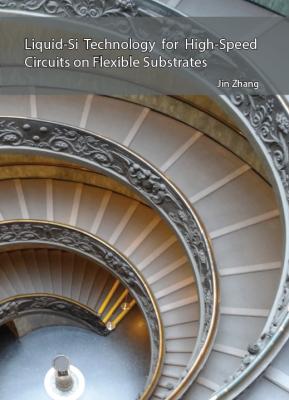
Farewell symposium Prof. dr. Kees Beenakker
- Tuesday, 11 November 2014
On the 11th November the 'Prof. Beenakker Symposium' was held to say farewell to Kees Beenakker, which became emeritus. The speakers of the symposium consisted of guests from industry and academia: NWO, Tsinghua University, Philips Lightning, Boschman BV and TU Delft, and was attended by many guests and students.
More ...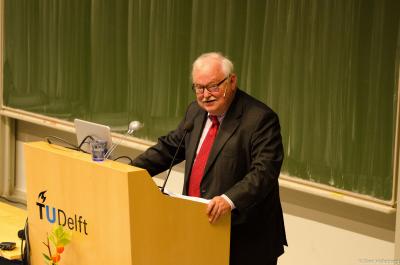
QuTech appointed as 'national icon'
- Friday, 7 November 2014
The Ministery of Economic Affairs has named 4 innovations as 'national icon'; QuTech is one of them. "National icons are innovations which generate future welfare and help to solve mondial problems." The icons will receive a national support podium, including a minister or secretary of state as ambassador.
In the Department of Microelectronics, prof. Edoardo Charbon and dr. Ryochi Isihara are 2 of the 5 EWI faculty members directly involved in QuTech.
More ...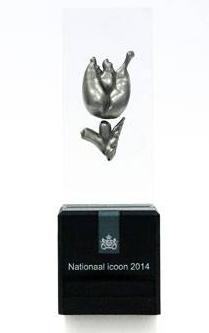
IEEE Sensors 2014 best paper awards
- Thursday, 6 November 2014
Congratulations to Cinzia and Ronald for getting the IEEE Sensors best paper awards in topic 1 and 8!
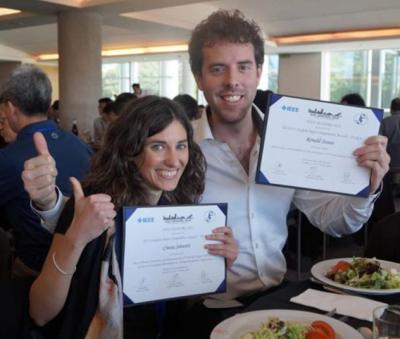
Best poster prize at EEMCS PhD event
- Thursday, 6 November 2014
Congratulations to Yelena Grachova for winning the best poster prize of the faculty PhD event
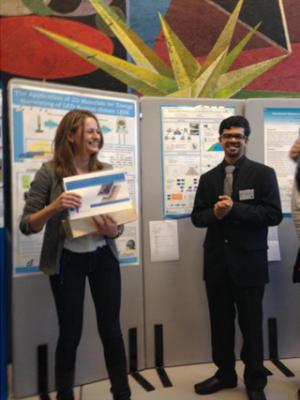
Fast and inexpensive roll-to-roll manufacturing of silicon transistors on plastic films
- Monday, 6 October 2014
The research of Dr. Ishihara on the low temperature fabrication of flexible electronics on plastics is featured in this quarter's edition of the Delft Outlook.
More ...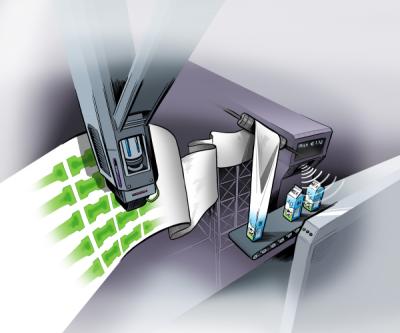
PhD thesis A Systematic Approach to Address the Reliability of Solid State Lighting Drivers
- Thursday, 18 September 2014
Congratulations to Sima Tarashioon for her PhD thesis defense on September 18, 2014
More ...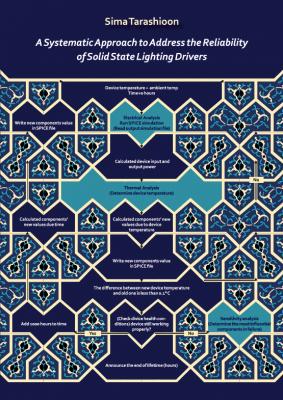
PhD thesis Thermal Management of Solid State Lighting Module
- Wednesday, 10 September 2014
Congratulations to Huaiyu Ye for his PhD thesis defense on September 10, 2014
More ...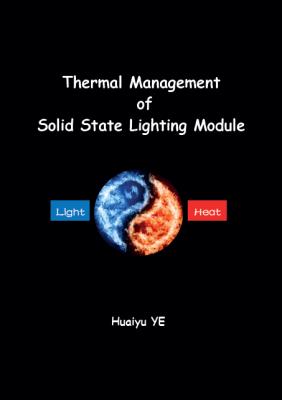
PhD thesis SiGe heterojunction bipolar transistors with Schottky collector contacts
- Tuesday, 9 September 2014
Congratulations to Gianpaolo Lorito for his PhD thesis defense on September 9, 2014
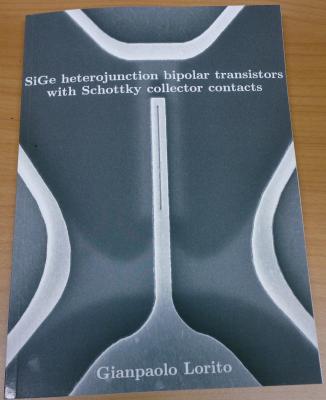
Paper selected for frontispiece of Advanced Functional Materials
- Monday, 1 September 2014
Congratulations to Ren? Poelma et al. for their paper in Advanced Functional Materials being selected as frontispiece.
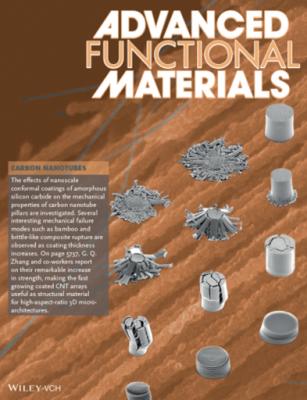
Micromachined nanoreactors fabricated in DIMES enable the study of catalyst dynamics under industrial operating conditions
- Wednesday, 30 July 2014

A unique collaboration between microsystems technology specialists of the ETCM group of the Microelectronics Department of TU Delft and catalyst researchers from industry (Haldor Topsoe, Albemarle Corporation) and universities (TU Delft, Leiden) has led to an innovative method to study catalyst dynamics under industrial operating conditions.
The process uses a technique called high-resolution electron microscopy to monitor atomic changes in the catalyst structure during the catalytic process. Unlike conventional electron microscopy, which has considerable pressure and temperature limitations, this new technique allows scientists to view these reactions under real-life (in-situ) conditions.
The key to the success of this new technique is the surface micromachined nanoreactor. This revolutionary device has been designed by members of the ECTM group and fabricated in DIMES. The device is a miniaturize gas reaction chamber consisting of a surface micromachined channel interfaced by gas inlets/outlets. It integrates a microheater to locally provide high temperatures, and electron transparent windows to observe the in-situ reactions between gases and catalyst nanoparticles.
More information
Nature material publication: Visualization of oscillatory behaviour of Pt nanoparticles catalysing CO oxidation
Information about the design
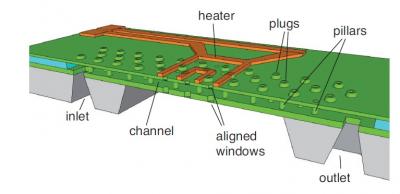
ECTM-Dimes excursion to SRON, Castle de Haar and Utrecht
- Monday, 30 June 2014
On the 30th of June the annual ECTM-Dimes excursion was held, consisting of a visit to SRON and Castle de Haar and a tour through the canals in Utrecht
More ...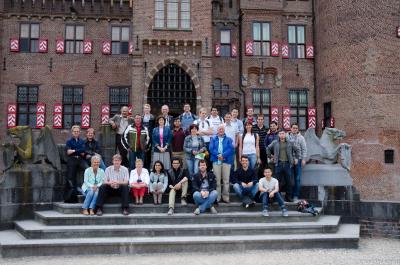
PhD thesis AlN Piezoelectric Films for Sensing and Actuation
- Wednesday, 16 April 2014
Congratulations to Tran Trong An for his PhD thesis defense on April 16, 2014
More ...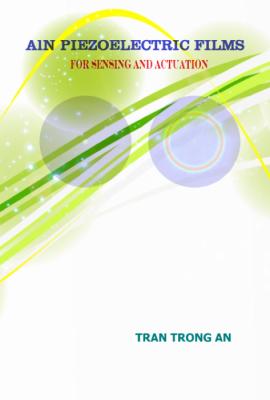
PhD thesis Carbon Nanotubes as Vertical Interconnects in 3D Integrated Circuits
- Friday, 7 March 2014
Congratulations to Sten Vollebregt for his PhD thesis defense on March 7, 2014
More ...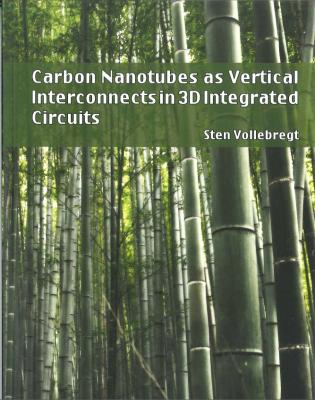
Best paper award
- Saturday, 1 February 2014
Congratulations to Sten Vollebregt for his Best Paper Award @ ITC 2014
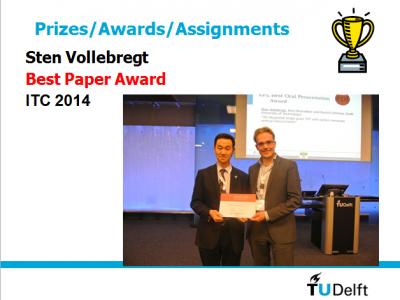
PhD thesis MIP Plasma Decapsulation of Copper-wired Semiconductor Devices for Failure Analysis
- Wednesday, 15 January 2014
Congratulations to Jiaqi Tang for his PhD thesis defense on Januari 15, 2014
More ...
PhD thesis IC Compatible Wafer Level Fabrication of Silicon Nanowire Field Effect Transistors for Biosensing Applications
- Monday, 9 December 2013
Congratulations to Thomas Moh Shan Yau for his PhD thesis defense on December 9, 2013
More ...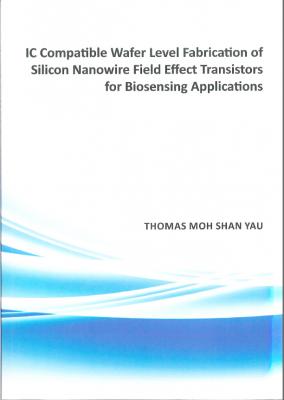
IEEE Fellow
- Friday, 18 October 2013
Congratulations to Prof. Kouchi Zhang for being an IEEE Fellow
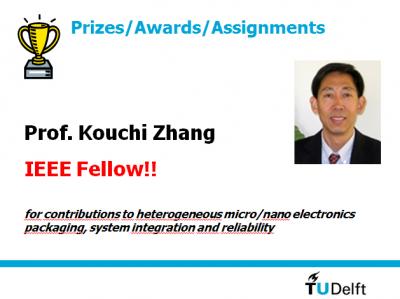
Best Paper Award
- Tuesday, 23 July 2013
Congratulations to Jin Zhang for her Best Paper Award @ “AM-FPD” 2013
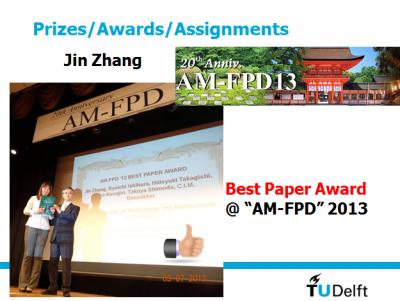
Eurosensors 2013 Fellow Award
- Thursday, 18 July 2013
Congratulations to Fredrik Creemer for his Eurosensors 2013 Fellow Award @Transducers 2013, Barcelona
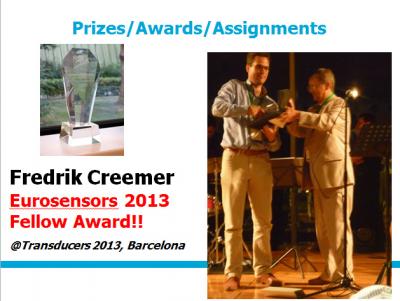
PhD thesis Flexible Sensors for Minimally Invasive Medical Instruments
- Monday, 22 April 2013
Congratulations to Benjamin Mimoun for his PhD thesis defense on April 22, 2013
More ...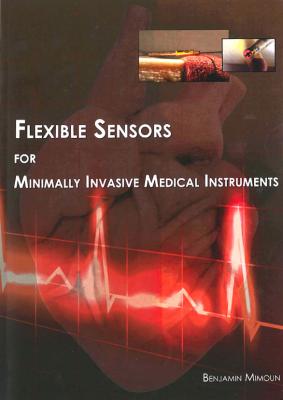
PhD thesis Hybrid Wafer-Level Packaging for RF MEMS and Optoelectronic Applications
- Thursday, 7 March 2013
Congratulations to Jun Tian for his PhD thesis defense on March 7, 2013
More ...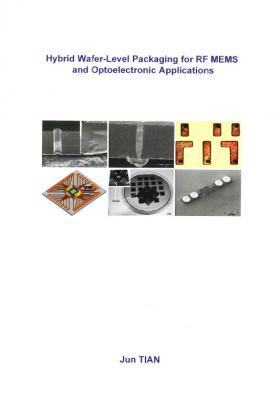
PhD thesis Light management in thin-film silicon solar cells
- Monday, 28 January 2013
Congratulations to Olindo Isabella for his PhD thesis defense on January 28, 2013
More ...
Agenda
PhD Thesis Defence
- Wednesday, 10 September 2025
- 17:30
- Aula Senaatszaal
Digital twin-based health monitoring of microelectronics
Adwait Inamdar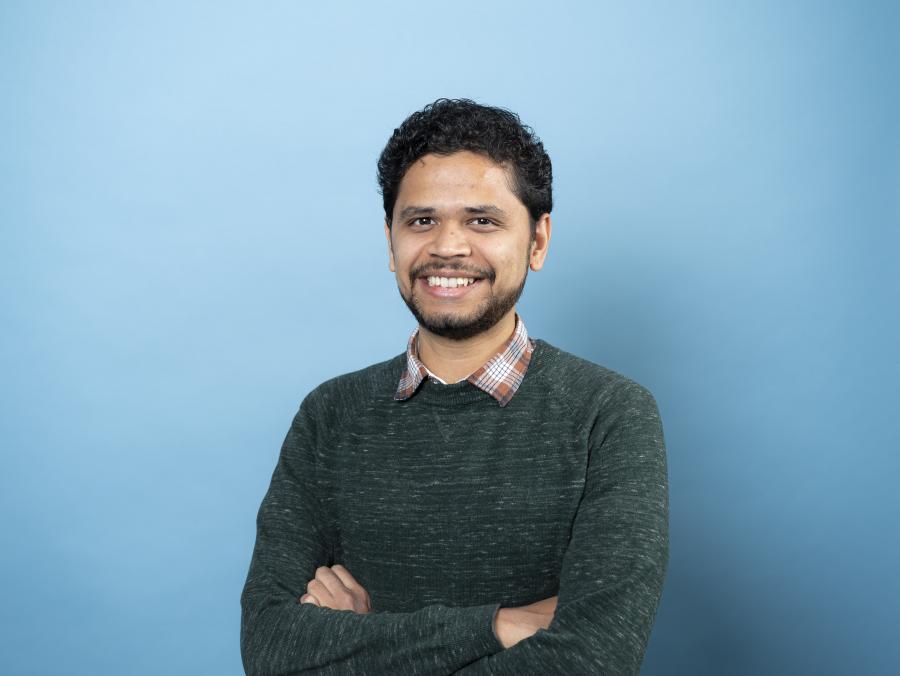
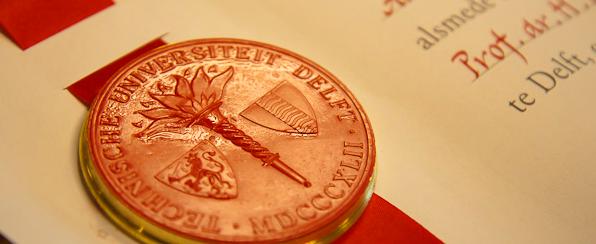
PhD Thesis Defence
- Thursday, 4 September 2025
- 10:00
- Aula Senaatszaal
Sintering Fundamentals of Nano-Metallic Particle Interconnects
Leiming Du

MSc ME Thesis Presentation
- Thursday, 28 August 2025
- 09:30-10:00
- HB 18.090
Design and Characterization of Data Converters in a SiC CMOS Technology for Harsh Environment Sensing Applications
Yunfan Niu
MSc ME Thesis Presentation
- Tuesday, 19 August 2025
- 10:00
- D@ta (HB 01.630)
Design of a SAR ADC in 2 μm Silicon Carbide CMOS Technology
Quinten Luyten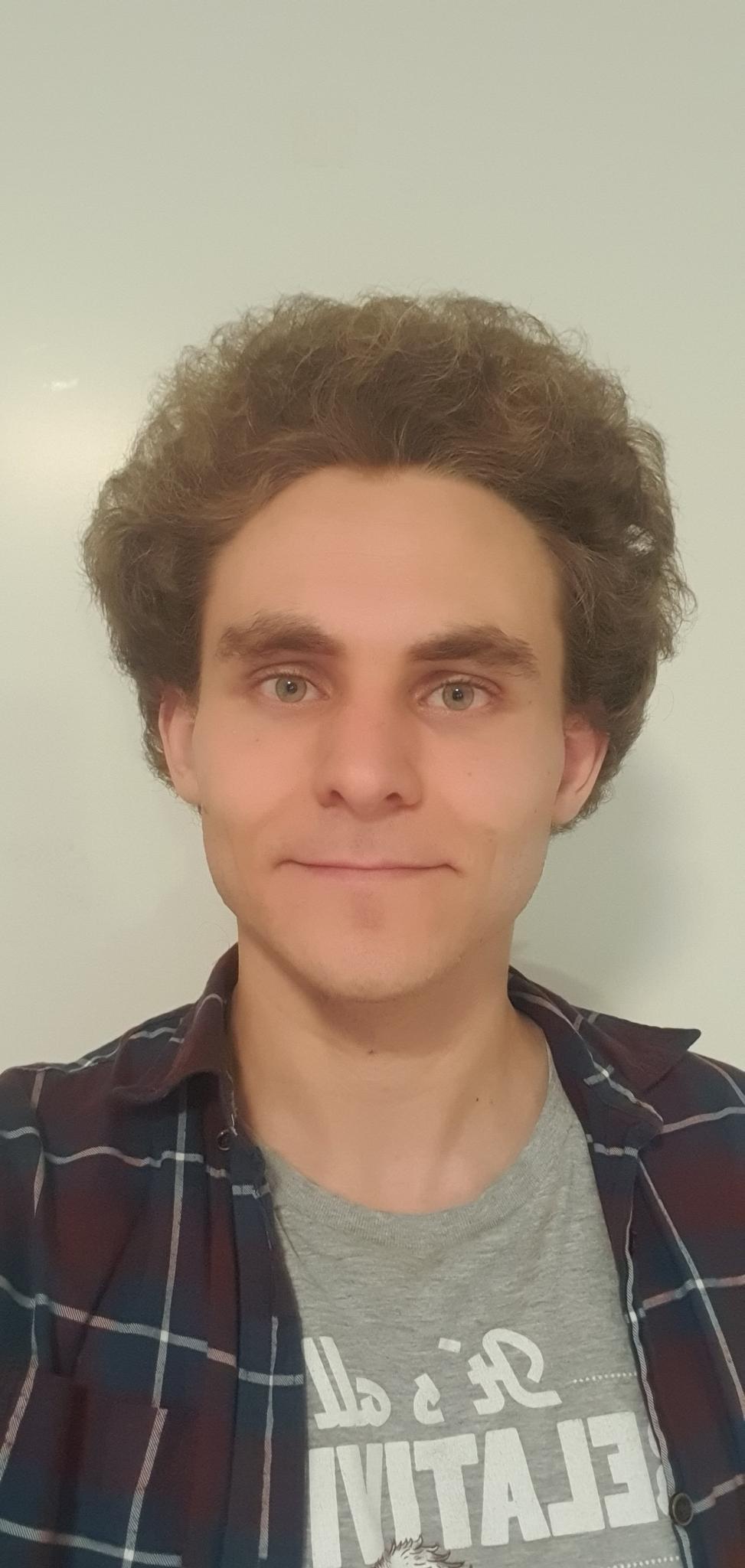
MSc ME Thesis Presentation
- Friday, 11 July 2025
- 14:15
- Hall F (HB 00.260)
Identification of Functional Structures within Analog Circuits
Xavier Morales Rivero
MSc ME Thesis Presentation
- Friday, 20 June 2025
- 10:00-10:30
- Lipkenszaal LB01.150
Fabrication and Characterization of N-doped CVD graphene-based gas sensors for NO2 gas sensing applications
Bram Kool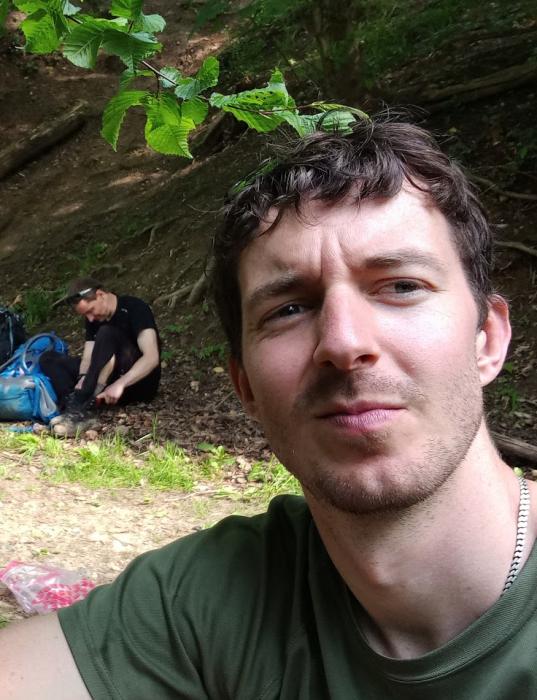
Microelectronics colloquium
- Thursday, 12 June 2025
- 16:00-17:00
- EEMCS, lecture hall Chip
From Graphene towards Van der Waals Heterostructures: The National Scalable Atomic Processing Line (SAP-NL)
Sten Vollebregt
From Graphene towards Van der Waals Heterostructures: The National Scalable Atomic Processing Line (SAP-NL)
Material innovation has been pivotal for our economy and society and has enabled us to develop faster and more energy-efficient chips, better batteries, solar panels, and communication networks. We are now coming to the point where we can manipulate materials down to the atomic level, which will enable us to create designer materials that are tailored to specific applications. Emerging thin‐film wide bandgap semiconductors and 2D materials are prime candidates for atomically engineered designer materials. At the atomic scale, they exhibit physical phenomena that can be used to deepen our understanding of condensed matter physics and simultaneously be exploited to create novel functional devices, which are potential game changers in broad societal and economic trends such as sustainable energy and smarter digitalization in the internet of everything.
In this talk, I will first provide an overview of the activities on graphene that has been going on within our department for the past decade. This will include applications of graphene as gas sensor, microphone, and the activities with the group of Dr. Giagka on graphene electrodes. Afterwards, I will introduce the to be created national Scalable Atomic Processing line (SAP-NL) that is set to expand our 2D material portfolio and enable the scalable deposition and stacking of 2D materials in Van der Waals heterostructures while keeping their interfaces pristine.
PhD Thesis Defence
- Friday, 6 June 2025
- 12:30-14:00
- Aula Senaatszaal
Towards wafer-scale multilayer graphene MEMS condenser microphones
Roberto Pezone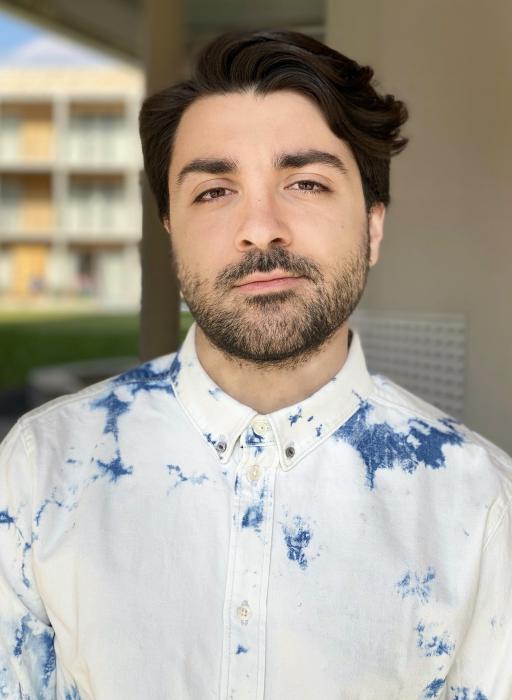

PhD Thesis Defence
- Friday, 6 June 2025
- 15:00
- Aula Senaatszaal
High-Precision Fabrication of Single-Crystal Silicon Nanopores with Extremely Small Feature Sizes
Hao Hong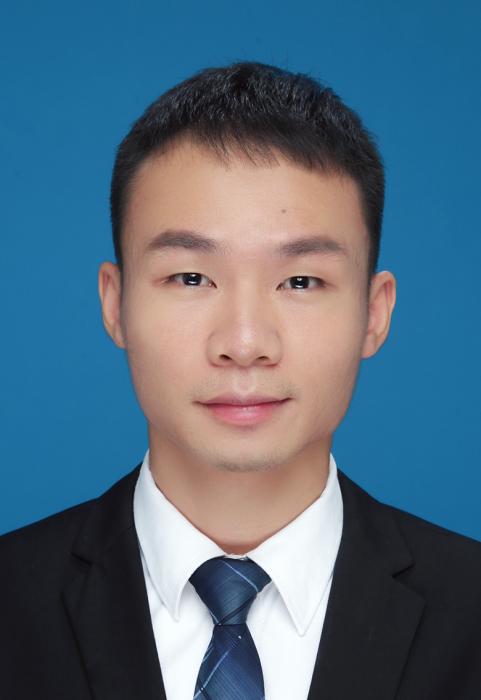

Microelectronics colloquium
- Thursday, 15 May 2025
- 16:00-17:00
- EEMCS, lecture hall Chip
When Precision Meets Power
Qinwen Fan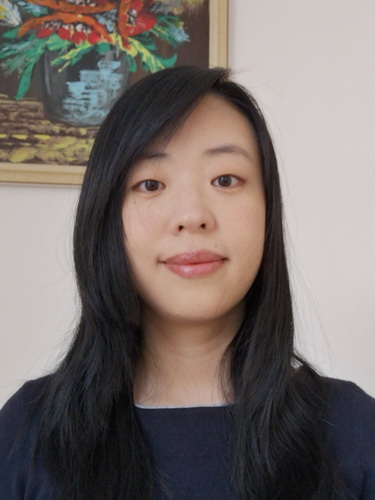
Conventionally, precision analog/mixed signal IC design and high power electronics are two different worlds, with distinct design considerations and mindsets. The analog/mixed ICs focus on transistor-level perfections, while the high power electronics focuses more on the system level and treats various ICs as “black boxes”. In my research group, Analog and Power ICs (APIC), we work on the next-generation “Smart Power Systems” by trying to combine the best of the two worlds! In this talk, I will cover the following aspects: what is a Smart Power System and why is it important? How do we take advantage of precision analog/mixed IC in a power system? what have we done and achieved? what is our future roadmap?
Additionally, I will briefly cover our research activities in the field of IoT, which is on the opposite end of the power spectrum! “Low power”, “self-calibration”, and “edge-AI” are the key words. If you are interested in collaboration, let’s talk!
Additional information ...
PhD Thesis Defence
- Wednesday, 14 May 2025
- 15:00-16:30
- Aula Senaatszaal
Low-loss deposited dielectrics for superconducting integrated circuits
Bruno Buijtendorp

PhD Thesis Defence
- Thursday, 10 April 2025
- 12:30
- Aula Senaatszaal
Multi-domain reliability monitoring of semiconductor packaging in harsh environments
Romina Sattari

PhD Thesis Defence
- Monday, 24 March 2025
- 10:00
- Aula Senaatszaal
Microtechnology for in-vitro ultrasound neuromodulation studies
Gandhika Wardhana

PhD Thesis Defence
- Monday, 24 March 2025
- 12:30
- Aula Senaatszaal
Prognostics and Thermal Management of Power Electronic Packages
Henry Martin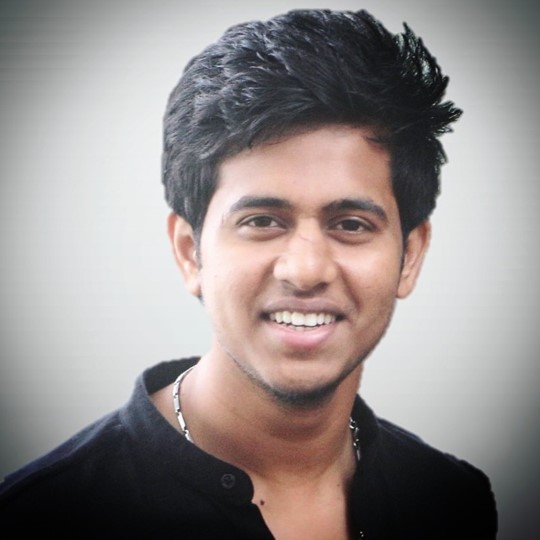

PhD Thesis Defence
- Wednesday, 12 March 2025
- 12:30
- Aula Senaatszaal
Metallic Nanoparticles Sintering for High Density Interconnects
Xinrui Ji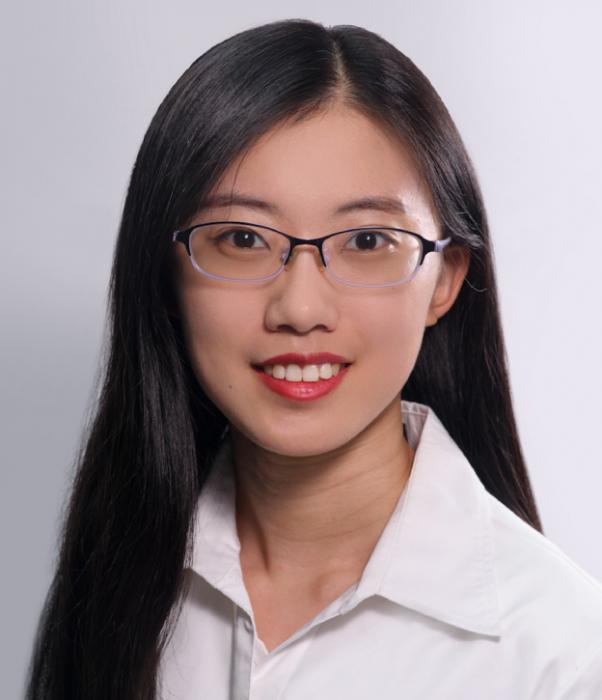

Microelectronics Colloquium
- Thursday, 27 February 2025
- 16:00-17:00
- Snijderszaal (LB 01.010)
Micro Electro-Mechanical Physiological Systems
Massimo Mastrangeli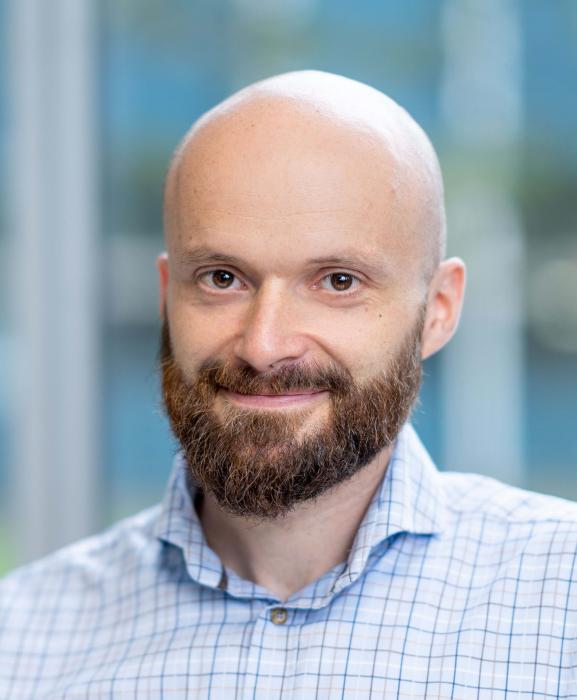
Microphysiological systems (MPS) aim to recapitulate in vitro relevant (patho)physiology and functionality of tissues and (parts of) organs [1]. For this purpose, MPS need to accommodate 3D cell constructs and provide a comprehensive microenvironment that promotes the target phenotype and functionality [2]. The microenvironment must include realistic cues such as mechanical stress, chemical gradients and electrical stimulation. Moreover, monitoring continuously the composition of the microenvironment and the health of the tissues is central to the assessment of relevance and reproducibility of the model [3]. Continuous monitoring entails the integration of sensors within MPS which quantify important, tissue-specific parameters such as e.g. presence and concentration of analytes, electrical impedance of tissues, contractile kinetics, and electrogenic activity. Our research at TU Delft aims to develop MPS capable of electro-mechanical stimulation and sensing of cell constructs and tissues, thereby turning MPS into actual MEMPS and hence into a subset of bioelectronic devices dual to implantables.
In this presentation, I will summarize the rationale behind MEMPS, and exemplify the potential of the electro-mechanical approach to MPS with several examples from our works, including a technology platform for engineered heart tissues [4], FET-based charge sensors [5], a microfluidic device for transepitelial resistance monitoring [6], and 3D microelectrode arrays [7]. I will conclude outlining the perspectives opened by our work and its embedding within current projects and international standardization initiatives fostering wider adoption of MPS technology.
Additional information ...
Microelectronics colloquium
- Thursday, 20 February 2025
- 16:00-17:00
- EEMCS, lecture hall Chip
A SiC-carbon nanotube composite for MEMS
Sten Vollebregt
A SiC-carbon nanotube composite for MEMS
Silicon carbide (SiC) is a promising material for MEMS devices, especially for those aiming at harsh environment applications. However, the lack of a proper bulk fabrication process is a factor that impedes the development of SiC MEMS. Here, we propose to use an array of vertically aligned carbon nanotubes (CNT) reinforced by amorphous SiC as an alternative for high aspect ratio (HAR) SiC-based MEMS fabrication. We found that the CNT dominates the electrical properties of the composite. In contrast, the mechanical properties can be tuned over 3 orders of magnitude by varying the thickness of the a-SiC filler. Two different working devices were successfully fabricated and tested at elevated temperatures using this approach: a chevron-shaped thermal actuator and a capacitive accelerometer. Finally, we have also characterised the mechanical properties of the composite up to 900C and shown that its Young modulus does not change significantly over this range.
Microelectronics Research Day 2025
- Tuesday, 28 January 2025
- 10:00-18:00
- Aula
Microelectronics Research Day 2025
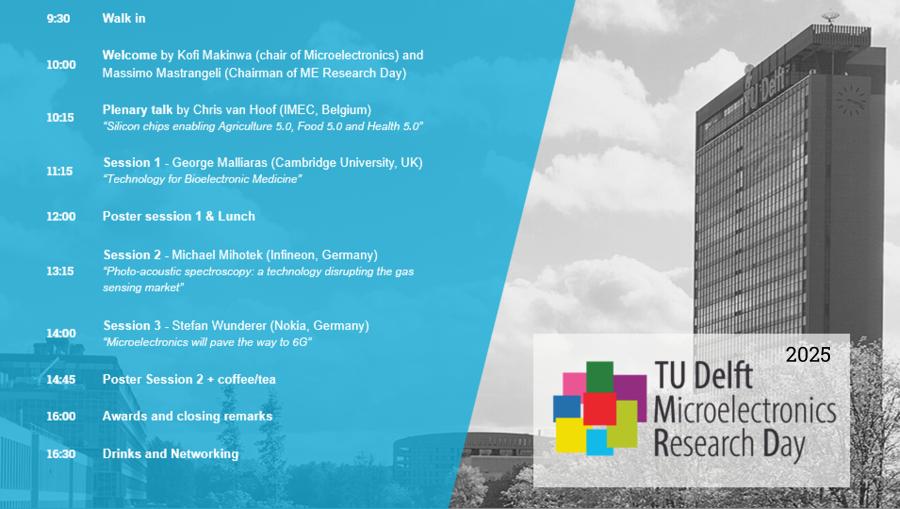
The second edition of TU Delft's Microelectronics Research Day will take place in the gorgeous and spacious setting of the Aula and its magnificent auditorium - come and join us to celebrate the department's great achievements and forward-looking community!
Program of the day
9:30 Walk-in
10:00 Welcome by Kofi Makinwa (chair of Microelectronics)
and Massimo Mastrangeli (Chairman of Research Day)
10:15 Plenary talk by Chris van Hoof (imec, Belgium)
11:15 Invited talk by George Malliaras (Cambridge University, UK)
12:00 Poster session 1 & lunch
13:15 Invited talk by Michael Mihotek (Infineon, Germany)
14:00 Invited talk by Stefan Wunderer (Nokia, Germany)
14:45 Poster session 2 & coffee/tea
16:00 Awards & closing remarks
16:30 Drinks & networking

MSc ME Thesis Presentation
- Monday, 27 January 2025
- 10:00
- ME-Lecture Hall F - Simon Stevin, 34.A-0-610
Metal-oxide Nanoparticles based CO2 gas sensor via Spark Abalation
Xuanzi He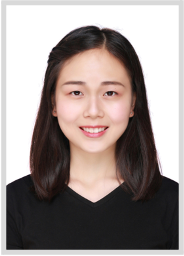
PhD Thesis Defence
- Monday, 16 December 2024
- 12:30
- Aula Senaatszaal
Interactive Optoelectronics Platform for Optogenetic Applications
Shanliang Deng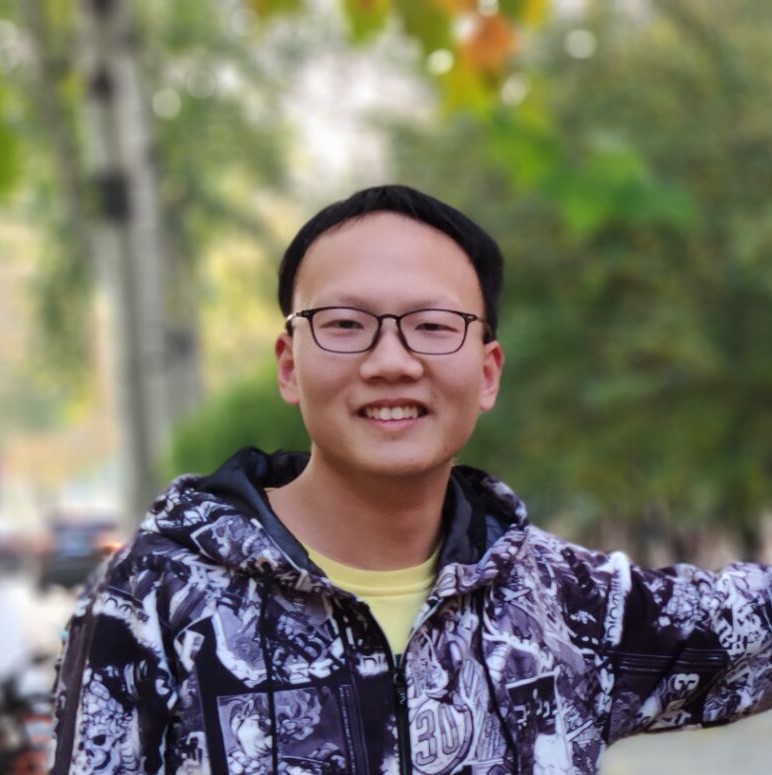

MSc ME Thesis Presentation
- Monday, 9 December 2024
- 14:00
- Echo Hall F
Low-cost precision Vds current sensing
Arthur Admiraal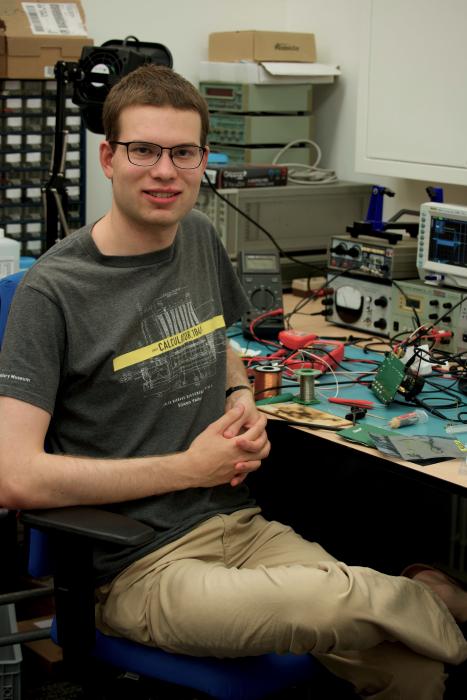
Abstract. Vds current sensing is a technique where the voltage over the parasitic channel resistance of a transistor is used to estimate the current through it. When integrated into smart gate driver ICs, this has the potential to improve power density, efficiency, and cost by removing the need for dedicated shunt resistors. However, achieving high precision requires a temperature compensation method that is traditionally unsuitable for this integration. My thesis proposes an online calibration method based on small signal resistance measurement that achieves <1% current sensing error and has measurement circuitry that is in parallel to the power stage, which opens the door to integration into smart gate driver ICs.
MSc ME Thesis Presentation
- Monday, 9 December 2024
- Timmanszaal (LB 01.170)
Sensing array-based dielectric spectroscopy for tissue barrier monitoring
Kevin Reis dos VezoAbstract. Dielectric spectroscopy, a non-contact electromagnetic readout technique, offers significant potential in Organ-on-Chip devices for accelerating drug development by enabling non-invasive, multi-layer sens ing of tissue barrier integrity. While open-ended coaxial probes are well-established for dielectric spectroscopy in high-loss biological samples, their inherent lack of biocompatibility and impracticality in conventional setups limits their application. This work investigates novel fabrication approaches using printed circuit boards (PCBs) and glass manufacturing techniques to overcome these challenges. A planarized OECP fabricated on a PCB with via-array shielded coplanar waveguides was developed and evaluated. The PCB-based design demonstrated satisfactory electromagnetic performance, biocompatibility potential, and cost-effectiveness, making it a promising candidate for integration into well-plate formats. Additionally, laser-induced deep etching (LIDE) was explored for creating high-precision glass substrates with metalized vias, presenting an alternative route for scalable sensor fabrication. Together, these advancements lay the foundation for adaptable and scalable dielectric spectroscopy platforms suitable for Organ-on-Chip applications, merging performance with practicality in biological settings.
MSc ME Thesis Presentation
- Monday, 9 December 2024
- 14:00
- EKL colloquium (EKL 01.180)
Optimization of Integrated Capacitive Displacement Sensors for Contractility Assays in an Engineered Heart Tissue Platform
Thomas Bouman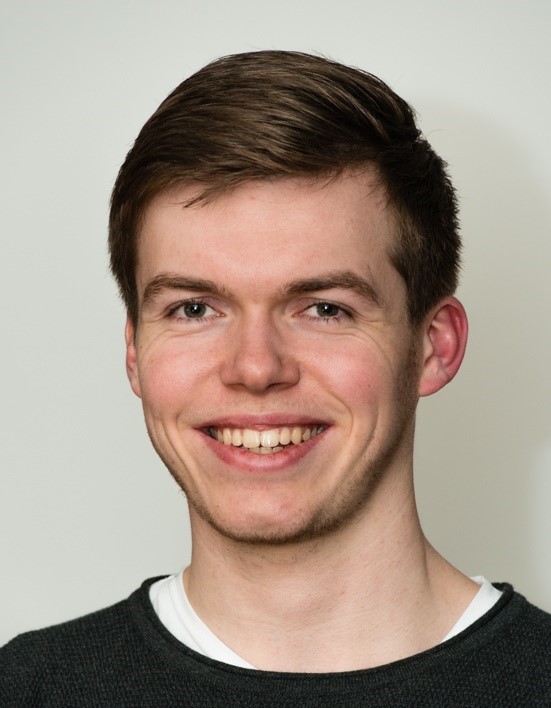
Abstract. Heart diseases are the leading cause of death worldwide, which is why heart diseases have become an important focus for the development of new effective treatments. However, the current drug development pipeline is fraught with inefficiencies, ethical concerns, and financial burdens, largely due to the reliance on animal models and static cell cultures that often fail to accurately predict human physiological responses. Building on previous work from Dr. Dostanic, this master’s thesis advances the development of a novel Engineered Heart Tissue (EHT) platform, which holds promise as a more accurate and ethical research model for studying biological processes, drug discovery, and heart disease mechanisms. The EHT platform is a small PDMS-based construction and consists of two micropillars surrounded by an elliptic well. It also features co-planar capacitive displacement sensors, specifically designed to measure the contraction force of EHTs. This master thesis work focuses on optimizing sensor sensitivity and enhancing platform rigidity to prevent sensor damage during assembly of the platform. Using COMSOL Multiphysics simulations, ideal sensor geometries and substrate configurations were identified, leading to the design and fabrication of multiple sensor prototypes. The sensors were fabricated using microfabrication techniques and electrically characterized under static and dynamic conditions. While static capacitance measurements aligned with simulations, dynamic tests revealed discrepancies between predicted and observed capacitance changes, indicating the need for further investigation into simulation accuracy and fabrication processes. Despite these challenges, the sensors showed promise by successfully measuring platform displacement in response to applied forces. However, the platform’s sensitivity must be improved in order to detect EHT contraction. With continued advancements, this platform could contribute to the development of more precise and ethical research models, ultimately accelerating the development of new treatments and providing an alternative for the use of animals in research.
MSc ME Thesis Presentation
- Thursday, 31 October 2024
- 09:00-10:00
- EKL 01.180
Effect of hyper-physiological mechanical loading on an osteochondral microfluidic organ-on-chip model and shear modulus of cartilage organoids
Maaike Molendijk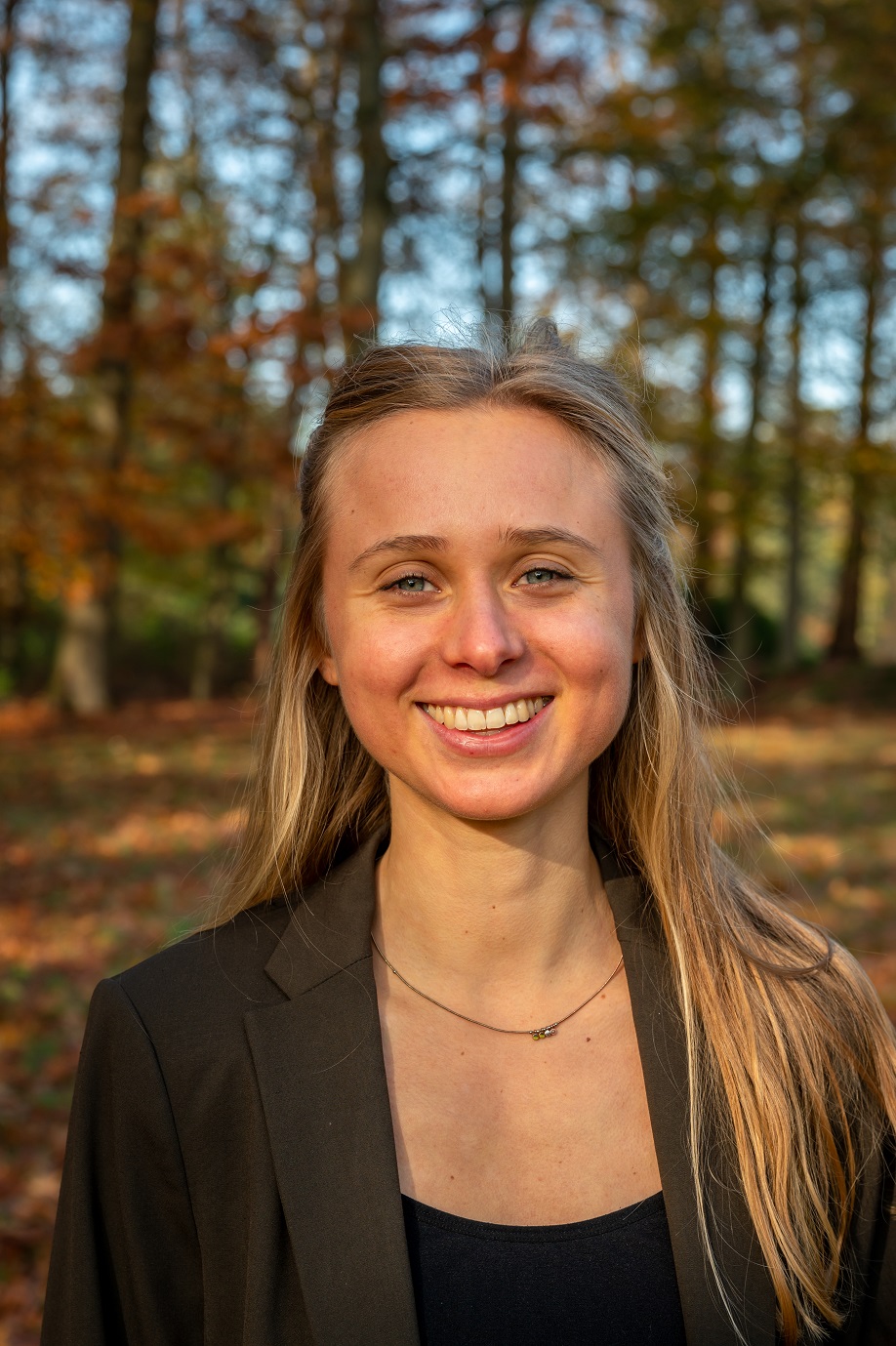
PhD Thesis Defence
- Wednesday, 25 September 2024
- 12:30-13:30
- Aula Senaatszaal
The realization and characterization of transmission dynodes
Hong Wah Chan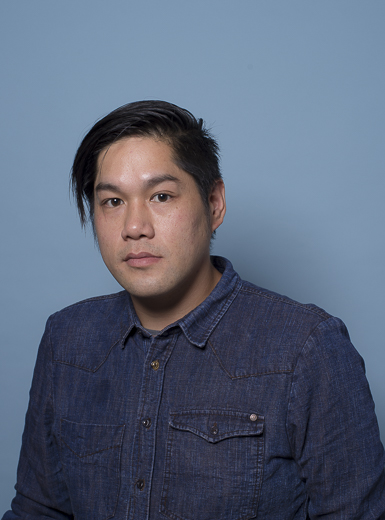

PhD Thesis Defence
- Monday, 23 September 2024
- 10:00-11:00
- Aula Senaatszaal
Sensor integration in organ-on-chip platforms
Hande Aydogmus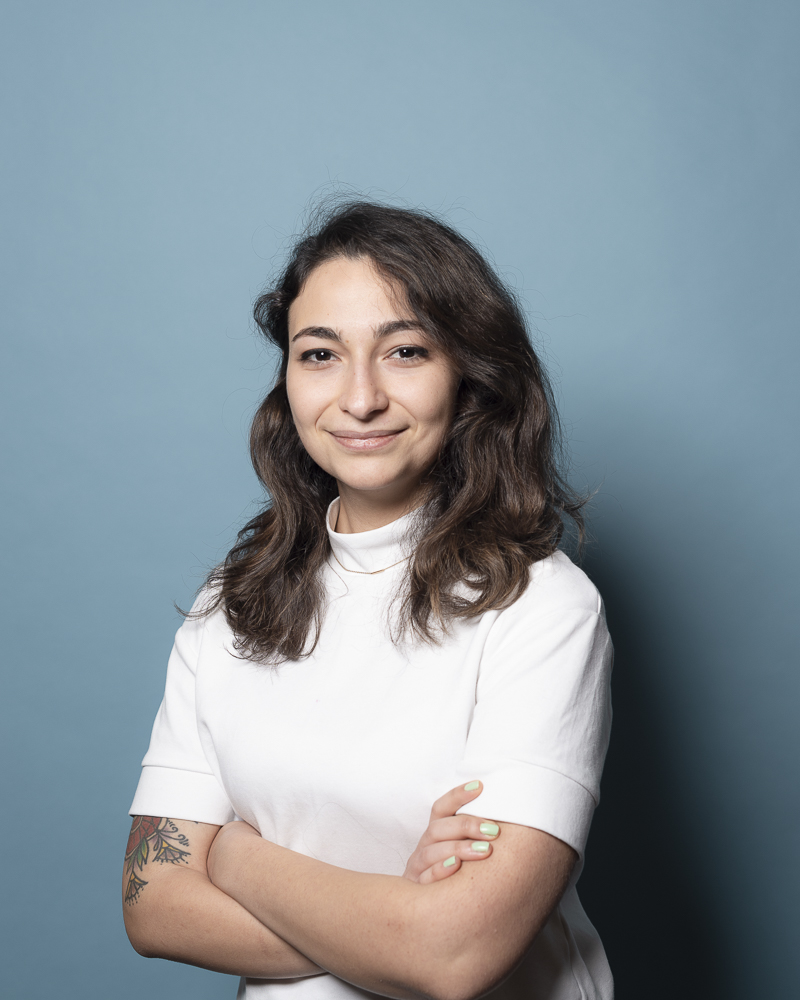

MSc ME Thesis Presentation
- Monday, 23 September 2024
- 10:00-11:00
- HB 17.140
Anodic alumina oxide as hard mask for graphene nanomesh fabrication
Óscar Ortega González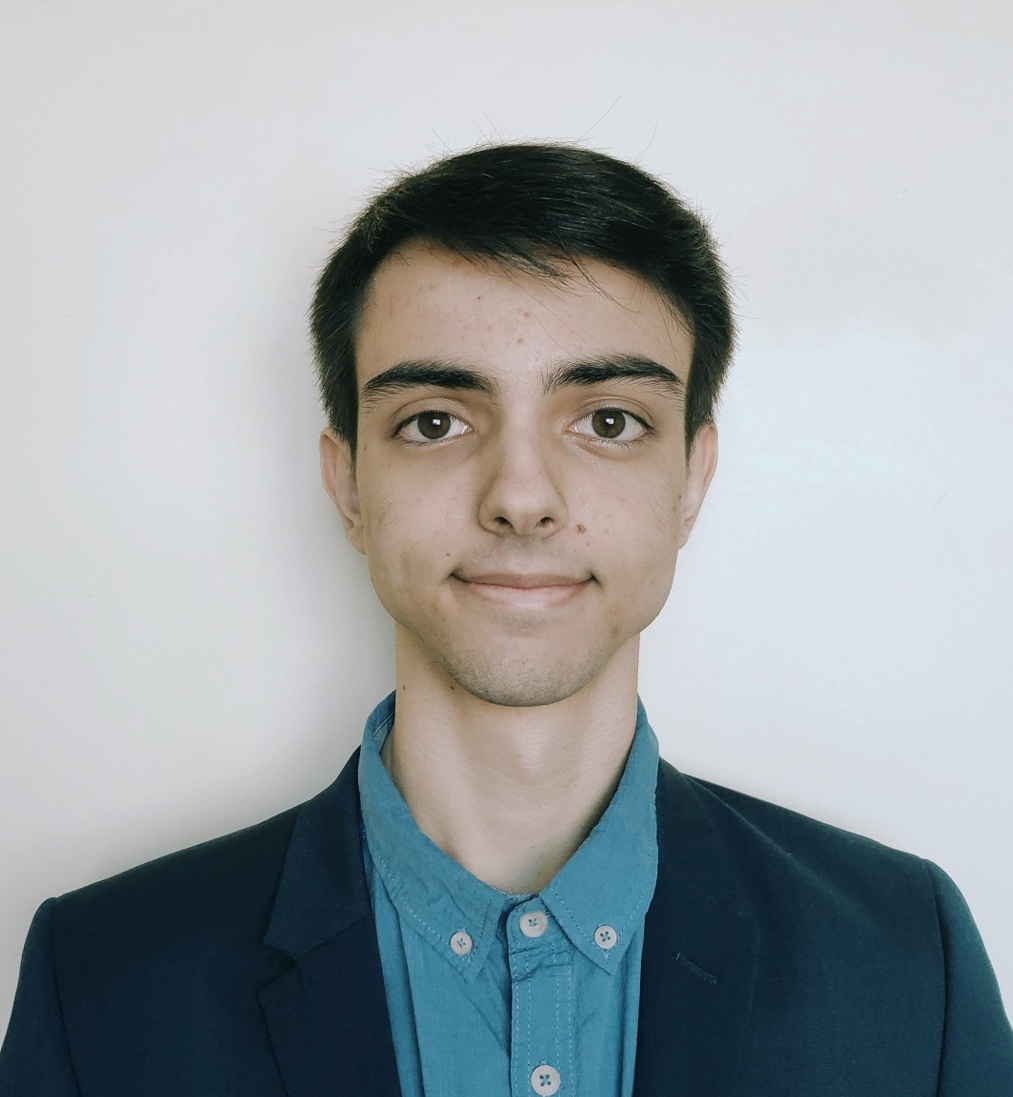
PhD Thesis Defence
- Monday, 16 September 2024
- 12:30-13:30
- Aula Senaatszaal
Advanced Illumination Systems For Cardiac Optogenetics
Tianyi Jin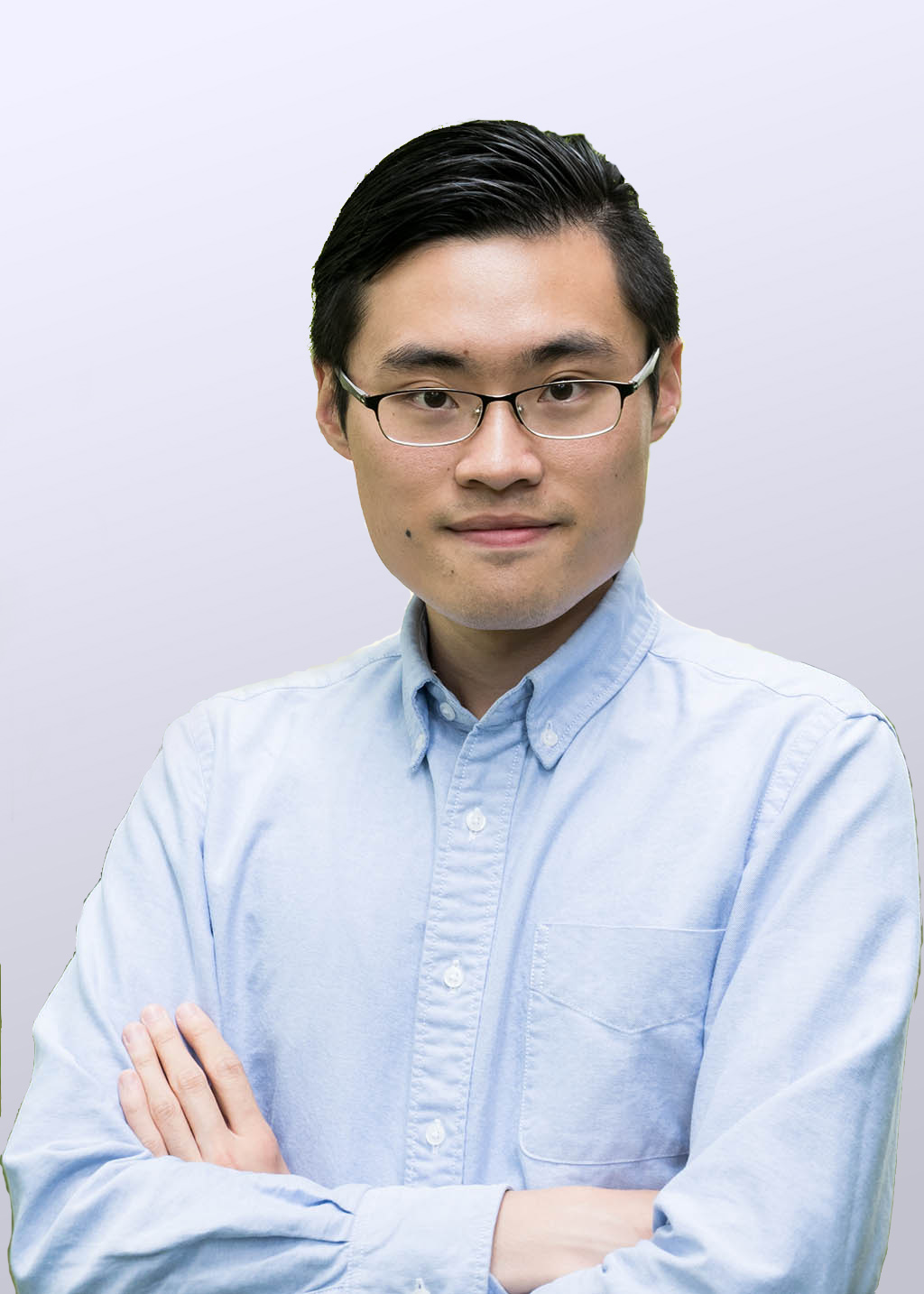

PhD Thesis Defence
- Thursday, 5 September 2024
- 12:30-13:30
- Aula Senaatszaal
Pre-charged collapse-mode cMUTs: future protagonists of the healthcare innovation
Marta Saccher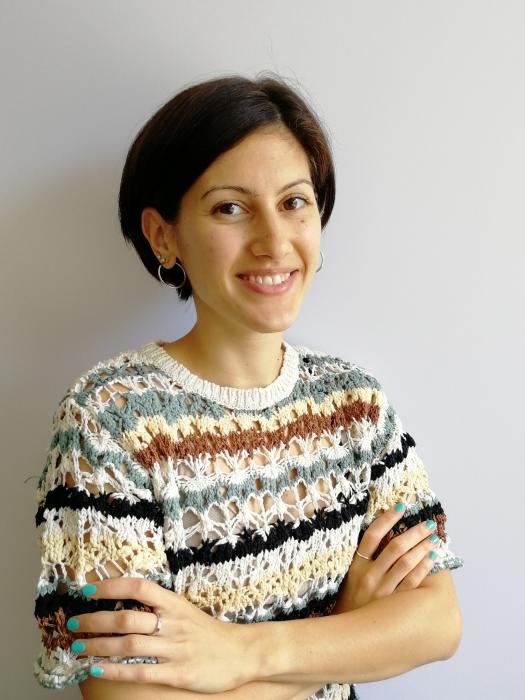

MSc ME Thesis Presentation
- Monday, 22 July 2024
- 10:00-11:00
- ME faculty, Hall I
Effects of Varying Annealing Temperatures on the Microstructure and Electromigration Performance of Copper Interconnects
Yixin Yan
https://tudelft.zoom.us/j/97219101172
MSc ME Thesis Presentation
- Thursday, 18 July 2024
- 13:00-14:00
- Hall Pi
Backside contacting of individual signals in multilayer ICs for chip forensics
Tibbe van der Biezen
MSc ME Thesis Presentation
- Friday, 12 July 2024
- 14:00-15:00
- TBD
Following the Surface of the Dora Root Gaglion
Eline Cox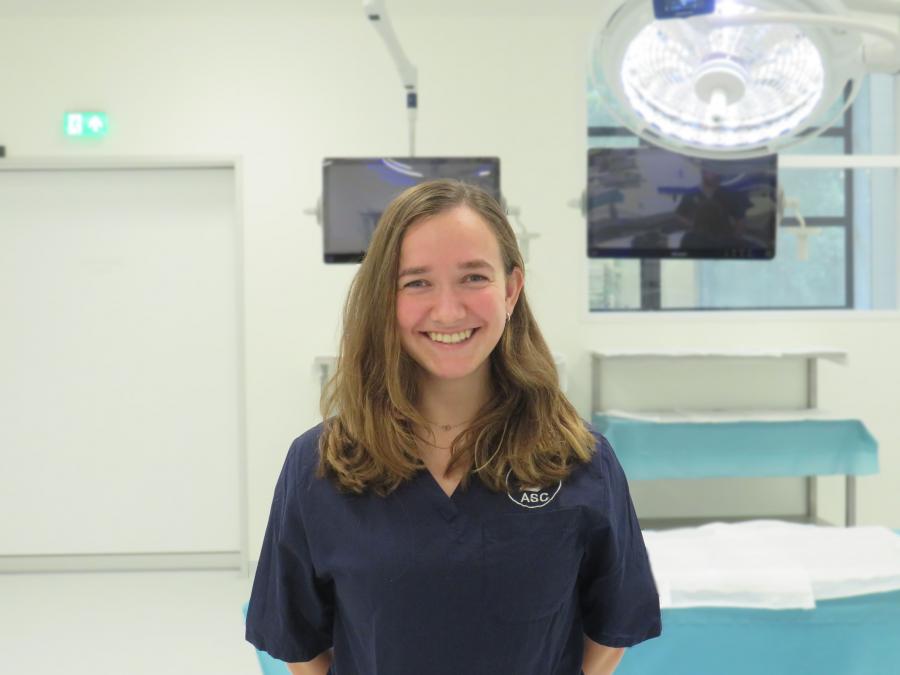
PhD Thesis Defence
- Wednesday, 10 July 2024
- 10:00-12:30
- Aula Senaatszaal
Nanoparticles sintering technology for power electronics modules and beyond
Dong Hu

MSc ME Thesis Presentation
- Wednesday, 3 July 2024
- 13:00-14:00
- HB 17.140
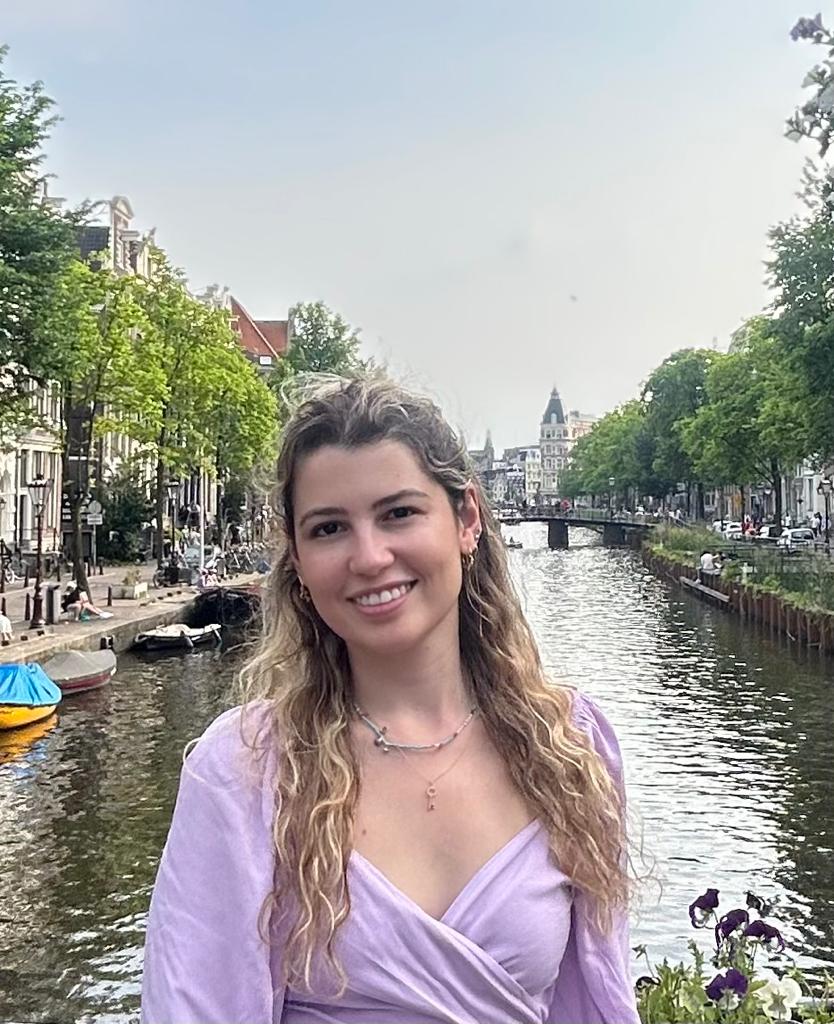
MSc ME Thesis Presentation
- Thursday, 27 June 2024
- 09:00-10:00
- van Katwijkzaal (HB 08.150)
Pluronic F127 as Transient Barrier for Vascularized Cortical Organoids on-a-Chip
Maarten Lemmens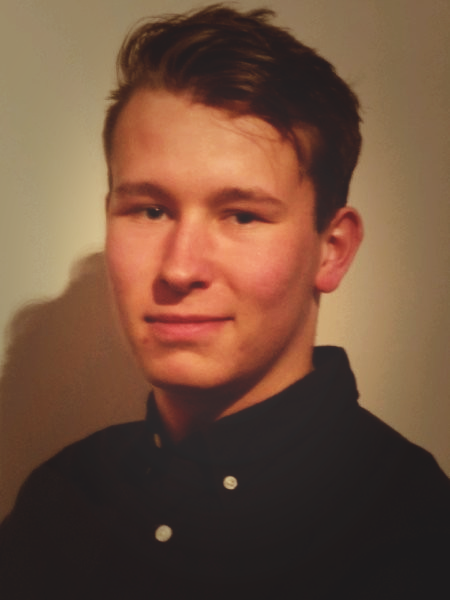
PhD Thesis Defence
- Monday, 15 April 2024
- 15:00
- Aula Senaatszaal
High-Performance Multilevel Class-D Audio Amplifiers
Huajun Zhang

Microelectronics colloquium
- Thursday, 28 March 2024
- 15:30-16:30
- EEMCS, lecture hall Ampere
Running large EU projects: Intelligent Reliability (iREL40)
Willem van Driel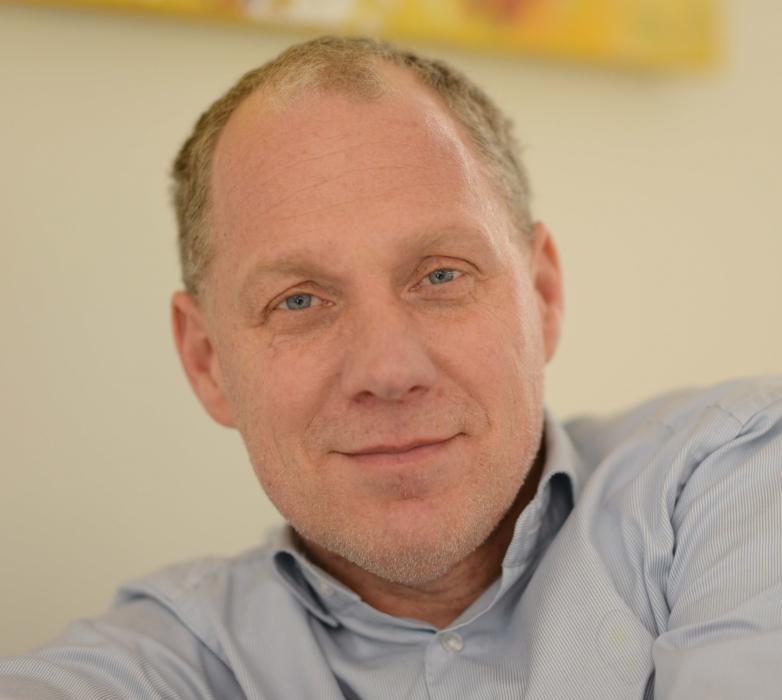
Running large EU projects: Intelligent Reliability (iREL40)
Intelligent Reliability 4.0 (iRel40) is a 102MEuro European funded project with the ultimate goal of improving reliability of electronic components and systems by reducing failure rates along the entire value chain. The project finalized in December 2023 and achieved significant results, strengthening production along the value chain and supporting the sustainable success of investment in microelectronics in Europe through the improvements of the reliability of electronic systems. More than 100 publications based on journal and conference articles were published or are under preparation including a book on the iRel40 outcome. In this presentation, Prof van Driel will highlight the main findings of the project. Also, he will share how to set-up and run such large EU projects.
Reference: www.irel40.eu
Willem van Driel has a >30-year track record in the reliability domain. Application areas range from healthcare, gas and oil explorations, semiconductors and my current position in Signify where I am responsible for Solid State Lighting reliability. Besides that, he holds a professor position at the University of Delft, The Netherlands. His scientific interests are solid state lighting, microelectronics and microsystems technologies, virtual prototyping, virtual reliability qualification and designing for reliability of microelectronics and microsystems. He acts as the chair for the organizing committee of the IEEE conference EuroSimE and has authored and co-authored more than 350 scientific publications, including journal and conference papers, book or book chapters and invited keynote lectures. He holds 20 patents. He is a certified DFSS Black Belt.
Additional information ...
PhD Thesis Defence
- Wednesday, 28 February 2024
- 10:00-11:30
- Aula Senaatszaal
Integrated Technologies for Smart Catheters
Jian Li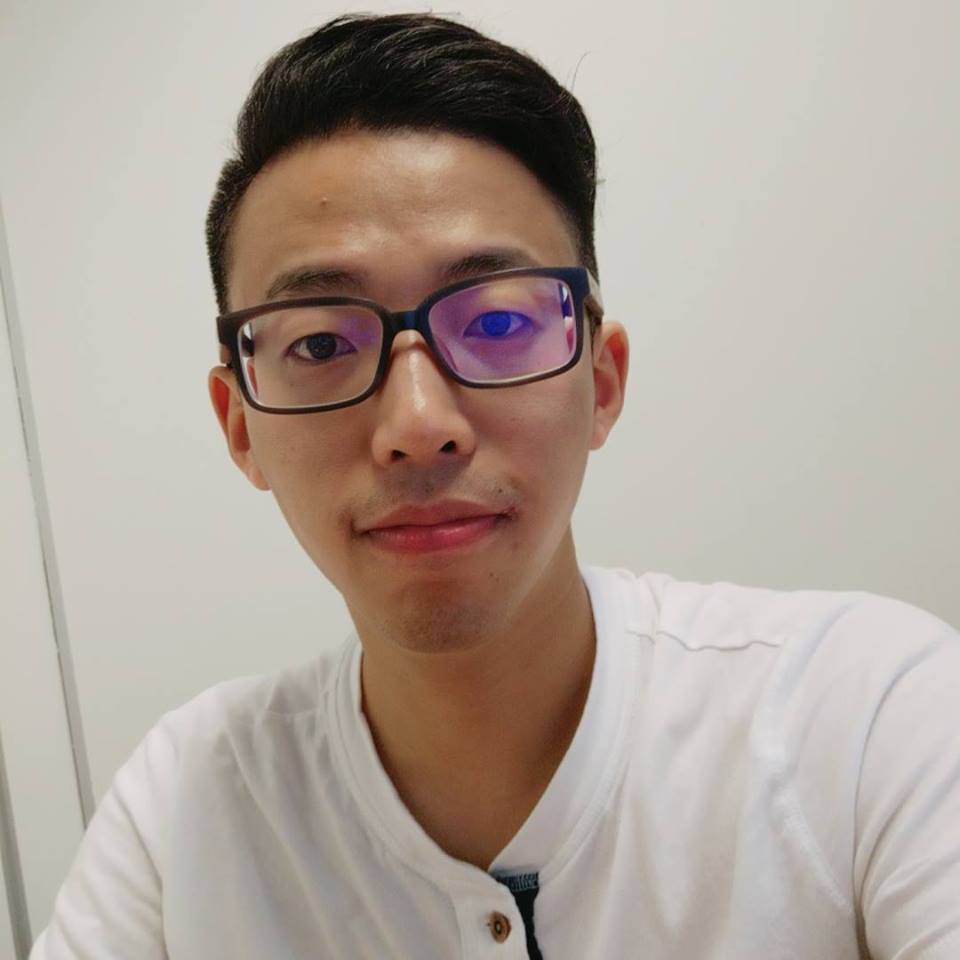

PhD Thesis Defence
- Wednesday, 28 February 2024
- 15:00
- Aula Senaatszaal
Revitalizing CMUTs
Shinnosuke Kawasaki.jpg)

PhD Thesis Defence
- Friday, 23 February 2024
- 12:30-01:30
- Aula Senaatszaal
Printed spark ablation nanoparticle films for microelectronics applications
Joost van Ginkel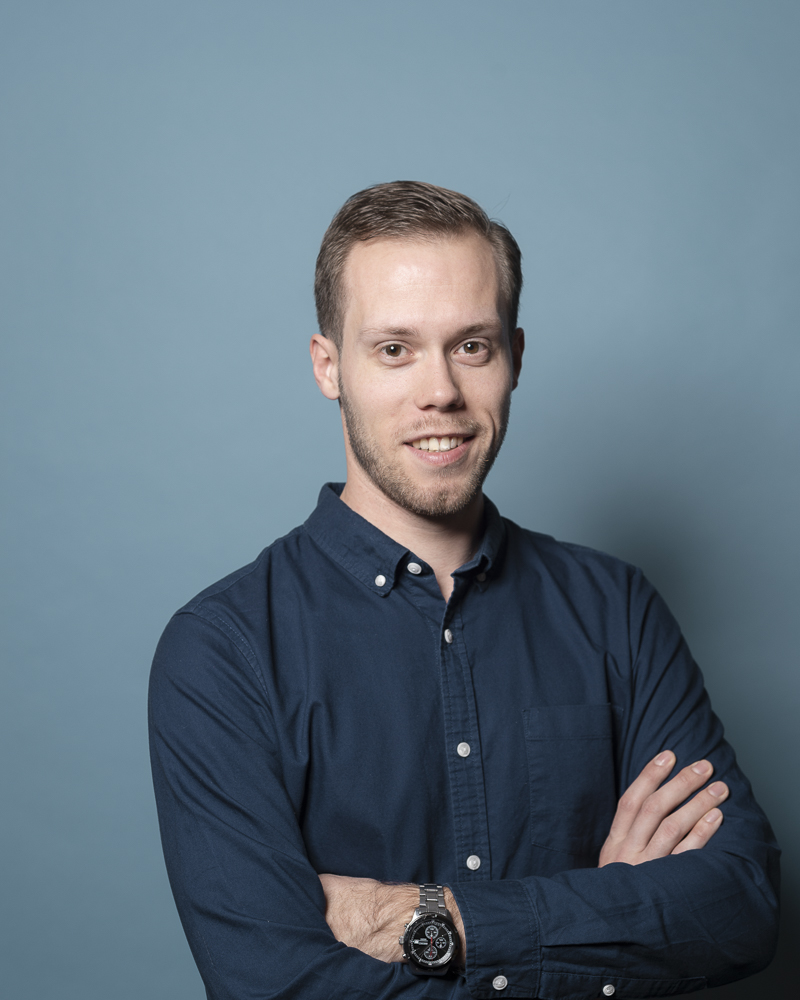

ECTM Master thesis event
- Tuesday, 20 February 2024
- 17:30
- Snijderszaal (LB 01.010)
ECTM Master thesis event
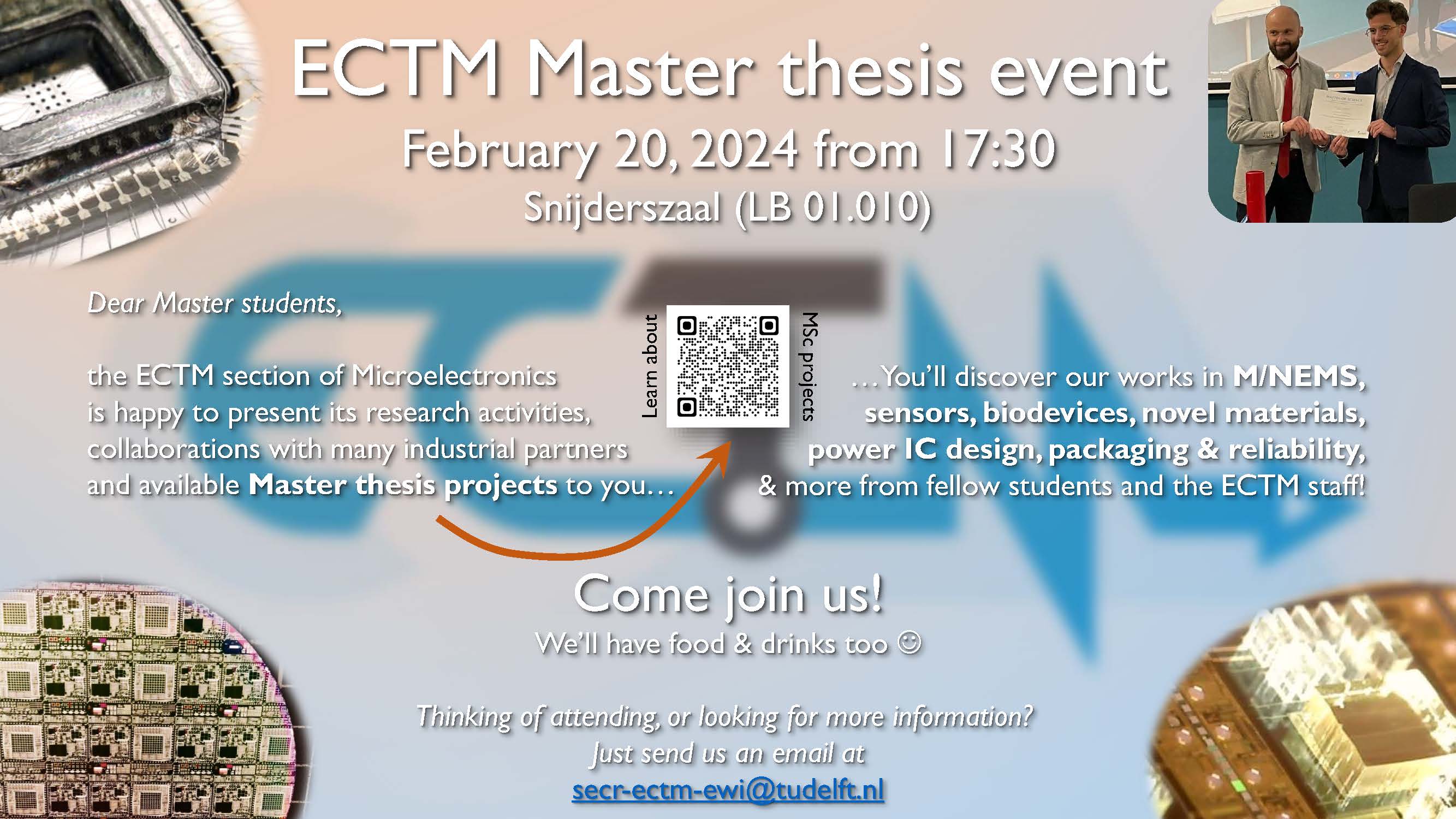
Dear Master students,
the ECTM section of the Microelectronics department is happy to present its research activities, collaborations with many industrial partners and available Master thesis projects to you.
In this event, you will discover our works in M/NEMS, sensors, biodevices, novel materials, power IC design, microelectronic packaging and reliability, and more from fellow students and the ECTM staff!
Come join us!
We will have food and drinks too :-)
Thinking of attending, or looking for more information?
Please register or inquire by sending us an email at secr-ectm.ewi@tudelft.nl
MSc thesis defence
- Tuesday, 13 February 2024
- 15:30
- Timmanzaal (LB 01.170)
Organ-on-Chip platform for Vascularisation of Cortical Brain Organoids with Transient Membrane
Friso Kahler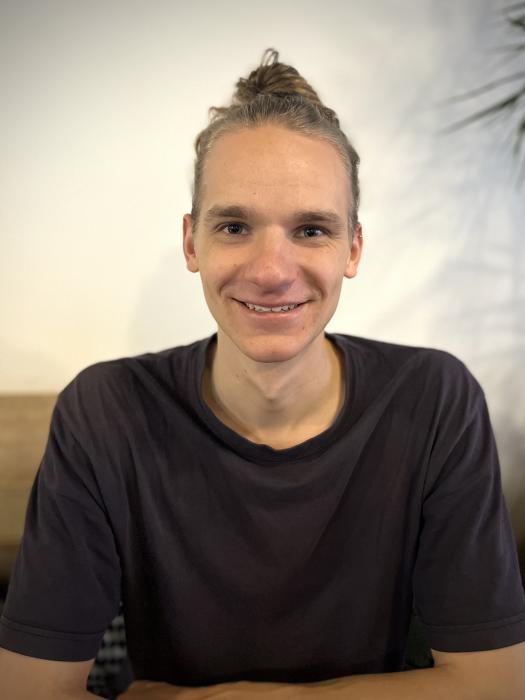
THz Symposium
- Thursday, 25 -- Thursday, 25 January 2024
- 09:30-17:00
- Lecture Hall D@ta, 36.HB.01.630
Dutch Symposium on Terahertz Science and Technology - 3rd Edition
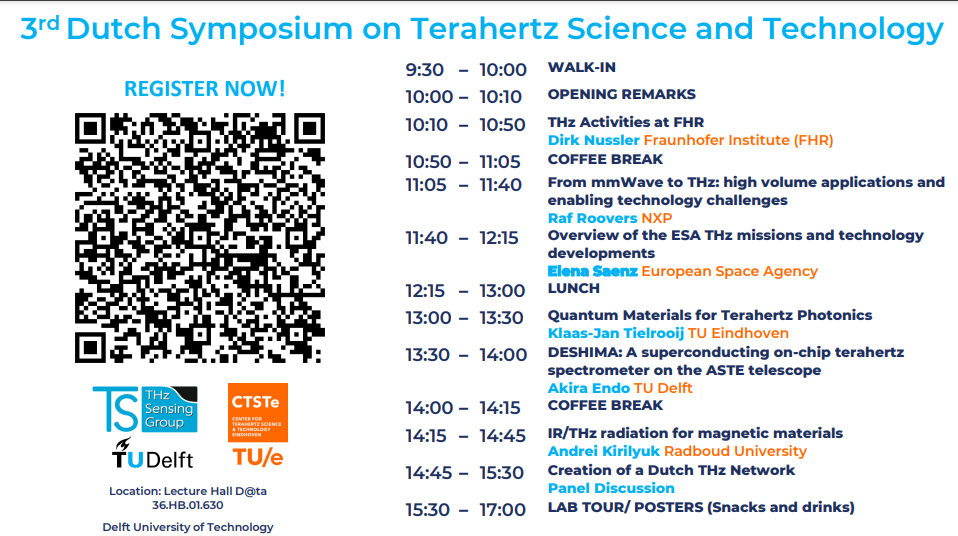
You are cordially invited to join us for the third edition of the Dutch Terahertz Symposium on January 25, 2024. It is a co-organized event between the Delft and Eindhoven University of Technology. With these series of symposiums, we aim to create an environment to exchange information and allow the Dutch Terahertz community to find collaborations and funding opportunities.
The 2024 Dutch Terahertz Symposium aims to bring together the Dutch research community and industry interested in the field of terahertz science and technology. There will be six featured talks from both academic and industrial institutions about the latest developments in the field. You can find the list of speakers and topics attached to this email. There will be plenty of opportunities for interaction with each other and inspired further community building.
Save the date to join a full day of interesting presentations, Q&As, and panel discussions!
Additional information ...
MSc ME Thesis Presentation
- Tuesday, 12 December 2023
- 15:00-16:00
- 3mE, Lecture Hall 2
Wireless Biodegradable Strain Sensor for Hip Implant Applications
Nikita Gopakumar
Summary
Hip replacement surgery, also termed total hip arthroplasty, is a surgical intervention intended to substitute a deteriorated or dysfunctional hip joint with an artificial prosthesis. This procedure is commonly indicated for individuals experiencing severe hip discomfort resulting from conditions like osteoarthritis, rheumatoid arthritis, hip fractures, or other hip-related issues that significantly impair mobility. Globally, more than 1 million total hip replacement surgeries are conducted annually. Given the substantial mechanical loads experienced by hip implants during regular activities, a thorough understanding and early identification of potential issues before implant failure are imperative. Continuous monitoring of strain is crucial to assess how the implant responds to various stresses over time. This monitoring aids in evaluating the implant’s durability and performance under diverse stress conditions, enabling proactive interventions, if necessary, to prevent critical failures.
Strain monitoring acts as a diagnostic tool to assess the implant’s status and the surrounding tissues. Deviations in strain patterns may signify problems such as implant loosening, wear, or bone loss around the implant. Moreover, this monitoring technique helps customize rehabilitation programs and recommend specific activities based on individual strain levels. Consequently, this tailored approach enhances recovery outcomes while mitigating associated risks.
This project involves the development of a passive wireless sensor designed to detect strain on hip implants for early failure detection. The fabrication of this sensor employs cleanroom techniques and protocols to ensure precision and reliability in its structure
MSc ME Thesis Presentation
- Friday, 8 December 2023
- 14:00-14:30
- Elektron (LB 01.230)
3D microelectrode integration in a muscle-on-chip device
Ramón Carballás BoludaAbstract. The current drug development process is a costly effort both in terms of budget and time. Organ-on-Chip (OoC) technologies are rapidly developing and are used for various applications and studies that aim to reduce the costs of this process. They represent the convergence between tissue engineering and microfluidic technology to provide researchers with an in vitro tool that can better recreate the environmental conditions in which cells would normally develop in vivo. One of the applications of this tool is the implementation of such platforms to study heart and muscle tissue. Electrical stimulation of this tissue is of great importance for these studies. There exist different ways in which these cells can be electrically stimulated such as microelectrode arrays (MEAs) or external electrodes. These methods pose several challenges that need to be addressed.
The scope of this project is to implement 3D microelectrodes into an already existing device from the company Bi/ond to electrically stimulate the cells developing inside. This approach aims to solve the existing challenges in current methods for the electrical stimulation of tissue. This project succeeded in developing such 3D microelectrodes although the functionality of the device could not be proven. However, several approaches were also studied and propositions were made on how to continue with this project
Microelectronics Colloquium
- Thursday, 23 November 2023
- 15:30-16:30
- EWI Snijderszaal (LB 1.010)
Neuromorphic On-Device Intelligence for Energy-Efficient AIoT
Chang Gao
In the swiftly advancing realm of Artificial Intelligence of Things (AIoT), the integration of edge smart devices and communication networks is becoming increasingly central to our digital infrastructure. In this context, the need for energy-efficient computing—characterized by low latency and low power consumption—is paramount, not only to enhance user experience across various AIoT applications but also to contribute to carbon neutrality. Neuromorphic computing emerges as a promising, sustainable solution, offering both efficiency and effectiveness. This presentation will delve into our recent research in neuromorphic computing, focusing on its application in speech recognition, eye tracking, and robotic control. Our work underscores the potential of neuromorphic technology to substantially reduce latency and energy consumption while managing complex tasks with negligible accuracy loss. In addition, we will delve into the application of AI for the correction of non-linearity in wideband RF power amplifiers, a critical aspect of advanced RF signal processing for emerging 6G and WiFi 7 technologies vital for connecting data-intensive AIoT devices in the future. By integrating neuromorphic computing, we aim to make AIoT devices more accessible, thereby enhancing the quality of life and fostering a sustainable, environmentally friendly future.
Additional information ...
Microelectronics Research Day 2023
- Thursday, 9 November 2023
- 09:30-17:30
- EEMCS
Microelectronics Research Day 2023

TU Delft Microelectronics Research Day
Fully booked!
Registering 2023 not for possible anymore
MSc ME Thesis Presentation
- Friday, 27 October 2023
- 10:00
- HB 14.090
Airflow sensors for flapper MAV drone
Laveena Manjunath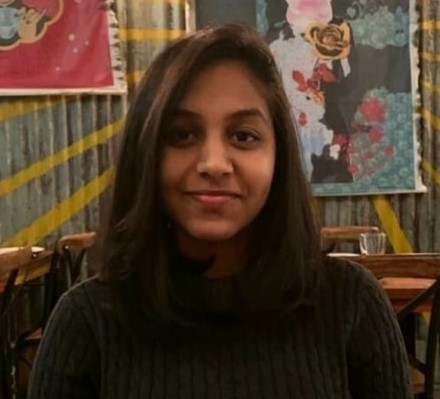
MSc ME Thesis Presentation
- Wednesday, 25 October 2023
- 13:00-14:00
- LB 01.170 (Timmanzaal)
Inductively coupled plasma deep reactive ion etching of high aspect ratio structures on 4H-SiC for MEMS applications
Zhenhua Zhang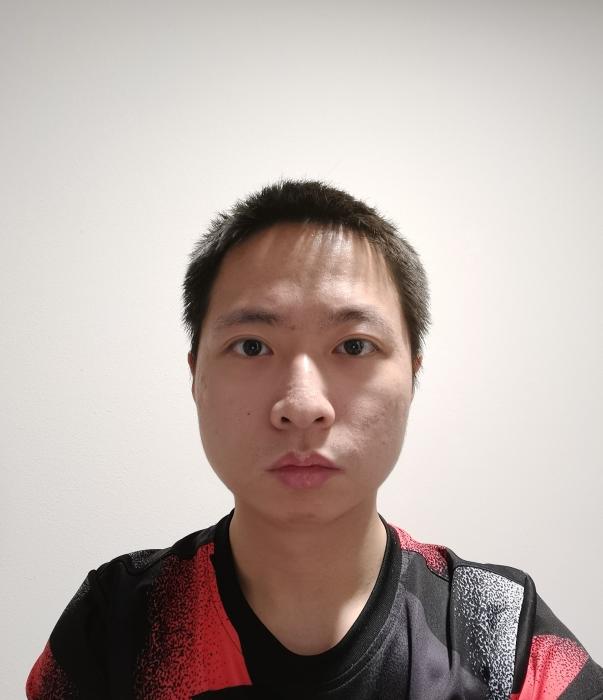
MSc ME Thesis Presentation
- Friday, 13 October 2023
- 09:45
- Elektron (LB 01.230)
Dead time control circuit in monolithic GaN class-D audio amplifier
Jing Pan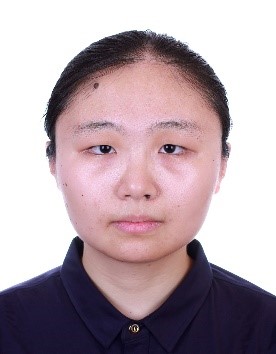
MSc ME Thesis Presentation
- Thursday, 31 August 2023
- 10:00
- LB 01.150 (Lipkenszaal)
Warpage Analysis on Power Module Ceramic Substrates.
Chieh Wang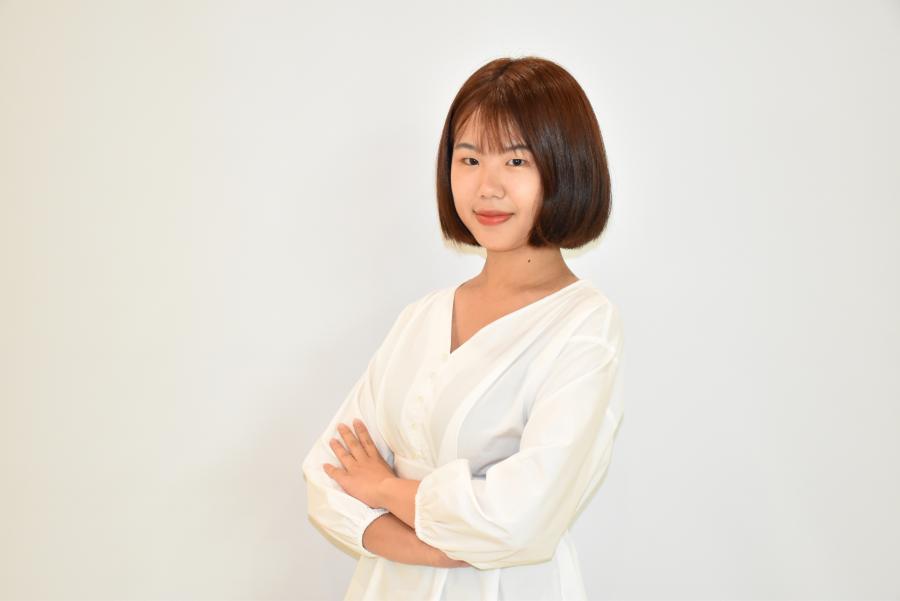
Abstract
In power module substrates, stacking multiple copper and ceramic layers with significant differences in CTE can lead to warpage issues during manufacturing. Warpage, induced by temperature variations, presents a risk of cracks and delamination within the devices.
The main objective of this project is to understand and address the warpage phenomenon in AMB substrates of power modules. The project investigates the cause of the warpage phenomenon, involves the FEM simulation validated through practical manufacturing process experiments, and implements the optimization design.
MSc ME Thesis Presentation
- Friday, 25 August 2023
- 13:00
- Elektron (LB 01.230)
Characterization of solder joint degradation under board-level reliability tests for vibration and thermal cycling
Letian Zhang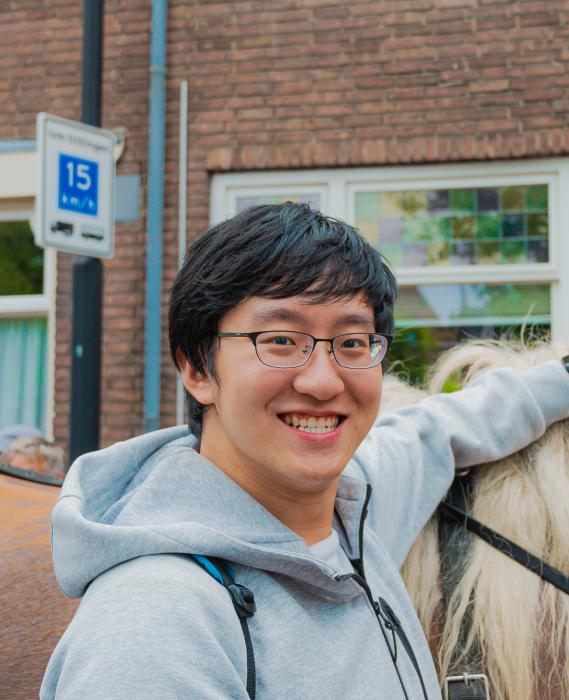
Abstract:
Board-level reliability (BLR) looks at the reliability problem in the package and PCB interconnection, which is an important topic in microelectronics. The current criterion in the BLR test is to look if the connection is open, which can only detect the failure and there is no available method that can detect the degradation of the solder joints. This project mainly focuses on the degradation process of solder joints in board-level vibration tests and thermal cycle tests. Two kinds of test vehicles are adopted in this project, one is a QFN56 package equipped with a four-wire resistance measurement circuit and the other one is a piezoresistive sensor, which can figure out the changes in stress distribution over two solder joints. Special methods and test programs are developed tailored for the two aforementioned test vehicles, and some of the test results are collected and analyzed. Assisted by the failure analysis technique, the cross-section of the solder joint can be viewed and the crack length can be measured. Findings in this study show the parameter shift during the solder joint degradation and also the mathematic model that describes the relationship between the crack length of the solder joint and resistance increment in electrical measurement. Moreover, with the statistical tools, we find the potential method that can considerably decrease the BLR test time by changing the failure criteria.
Daily advisors: Varun Thukral, Adwait Inamdar
Supervisor: prof. Willem van Driel
MSc ME Thesis Presentation
- Wednesday, 23 August 2023
- 13:30
- Meeting room 1.2 (LB 01.190)
Optimizing sensitivity of capacitive pressure sensors through improved intraocular pressure monitoring
Kiana Griffith
Abstract: This thesis analyzes and describes a wearable pressure sensor to detect intraocular pressure and guide clinician diagnosis of glaucoma. Although glaucoma has many symptoms and risk factors, high intraocular pressure is the most predominant. A method to continuously and accurately record intraocular pressure measurements and fluctuations in a patient could lead to a more reliable glaucoma diagnosis and a better understanding of glaucoma progression. The proposed sensor consists of an ecoflex dielectric layer, between two graphene-silver nanowire spiral antenna electrodes which also act as the membrane structure. The sensor deflection depends on the intraocular pressure fluctuations; higher pressure leads to larger deflection values, therefore, larger capacitance change. The capacitance change leads to a shift of the resonant frequency, which is simulated in this thesis. The sensor must be smaller than 11 mm2 to fit on a commercial lens. Specifically, this thesis analyzes and simulates the effects of electrode thickness and shape on the overall performance of the sensor. The optimum geometry of the capacitive sensor is analyzed to maximize sensor sensitivity and quality factor, with a correlated frequency appropriate for a wearable lens. Using Computer Simulation Technology, the optimized antenna dimensions are spiral-electrodes with a plate thickness of 350μm, and 3 spiral revolutions; leading to an increase in sensitivity of 1.4 MHz/mmHg.
MSc ME Thesis Presentation
- Tuesday, 22 August 2023
- 10:00
- Pulse Hall 5 (building 33)
Portable microfluidic chip perfusion and heating solution for high-magnification optical microscopy
Vladimir Leshko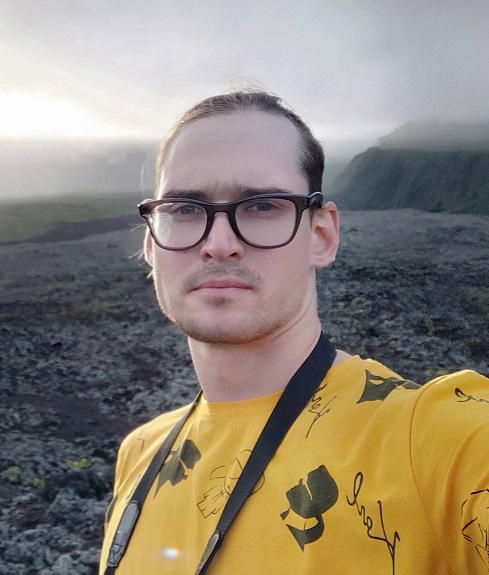
MSc ME Thesis Presentation
- Wednesday, 5 July 2023
- 10:30-11:00
- HB 17.140
Design and fabrication of a smart vaporizing liquid microthruster for cubesat applications
Georgios Spernovasilis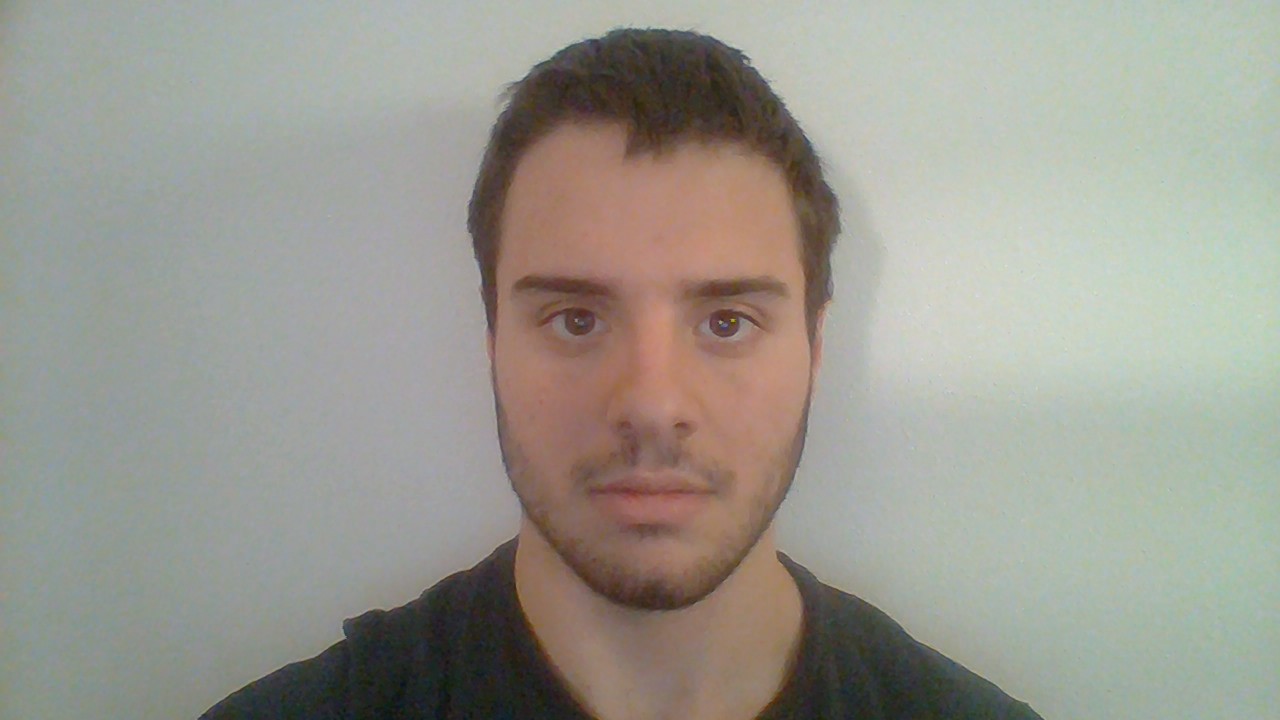
PhD Thesis Defence
- Tuesday, 4 July 2023
- 12:30-14:00
- Aula Senaatszaal
Ionic electroactive polymer for organs-on-chip applications
Paul Motreuil-Ragot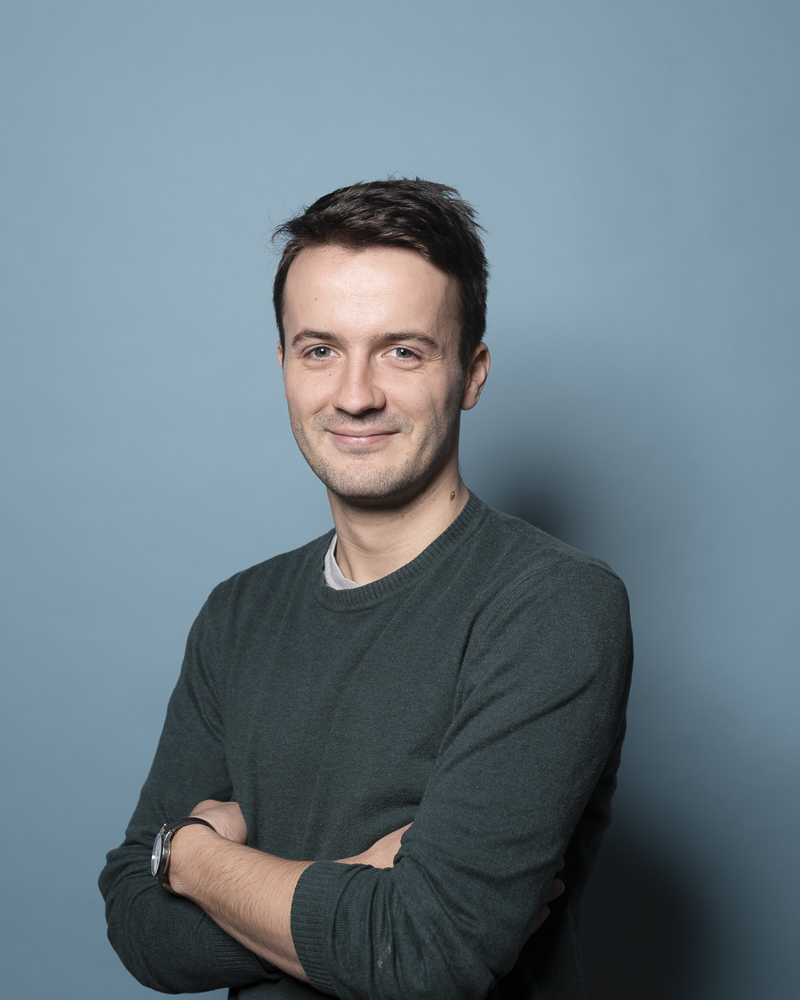

ME colloquium
- Thursday, 22 June 2023
- 15:00-16:00
- EEMCS, lecture hall Chip
Towards fully- electric organs-on-chips
Massimo Mastrangeli.jpg)
Organs-on-chip are microsystems aiming to recapitulate a relevant part of human physiology in vitro within an engineered in vivo-like microenvironment. This technology sits at the convergence of tissue engineering and microfabrication, and has the potential to advance our knowledge of human physiology and enhance along the way the current drug development process. As I will illustrate in the seminar, the specific approach we pursue at ECTM targets the design and development of innovative organs-on-chip, whose multi-material and scalable fabrication processes allows to integrate electrical sensing and actuation functionalities within the devices. By making them more compact, easier to use, and ultimately autonomous, we aim to foster a wider adoption of the organs-on-chip in research and industry, and to contribute to educate a new generation of biotechnological scientists.
Additional information ...
PhD Thesis Defence
- Tuesday, 6 June 2023
- 10:00-11:30
- Aula Senaatszaal
A miniature sensorized platform for engineered heart tissue
Milica Dostanic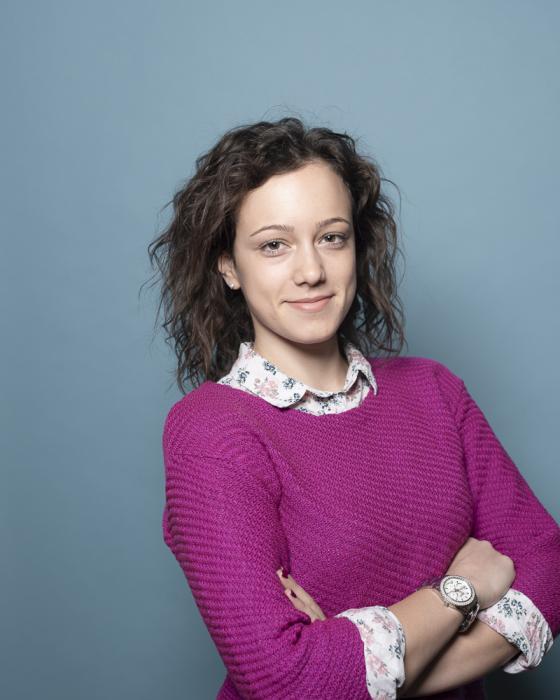

PhD Thesis Defence
- Monday, 24 April 2023
- 15:00-16:30
- Aula Senaatszaal
Understanding the Fundament of Virus Inactivation via Modelling
Chunjian Tan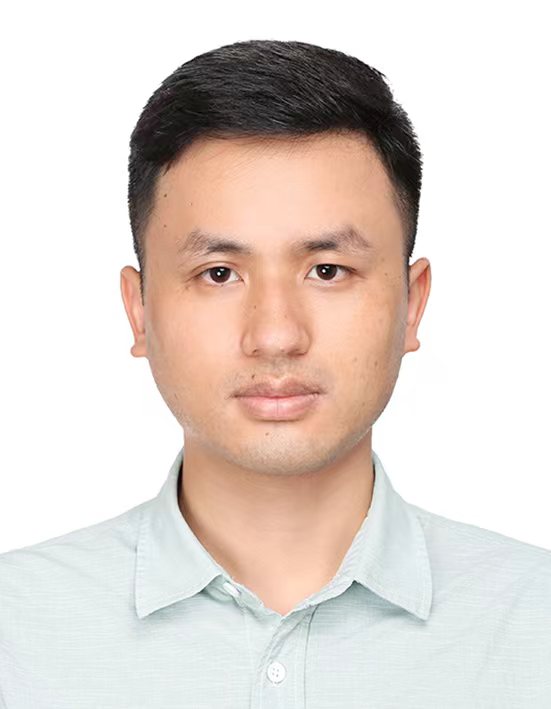

Symposium
- Friday, 21 April 2023
- 09:00-18:00
- EEMCS - Lecture Hall Chip
Heterogeneous system integration - Driving the EU Chip Act ambitions
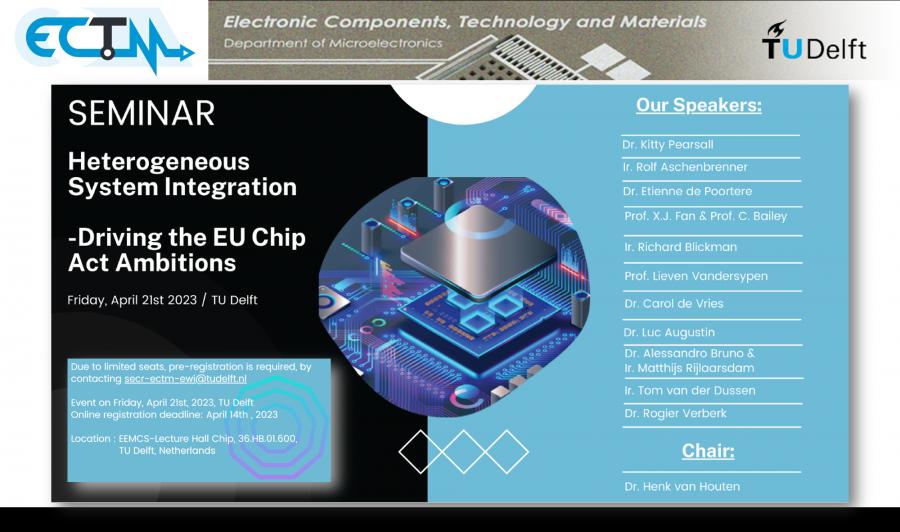
The Netherlands have a strong national ecosystem for quantum, photohics and semiconductor technologies, well connected to international key players. This symposium aims to build on this strength by intensifying collaboration among these domains.
Heterogeneous integration plays a crucial role in enabling future quantum, photonics and semiconductor technologies by creating new functionalities and business opportunities through the integration of different chips, technologies and materials into a single system.
This symposium will discuss the importance of heterogeneous integration and its potential for creating more industry and business value. It also aims to cultivate human resources for heterogeneous integration, further strengthening the Dutch ecosystem.
Join us to explore the exciting opportunities that heterogenous system integration can offer for the Dutch ecosystem and beyond, and to be part of the conversation on driving the EU Chip Act ambitions.

MSc ME Thesis Presentation
- Monday, 27 February 2023
- 15:00-17:00
- Lecture Hall E - Robert Hooke (Building 34)
Two-photon polymerization-based 3D-multi-electrode arrays for electrical monitoring of neuronal cells
Thomas Michalica
Abstract:
3D-multi-electrode arrays (3D-MEAs) are needed to overcome the limitations of 2D-multi-electrode arrays (2D-MEAs) and enable the electrical characterisation of 3D neuronal cultures in in-vitro brain models, advancing the understanding of neurological disorders and paving the way to personalized medicine. The aim of this thesis was to overcome some of the limitations of current 3D-MEA devices and develop structures approaching the stiffness of the brain microenvironment, by using materials softer than conventional Silicon.
A polymeric 3D-MEA was designed and developed by means of an innovative combination of two-photon polymerisation (2PP), a 3D printing technology with sub-micrometer resolution, and standard wafer-level microfabrication methods from the semiconductor industry. Two novel fabrication protocols were developed, the first being a combination of 2PP with high-aspect ratio photolithography, which, though feasible, proved to require an inconveniently laborious process flow. The second fabrication process employed instead 2PP to fabricate the polymeric structures, pattern the microelectrodes, and provide electrical insulation. The 2PP-based process flow was ultimately preferred due to its potential for fabrication of structures of higher aspect ratio and geometrical complexity for 3D-MEA, extending their measurement resolution. Furthermore, a wafer-level alignment routine was developed with an alignment repeatability of 2PP structures of ±5 µm, which enabled the multistep 2PP fabrication process. A novel maskless photolithography via 2PP process was also developed to pattern thin films over slanted surfaces, utilizing photoresist and glycerol-based immersion optics.
The resulting 3D-MEA consisted of 15 printed polymeric pyramids featuring a total of 60 gold microelectrodes. The electrical insulation of the traces was partially successful, and will require further process development. The results demonstrate the feasibility of merging, for the first time, the 2PP process with standard wafer-level microfabrication techniques, specifically for the fabrication of a 3D-MEA for in-vitro studies of iPSC neuronal cultures.
The 2PP-based solutions provided in this thesis show a promising pathway for the development of more complex and biomimetic 3D-MEAs. More generally, the developed wafer-level alignment routine and maskless photolithography via 2PP process for high-aspect ratio structures contribute to advance the field of microfabrication, and may enable the development of other types of innovative microdevices.
PhD Thesis Defence
- Monday, 30 January 2023
- 12:30-13:30
- Aula Senaatszaal
Pressure-assisted Cu Sintering for SiC Die-attachment Application
Xu Liu

MSc ME Thesis Presentation
- Friday, 13 January 2023
- 10:30
- EKL Colloquium (EKL 01.180)
Graphene with platinum nanoparticles for neural recording and stimulation
Samantha Rice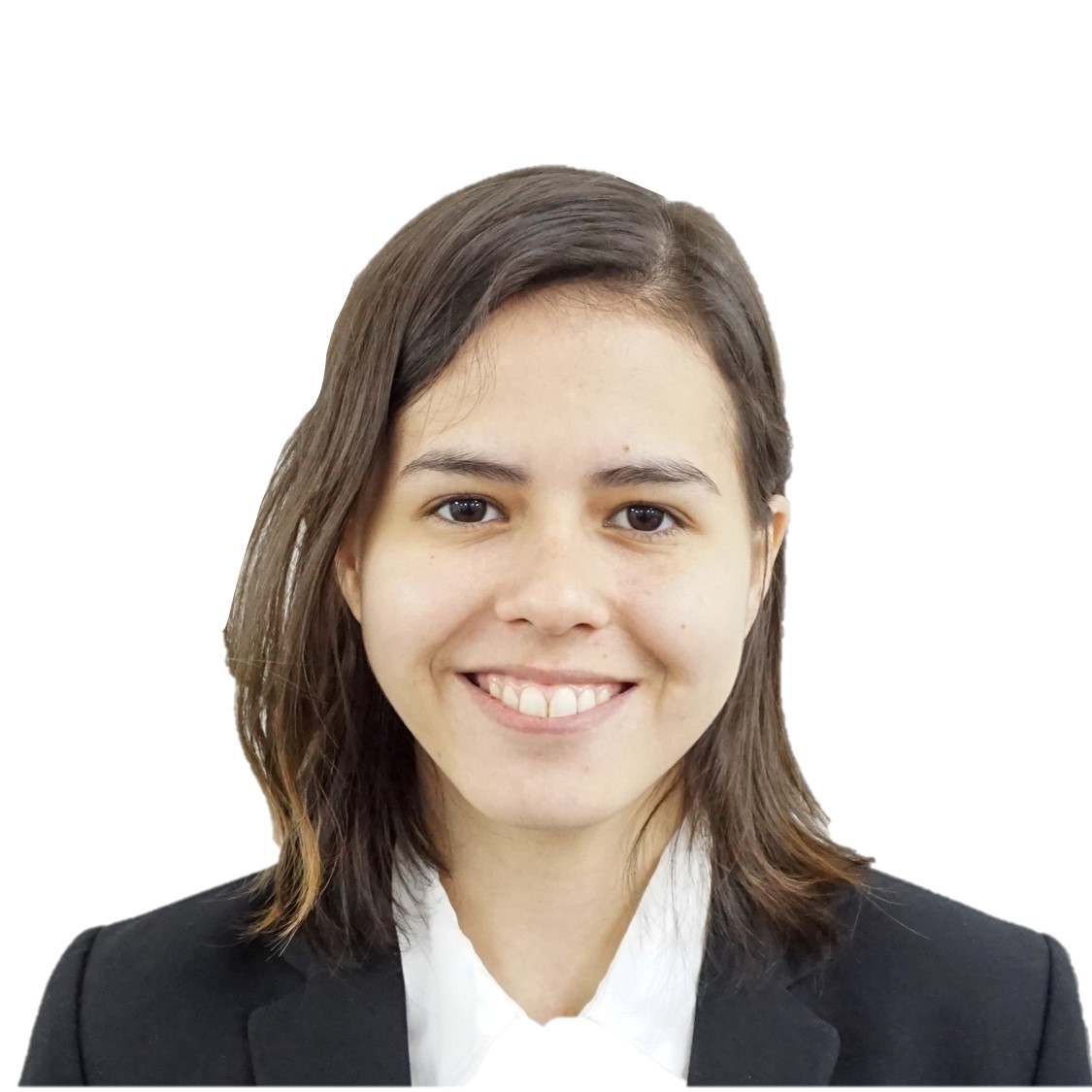
Link for streaming: Click here to join the meeting
MSc ME Thesis Presentation
- Tuesday, 20 December 2022
- 13:00
- HB17.140/150
Fabrication of 3-Dimensional Electrode for a Heart-on-Chip Application
Shirley Kannan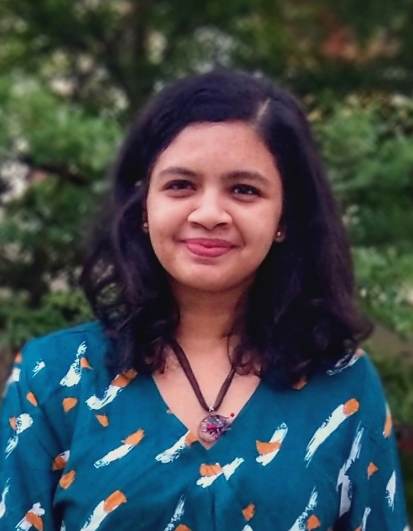
PhD Thesis Defence
- Monday, 19 December 2022
- 17:30-19:00
- Aula Senaatszaal
Integrated silicon carbide sun position sensor system-on-chip for space applications
Joost Romijn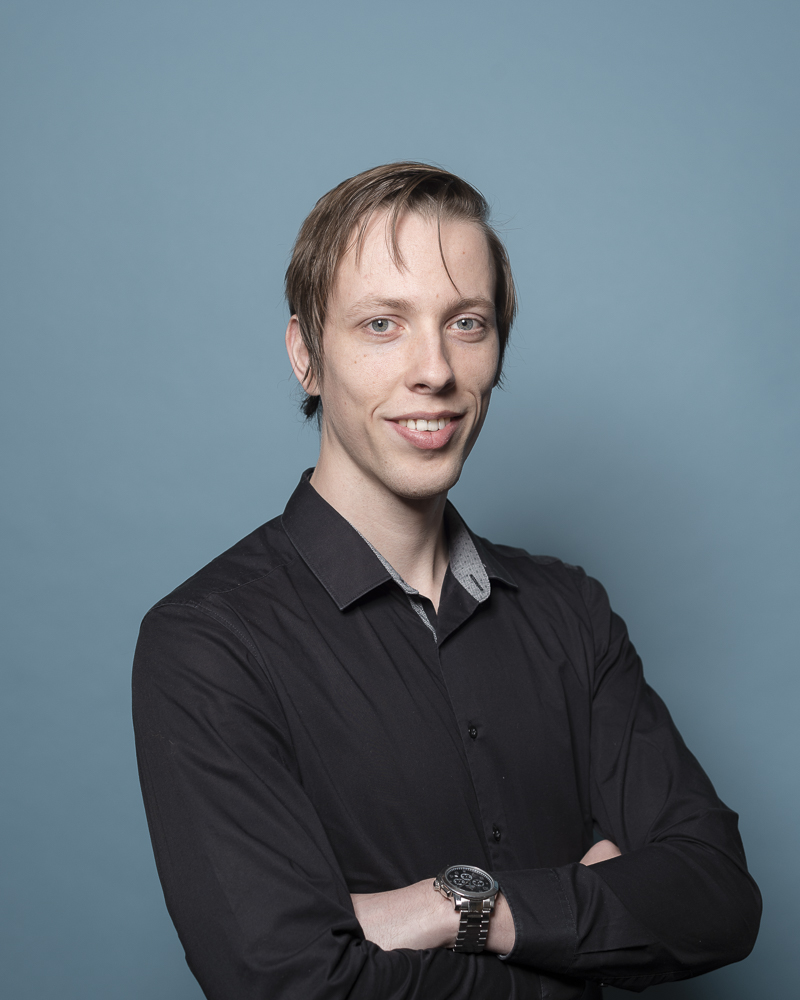

MSc ME Thesis Presentation
- Friday, 16 December 2022
- 10:00-11:00
- EKL 01.180
Design, Production and Characterisation of an LPCVD-Based Poly-Silicon Carbide Pressure Sensor for Extreme Environment
Tom Salden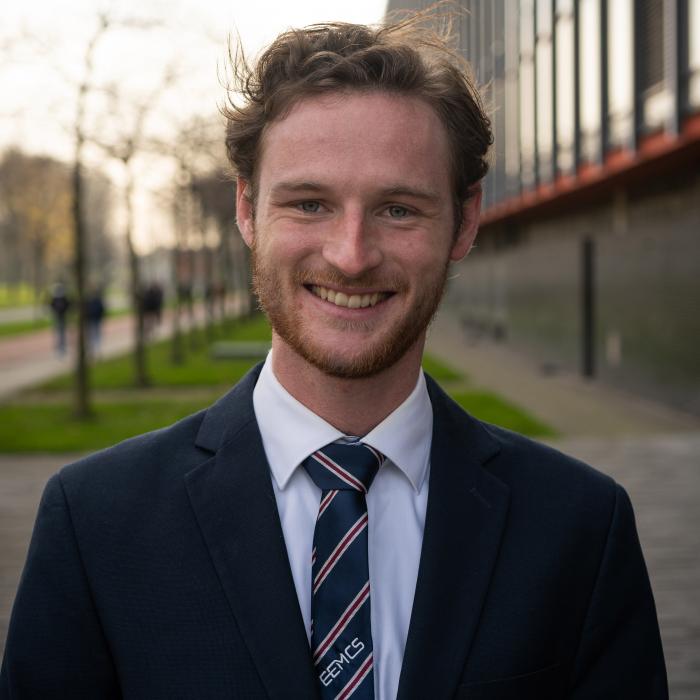
MSc ME Thesis Presentation
- Wednesday, 7 December 2022
- 13:00-14:00
- Van de Poelzaal LB01.220
HV power MOSFET embedding
Rami Younis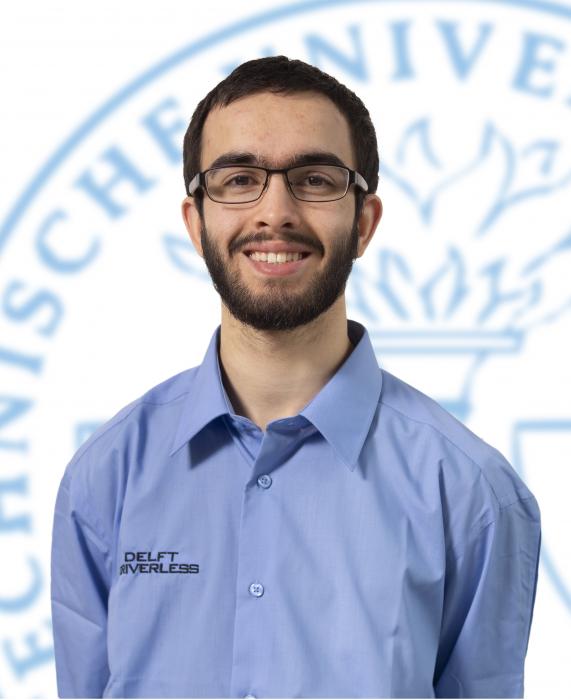
MSc ME Thesis Presentation
- Wednesday, 30 November 2022
- Philips Eindhoven HTC4 4.13-4.15
Characteristics of BioMEMS polymers
Silvana van der Voort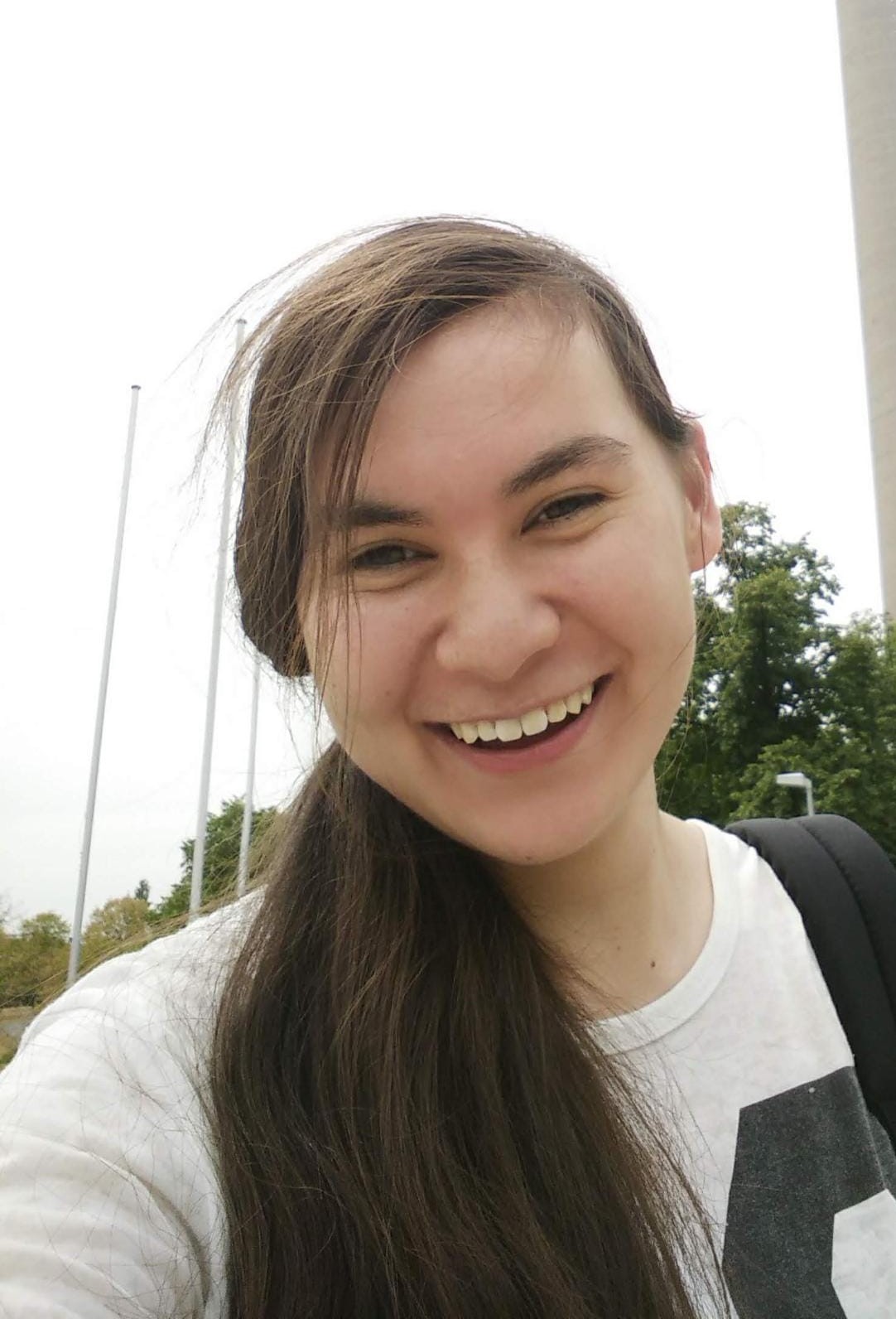
MSc ME Thesis Presentation
- Wednesday, 30 November 2022
- 13:00
- EKL Colloquium (EKL 01.180)
Vacuum sealing of MEMS cavities using nanoparticle sintering
Mustafeez Bashir Shah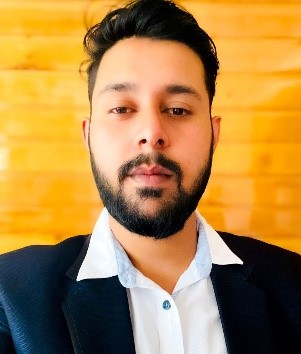
MSc ME Thesis Presentation
- Monday, 28 November 2022
- 15:30
- Snijderszaal (LB 01.010)
Towards a readout for capacitive displacement sensor in a an engineered heart tissue device
Filippo Pfaiffer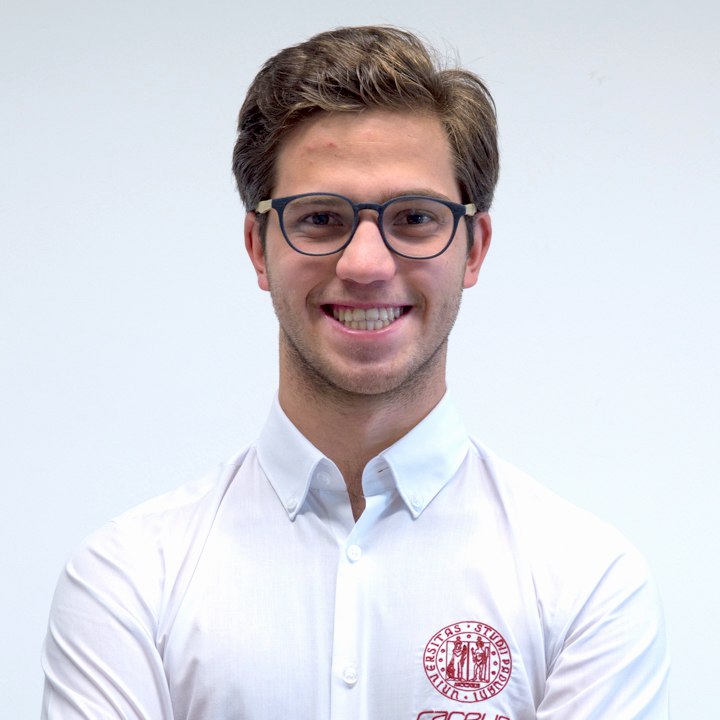
MSc ME Thesis Presentation
- Tuesday, 22 November 2022
- 14:00
- HB.15.090
Ultrasound Tracking and Data telemetry using CMUTs
Sai Sandeep Lolla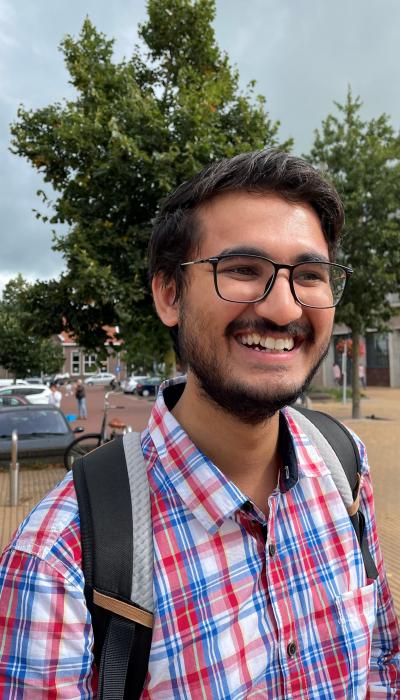
MSc ME Thesis Presentation
- Wednesday, 16 November 2022
- 11:00
- 3mE collegezaal A
Wearable Ultrasound for Respiratory Monitoring in the Intensive Care Unit
Annemijn Hintzen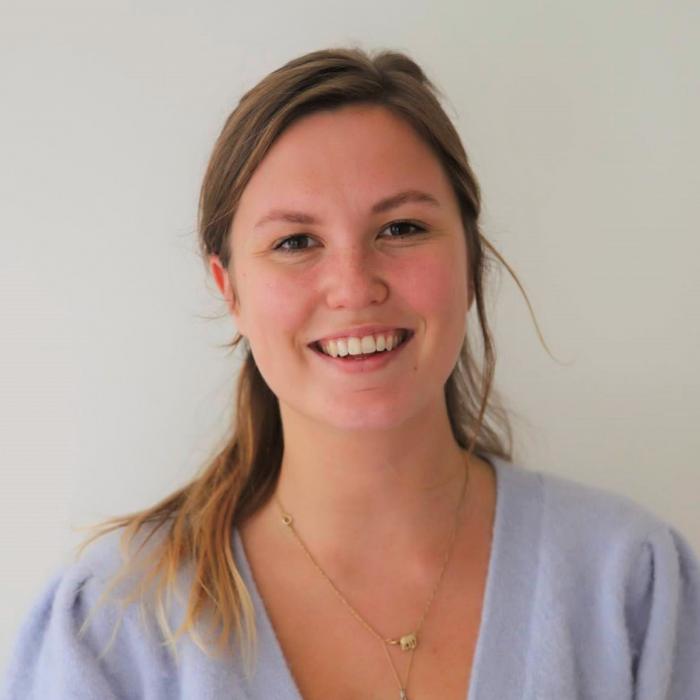
MSc ME Thesis Presentation
- Tuesday, 8 November 2022
- 10:30-11:30
- EKL Colloquiumroom EKL 01.180
Temperature sensor based on 4H Silicon Carbide Bipolar Junction Transistor with Measurement Range up to 400 Degree Celsius
Michaël Chengshang
MSc ME Thesis Presentation
- Monday, 31 October 2022
- 12:30
- Instruction Hall I (3mE, building 34)
Design of a membrane for a lung-on-a-chip device
Sophie den Boer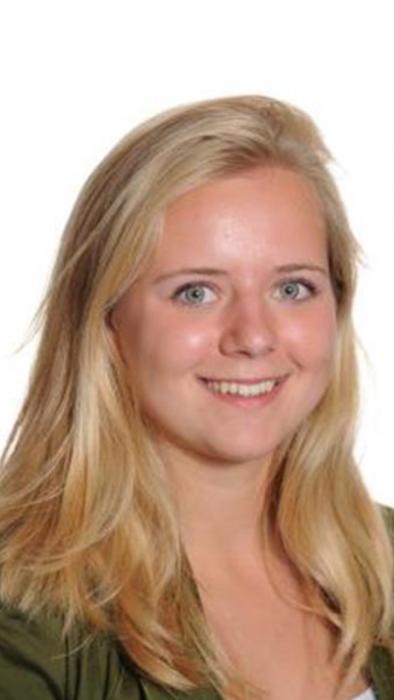
MSc ME Thesis Presentation
- Monday, 31 October 2022
- 10:00-10:45
- EWI - Meeting room 15.1
A Low-Noise Transimpedance Amplifier for Ultrasound Imaging with 40dB Continuous-Time Gain Compensation
Qian Wang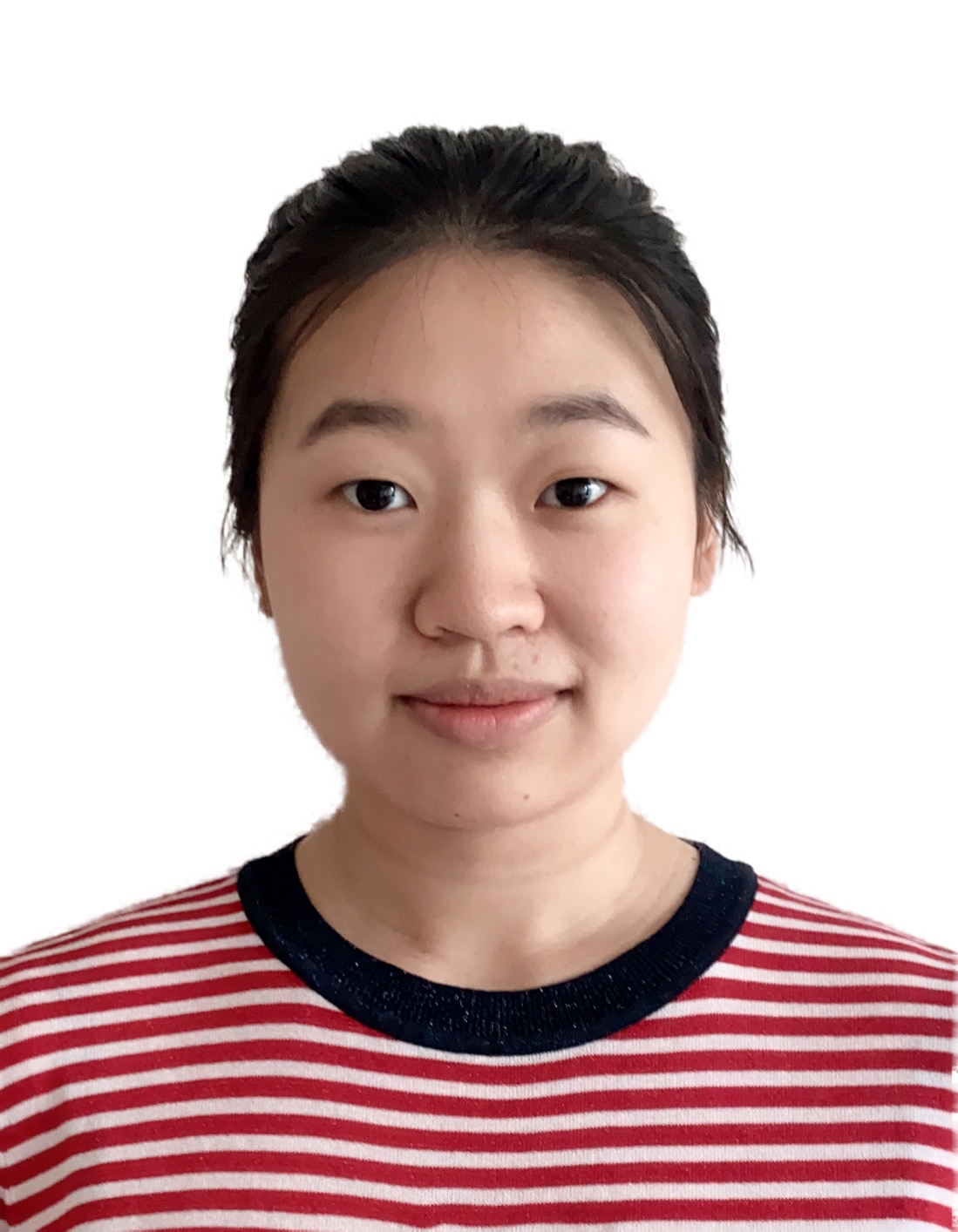
This work presents a low-noise amplifier (LNA) for miniature 3D ultrasound probes. Time gain compensation (TGC) is required to provide continuously variable gain and compensate for the attenuated echo signal, resulting in decreased output dynamic range (DR). As TGC is embedded in the LNA, a power-hungry LNA is no longer needed to handle the full dynamic range of attenuated echo signal. Compared to prior art where TGC is applied after the LNA, this structure reduce die area and power consumption greatly.
The LNA with built-in TGC functionality is comprised of a transimpedance amplifier (TIA) with exponentially increasing feedback resistive network. Since a transducer with a relatively high impedance is targeted, a TIA is utilized to interface with the tranducer and sense the signal current. TGC is implemented in a continuous fashion by tunable resistors so as to alleviate imaging artifacts associated with gain switching moments. The resistive feedback network is achieved by triode transistors with exponentially decreasing gate voltages. Three parallel branches of triode transistors are varied simultaneously to obtain 40dB gain range. Each branch consists of two back-to-back triodes to mitigate non-linearity related to the body effect.
The variable-gain loop amplifier employing a current-reuse topology enables constant closed-loop bandwidth in an energy-efficient way. The first stage is a fixed-gain stage with dynamic biasing to save power at the lowest gain setting. The next two stages are variable-gain stages with variable resistive loads. The load resistor is implemented in the same fashion as the TIA’s feedback resistor to achieve intrinsic gain matching. The last stage is a buffer to provide low output impedance for stability.
The LNA has been designed in 0.18 μm CMOS technology and occupies an estimated die area of 0.0339 mm2. The effective gain range is 40 dB with ±1 dB gain error. The LNA’s noise floor at the highest gain is below 1.15 pA/rt-Hz and its harmonic distortion is better than -40 dB. During 100 μs receive period, the total power consumption is 6mW from a ±0.9 V supply. The LNA featuring small area and high power efficiency is a promising circuit for miniature 3D ultrasound probes.
Microelectronics Colloquium
- Thursday, 27 October 2022
- 15:30-16:30
- LB 1.010 Snijderszaal
Advances in Low-Field MRI Hardware Design and Data Processing
Rob Remis
In this talk we discuss several recent advances in low-field Magnetic Resonance Imaging (MRI). We focus on magnet and gradient coil design for a low-field MR scanner in which the strong background field is generated by permanent magnets (Halbach systems). These design problems are treated as inverse source problems, which are severely ill-posed in general. How to obtain approximate (regularized) solutions to these problems is discussed and the practical implementation of these solutions is addressed as well. Several processing algorithms that can handle compressed noisy MR input data are also presented and we illustrate the performance of these algorithms on simulated and measured low-field MR data.
Additional information ...
MSc ME Thesis Presentation
- Thursday, 27 October 2022
- 10:00-11:00
- Snijderzaal LB 01.010
Concentrating and inactivating the surrogate of SARS Cov-2 using electric fields on planar micro-chip electrodes
Devashish Mantri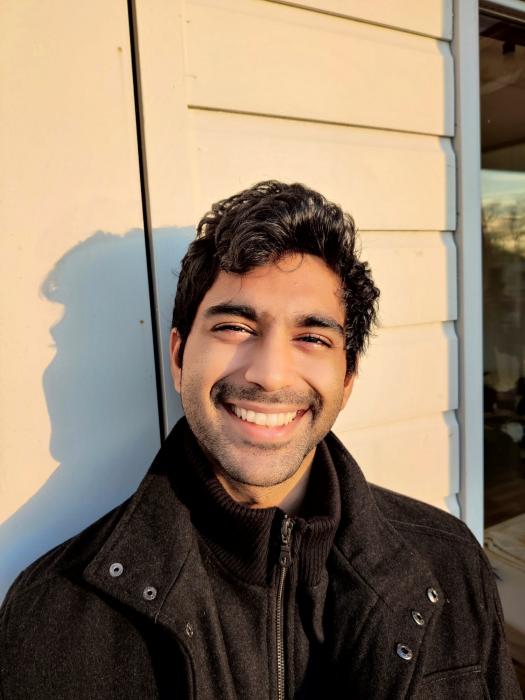
MSc ME Thesis Presentation
- Tuesday, 25 October 2022
- 14:00-15:00
- Snijderzaal LB01.010
Spark Ablated Metal Oxide Nanoparticles for Gas Sensing
Esad Beydilli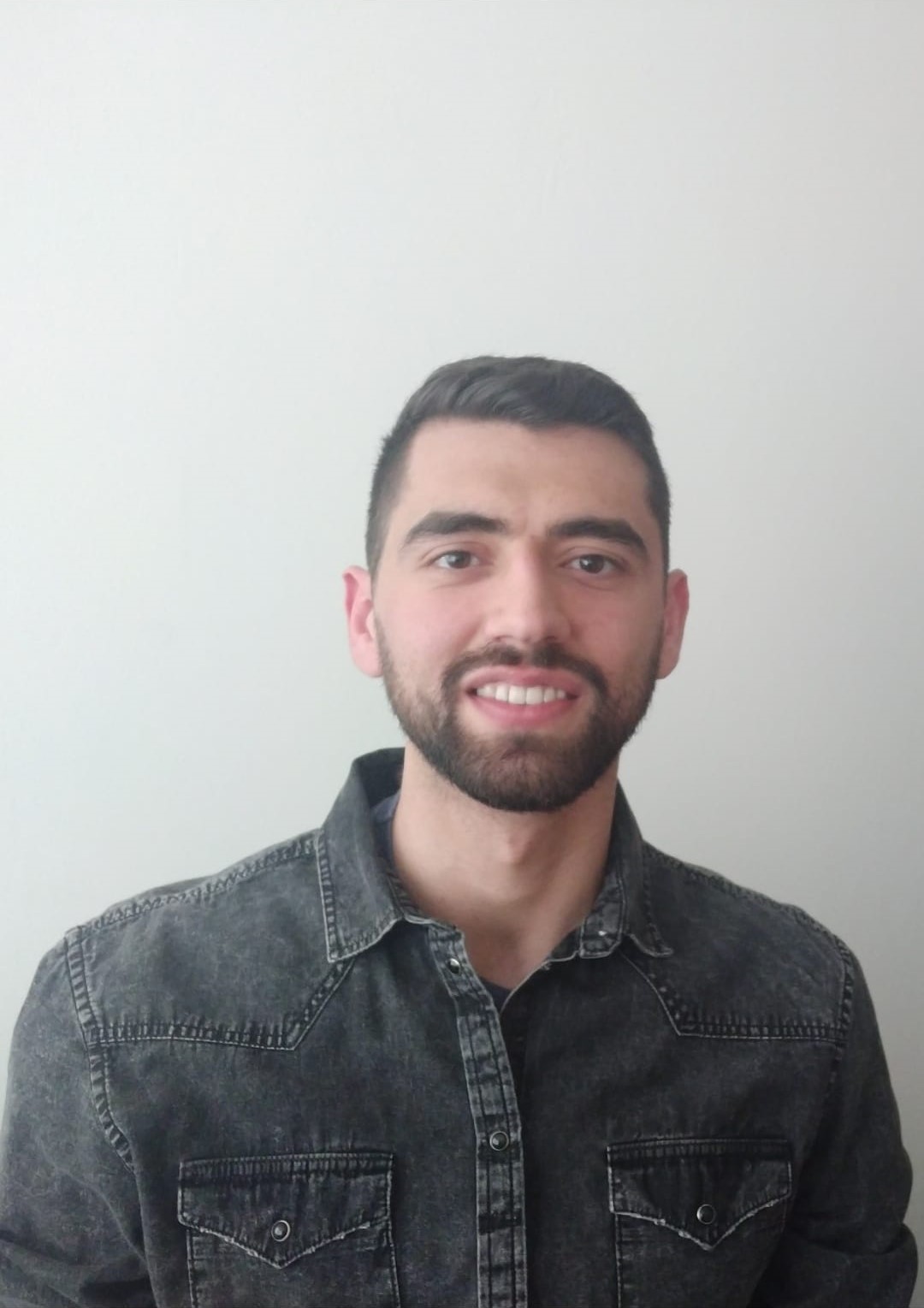
MSc ME Thesis Presentation
- Thursday, 20 October 2022
- 13:00-14:00
- LB 01.220 van der Poelzaal
Flip-chip nanometallic interconnects with self-aligned underfill
Weiping Jiao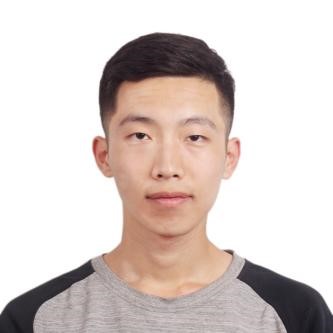
MSc ME Thesis Presentation
- Thursday, 20 October 2022
- 15:00-16:00
- EKL Colloquiumroom EKL 01.180
Route towards large thin power Mosfet die mechanical robustness
Nikhil Gupta.jpg)
MSc ME Thesis Presentation
- Monday, 17 October 2022
- 13:00
- Snijderzaal LB 01.010
Threshold instability and trap modelling in SiC MOS capacitor
Jinglin Li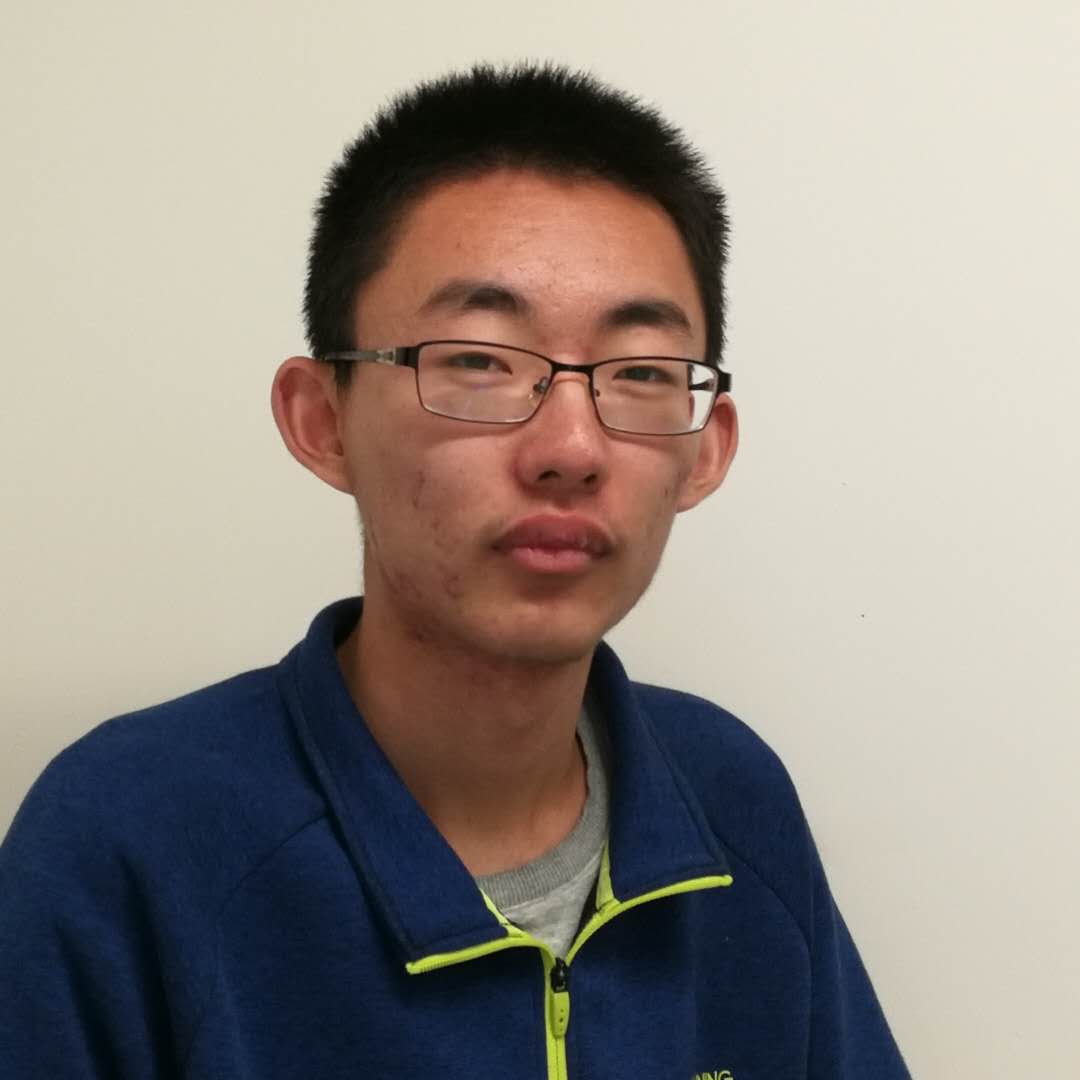
Microelectronics Colloquium
- Thursday, 22 September 2022
- 15:30-16:30
- TBD
Sparsity-constrained Linear Dynamical Systems
Geethu Joseph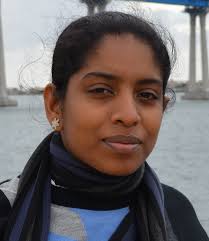
Abstract: At the intersection of control engineering and signal processing sits the upcoming field of sparse control and state estimation of linear dynamical systems. It deals with linear dynamical systems with control inputs having a few nonzero entries compared to their dimensions. Constraining the inputs to be sparse is often necessary to select a small subset of the available sensors or actuators at each time instant due to energy, bandwidth, or physical network constraints. Bringing together research from classical control theory and compressed sensing, the talk presents a comprehensive overview and critical insights into the conceptual foundations of sparsity-constrained systems, including the formulation, theory, and algorithms. We look at the concrete example of a budget-constrained external agent controlling the opinion of a social network.
Additional information ...
PhD Thesis Defence
- Tuesday, 13 September 2022
- 12:00-13:30
- Aula Senaatszaal
Integrated Transceiver Circuits for Catheter-based Ultrasound Probes and Wearable Ultrasound Patches
Mingliang Tan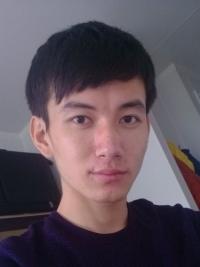
Promotors: Michiel Pertijs and Ronald Dekker
Thesis: link
Collegerama link (live stream of the defence): link
Abstract: This thesis describes the design, prototyping, and experimental evaluation of transceiver ASICs (application-specific integrated circuits) for catheter-based ultrasound probes and wearable ultrasound patches. Various circuit techniques are proposed to address requirements and implementation bottlenecks in these applications. Prototype chips are presented to demonstrate the effectiveness of these techniques. To reduce the loading effect of micro-coaxial cables in an ICE probe based on capacitive micro-machined ultrasound transducers (CMUTs), an ASIC prototype including element-level high-voltage pulses and low-noise trans-impedance amplifiers has been implemented. Besides reducing the loading effect from micro-coaxial cables, ASICs play an important role in achieving cable-count reduction, which is crucial for 3-D imaging catheters, such as forward-looking IVUS probes. Circuit techniques are proposed to implement a prototype ASIC which only requires 4 cables to interface with a 2D piezoelectric transducer array. Additionally, to address the challenges in interface electronics for wearable ultrasound patches, a prototype ASIC is presented that contains 64 reconfigurable transceiver channels that can interface with different transducer elements by employing channel-parallelizing techniques.
Additional information ...
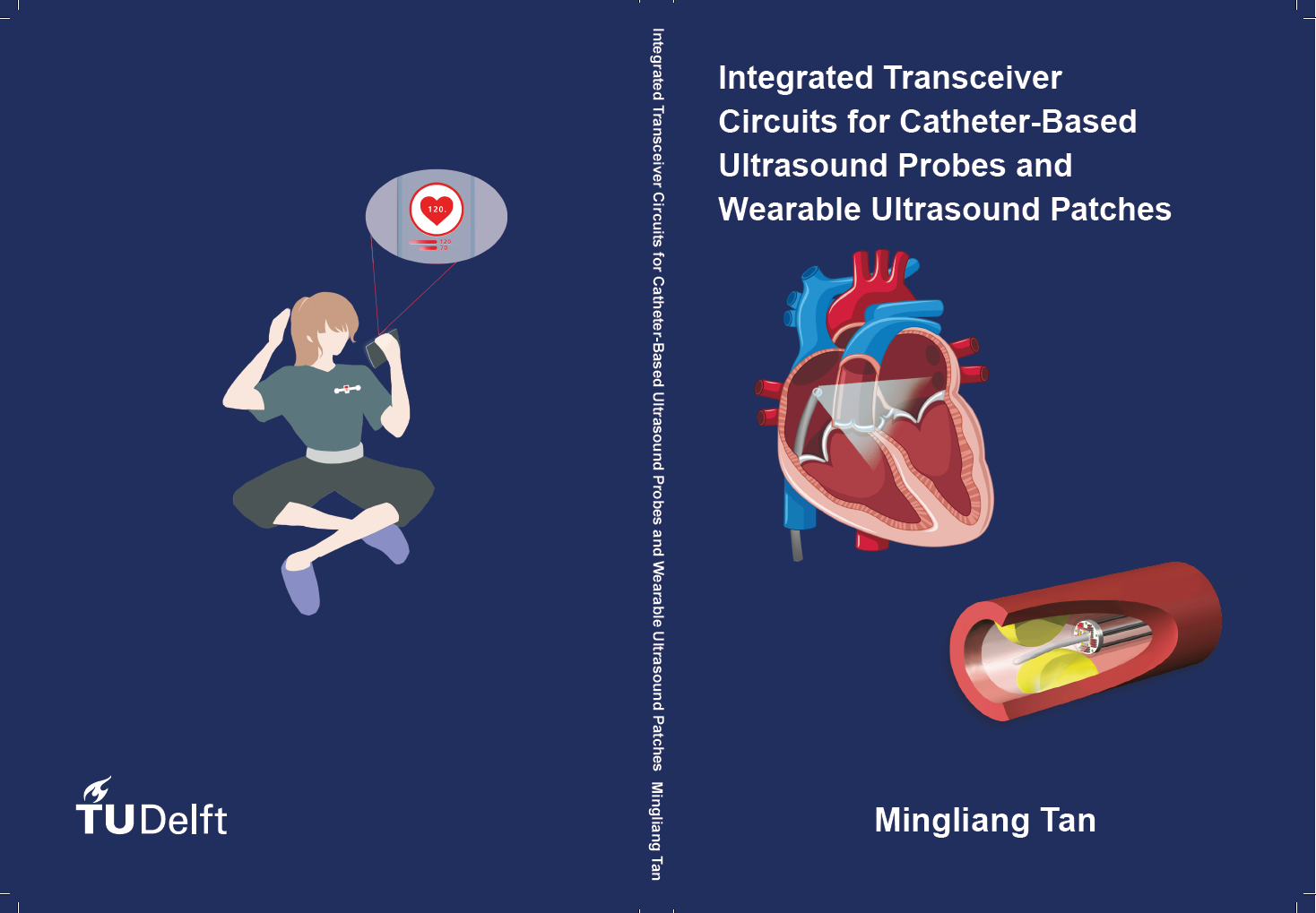
Special EI Colloquium
- Tuesday, 13 September 2022
- 10:00-11:00
- EWI - Lecture Hall F
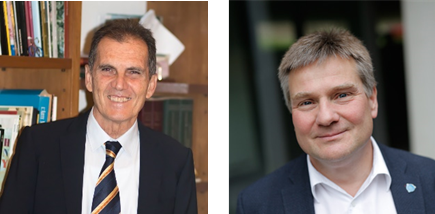
Real-time High-Frame Rate imaging: Novel Methods and Applications
Prof. Piero Tortoli
Microelectronics Systems Design Laboratory
University of Florence, Italy
Medical imaging is increasingly based on High-Frame-Rate (HFR) methods, which are in principle capable of producing one frame (or even one data volume) per transmission event. However, achieving such a goal in real-time implicitly involves the transfer and processing of huge amount of data at high rates, and this can be done only through an appropriate experimental setup.
In this talk, the main characteristics of the hardware-based open scanner ULA-OP 256 are briefly reviewed, and its recent advancements, such as the data transfer acceleration obtained through an architectural change, and the possible expansion toward the control of an unlimited number of probe elements, are reported in detail. The “virtual real-time” modality will also be described as ideal to obtain the best performance from specific HFR imaging modalities. Finally, the combination of ULA-OP 256 with properly designed sparse 2-D arrays will be shown suitable for the investigation of full volumes. The talk will be concluded with the presentation of experimental results in a few sample applications, including multi-plane imaging, HFR CFM and HFR vector Doppler.
Micro- and Nanosystems at ESAT, KU Leuven
Prof. Michael Kraft
ESAT, Micro- and Nano-Systems
KU Leuven, Belgium
This seminar will give an brief overview of the activities in micro- and nanosystems at the Electrical Engineering Department (ESAT) of KU Leuven. It will describe the available infrastructure and give a short overview of current research activities in the division Micro- and Nanosystems (MNS), which currently comprises 24 PhD students, 4 postdoctoral researchers and 2 technicians.
A selection of current active projects and recent highlights will be presented, including work on:
- Coupled resonators for mass sensing applications
- Piezoelectric ultrasound technology arrays for medical imaging and underwater communication
- Micromachined probes for neuro recording and stimulation
- Multi-parameter sensing chip for bioreactor condition monitoring
- Genetic Algorithm for the design of MEMS devices (accelerometers and microgrippers)
Finally, the newly founded Leuven Institute for Micro- and Nano Integration (LIMNI) will be briefly introduced.
Note: This Colloquium precedes the PhD defence of Mingliang Tan, which will take place in the Aula on the same day at 12:00 (layman’s talk), 12:30-13:30 (defence). More information can be found here.
MSc ME Thesis Presentation
- Friday, 9 September 2022
- 10:00-11:00
Design and characterization of a wireless power transfer system for optogenetic ambulatory defibrillation
Bram den Ouden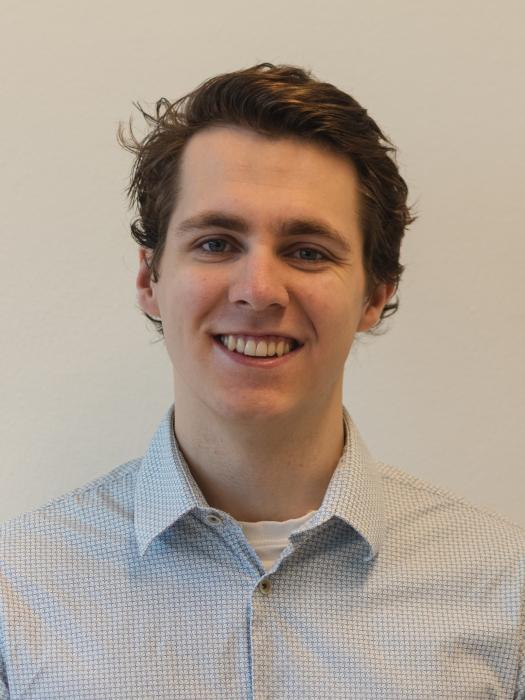
MSc ME Thesis Presentation
- Wednesday, 31 August 2022
- 09:30-11:00
- D@ta
A 3D Printed Soft Actuated Pupil Expansion Device for Cataract Surgery
Oualid Zoumhani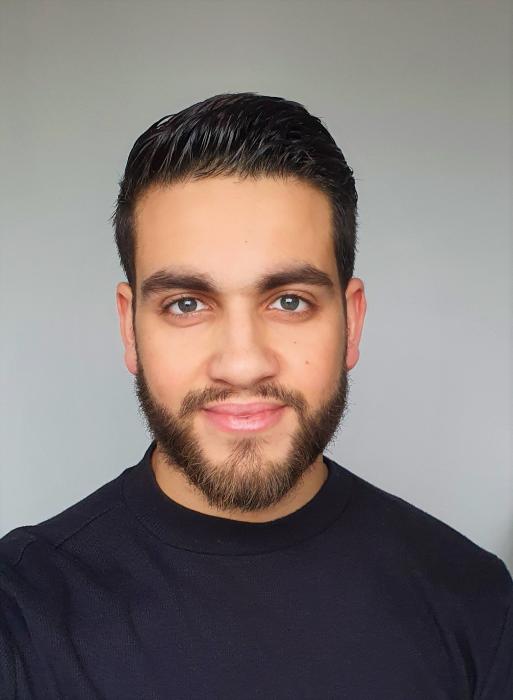
MSc ME Thesis Presentation
- Friday, 26 August 2022
- 10:00-11:00
- Room H (3mE, building 34)
Biodegradable magnetic actuator for mechanical stretching of cells in organs-on-chip
Zhengwei Liao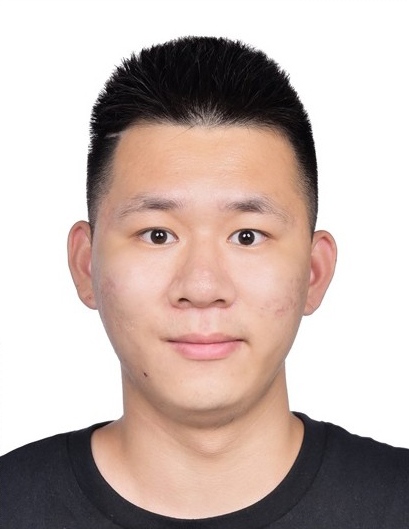
MSc ME Thesis Presentation
- Monday, 22 August 2022
- 14:00-15:00
- EKL Colloquium (EKL 01.180)
Gas Sensor based on array of Multi-layer Graphene (MLG) Decorated with Metal/Metal Oxides nanoparticles (NPs)
Hanxing Meng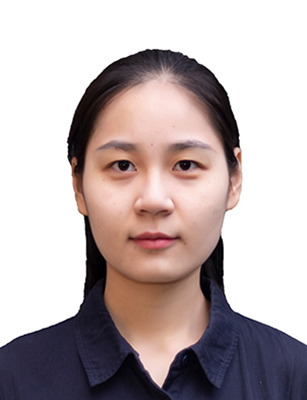
To attend online: use this link
IEEE Sensors Young Professionals June Webinar
- Thursday, 30 June 2022
- 13:00-14:00
- Online
Energy Autonomous Environmental Sensors
Anton KöckMaterial Center Leoben, Austria
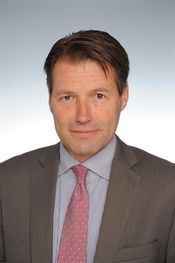
You are invited to the IEEE Young Professionals Engagement Series (YES) which is organized by the IEEE Sensors Council YP Committee. It is a pleasure to announce the next speaker in this webinar series.
Speaker: Dr. Anton Köck, Key Researcher & head of the Sensor Solution Group, Materials Center Leoben, Austria
Date: June 30, 2022
Time: 13:00 Central European Time
Registration: Free, but required. Register using the Google Form link mentioned below.
Google Form Link: https://forms.gle/6eeStfXBthbKnHQC8.
You will be sent the meeting link after you register: https://us02web.zoom.us/j/86889096934?pwd=a214YkVvU21wbVpwQVNwanRraFdRUT09
Title: Energy Autonomous Environmental Sensors
Abstract: Nowadays ~90% of time is spent indoors; thus, air quality monitoring has become of increasing importance to check for potential indoor and outdoor pollutans, which have a negative impact on our health. For providing an area wide air quality monitoring, the optimum would be an IoT capable network of energy autonomous sensor systems which harvest and store the energy for daily operation. This presentation will mostly focus on air quality sensors, the operating principle and the state-of-the-art on the market. We will show our approach in optimizing chemical sensor devices by use of nanomaterials and how we integrate several devices to multi sensor system. Finally, we will discuss the requirements and challenges for energy autonomous sensor systems.
About the Speaker: Anton Köck studied Experimental Physics at the University of Innsbruck, Austria. After a Post Doc position at the Technical University Munich, he was head of the Optoelectronics research group at the Institute for Solid State Electronics, Vienna University of Technology, where he habilitated in the field of Optoelectronics in. He was a professor for Physics and Material Science at the Wiener Neustadt University for Applied Sciences. Next, he was Deputy Head of the business unit Nano Systems, Austrian Institute of Technology, in Vienna, where he established the research on gas sensors based on nanomaterials. Since 2013 he is Key Researcher at the Materials Center Leoben and is head of the Sensor solution group. Anton Koeck has more than 230 publications and conference contributions and has been the General Conference Chair of the EUROSENSORS 2018 conference.
Seminar on Wide-bandgap semiconductor technology and industry
- Tuesday, 28 June 2022
- 09:30-17:00
- Delft University of Technology
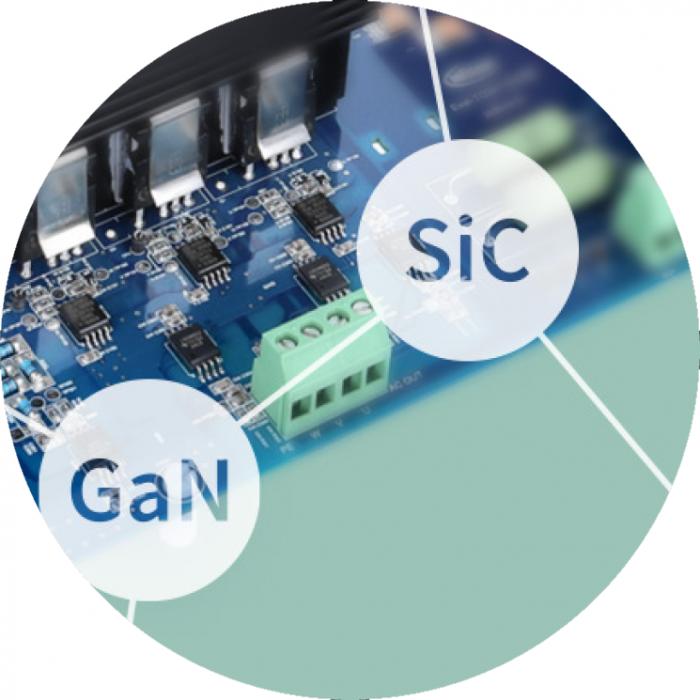
This seminar will highlight the state of the art of technology and industry of wide bandgap semiconductors (WBS), which are becoming the cornerstones of future power electronics, communication (5G and beyond) and optoelectronics.
WBS have not only many grand scientific challenges, but also vital economic and societal impact for today and the future. This seminar consists of presentations by global leading experts from both academia and industry, and a panel discussion with key stakeholders from Dutch semiconductor eco-system.
Location: Lecture room Chip (Building 36)
For more information: Program flyer
Register before the 10th of June: secr-ectm-ewi@tudelft.nl
Additional information ...
PhD Thesis Defence
- Monday, 27 June 2022
- 12:30
- Aula Senaatszaal
Light dosage optimization in antifungal blue light therapies by experiments and modeling
Tianfeng Wang

PhD Thesis Defence
- Monday, 27 June 2022
- 10:00
- Aula Senaatszaal
Quasi-vertical gallium nitride diodes for power microwave applications
Yue Sun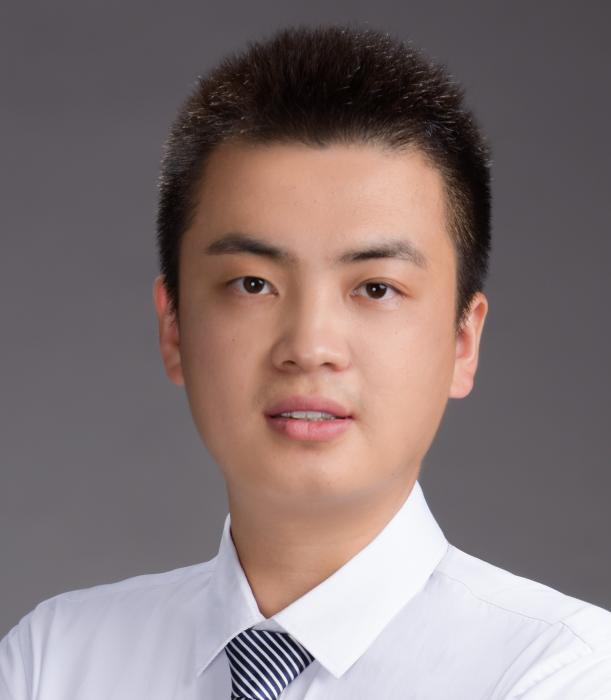

MSc ME Thesis Presentation
- Tuesday, 21 June 2022
- 09:30-10:30
Monolithically fabricated flexible graphene-based active implant
Tawab Karim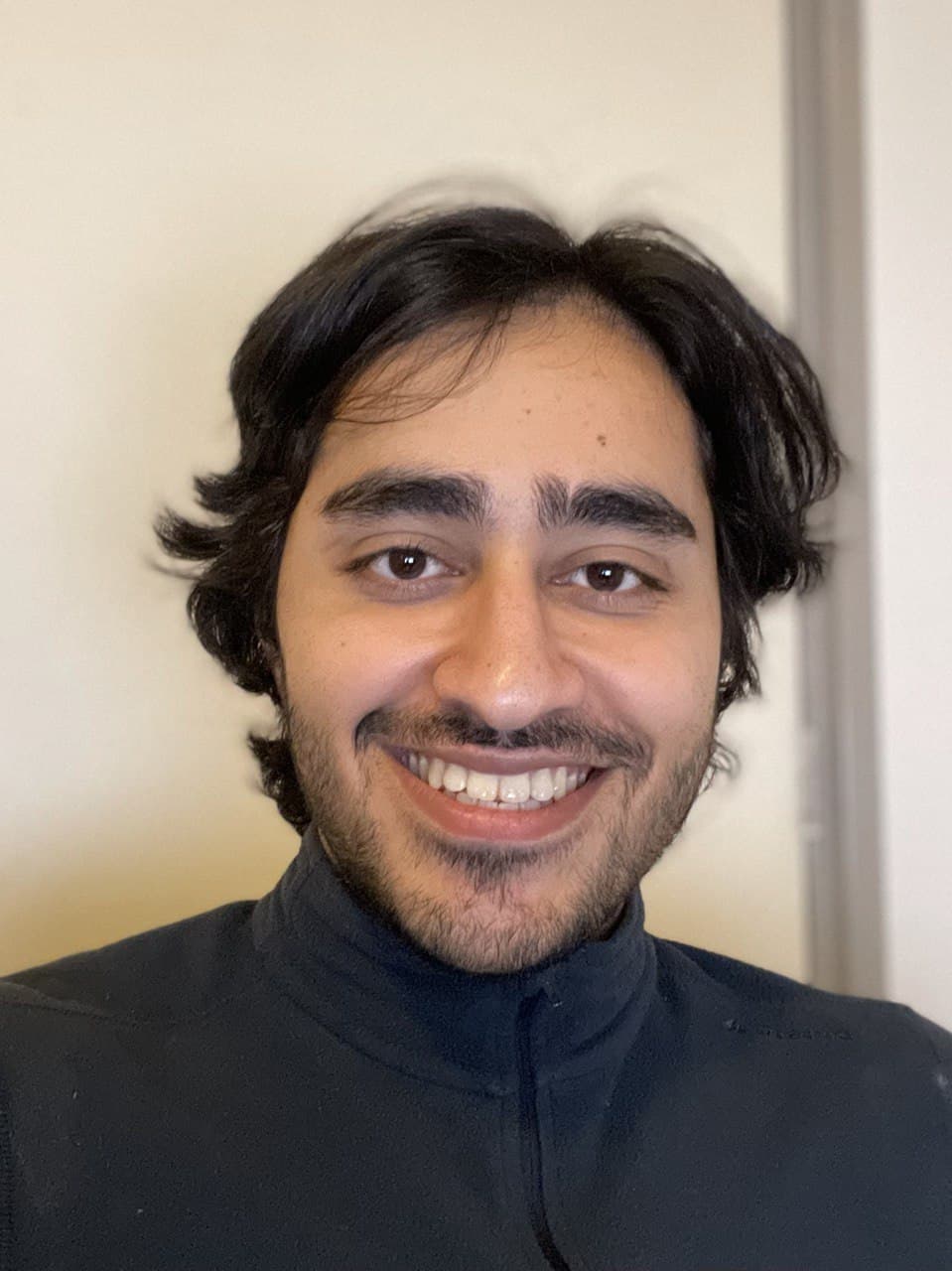
MSc ME Thesis Presentation
- Wednesday, 25 May 2022
- 15:00
- EKL Colloquium (EKL 01.180)
Wafer-scale fabrication of transfer-free graphene-based condenser microphones
Leonardo di Paola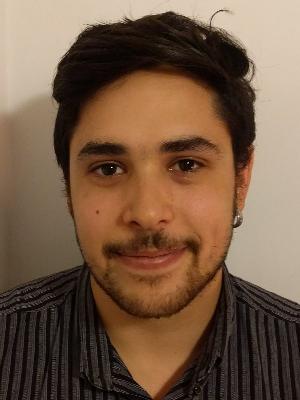
Sensors and CMOS Interface Electronics
- Monday, 9 -- Friday, 20 May 2022
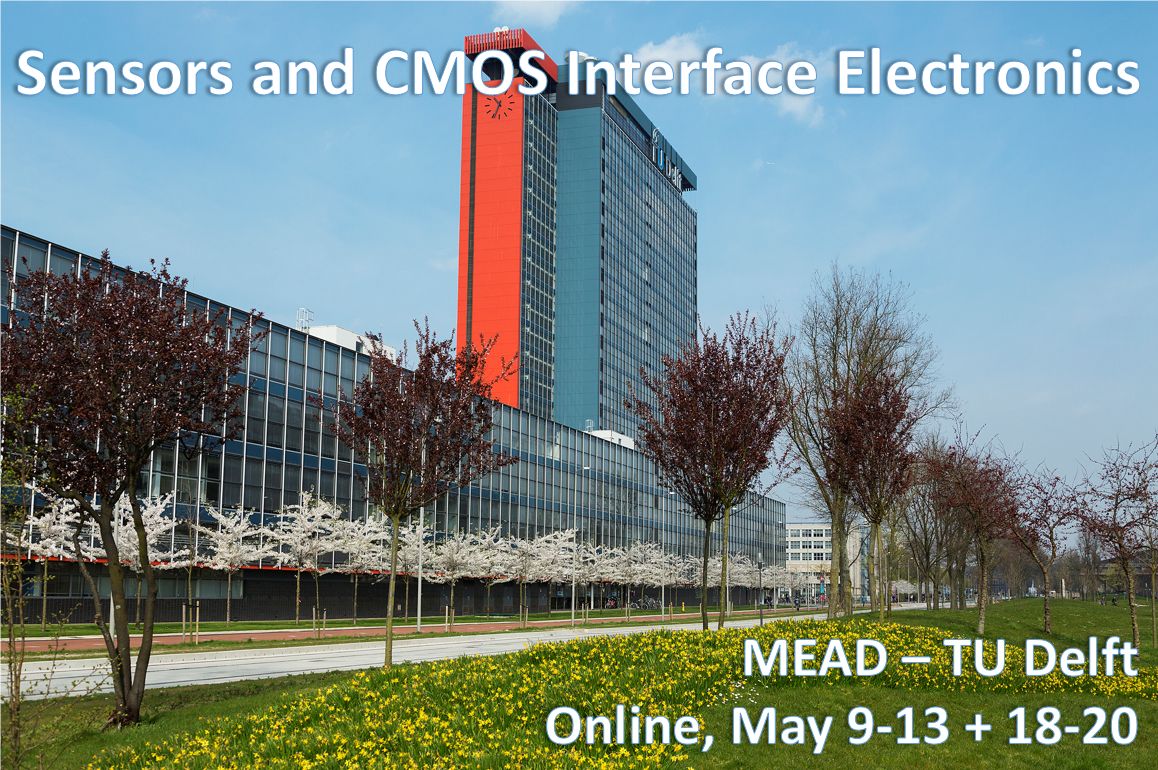
Would you like to learn about smart sensors and interface circuits? Register for our course “Sensors and CMOS Interface Electronics”, co-organized by TU Delft and MEAD Education.
The course will take place online, on 8 days between May 9 and May 20, with two lectures per day timed conveniently for participation from anywhere on the globe.
Topics include smart-sensor design, calibration techniques, references, offset-cancellation, analog-to-digital conversion, instrumentation amplifiers and energy harvesting. Moreover, the course features lectures by experts in the field dedicated to smart inertial sensors, magnetic sensors, temperature sensors, image sensors, ultrasonic sensors, capacitive sensors, implantable medical devices and DNA microarrays.

MSc ME Thesis Presentation
- Wednesday, 6 April 2022
- 13:00
- Lecture Hall D@ta
Characterization and processing of elastomers for organ-on-chip applications
Jilian Schoonhoven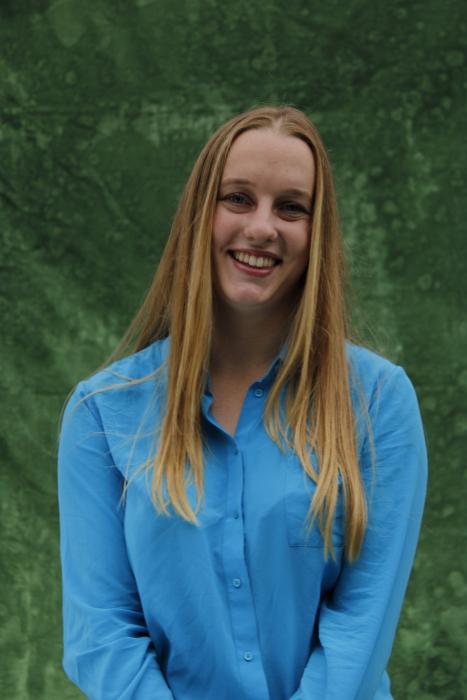
PhD Thesis Defence
- Monday, 21 March 2022
- 12:30
- Aula Senaatszaal
Functional materials for silicon gas sensors
Manjunath Ramachandrappa Venkatesh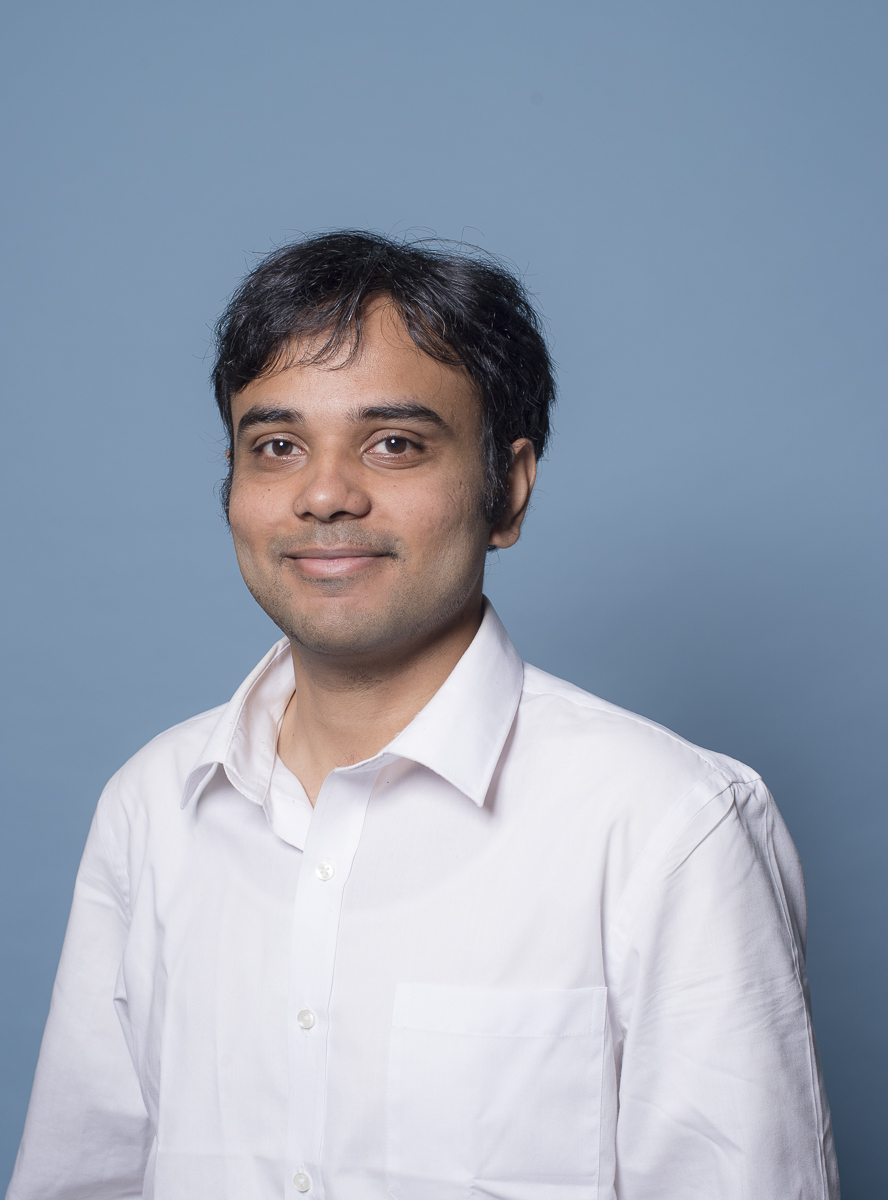

Microelectronics Colloquium
- Thursday, 24 February 2022
- 16:30-05:00
- Online via TEAMS
An inclusive EEMCS faculty: An emphatic approach.
Jorge Martinez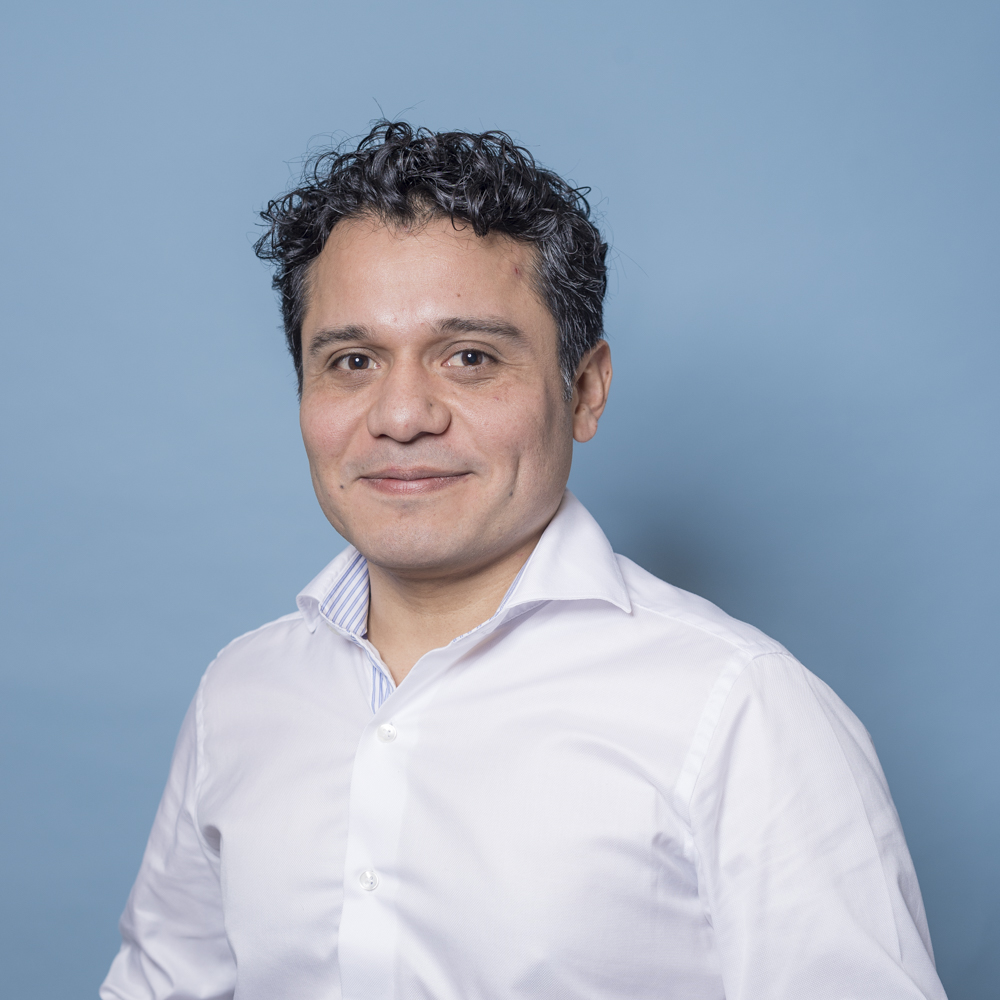
Our faculty consists of a vibrant and diverse community. Diversity is a catalyst that allows us to achieve broad knowledge, and a base upon we can drive scientific innovation and improve education.
Moreover, diversity is one of the core values of TUDelft and our faculty and comes with great responsibility. Without equality and inclusion diversity becomes an empty gesture. But realising a safe, equal and inclusive environment requires the participation of everyone in our community. It starts by having a dialog, stablish communication channels at different levels, and debunking taboos with respect to the visible and invisible differences among each other and our students. An empathic approach for this process can play a key role in realising this ambition.
In this colloquium Jorge talks about his experience within EDIT: EEMCS Diversity & Inclusion Team. Join us to know more about EDIT, and for an informal discussion on the current advancements on addressing issues like harassment, discrimination, and gender (in)equality. Or if you want to know what are the channels and means within our faculty and our University to reach for advice or help in case you encounter any issues related to these important topics.
Additional information ...
PhD Thesis Defence
- Monday, 31 January 2022
- 10:00
- Aula Senaatszaal
Technology platform for advanced neurostimulation implants: the "Chip-in-Tip" DBS probe
Marta Kluba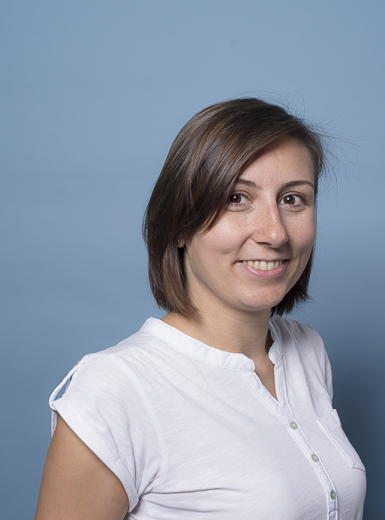

PhD Thesis Defence
- Thursday, 23 December 2021
- 12:30
- Aula Senaatszaal
Superconducting funnelled through-silicon vias for quantum applications
Juan Alfaro Barrantes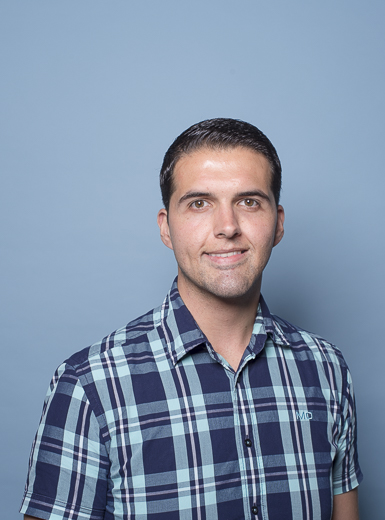

PhD Thesis Defence
- Monday, 20 December 2021
- 12:30
- Aula Senaatszaal
Multi-physics driven electromigration study: multi-scale modeling and experiment
Zhen Cui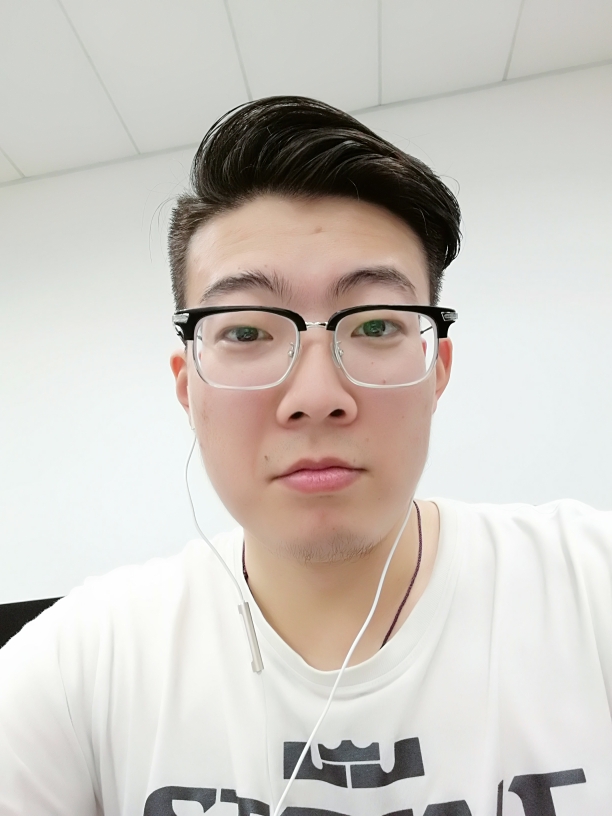

ME colloquium
- Friday, 17 December 2021
- 15:30-16:30
- Online via TEAMS
Biodegradable technologies for medical applications
Clementine Boutry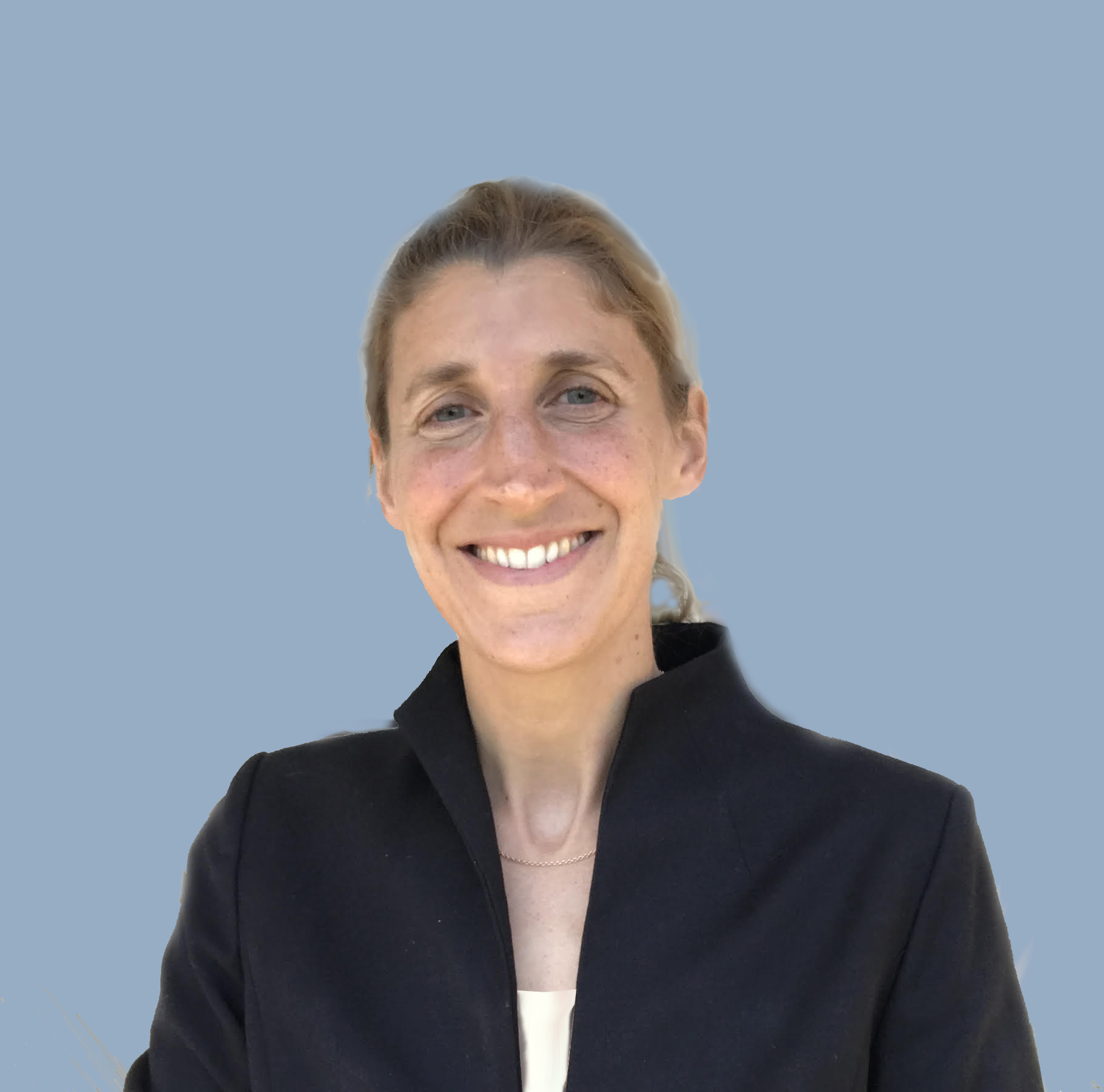
This presentation will be dedicated to biodegradable technologies. Such devices are designed to work for a defined period of time, and then reabsorb naturally without leaving a trace. They are entirely degradable, including the electronics, and are of great interest both for medical and environmental monitoring applications.
Several projects will be described in detail, including biodegradable pressure sensor arrays for cardiovascular monitoring, stretchable strain and pressure sensors for in vivo orthopedics, biodegradable wireless artery pulse sensors for monitoring of vessel anastomosis and a bioinspired e-skin, detecting the direction of applied pressure for robotics. Future research directions will also be discussed, focusing on soft biodegradable materials with tailored electrical/magnetic properties, and their integration into organ-on-chips, sensors, antennas and soft robotics.
If you would like to join, send an email to ewi-me-secr@tudelft.nl and you will receive the TEAMS link
Additional information ...
MSc ME Thesis Presentation
- Tuesday, 30 November 2021
- 15:30
Design of moisture vapor pressure sensor for popcorn failure analysis in molding compound
Shuhan YangThe public defence can be streamed at the following address:
https://tudelft.zoom.us/j/92358651366?pwd=bk5pSXFuK1lwUzJOYnRMSForNE4vZz09
Meeting ID:923 5865 1366
Passcode:189993
MSc Thesis Presentation
- Monday, 29 November 2021
- 12:00
- Lecture Room F, 3mE (Building 34) + Zoom
Characterization of an electroactive polymer for diaphragm micropump in organs-on-chip
Sudiksh Srivastava
Abstract
The existing drug development process is economically and scientifically challenging. It fails to efficiently emulate human physiology in-vitro with the current pre-clinical studies which includes in-vitro cell culture
models and animal testing. Organ-on-Chip (OoC) technology aims to recreate in-vivo-like micro environment to investigate drug response more effectively. There are ongoing attempts to fabricate OoC technology as a single-platform micro-device to minimize its reliance on external components.
In this perspective, the functionality and throughput of this technology can be improved. One such novel approach is addition of an ionic electroactive polymer (iEAP) actuated diaphragm micropump.
The primary aim of this thesis project was to determine the suitable dimensions of a micro cantilever iEAP, specifically Ionic polymer metal composite (IPMC) to generate appropriate flow rate for the projected diaphragm micropump. In addition to that, dynamics of the IPMC cantilever actuator
is examined in dry environment. To achieve this, the actuator tip - force, tip-displacement, and longevity tests were performed. The results at macroscopic scale were attempted to explain with molecular characteristics of the material.
As result, it was shown that IPMC cantilever actuators at small scale possess viscoelastic properties
and standard beam theory cannot be used to validate the experimental
results. Secondly, the actuation results for 0.1 and 1 Hz align with
the input driving frequency. The IPMC cantilever of length 7 mm generates
the maximum tip-force of 0.138 mN and it is suggested to be used as a
diaphragm actuator for the upcoming micropump.
NB: The public presentation can be streamed at the following address: Zoom link
MSc ME Thesis Presentation
- Monday, 8 November 2021
- 13:00-14:00
- TBD
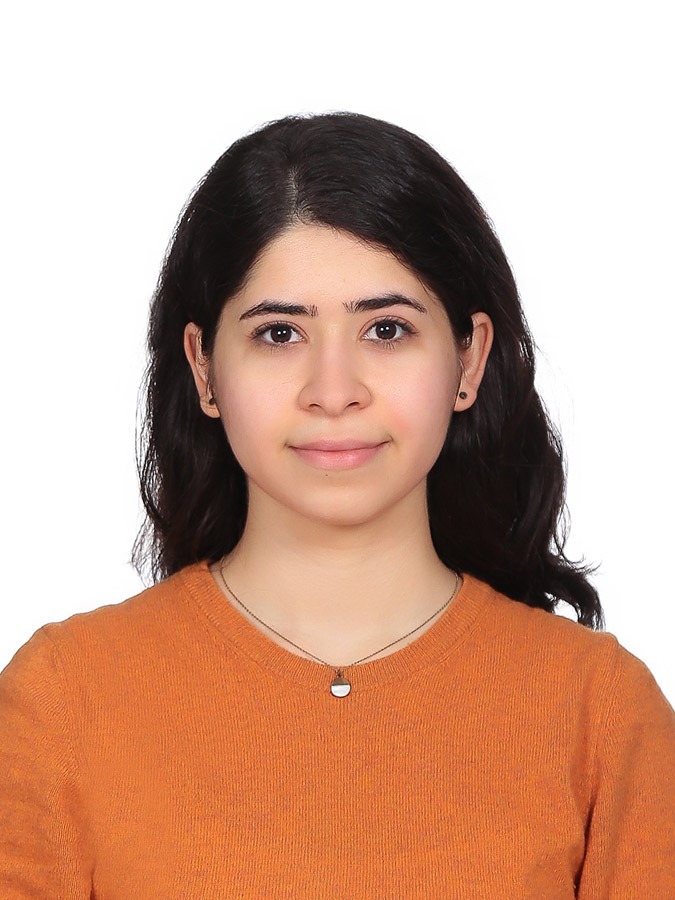
Microelectronics Colloquium
- Thursday, 28 October 2021
- 15:30-16:30
- Microsoft Teams Meeting
On my personal journey into artificial intelligence
Justin Dauwels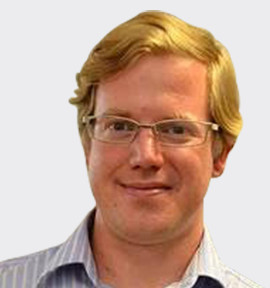
In this presentation, I will start with a brief introduction to artificial intelligence (AI). I will then elaborate on two types of AI approaches that our research team is investigating: graphical models and neural networks. Next I will summarize some of the main research results of our group. I will review some of the applications of AI that we have been working on over the years, and will present some of our future research plans. I will also say a few words about the spin-off companies that have emerged from our research group. At last, I will conclude with a few thoughts on the potential impact of AI on society and will formulate a few important open research questions in the field of AI.
Additional information ...
MSc ME Thesis Presentation
- Wednesday, 27 October 2021
- 10:00
- Lecture Room D@ta
Organ-on-chip-integrated impedance spectroscopy for blood-brain-barrier integrity analysis
Lovro Ivancevic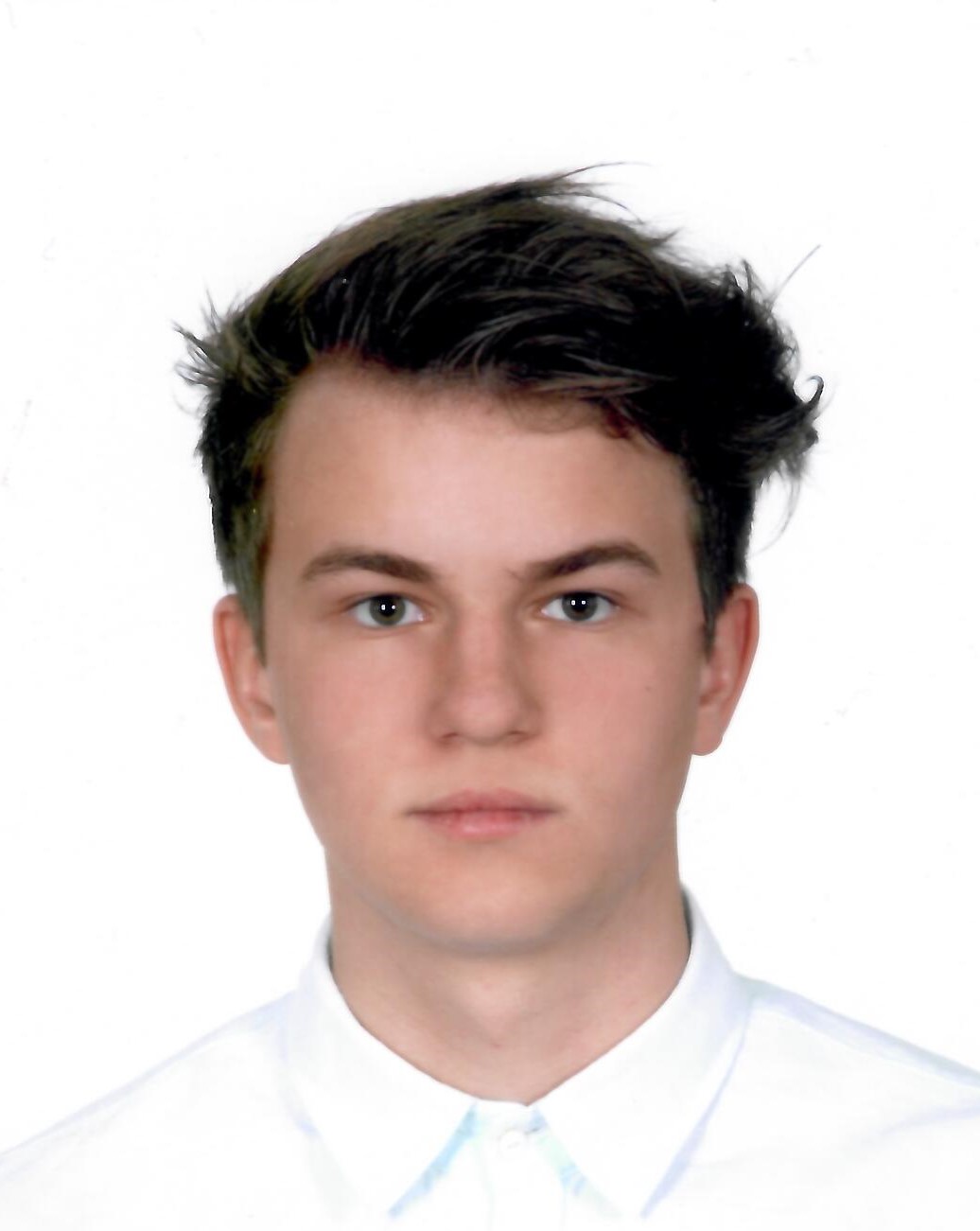
MSc ME Thesis Presentation
- Monday, 25 October 2021
- 10:00-11:00
- TBD
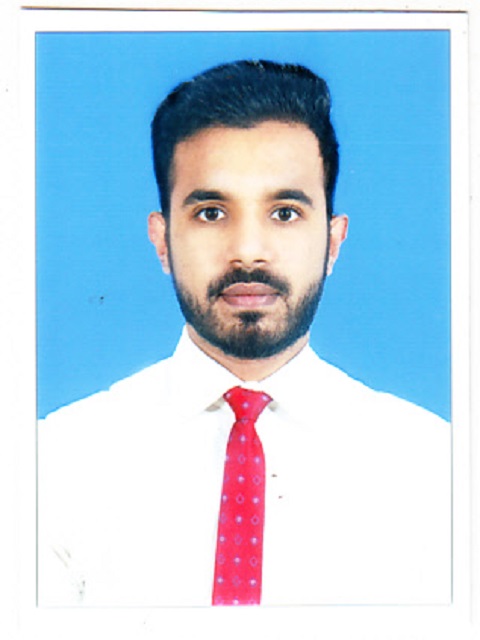
MSc ME Thesis Presentation
- Wednesday, 20 October 2021
- 09:00-10:00
Board Level Vibration Testing and Qualification for Automotive Applications
Chinghsuan Chou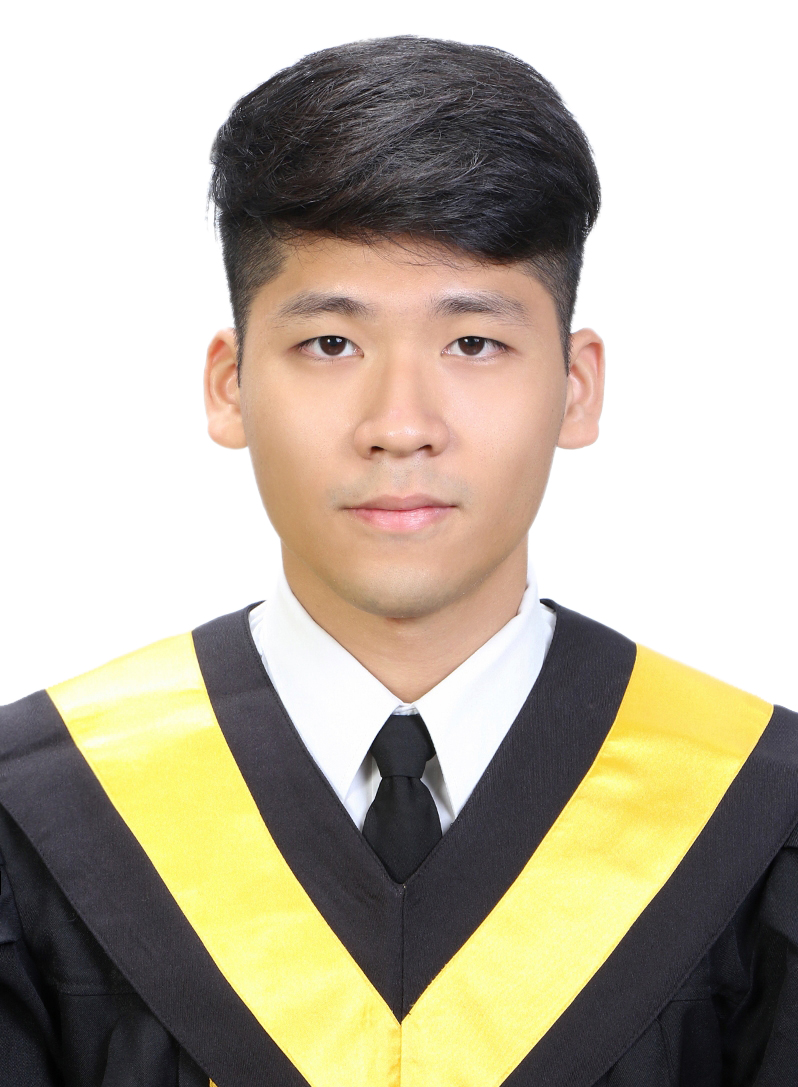
Revolutionary changes in automotive industry toward fully connected electrical vehicles is changing the world of Board Level Reliability (BLR) Vibration Testing. It is taking BLR Vibration tests beyond board level to board module application level. This defense will showcase development of a reliability test concept called Board Module level Vibration Testing that is required to cope with the challenging application driven requests.
Additional information ...
MSc ME Thesis Presentation
- Wednesday, 29 September 2021
- 11:00-11:30
- Online
Analysing the properties and applications of wafer-scale mono-layer graphene
Shivendra Kaushik Chilagani.jpg)
MSc ME Thesis Presentation
- Wednesday, 29 September 2021
- 15:30-16:00
- Online
A multi-organ-on-chip platform with integrated oxygen and TEER sensors for the brain-gut axis
Stijn Robben.jpg)
MSc ME Thesis Presentation
- Wednesday, 29 September 2021
- 09:30-10:00
- Online
Multifunctional UV-C LED Virus Inactivation Experimental Platform
Xinyun Xu
PhD Thesis Defence
- Monday, 13 September 2021
- 14:30
- Aula Senaatszaal
In-pixel temperature sensors for dark current compensation of a CMOS image sensor
Accel Abarca ProuzaThis thesis describes the integration of temperature sensors into a CMOS image sensor (CIS). The temperature sensors provide the in-situ temperature of the pixels as well as the thermal distribution of the pixel array. The temperature and the thermal distribution are intended to be used to compensate for dark current affecting the CIS. Two different types of in-pixel temperature sensors have been explored. The first type of temperature sensor is based on a substrate parasitic bipolar junction transistor (BJT). The second type of temperature sensor that has been explored is based on the nMOS source follower (SF) transistor of the same pixel. The readout system that is used for the temperature sensors and for the image pixels is based on low noise column amplifiers. Both types of in-pixel temperature sensors (IPTS) have been designed implementing different techniques to improve their accuracy. The use of the IPTSs has been proved by measuring three prototypes chips. Also, a novel technique to compensate for the dark current of a CIS by using the IPTS has been proposed.
For those who cannot attend, you can follow it by using this link:
https://collegerama.tudelft.nl/mediasite/play/84dc9775142d44db81aa38e5532c67ca1d

PhD Thesis Defence
- Wednesday, 23 June 2021
- 12:30-14:00
- Aula Senaatszaal
Prognostics and Health Management of safety relevant electronics for future application in autonomous driving
Alexandru Prisacaru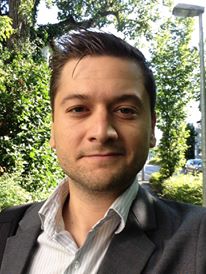

PhD Thesis Defence
- Tuesday, 22 June 2021
- 12:30-14:00
- Aula Senaatszaal
Design and processing of Silicon and Silicon Carbide Sensors
Brahim Mansouri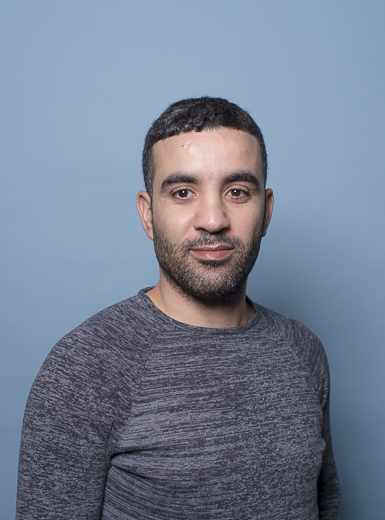

MSc ME Thesis Presentation
- Wednesday, 26 May 2021
- 15:00-16:00
Improving electrical characteristics of graphene neural electrode
Merlin Palmar
Abstract
Neuroscientists use neural electrodes to explore the working mechanisms of the nervous system. Therefore, ideal electrodes should have a small size and the ability to record and stimulate at a single cell resolution with low noise. Materials used for fabrication should be flexible and stable for a long period in the biological media. However, conventional recording and stimulation techniques do not have sufficient spatiotemporal resolution for neuroscience research. Combining electrical and optical modalities into one device helps overcome the resolution limits and record more detailed information. For this application, transparent conductive materials are needed.
Graphene is a potential solution due to its advantageous combination of properties, such as high conductivity, transparency, and flexibility. However, important characteristics of recording and stimulation electrodes, such as the impedance and charge injection capacity of graphene electrodes, do not reach the levels of conventional materials. The electrical characteristics of graphene could be improved further with surface modification, chemical doping, or stacking. Each method has been shown to improve the conductivity of graphene, although some affect the transparency of the layer.
In this work, three methods were used to improve the electrical characteristics of multilayer graphene neural electrode without losing transparency or flexibility. These methods include growing a thicker layer of graphene, adding metal nanoparticles to the surface of the electrode, and nitric acid doping of graphene. For that purpose, graphene electrodes were fabricated on a silicon wafer. The electrical characteristics of these electrodes were assessed with electrochemical impedance spectroscopy, cyclic voltammetry and four point probe measurements. Furthermore, the optical transmittance was measured. The improvement methods were then tested on these electrodes, and the performance was evaluated.
Adding metal nanoparticles to the surface of the electrode showed the most promising results. With gold nanoparticles, the impedance at 1 kHz was lowered 82%, and charge storage capacity increased 529%. However, at the same time, 30% of the optical transmittance was lost. With lower nanoparticle density, 6% of transmittance was lost, and 7% of impedance gained. Nitric acid doping did not improve the impedance, but the charge storage capacity was increased up to 66%. Thicker layers of graphene displayed a lower sheet resistance. However, impedance or charge storage capacity were not improved.
Additional information ...
MSc ME thesis presentation
- Wednesday, 26 May 2021
- 10:00-11:30
- Online
Advanced optoelectronics driver system for biomedical applications
Shanliang Deng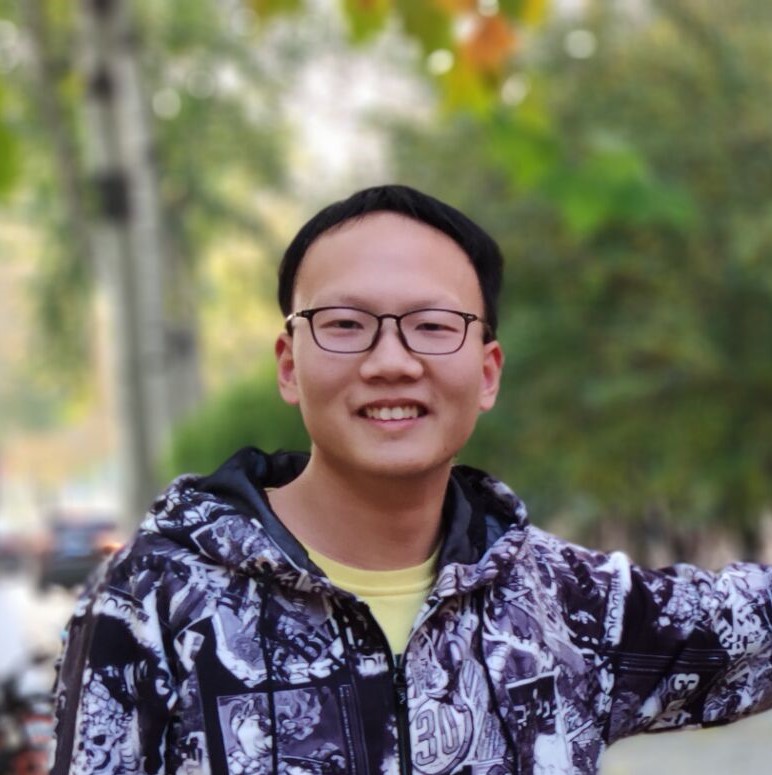
Abstract:
With the development of biomedical technology such as optogenetics, optoelectronics devices, especially light-emitting diode(LED), becomes wildly used in biomedical researches and applications. Unlike traditional illumination and display applications, biomedical applications have more unique requirements like intensity and response speed. The existing optoelectronics systems cannot fulfil all the requirements of biomedical applications. It is essential to design particular light sources and drivers to fill the blank area of biomedical-compatible optoelectronics systems. However, each biomedical application has its environment and setup. One specific optoelectronics system will not suitable for all circumstances. This work focuses on developing a methodology to design advanced optoelectronics driver systems for biomedical applications to solve this problem.
It takes three steps to develop and verify the driver design methodology. The first step is producing a high-power biomedical array driving system to verify the array control strategy. UVC virus inactivation test platform, which successfully finishes virus inactivation test in Erasmus MC, is produced in this step. The second step is extending the array driver to the matrix driver. An interactive optoelectronics system is designed to perform optogenetics experiments in LUMC. Finally, aiming at the ultimate goal-implantable, self-powered driver feasibility research is performed to prove it is feasible to design a self-power optoelectronics driver system in the future.
Keywords: smart driver, biomedical electronics, high power LED driver, matrix control, system integration
MSc ME Thesis Presentation
- Wednesday, 21 April 2021
- 13:30-14:30
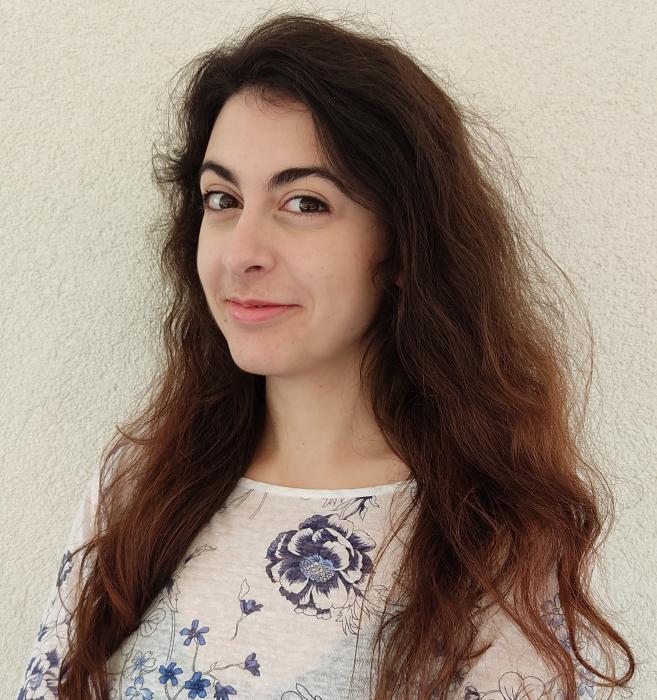
Ph.D. Thesis Defense of Sining Pan
- Monday, 12 April 2021
- 12:00-13:30
Resistor-based temperature sensors in CMOS technology
Sining Pan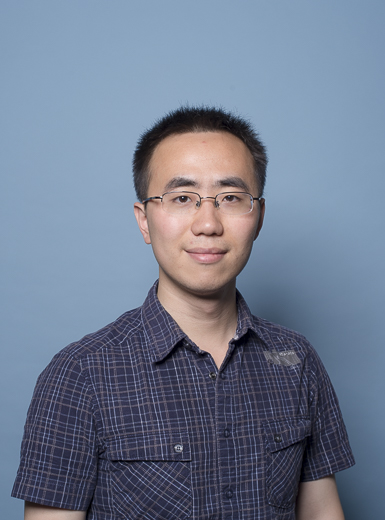
Time: Monday, 12 April 2021, 12:00-12:15 (layman’s talk), 12:30-13:30 (defense)
Abstract: This thesis describes the principle and design of an emerging type of CMOS temperature sensors based on the temperature dependency of on-chip resistors. Compared to traditional BJT-based designs, resistor-based sensors have higher energy-efficiency, better scalability, and can operate under a wider supply range. Nine design examples are shown in this thesis to demonstrate how resistor-based sensors can be optimized for accuracy, energy-efficiency, or other application-driven specifications. Among all the records the designs achieved, the energy-efficiency improvement is the most impressive: 65× better than state-of-the-art before this research, or only 6× away from the theoretical value.
Please feel welcome to join the live stream: http://collegerama.tudelft.nl/mediasite/play/be505395bbf24debb7cf8fd61454a5261d
Thesis: https://doi.org/10.4233/uuid:28108302-2d9b-4560-a806-8ba6d381812e Additional information ...
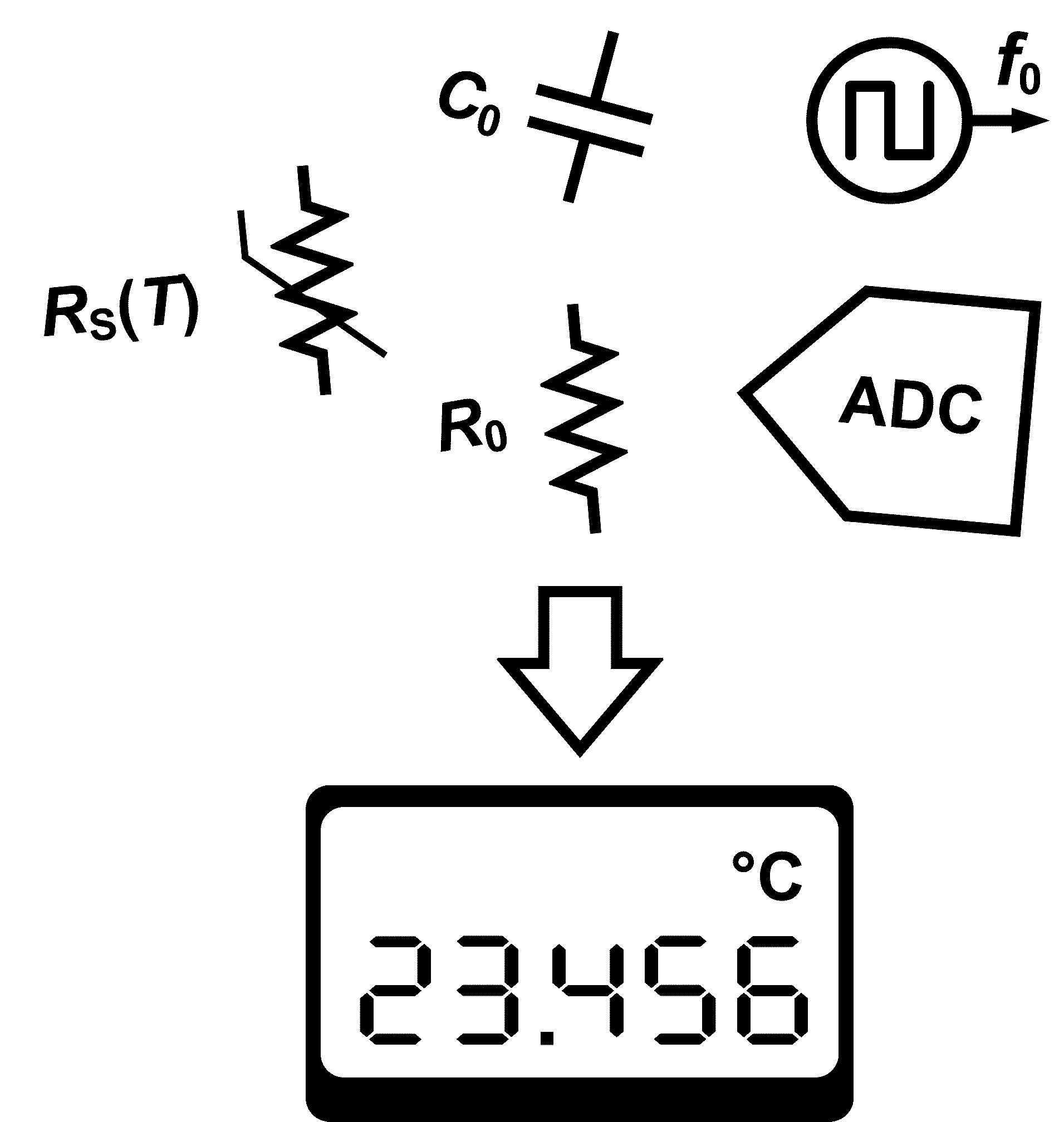
MSc ME Thesis Presentation
- Wednesday, 31 March 2021
- 15:00-16:00
- https://tudelft.zoom.us/j/92157244676?pwd=cVFuWmVQanM2WCswSnFkK0JHblU4UT09
Design, Integration and Characterization of Microelectrodes for Heart-On-Chip Applications
Shriya Rangaswamy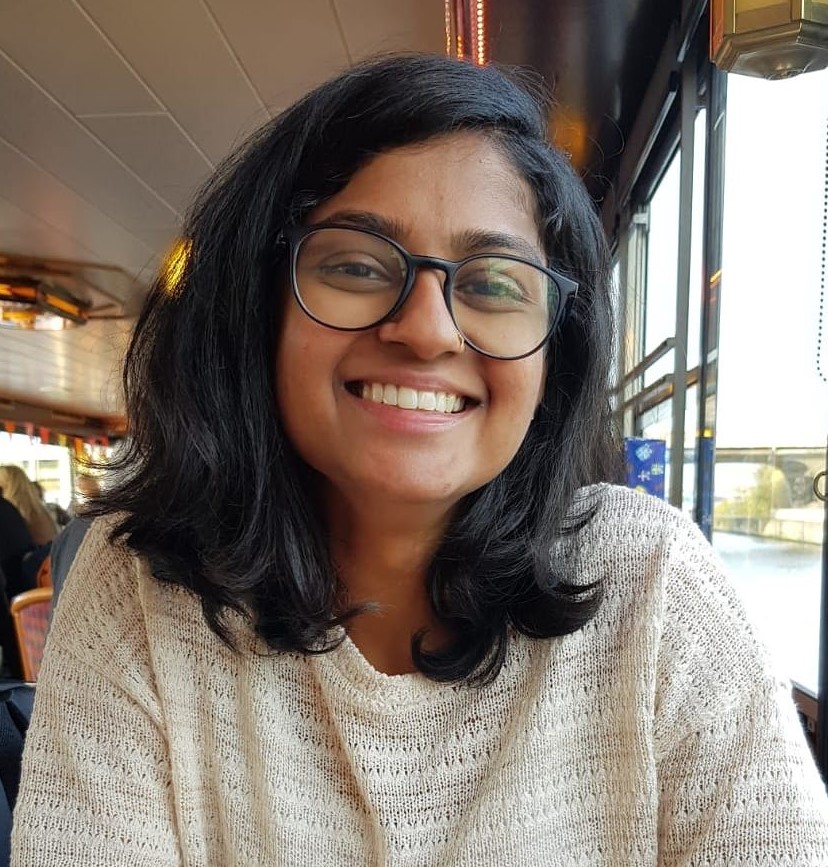
ME colloquium
- Thursday, 25 February 2021
- 15:30-16:30
- NL TEAMS
MEMS-flavored organs-on-chip
Massimo Mastrangeli
The current drug development process selects candidate drugs for human testing through several pre-clinical stages making use of only approximate models of human physiology. Such models include static engineered cell cultures and non-human animals, and do not recapitulate the (patho)physiology of human organs or tissues well enough to always ensure reliable translation of results to humans. This makes the process increasingly expensive and time-consuming. A novel technology stemming from the convergence of tissue engineering and microfluidics may hold the key to bridge the translational gap, and even allow personalized drug testing. Such technology, able to reproduce realistic in vivo-like dynamic and stimulative microenvironments for tissues in vitro, goes under the name of "organs-on-chip".
In this talk I will introduce the biotechnological convergence at the root of organs-on-chip before outlining research tracks under development at ECTM in two main sub-topics: innovative microelectromechanical organs-on-chip able to stimulate and sense tissue activity, and their embedding within advanced platforms for pre-clinical research. I will conclude with remarks on the role of open technology platforms for the broader establishment and acceptance of organs-on-chip technology in research and drug development.
If you want to join, please send an email to: secr-me-ewi@tudelft.nl
Additional information ...
Medical Delta Café
- Thursday, 14 January 2021
- 16:00-17:00
- Online via Teams
Medical Delta Café 'Zorg naar huis, en dan….? Van monitoren tot behandelen'
Wouter Serdijn, Frank Willem Jansen (Medical Delta), Gisela Terwindt (LUMC), Ries Biggelaar van den (ErasmusMC)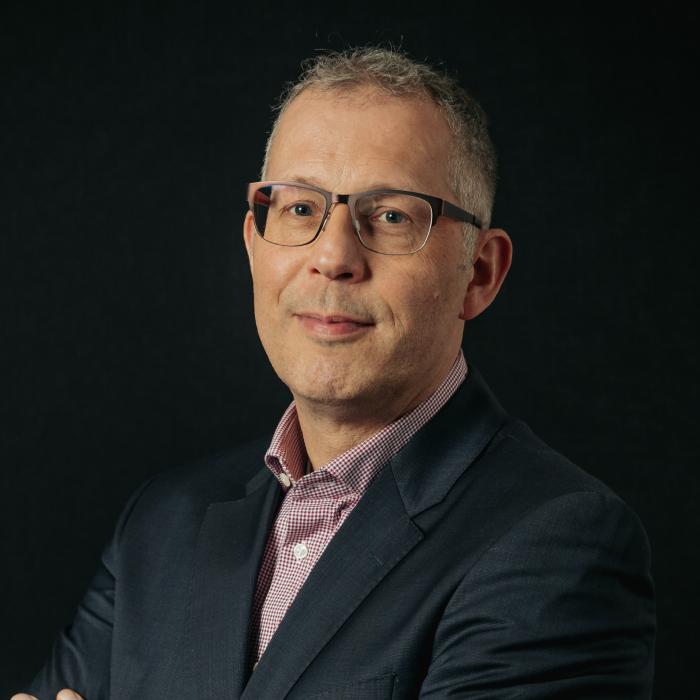
In het online Medical Delta Café 'Zorg naar huis, en dan….? Van monitoren tot behandelen' belichten prof. dr. Gisela Terwindt (LUMC) en drs. Ries van den Biggelaar (Erasmus MC) deze kwesties, waarna deelnemers worden uitgenodigd mee te discussiëren en kennis uit te wisselen in een paneldiscussie met onder andere Medical Delta hoogleraar prof. dr. ir. Wouter Serdijn (TU Delft).
Additional information ...
PhD Thesis Defence
- Monday, 21 December 2020
- 14:30-16:00
Integrated Circuits for Miniature 3-D Ultrasound Probes: Solutions for the Interconnection Bottleneck
Zhao Chen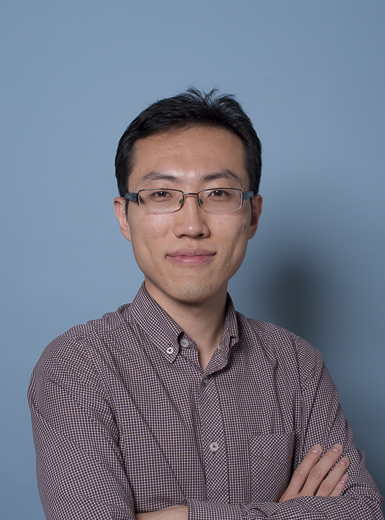
14:30-15:00 (layman’s talk), 15:00-16:00 (defence)
Please feel welcome to join the live stream
Promotors: Michiel Pertijs and Nico de Jong
Abstract: This thesis describes low-power application-specific integrated circuit (ASIC) designs to mitigate the constraint of cable count in miniature 3-D TEE probes. Receive cable-count reduction techniques including subarray beamforming and digital time-division multiplexing (TDM) have been explored and the effectiveness of these techniques has been demonstrated by experimental prototypes. Digital TDM is a reliable technique to reduce cable count, but it requires an in-probe datalink for high-speed data communication. A quantitative study on the impact of the datalink performance on B-mode ultrasound image quality has been introduced in this thesis for data communication in future digitized ultrasound probes. Finally, a high-voltage transmitter prototype has been presented for effective cable-count reduction in transmission while achieving good power efficiency. The application of these techniques is not limited to only the design of TEE probes and can be easily extended to the design of other miniature 3-D ultrasound probes, for instance intracardiac echocardiography (ICE) probes and IVUS probes, which are facing similar interconnect challenges with an increased number of transducer elements to enhance imaging quality.
Additional information ...

MSc ME Thesis Presentation
- Wednesday, 9 December 2020
- 15:00-15:30
Cardiac mapping on ex vivo perfused porcine slaughterhouse hearts
Jorik Hans Amesz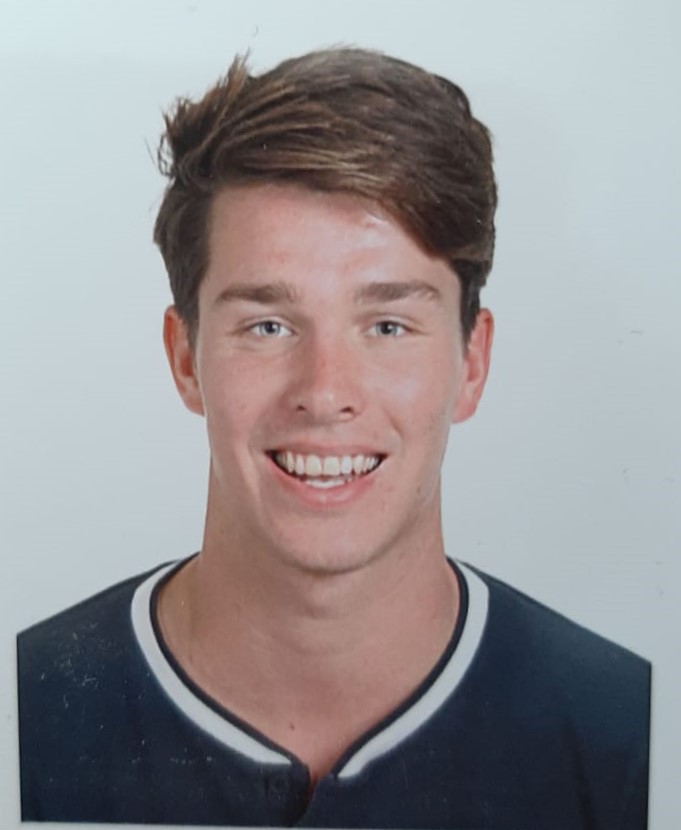
MSc ME Thesis Presentation
- Monday, 30 November 2020
- 12:00-13:00
- Online
Polyimide encapsulation for implantable medical devices
Sevda Malek Kani
MSc ME Thesis Presentation
- Monday, 30 November 2020
- 15:30-17:15
- Online
Ultrasound Energy Transfer using Charged CMUTs
Youri Westhoek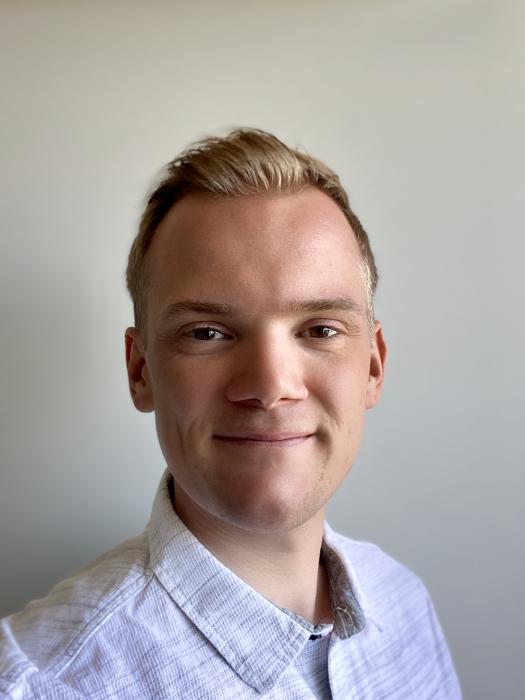
MSc ME Thesis Presentation
- Monday, 30 November 2020
- 13:45-15:30
- Online
Towards cMUT for Neurostimulation
Eric Bert Dijkema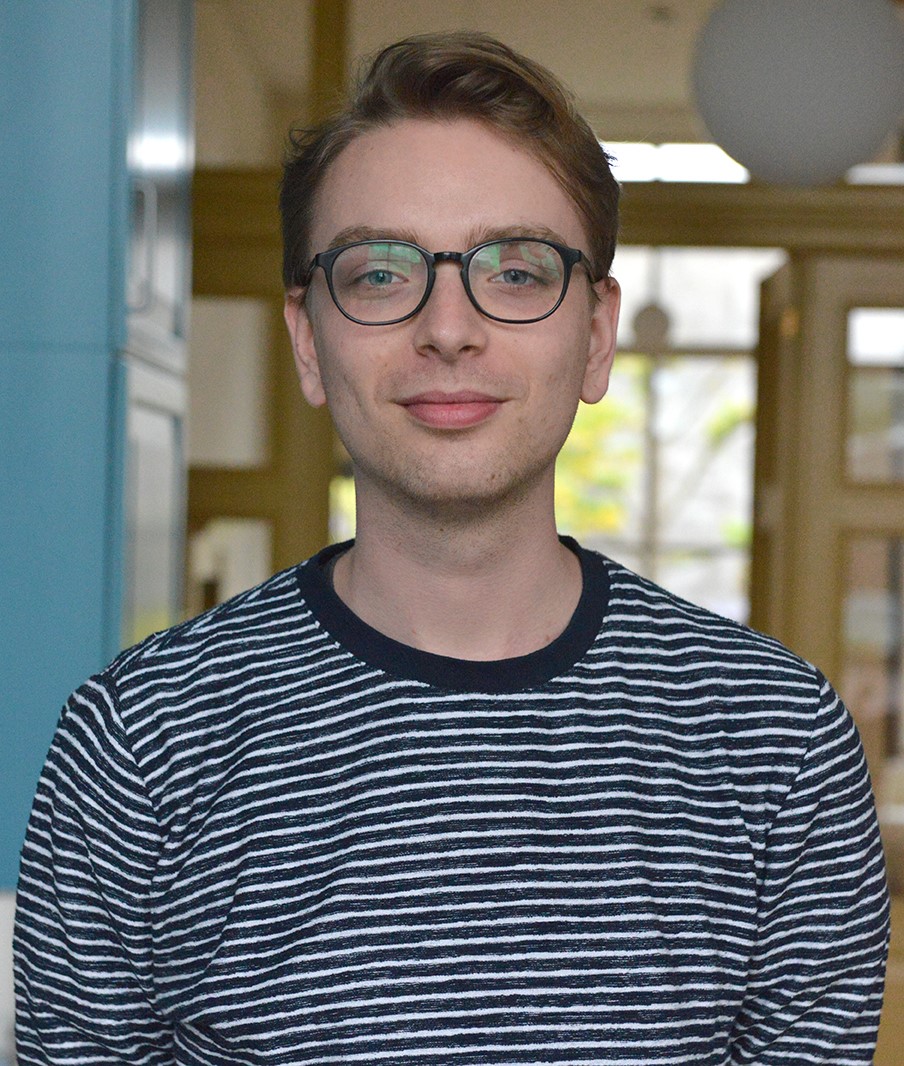
ME Colloquium
- Thursday, 26 November 2020
- 15:30-16:30
- TEAMS
Past, Present and Future of micro/nano Electronics Reliability
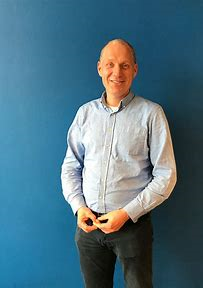
The scientific successes of many micro/nano-related technology developments cannot lead to business success without innovation and breakthroughs in the way that we address reliability through the whole value chain. The ultimate aim of reliability is to predict, optimize and design upfront the reliability of micro/nanoelectronics and systems, an area denoted as ‘Design for Reliability (DfR)’. While virtual schemes based on numerical simulation are widely used for functional design, they lack a systematic approach when used for reliability assessments. Besides this, lifetime predictions are still based on old standards (MIL, FIDES, Telcordia, etc.) assuming a constant failure rate behavior. Here, the so-called digital twin comes into sight, which is no more than just a mathematical model of a physical object. In this talk, I will present the history of reliability as we know it and what future directions are foreseen.
If you would like to join the colloquium, send an email to secr-me-ewi@tudelft.nl and you will receive the link.
Additional information ...
Microelectronics Colloquium
- Thursday, 29 October 2020
- 15:30-16:30
- Online
Artificial Retina: A Future Cellular-Resolution Brain-Machine Interface
Dante Muratore
A healthy retina transduces incoming visual stimuli into patterns of neural activity, which are then transmitted to the brain via the optic nerve. Degenerative diseases, like macular degeneration or retinitis pigmentosa, destroy the ability of the retina to transduce light, causing profound blindness. An artificial retina is a device that replaces the function of retinal circuitry lost to disease. Present-day devices can elicit visual percepts in patients, providing a proof of concept. However, the patterns of neural activity they produce are far from natural, and the visual sensations experienced by patients are coarse and of limited use to patients.
A main hurdle is that there are many types of cells in the retina. For example, some cells respond to increases of light intensity, while other cells respond to decreases of light intensity. In order to reproduce a meaningful neural code, it is crucial to respect the specificity and selectivity of these cells. Because cells of different types are intermixed in the circuitry of the retina, cell type specific activation of this kind requires that a future artificial retina be able to stimulate at single cell resolution, over a significant area in the central retina.
To achieve this goal, we are designing an epi-retinal interface that operates in two modes: calibration and runtime. During calibration, the interface learns which cells and which cell types are available for stimulation, by recording neural activity from the retina. During runtime, the interface stimulates the available cells to best approximate the desired scene. I will present a system architecture we are developing that can accomplish the overall performance goals, and the implications of this architecture for brain-machine interfaces.
Additional information ...
PhD Thesis Defence
- Monday, 12 October 2020
- 10:00-11:30
- Aula Senaatszaal
MEMS Solutions For More Than Illumination
Xueming Li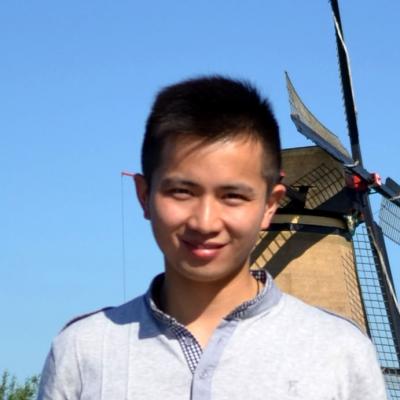

PhD Thesis Defence
- Monday, 12 October 2020
- Aula Senaatszaal
From Silicon Toward Silicon Carbide Smart Integrated Sensors
Luke Middelburg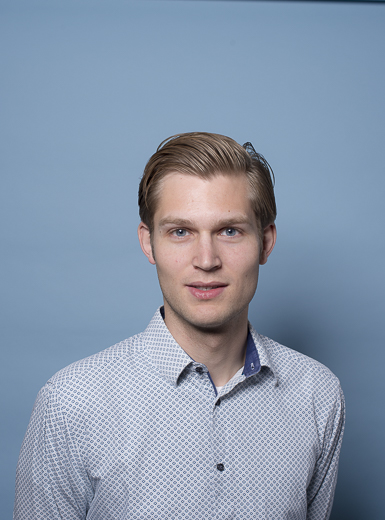
Abstract
This PhD thesis focusses on the possibilities and challenges of the pathway from silicon toward silicon carbide smart integrated sensors. The research toward extended functionality of sensors in state-of-the-art silicon technology and the exploration of the application of wide-bandgap semiconductors can both be seen as realization of the More-than-Moore trend, described by diversification, the introduction of novel materials and integrated process development.
In this context, different types of sensors are developed, such a high-resolution gravimeter in silicon technology and different poly-SiC-based sensors such as a platform for an optical PM sensor and different pressure sensing structures. Additionally, a SiC CMOS chip is developed in collaboration with Fraunhofer IISB consisting of discrete electronic devices, resistive and capacitive read-out circuits and temperature sensors.

MSc ME Thesis Presentation
- Monday, 28 September 2020
- 12:00-14:00
- Online
Design and Fabrication of Electrical Stimulation Setup for EHT platform
Androniki Diakou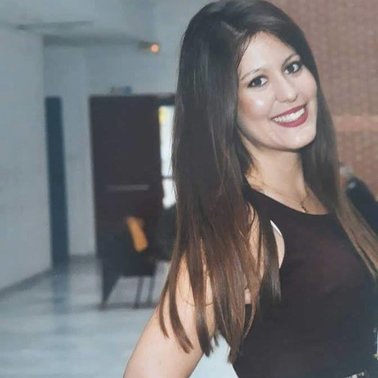
The public presentation will be streamed online at this link.
MSc ME Thesis Presentation
- Monday, 28 September 2020
- 15:00-16:00
- Zoom
Design, fabrication and characterisation of graphene nano-ribbons for Boolean gates logic
Teodor Nikolov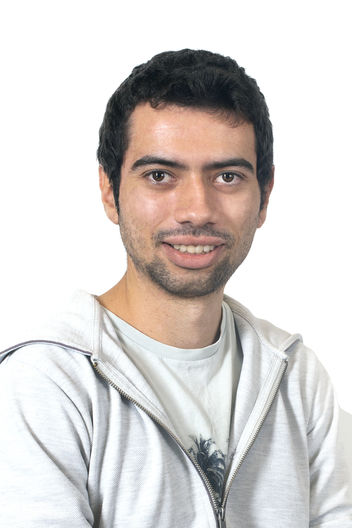
The public defence will be accessible via https://tudelft.zoom.us/j/97925809896?pwd=bWtSYUM0R29kTW1JY3dqUjhkOXpGQT09
MSc ME Thesis Presentation
- Thursday, 27 August 2020
- 10:30-13:00
Design and development of integrated displacement sensors for engineered heart tissue platforms
Mahdieh Shojaei Baghini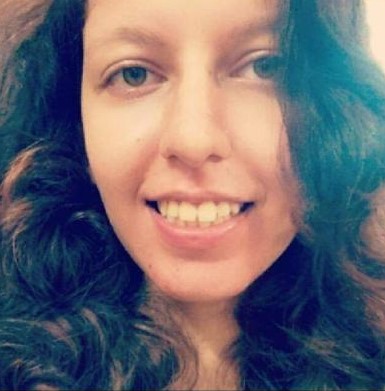
Under the current circumstances, the public defence will be held online.
You can tune in at the following link:
https://tudelft.zoom.us/j/91898588409?pwd=NmFydjVHZUxIV2lVZXBTTzZHOTFodz09
Meeting ID: 918 9858 8409
Password: 1P0dZu
MSc ME Thesis Presentation
- Monday, 24 August 2020
- 15:00-16:00
- Online
Experimental study on electromigration by using Blech structure
Yaqian Zhang
SSCS WYE Webinar
- Friday, 7 -- Friday, 7 August 2020
- 17:00-18:00
To Academia, or to Industry, That is the Question.
Kofi Makinwa, Shin-Lien Lu
Abstract:
You are about to finish graduate school or perhaps a young or seasoned professional, contemplating a career transition. Which is better - a career in academia or industry? What are the pros and cons of one versus the other? How can you start exploring and build up your career accordingly? In this webinar, we will interview Dr. Linus Lu, a professor-turned-industry veteran, and Prof. Kofi Makinwa, an industry veteran-turned-professor, who will share their insights and perspectives from their personal journeys in both academia and industry careers. They will also address what triggered their transitions, how they staged their transitions, and offer their crystal ball projections on present and future career prospects in the solid-state-circuits profession. Additional information ...

MSc thesis Defence
- Friday, 26 June 2020
- 15:00
- Zoom
Design of a valveless organ-on-chip micropump
Suzanne Onderdelinden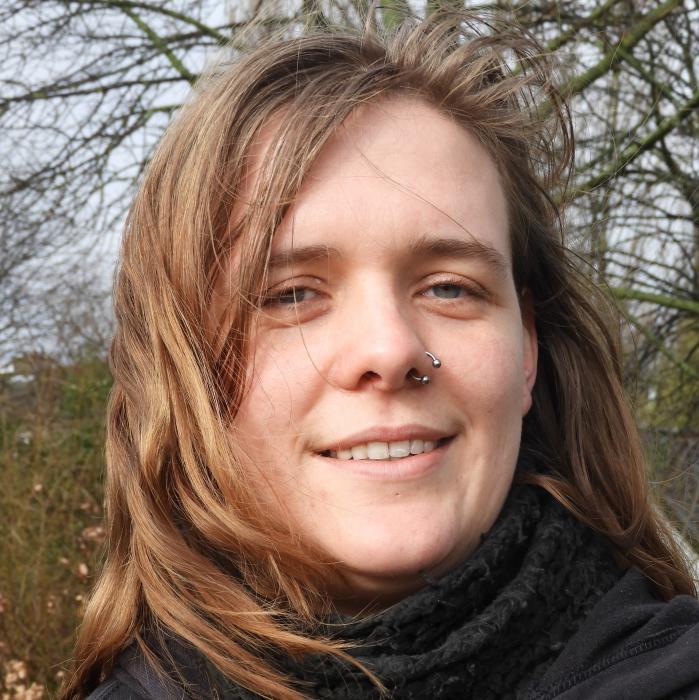
PhD Thesis Defence
- Thursday, 25 June 2020
- 12:30-13:30
Design, Fabrication and Characterizations of AlGan/Gan Heterostructure Sensors
Jianwen Sun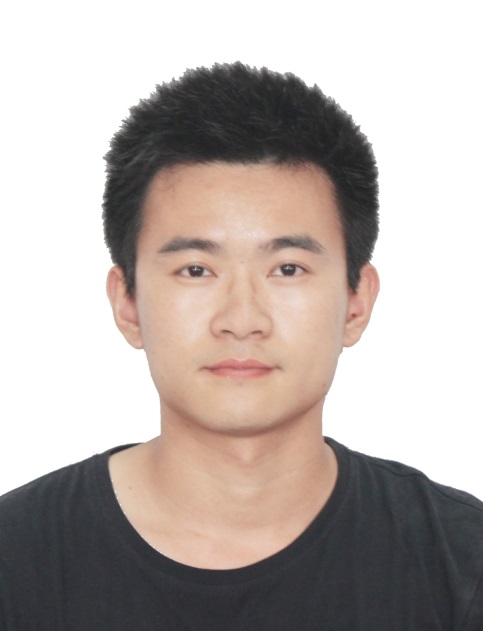

PhD Thesis Defence
- Thursday, 25 June 2020
- 15:00-16:00
- Aula Senaatszaal
Fan-Out SiC MOSFET Power Module in the Organic Substrate
Fengze Hou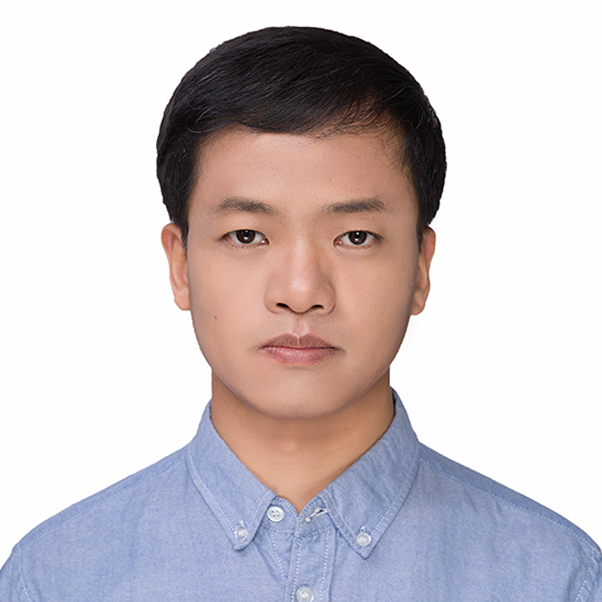

PhD Thesis Defence
- Tuesday, 23 June 2020
- 15:00-16:00
Through Package Via. A Bottom-up Approach
Hengqian (Daniel) Yi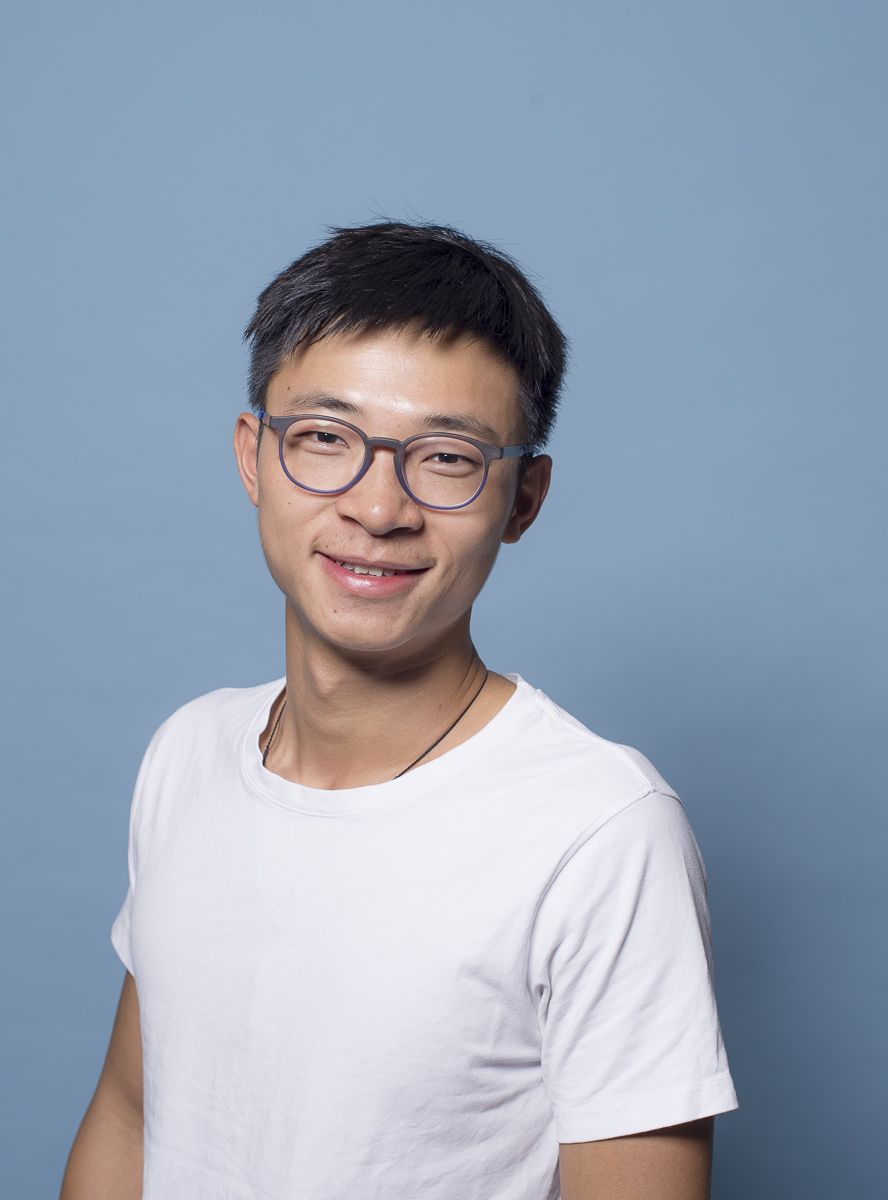

PhD Thesis Defence
- Monday, 15 June 2020
- 12:30-14:00
Metal sulfides for gas sensing applications: devices and mechanisms
Hongyu Tang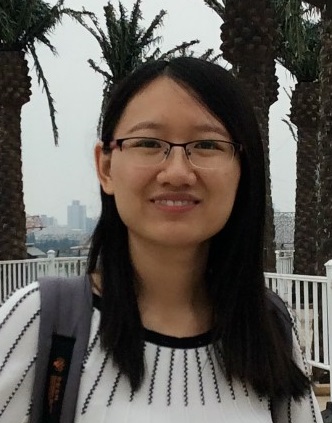

MSc ME Thesis Presentation
- Friday, 15 May 2020
- 15:00-16:00
- Zoom
A 3D microelectrode array to record neural activity at different tissue depths
Tim de Rijk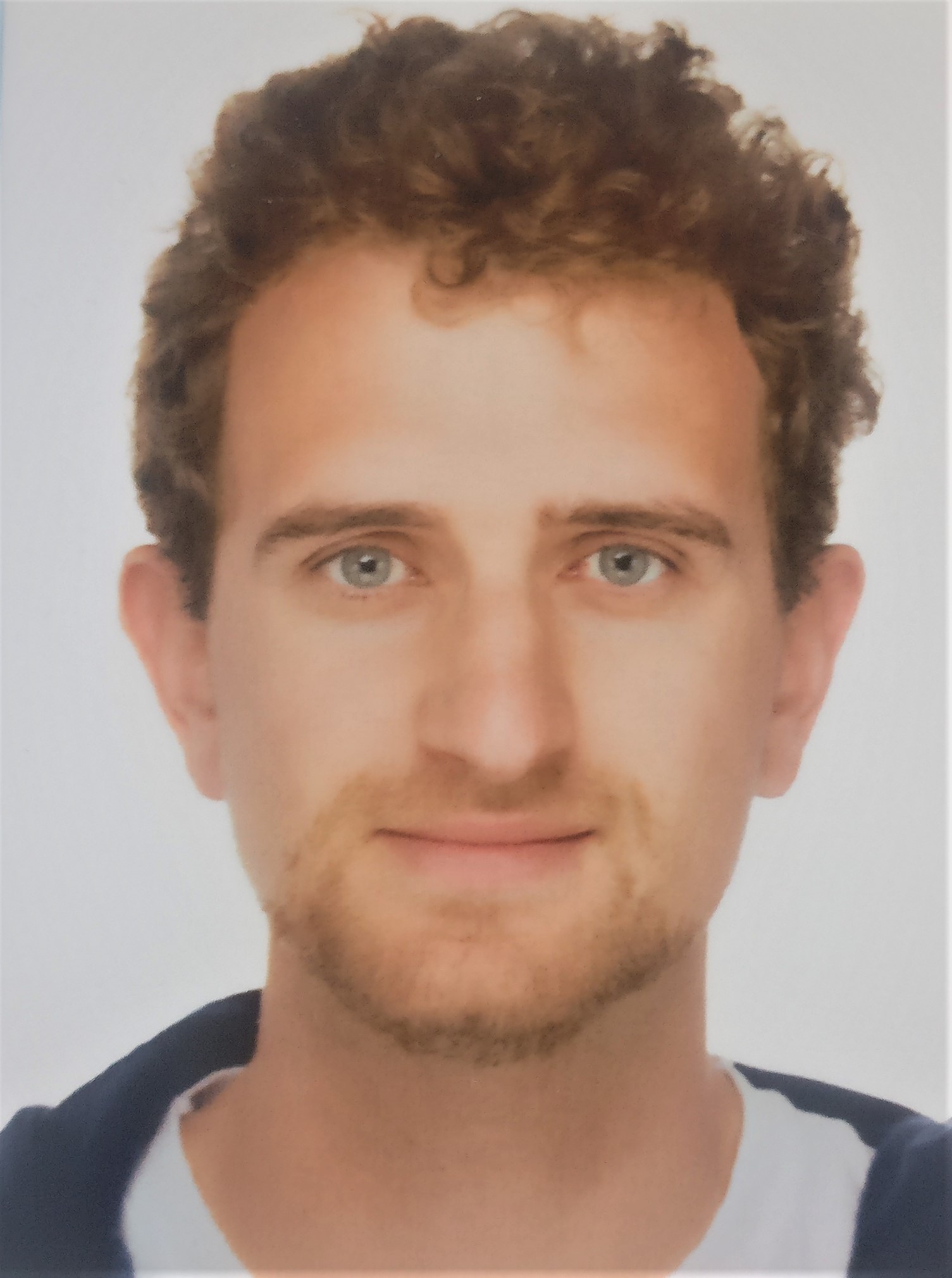
PhD Thesis Defence
- Thursday, 30 April 2020
- 15:00-16:30
- Aula Senaatszaal
Low temperature sintering of Cu nanoparticle paste: Mechanism and applications
Boyao Zhang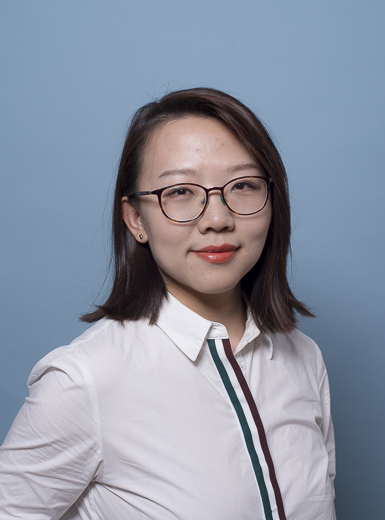

MSc ME Thesis Presentation
- Friday, 13 December 2019
- 10:00-11:00
- Snijderzaal, LB 01.010
Flexible Graphene-Based Passive and Active Spinal Cord Implants
Andrada Velea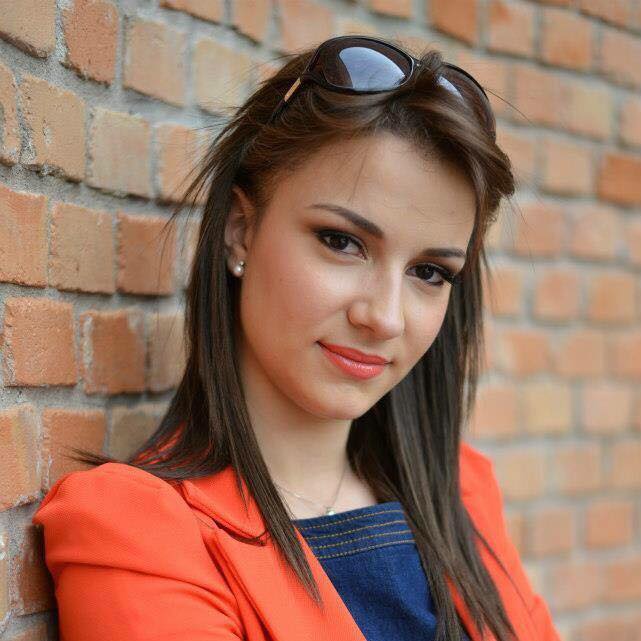
PhD Thesis Defence
- Tuesday, 10 December 2019
- 12:30-14:30
- Aula Van Hasseltzaal
AlGaN/GaN high electron mobility transistor (HEMT) based sensors for gas sensing applications
Robert Sokolovskij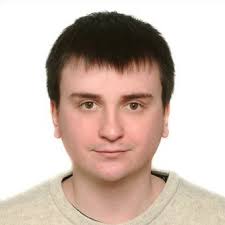

MSc ME Thesis Presentation
- Friday, 6 December 2019
- 15:00-16:00
- EKL Colloquium room
Transferred Graphene as a Conductive Layer on a Thin Alumina Membrane
Thijs ten Bruggencate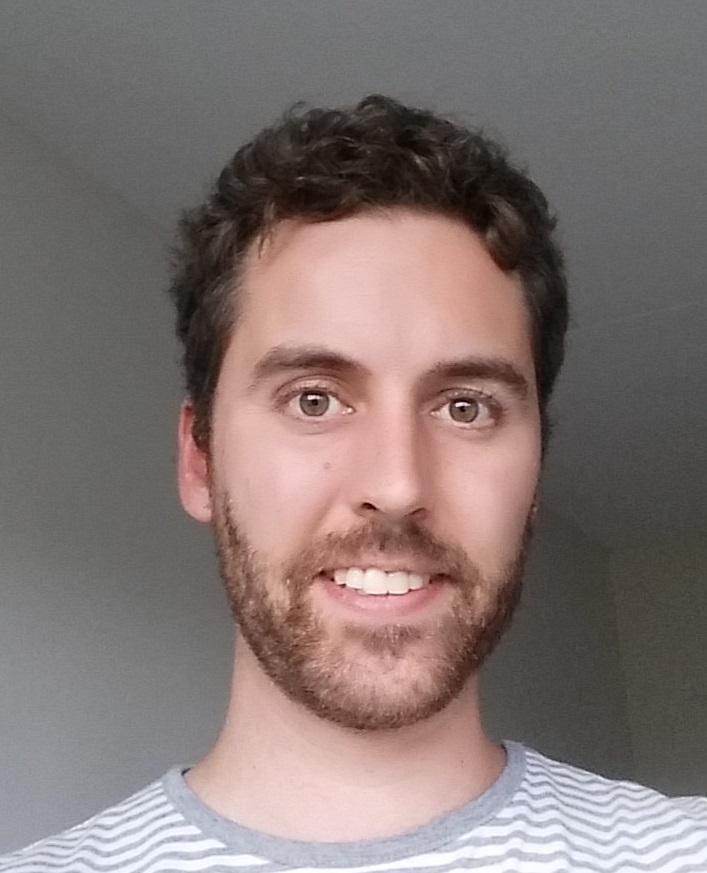
PhD Thesis Defence
- Tuesday, 19 November 2019
- 15:00-17:00
- Aula Van Hasseltzaal
Ultra-thin MEMS tynodes for electron multiplication
Violeta Prodanovic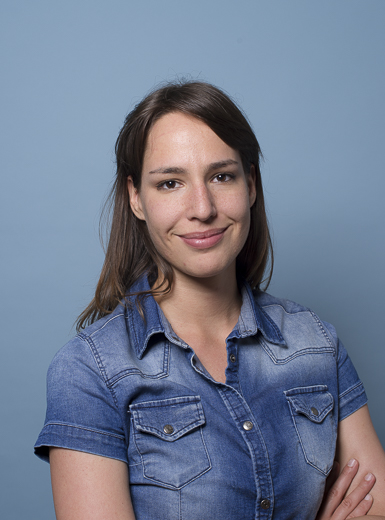

PhD Thesis Defence
- Monday, 11 November 2019
- 12:00-14:30
- Aula Senaatszaal
High-Speed Interfaces for Capacitive Displacement Sensor
Sha XiaThis thesis describes the theory, design, and implementation of high-speed capacitive displacement sensor interface circuits. The intended application is to readout the capacitive displacement sensor used in a servo loop, where the measurement time needs to be low to ensure loop stability. The work employs baseline-capacitance cancellation technique to reach a high energy-efficiency and high conversion speed.

MSc ME Thesis Presentation
- Thursday, 31 October 2019
- 15:00-15:30
- Building 34, Lecture Hall E (Robert Hooke)
A Dynamic Zoom ADC for Audio Applications
Efraïm Eland
Audio ADCs used in high-fidelity portable audio and IoT are not only required to have high linearity and dynamic range (DR) but are also expected to be very energy efficient and occupy minimum silicon area. Zoom-ADCs combine a coarse asynchronous SAR with a fine Delta-Sigma Modulator (∆ΣM) to satisfy these requirements. Existing zoom ADC architectures are limited in terms of SQNR due to the need for the fine ADC to have some over-ranging. That, together with the leakage of the SAR ADC’s quantization noise, “fuzz,” into the audio band, puts a lower limit on the sampling frequency.
This thesis describes the design of a zoom-ADC for an audio bandwidth of 20kHz. Using a 4-level quantizer, instead of a conventional 1b quantizer, mitigates the adverse effects of over-ranging, making it possible to keep a very low sampling frequency. On top of that, it makes use of a simple, low power analog “fuzz” cancellation scheme to prevent the SAR quantization noise from leaking into the audio band.
The chip has been prototyped in a standard 160nm CMOS technology and consumes 339μW with 107.7dB DR and 105dB SNDR. Compared to state-of-the-art ADCs with a similar bandwidth, this work achieves a 2x lower OSR (fs = 2.5MHz), significantly improving the energy efficiency and achieving a Schreier FoM of 185.4dB.
MSc ME Thesis Presentation
- Thursday, 31 October 2019
- 12:30-13:00
- Building 34, Lecture Hall E (Robert Hooke)
Rail-to-rail input and output amplifier for ADC front-end applications.
Shubham Khandelwal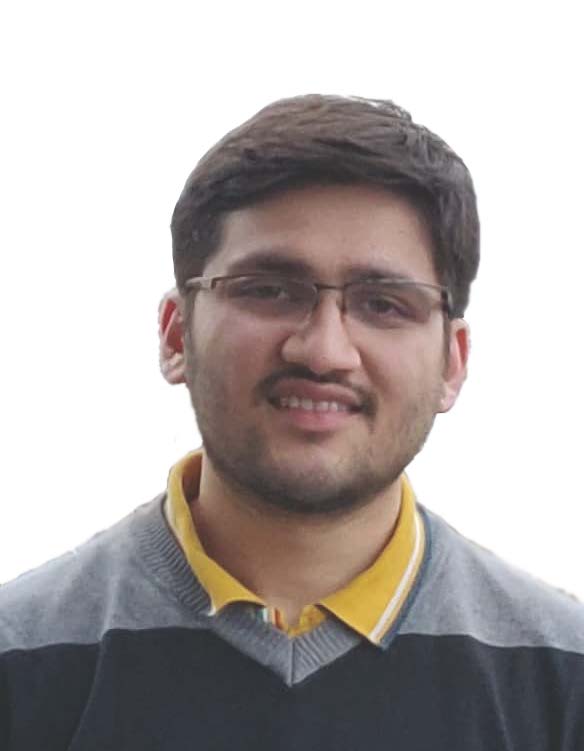
This work presents a unity-gain stable operational amplifier for an ADC front-end application. The op-amp focuses on delivering high linearity with low noise and offset while driving a switched capacitor load. To accomplish this the op-amp employs Current Spillover, Chopping and Gain-Boosting techniques. The op-amp achieves THD of -108 dB at 10kHz, offset of 2.7 µV and input noise density of 19.3 nV/√Hz while consuming 504 µW; resulting in an NEF of 12.28. The op-amp is fabricated in 0.16 µm CMOS technology and occupies 0.1 mm2 area.
MSc ME Thesis Presentation
- Thursday, 24 October 2019
- 10:00-11:00
- EKL Colloquium room
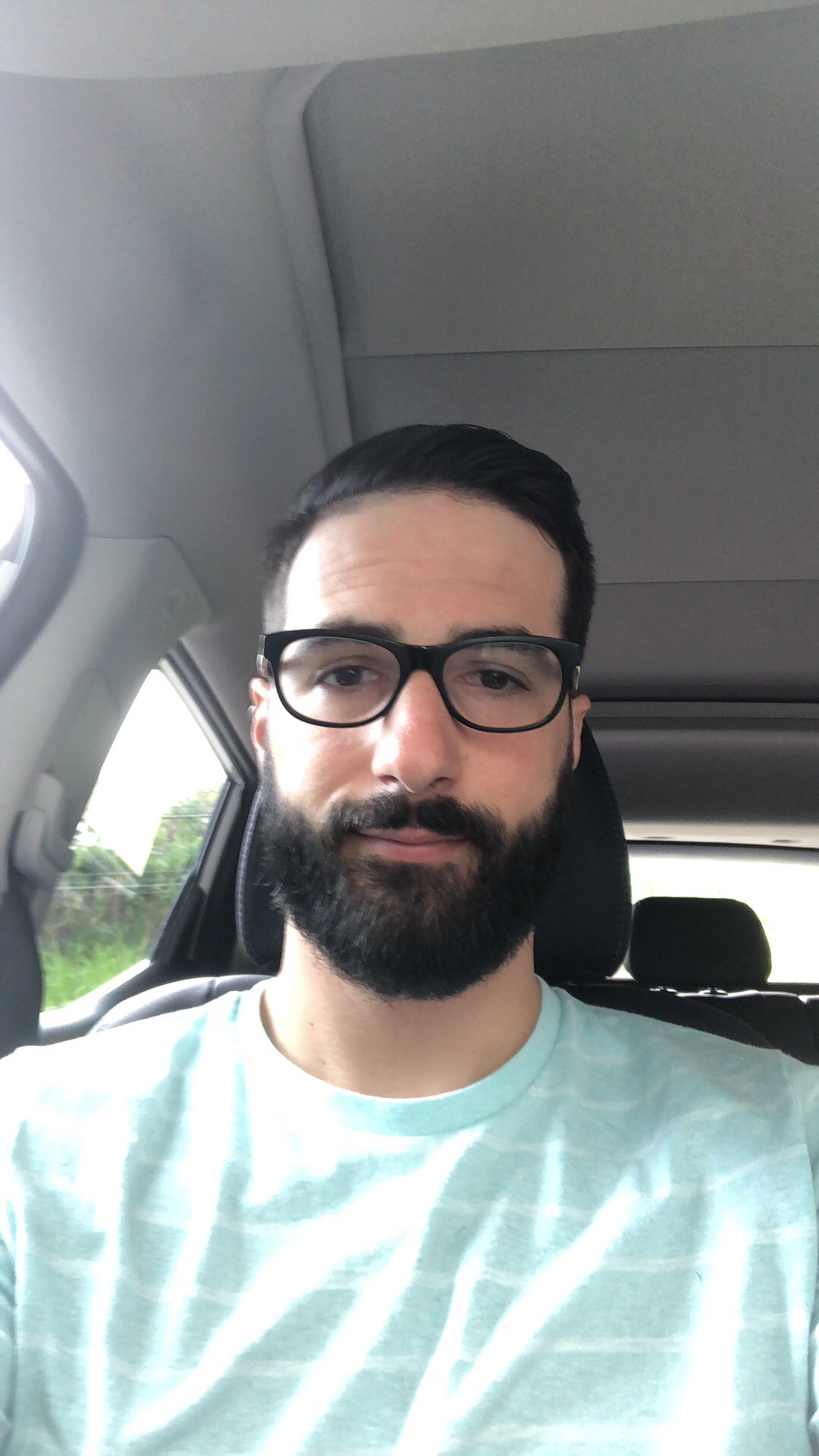
Micro electronics colloquium
- Thursday, 24 October 2019
- 15:30-17:30
- EEMCS, restaurantzaal
“New Results on Electromigration Modeling – A Departure from Blech’s Theory”/“Progress of Prognostics and Health Management for autonomous driving “
Xuejun Fan, Alexandru Prisacaru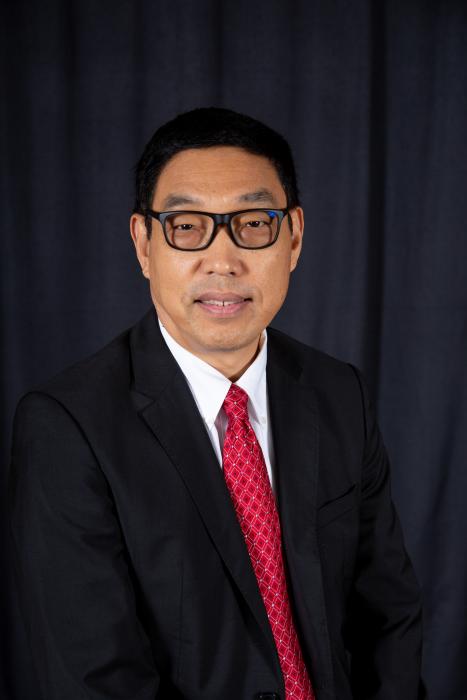
Xuejun Fan is a Regents’ Professor of Texas State University System, and a Mary Ann and Lawrence E. Faust Endowed Professor at Lamar University, Beaumont, Texas. He is currently on his sabbatical leave and is a visiting professor with in the Laboratory of Electronic Components, Technology and Materials of the Delft University of Technology. Dr. Fan is an IEEE Fellow, and an IEEE Distinguished Lecturer. He serves as a member-at-large of the IEEE Electronic Packaging Society (EPS) Board of Governors. Dr. Fan gained significant experience in the microelectronics industry between 1997 and 2007, at IME, Philips and Intel. His current areas of expertise include characterization, modeling and reliability of materials, components, and systems in micro- and opto-electronics manufacturing and packaging. Dr. Fan received the Outstanding Sustained Technical Contribution Award in 2017, and Exceptional Technical Achievement Award in 2011, from the IEEE Electronic Packaging Society. In his early academia career in China, Dr. Fan was the recipient of a Young Faculty Award from the Fok Ying-Tung Education Foundation in 1994, and the nominee for the title of “Ten Outstanding Youth of China” in 1991. He was one of the youngest full professors in China at the age of 27 at Taiyuan University of Technology in 1991.
Abstract: “New Results on Electromigration Modeling – A Departure from Blech’s Theory” We have recently developed a multi-physics-based general coupling theory for electromigration (J. Appl. Phys. 125, 105101, 2019). The results show the mechanical stress is significantly less than the existing literature solutions. In addition, the vacancy concentration gradient plays an important role in formulating electromigration problems. We revisited Blech’s theory and a new threshold criterion for electromigration failure has been developed. This is a major departure from the Blech’s theory, and the preliminary results show the predicted results are consistent with the Blech’s original test data.
Alexandru Prisacaru is currently working in Bosch, Automotive Electronics in Reutlingen. He is also a parttime PhD candidate in cooperation with ECTM. His research activities focus on developing and implementing Prognostics and Health Management methodologies of safety relevant electronics for future automated driving applications. Amongst these, his technical expertise include computational structural mechanics, material modeling, statistical pattern recognition, IoT and machine learning methods. He holds a Master degree in Computational Engineering from Ruhr University of Bochum, Germany and a Master degree in Structural Engineering from Technical University "Gheorghe Asachi" from Iasi, Romania.’
Abstract: “Progress of Prognostics and Health Management for autonomous driving “ Recent trends in automotive electronics such as, automated driving, electromobility, connectivity, personalization and artificial intelligence will increase the number and complexity of electronics used in safety relevant applications. This will lead into a new type of electronics reliability requirements. A more dynamic, on demand way of assuring the functional safety and system availability is expected. The research output is providing the hardware, methodology, strategies and the engineering guidelines for the thermo-mechanical stress prognostic based sensor data in order to highlight the necessary information and knowledge for fault detection and prediction.
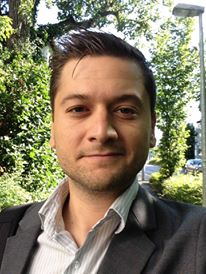
MSc ME Thesis Presentation
- Wednesday, 23 October 2019
- 15:00-15:30
- LB 01.010 Snijderszaal
A PLL-based eddy current displacement sensor for button applications
Matheus Ferreira PimentaThis thesis presents an eddy current sensor (ECS) for button readout applications. The interface embeds the coil sensor in a digitally controlled oscillator (DCO) and uses a highly digital phase locked loop (PLL) to convert the displacement information into a digital output.
The sensor achieves more than 12bit effective resolution, which translates into an equivalent displacement resolution in excess of 10nm RMS. The interface consumes less than 235µA from a 1.8V supply, resulting in a very power efficient architecture.
MSc ME Thesis Presentation
- Thursday, 26 September 2019
- 10:00
- EKL Colloquium room
Design and Fabrication of Dielectric Elastomer Actuators for Organ-on-Chip Platforms
Chuqian Zhang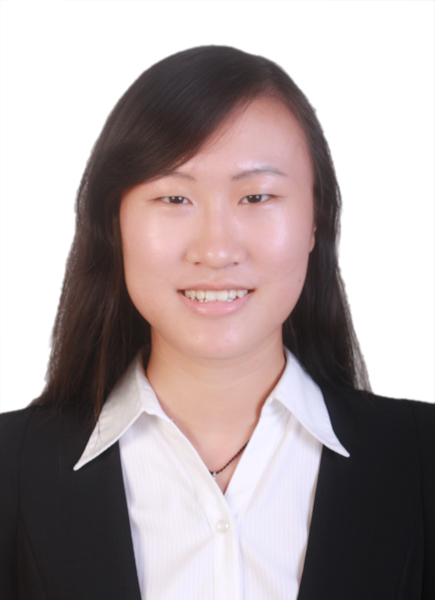
MSc ME Thesis Presentation
- Friday, 20 September 2019
- 10:00
- EKL Colloquium room
MEMS ultrasound for active implantable devices
Marta Saccher
MSc ME Thesis Presentation
- Friday, 20 September 2019
- 14:00-16:00
- EKL Colloquium room
A Complete Overview on Realizing Transfer-free Graphene-based Differential Pressure Sensor
Raghutham Ramesha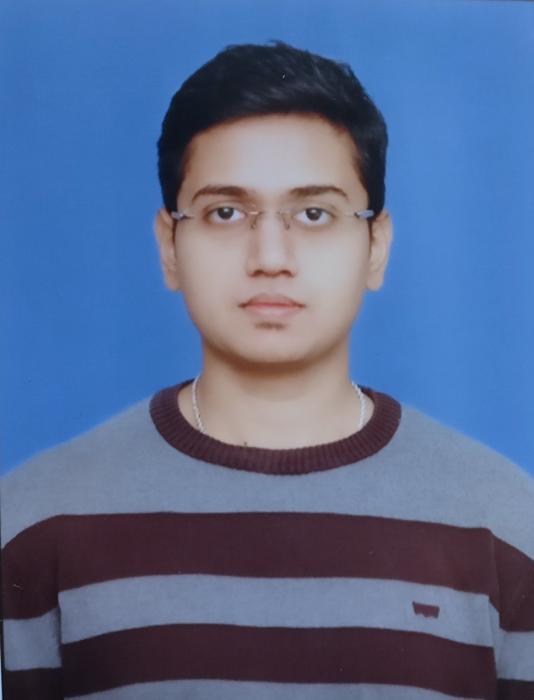
MSc ME Thesis Presentation
- Thursday, 19 September 2019
- 15:30-16:00
- Lecture Hall Technology in PULSE, building 33a
An ASIC with Bipolar High-Voltage Transmit Switching for a Single-Cable Intra-Vascular Ultrasound Probe
Rishabh NagarkarAn ASIC is presented for intra-vascular ultrasound imaging. Despite being connected via a single coaxial cable, it is able to pass arbitrary high-voltage bipolar signals to the transducers for acoustic imaging. The thesis talks about the need to reduce the cable count to one and reviews the existing work in literature. It builds upon an existing single-cable design and focuses on the transmit part to make it compatible with a large number of ultrasound imaging modes by allowing it to pass high-frequency signals up to 20MHz and bipolar signal voltages up to +/-25V. The chip is phantom powered and thus its power supply and signals are transmitted on the same cable. The transmit switch designed for this ASIC is powered by and controlled by an on-chip low-voltage supply and circuitry. The prototype ASIC has been designed in TSMC 180nm HV BCD Gen2 technology. This single-cable design has 16 elements for transmit and 64 elements in the receive mode and has been evaluated using simulations.
MSc ME Thesis Presentation
- Friday, 30 August 2019
- 10:00-10:30
- Lecture Hall 10 in PULSE, building 33a
A low-noise amplifier for ultrasound imaging with continuous time-gain compensation
Qiyou Jiang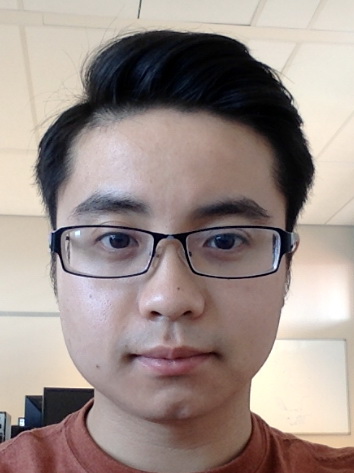
This work presents a low-noise amplifier (LNA) for ultrasound imaging with built-in continuous time-gain compensation (TGC), which compensates for the time-dependent attenuation of the received echo signal and thus significantly reduces its dynamic range (DR).
The proposed design combines the LNA and TGC functions in a single variable-gain current-to-current amplifier. Compared to conventional ultrasound front-ends, which implement the TGC function after an LNA that needs to handle the full DR of the echo signal, this approach can highly reduce the power consumption and the size. Compared to earlier programmable gain LNAs with discrete gain steps, the continuous gain control avoids switching transients that may lead to imaging artefacts.
The TGC function is realized by a novel feedback network consisting of a double differential pair that feeds a fraction of the output current back to the input. This fraction can be changed continuously using a control voltage that is applied to the gates of the differential pairs, to realize a gain range from -20 dB to +20 dB. To achieve an approximately constant closed-loop bandwidth in the presence of the changing feedback factor, a loop amplifier has been implemented whose gain is changed along with the feedback factor by dynamically changing its bias currents. This loop amplifier employs a current-reuse architecture to achieve high power-efficiency. In addition, a variable bias current source has been designed to appropriately bias the TGC feedback network. By employing a similar double differential pair topology as in the feedback network, this current source provides the required low noise at the highest gain setting and high current at the lowest gain setting within the available headroom.
The LNA with built-in TGC function has been realized in 180nm CMOS technology. It has been optimized to interface with a 7.5 MHz capacitive micro-machined ultrasonic transducer (CMUT). Simulation results show that it achieves a 3dB bandwidth higher than 40 MHz across the full gain range. At the highest gain setting, its input current noise is 0.96 pA/rt-Hz at 7.5 MHz. This leads to an input dynamic range of 93 dB, which is compressed into an output dynamic range of 53 dB by means of the 40 dB variable gain. The amplifier consumes 10.8 mW from a 1.8V supply, and occupies an estimated 320 x 320 um2 die area.
MSc ME Thesis Presentation
- Thursday, 22 August 2019
- 16:00-17:30
- EKL Colloquium room
High density integrated capacitors for smart catheters and implants
Jeroen Naaborg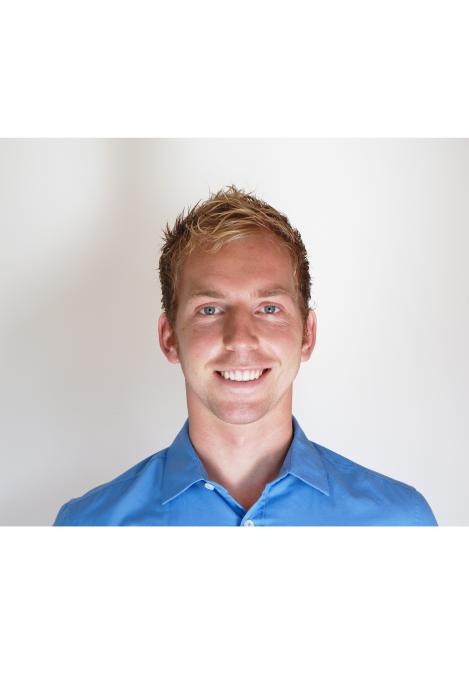
MSc ME Thesis Presentation
- Thursday, 22 August 2019
- 09:00-11:00
- EKL Colloquium room
Noninvasive Hemodynamic Monitoring: Left Ventricular Pressure-Volume Loop Reconstruction
Aoibhinn Larkin Reddington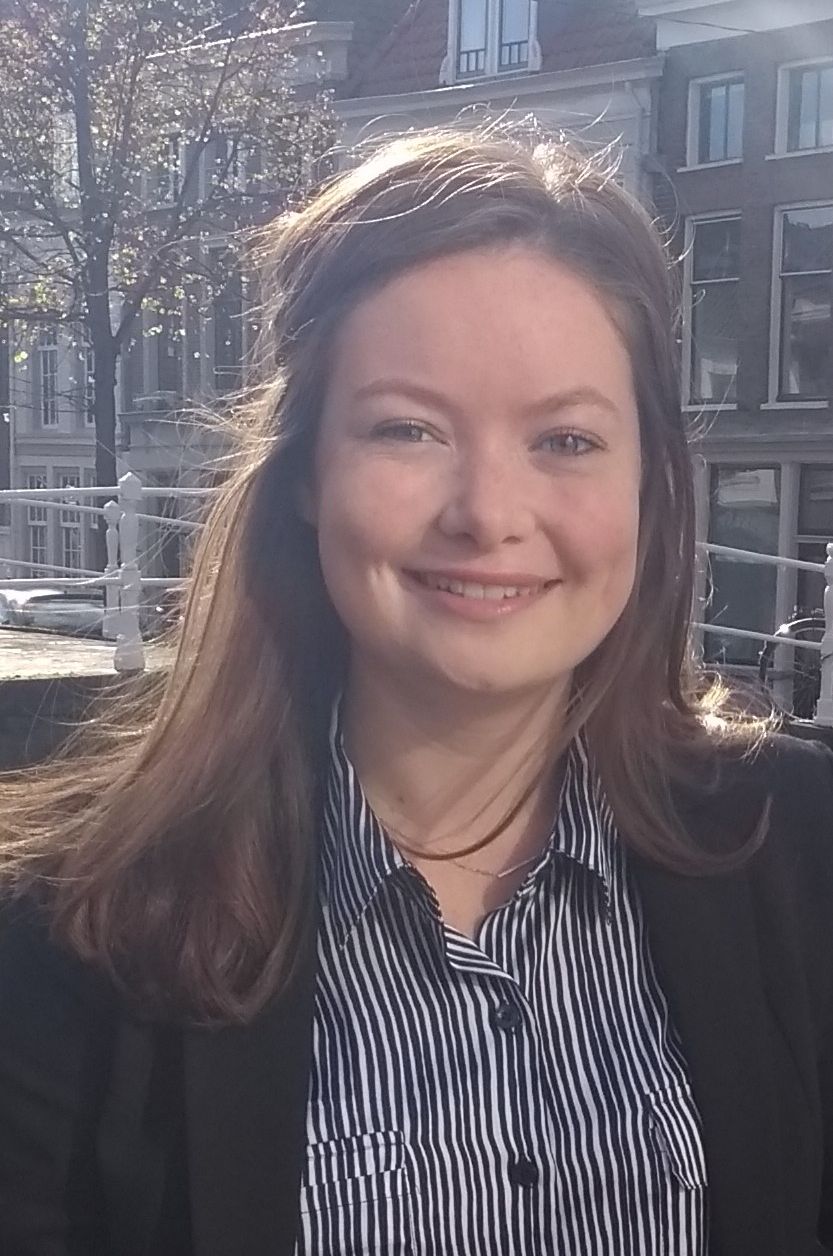

PhD Thesis Defence
- Monday, 8 July 2019
- Aula Senaatszaal
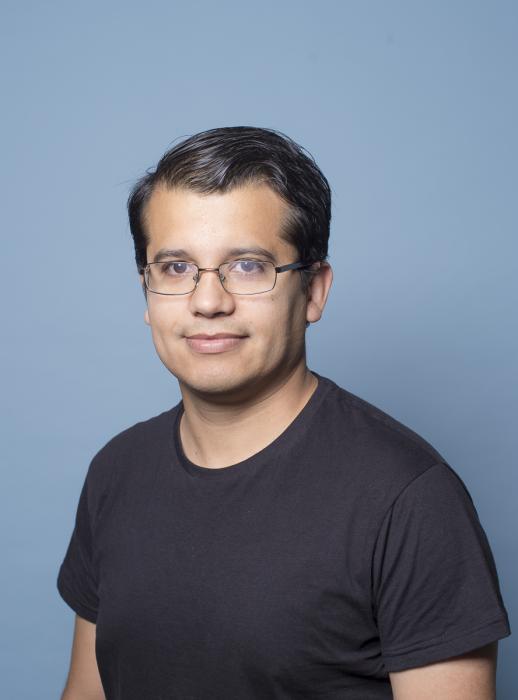

PRORISC and SAFE 2019
- Thursday, 4 -- Friday, 5 July 2019
- Aula Conference Centre of TUDelft
PRORISC and SAFE 2019

PRORISC is an annual conference on Integrated Circuit (IC) design and SAFE is an annual conference on Microsystems, Materials, Technology and RF-devices. Both conferences are organized together within the three technical Dutch universities Twente, Delft and Eindhoven. The conference is organized by PhD students and is intended for PhD candidates to expand their network and share their research ideas, which provides a unique opportunity for future collaborations. Each year, one of the technical universities will be responsible for the organization of the two conferences. In 2019 the PRORISC will be held at at the campus of Delft University of Technology.
Additional information ...

PhD Thesis Defence
- Tuesday, 25 June 2019
- 14:30-16:00
- Aula Senaatszaal
Investigation of pressure assisted nanosilver sintering process for application in power electronics
Hao Zhang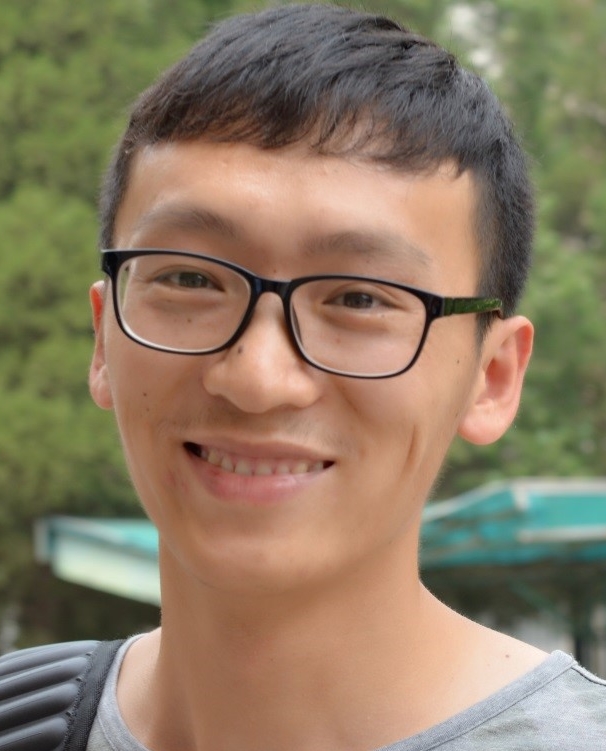

Microelectronics Colloquium
- Tuesday, 25 June 2019
- 11:00-12:00
- EWI-Lecture hall Chip
Quantum Computer on a Chip
Bogdan StaszewskiUniversity College Dublin
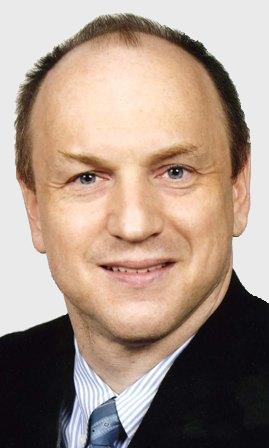
Quantum computing is a new paradigm that exploits fundamental principles of quantum mechanics, such as superposition and entanglement, to tackle problems in mathematics, chemistry and material science that are well beyond the reach of supercomputers. Despite the intensive worldwide race to build a useful quantum computer, it is projected to take decades before reaching the state of useful quantum supremacy. The main challenge is that qubits operate at the atomic level, thus are extremely fragile, and difficult to control and read out. The current state-of-art implements a few dozen magnetic-spin based qubits in a highly specialized technology and cools them down to a few tens of millikelvin. The high cost of cryogenic cooling prevents its widespread use. A companion classical electronic controller, needed to control and read out the qubits, is mostly realized with room-temperature laboratory instrumentation. This makes it bulky and nearly impossible to scale up to the thousands or millions of qubits needed for practical quantum algorithms.
As part of our startup company, we propose a new quantum computer paradigm that exploits the wonderful scaling achievements of mainstream integrated circuits (IC) technology which underpins personal computers and mobile phones. Just like with a small IC chip, where a single nanometer-sized CMOS transistor can be reliably replicated millions of times to build a digital processor, we propose a new structure of a qubit realized as a CMOS-compatible charge-based quantum dot that can be reliably replicated thousands of times to construct a quantum processor. Combined with an on-chip CMOS controller, it will realize a useful quantum computer which can operate at a much higher temperature of 4 kelvin.
Additional information ...
Inauguration Earl McCune and Cicero Vaucher
- Friday, 17 -- Friday, 17 May 2019
- 15:00-18:00
- TU Delft Auditorium
Who's talking, who's listening?
Earl McCune, Cicero VaucherTU Delft
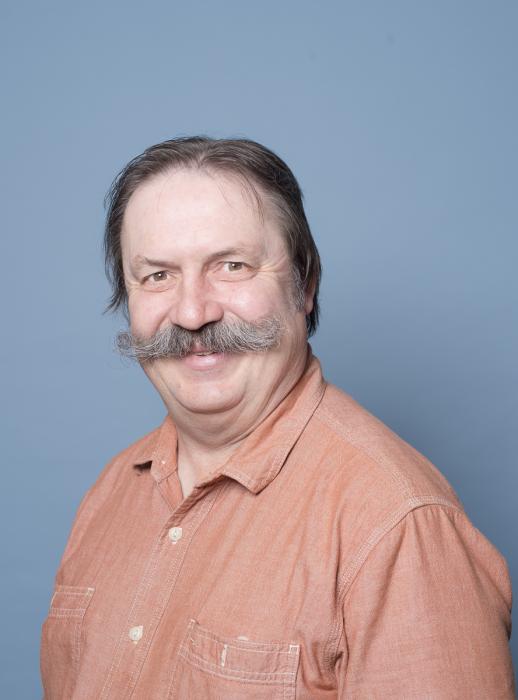
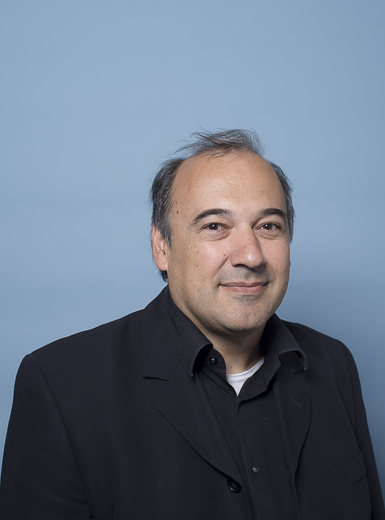
Micro electronics colloquium
- Thursday, 28 March 2019
- 15:30-17:00
- EEMCS, Restaurantzaal
High performance data converters; Rethink analog IC design
Nan Sun, Muhammed Bolatkale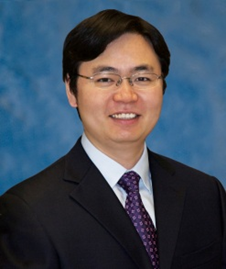
Nan Sun: Rethink Analog IC Design
I will present several unconventional data conversion architectures. First, I will talk about how we can make use of noise, which is usually deemed as an undesirable thing, to estimate the conversion residue and increase the SNR of a SAR ADC. It is an interesting example of stochastic resonance, in which the presence of noise can lead to not SNR degradation but SNR enhancement. Second, I will talk about how we can perform data conversion below the Nyquist rate by exploiting the sparsity of the input signal. I will show two example compressive sensing ADCs and how the effective ADC conversion rate can be reduced by 4 times but without losing information. Third, I will show how we can prevent the seemingly inevitable kT/C noise in a Nyquist-rate pipelined ADC by using a continuous-time SAR based 1st-stage. This can substantially reduce the requirement on the ADC input capacitance, greatly reducing the ADC driver power and reference buffer power
Biography of Nan Sun
Nan Sun is Associate Professor at the University of Texas at Austin. He received the B.S. from Tsinghua in 2006 and Ph.D. degree from Harvard in 2010. Dr. Sun received the NSF Career Award in 2013. He serves on the Technical Program Committee of the IEEE Custom Integrated Circuits Conference and the IEEE Asian Solid-State Circuit Conference. He is an Associate Editor of the IEEE Transactions on Circuits and Systems – I: Regular Papers, and a Guest Editor of the IEEE Journal of Solid-State Circuits. He also serves as IEEE Circuits-and-Systems Society Distinguished Lecturer from 2019 to 2020.
Muhammed Bolatkale: High Performance Data Converters
A next generation automotive radio receiver, an all-digital Class-D amplifier, and an advanced Bluetooth transceiver have one thing in common: they rely on high-performance data converter architectures to enable best in class performance. This talk will give an overview of GHz-sampling data converters, especially focusing on wideband delta-sigma and hybrid data converter architectures. We will touch upon state-of-the-art systems and circuit level designs fabricated in advance CMOS nodes.Bio Muhammed Bolatkale
Muhammed Bolatkale is Senior Principle Scientist at NXP Semiconductors and part-time Associate Professor in the Electronics Instrumentation Laboratory at Delft University of Technology. He received his B. Sc. (high honors) degree from Middle East Technical University, Turkey, in 2004 and the M. Sc. (cum laude) and Ph.D. degrees in Electrical Engineering from Delft University of Technology, the Netherlands, in 2007 and 2013. Since 2007, Dr. Bolatkale has worked for NXP Semiconductors, specializing in wideband Delta-Sigma ADCs for wireless communications and automotive applications. Dr. Bolatkale received the ISSCC 2016 and 2011 Jan Van Vessem Award for Outstanding European Paper and the IEEE Journal of Solid-State Circuits 2016 and 2011 Best Paper Award.Additional information ...
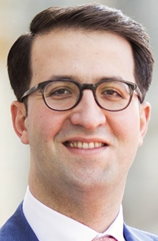
MSc ME Thesis Presentation
- Wednesday, 27 March 2019
- 14:00-15:00
- EKL Colloquium room

Microelectronics Colloquium
- Friday, 8 March 2019
- 16:00-17:15
- CiTG 0.98 (lecture room opposite PSOR)
Introducing new CAS professors
Andrew Webb, Borbála Hunyadi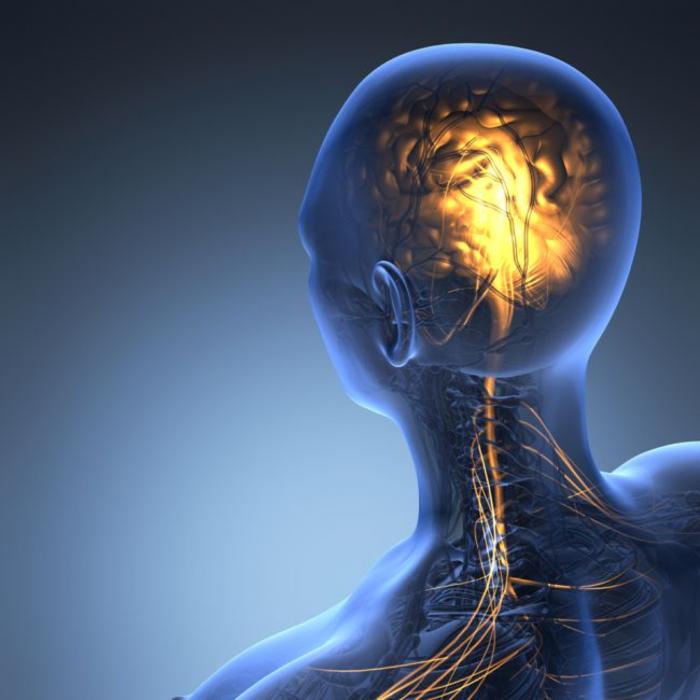
Andrew Webb:
MRI is one of the most important clinical imaging modalities for diagnosis and treatment monitoring. Recent trends have been towards ever higher magnetic fields and operating frequencies. This talk outlines some of the technical challenges faced by very high field and conversely very low field MRI, and the roles that electromagnetics and signal processing can play in improving image qualityBorbala Hunyadi
Electroencephalography (EEG) and functional magnetic resonance imaging (fMRI) record a mixture of ongoing neural processes, physiological and non-physiological noise. The pattern of interest is often hidden within this noisy mixture. This talk gives an overview of signal processing and machine learning techniques to address this issue by capturing the spatiotemporal structure in the (multimodal) data. Special attention is given to tensor-based blind source separation techniques, with applications in epilepsy research.
Radio-frequency engineering for space
- Tuesday, 5 March 2019
- 13:45-15:45
- lecture hall Boole, EWI building
European Space Agency

The key challenges in the design of radio-frequency instruments for space will be reviewed. Space environmental aspects will be discussed as well as the practical measures that need to be implemented to assure a high level of reliability. Selected examples will be presented, covering a wide spectrum of applications: from new satellite communication trends, such as active reconfigurable antennas to future scientific RF instruments that will be placed on other planets. Special focus will be put on high-power amplification concepts and integration solutions.
Speaker Bio: Václav Valenta was born in Czechoslovakia and received Master and Doctoral degrees in radio engineering and mathematics from the Brno University of Technology in the Czech Republic and Université Paris-Est in France, respectively. In the past, Dr. Valenta has designed and demonstrated active and passive radar systems operating up to a frequency of 140 GHz. His expertise is in the area of multi-functional RFIC design (SiGe BiCMOS and III-V) covering key functions from amplification, frequency generation/conversion, modulation/demodulation, and heterogenous RFIC integration. Dr. Valenta is currently with the European Space Agency, RF Equipment and Technology Section, running and supporting several R&D projects. Dr. Valenta is responsible for the development of the radio-science instrument "LaRa", which is a scientific payload that will be launched to Mars in the frame of the mission ExoMars 2020.
MSc ME Thesis Presentation
- Monday, 25 February 2019
- 15:00-16:00
- EKL Colloquium room
MEMS Switches Fabricated by Carbon Nanotubes with Silicon Carbide Coating
Ziqiao Huang
PhD Thesis Defence
- Thursday, 24 January 2019
- 10:00
- Aula Senaatszaal

PhD Thesis Defence
- Thursday, 10 January 2019
- 15:00-17:00
- Aula Senaatszaal
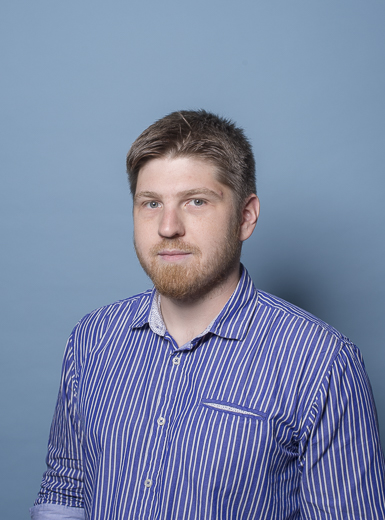

PhD Thesis Defence
- Monday, 26 November 2018
- 12:30-14:00
- Aula Senaatszaal
Surface Acoustic Mode Aluminium Nitride Transducer for micro-size liquid sensing applications
Thu Hang Bui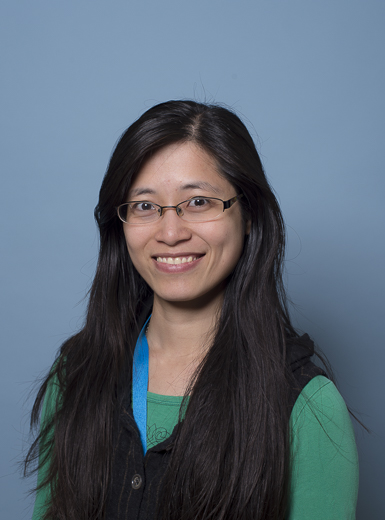

PhD Thesis Defence
- Wednesday, 24 October 2018
- 12:30-14:00
- Aula Senaatszaal
Free standing interconnects for stretchable electronics
Shivani Joshi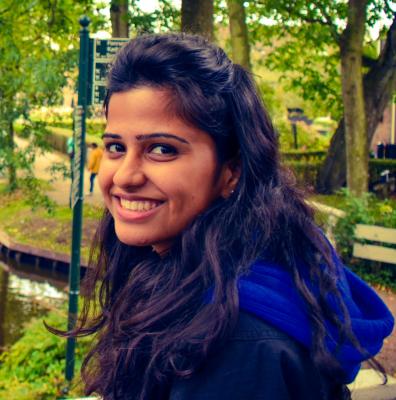

MSc ME Thesis Presentation
- Tuesday, 23 October 2018
- 15:00-16:00
- EKL Colloquiumroom
Fabrication and reliability study of parylene-ceramic based flexible interconnects for implantable devices
Diane Wu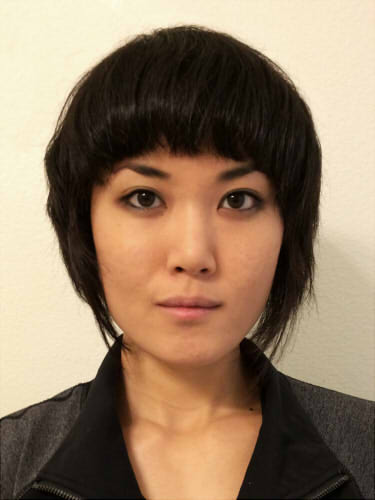
Microelectronics Colloquium
- Monday, 8 October 2018
- 10:00-10:45
- EKL Colloquiumroom
Material Engineering for Stability Improvement of Perovskite Solar Cells
C.P. WongGeorgia Tech
Organolead halide perovskites have recently emerged as a fascinating light harvesting material that combines the advantages of simple fabrication process and excellent electronic properties. The power conversion efficiency (PCE) of perovskite solar cells (PSCs) has been rapidly improved from 3.8% to 23.3% within the past several years. In contrast to the stunning rise in efficiency, the instability of the PSCs is its Achilles’ heel. The instability issue of the whole device originates not only from the perovskite layer itself, but also from the use of doped organic charge transport materials, such as spiro-MeOTAD. This talk is to provide material strategies to improve the stability of the organolead halide perovskite materials as well as other functional layers in PSCs. To improve the air-stability of perovskite films prepared from two-step sequential deposition by simultaneously eliminating PbI2 residue and improving the crystallinity of the perovskite films. We developed PbI2 thin films with nano-pores and tunable crystal sizes, which enabled full conversion of PbI2 to MAPbI3. A large perovskite crystalline domains, and that the impurity-free, lead to reduced trap states and improved air-stability of the perovskite thin films. The second part of my talk is devoted to improve the stability of the entire PSC device by developing a solution-processed NiOx hole-transport layer, as the hygroscopic nature of the NiOx film suppresses the diffusion of water molecules to the perovskite, and it is also insusceptible to heat. As a result, the PSCs with a structure of FTO / TiO2 / Perovskite / NiOx / Au demonstrated remarkable air-stability and thermal stability. By further modifying of the NiOx / metal interface by CuSCN, we further realized high-efficiency PSCs with excellent air stability, exhibiting nearly no efficiency degradation after exposed to air for 4 months. Furthermore, the ion migration-induced instability issue through incorporating extrinsic alkali cations (i.e., Rb+, K+, Na+, or Li+) into the perovskite. The size-dependent interstitial occupancy of the extrinsic alkali cations in the perovskite lattice was proposed and verified for the first time through density functional theory (DFT) calculations. Such interstitial doping method suppressed I- ion migration in the bulk of perovskites, thus resulting in reduced I-V hysteresis of the PSCs, weakened poling effects and improved photo stability of wide-bandgap mixed-halide perovskites.
Microelectronics Colloquium
- Tuesday, 25 September 2018
- 03:00-05:00
- EWI, Snijderszaal
Tenure track colloquium
Sten Vollebregt, Massimo Mastrangeli, Daniele CavalloWideband phased arrays for future wireless communication terminals, Daniele Cavallo (TS group)
Wireless data traffic will grow exponentially in the next years, due to the proliferation of user terminals and bandwidth-greedy applications. To address this demand, the next generations of mobile communication (5G and beyond) will have to shift the operation to higher frequencies, especially to millimetre-wave (mmWave) spectrum (30-300 GHz), that can provide extremely high-speed data links. To enable mm-wave wireless communication, mobile terminals such as smartphones will need phased arrays antennas, able to radiate or receive greater power in specific directions that can be dynamically steered electronically. However, to cover the different 5G mm-wave bands simultaneously (28, 39, 60 GHz, …) and to achieve total angular coverage, too many of such antennas should be on the same device: the main bottleneck is the insufficient space available to place all antenna modules. Therefore, I propose to investigate novel phased array antenna solutions with very large angular coverage and ultra-wide frequency bandwidth, to massively reduce the overall space occupation of handset antennas and overcome the current limitations of mobile terminal antenna development.
Towards smart organs-on-chip, Massimo Mastrangeli (ECTM Group)
Organs-on-chip are microfluidic systems that enable dynamic tissue co-cultures under physiologically realistic conditions. OOCs are helping innovating the drug screening process and gaining new fundamental insights in human physiology. In this talk, after a summary of my past research journey, I will describe how the ECTM group at TU Delft is envisioning the use microfabrication and materials science to embed real-time sensing and actuation in innovative and scalable OOC platforms.
Emerging electronic materials: from lab to fab, Sten Vollebregt (ECTM group)
Due to their nm-size features and often unique physical properties nanomaterials, like nanotubes and 2D materials, can potentially outperform classical materials or even provide functionality which cannot be obtained otherwise. Because of this, these nanomaterials hold many promises for the next generation of devices for sensing & communication and health & wellbeing.
Unfortunately, many promising applications of nanomaterials never reach sufficient maturity to be implemented in actual products. This is mostly because the interest in the academic community reduces once the initial properties have been demonstrated, while the risk for industrialization is still too high for most companies to start their own R&D activities. My goal is to bridge these two worlds by investigating the integration of novel nanomaterials in semiconductor technology and demonstrating the scalability of novel sensing devices. In this talk, I will give examples on how carbon nanotubes, graphene and other emerging nanomaterials can be used in the next generation of sensing devices.
MSc ME Thesis Presentation
- Tuesday, 4 September 2018
- 11:00-11:30
- EKL Colloquiumroom
Integration of a local drug delivery system in a micro-fabricated Brain-on-Chip device
Hanieh Mastyani
MSc ME Thesis Presentation
- Tuesday, 4 September 2018
- 11:30-12:00
- EKL Colloquiumroom
Flexible parylene-platinum based electrodes and interconnects
Arshaad Ishrat Kanhai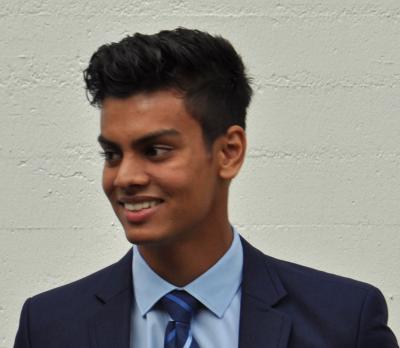
Conferences
- Thursday, 7 -- Friday, 8 June 2018
- 10:30-17:30
- University of Twente, Eschede
PRORISC 2018 Conference

Annual conference on Integrated Circuit (IC) design, organized within the three technical Dutch universities Twente, Delft and Eindhoven
Additional information ...

Conferences
- Thursday, 7 -- Friday, 8 June 2018
- 10:30-17:30
SAFE 2018 Conference

Annual conference on Micro-systems, Materials, Technology and RF-devices, organized within the three technical Dutch universities of Twente, Delft and Eindhoven.
Additional information ...

Electronic Instrumentation Colloquium
- Monday, 30 April 2018
- 11:00-12:00
- Snijderszaal (LB01.010)
Reducing Switching Artifacts in Chopper Amplifiers
Yoshinori Kusuda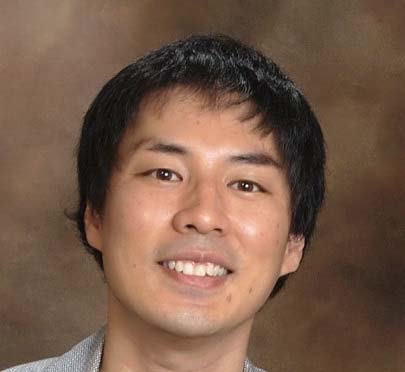
Abstract
Chopping is a technique with which amplifier offset can be reduced to sub-μV levels, at the expense of reduced signal bandwidth due to chopping artifacts such as up-modulated ripple and glitches. In this talk, some circuit techniques to reduce such artifacts are proposed.These circuit techniques have been used in three commercially-available operational amplifiers, whose design and measured performance will be discussed. Lastly, some of the challenges associated in testing low-offset amplifiers in mass-production will be discussed..
BiographyYoshinori Kusuda received the B.S. degree in electrical and electronic engineering in 2002, and M.S. degree in PhysicalElectronics in 2004, both from Tokyo Institute of Technology. Upon his graduation in 2004, he joined the Japan DesignCenter of Analog Devices (ADI) as an IC design engineer. He is currently based in San Jose, CA, U.S.A., working for the Linear and Precision Technology Group of ADI. The focus of his work is on precision CMOS analog designs, including stand-alone amplifiers and application specific mixed-signal products. This has resulted in presentations and papers at IEEE conferences and journals, as well as nine issued U.S. patents. Since August2015, he has been a guest researcher at the ElectronicInstrumentation Laboratory of the TU Delft.
Active Implantable Biomedical Microsystems Course
- Tuesday, 24 April 2018
- 13:45-15:30
- DW IZ 1 (140 1verd)
Active Implantable Biomedical Microsystems Course
Vasiliki Giagka, Virgilio Valente, Christos Strydis, Wouter SerdijnDelft University of Technology and Erasmus Medical Center
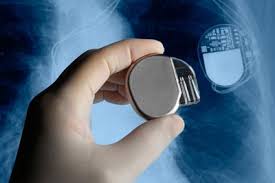
Course on the understanding, design and future developments of active implantable biomedical microsystems, such as cochlear implants, cardiac pacemakers, spinal cord implants, neurostimulators and bioelectronic medicine.
Additional information ...
MSc ME Thesis Presentation
- Monday, 23 April 2018
- 10:00-11:00
- EKL colloquiumroom
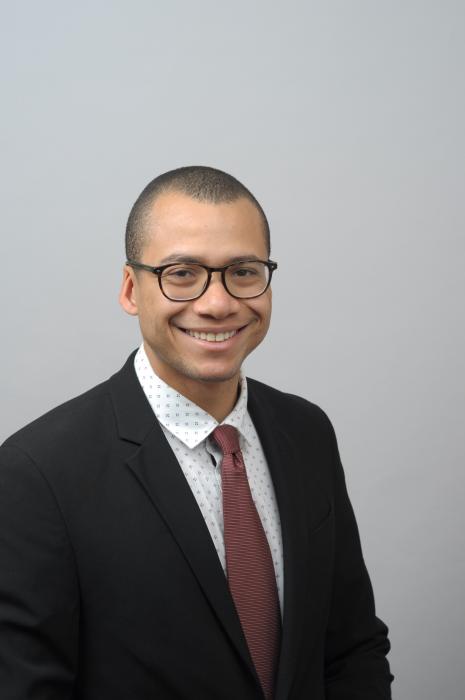
Smart Sensor Systems 2018
- Monday, 16 -- Friday, 20 April 2018
- 09:00-12:30
- TU DELFT
Smart Sensor Systems 2018
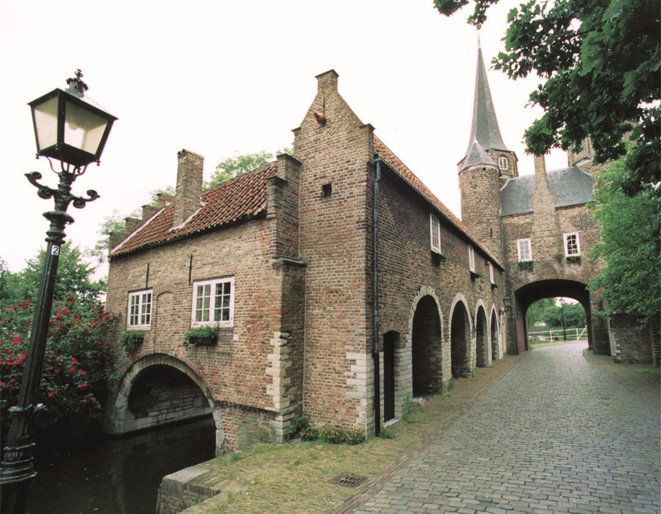
This course addresses the design and development of smart sensor systems. After a general overview, various key aspects of sensor systems are discussed: measurement and calibration techniques, the design of precision sensor interfaces, analog-to-digital conversion techniques, and sensing principles for the measurement of magnetic fields, temperature, capacitance, acceleration and rotation. The state-of-the-art smart sensor systems covered by the course include smart magnetic-field sensors, smart temperature sensors, physical chemosensors, multi-electrode capacitive sensors, implantable smart sensors, DNA microarrays, smart inertial sensors, smart optical microsystems and CMOS image sensors. A systematic approach towards the design of smart sensor systems is presented. The lectures are augmented by case studies and hands-on demonstrations.
Additional information ...
PhD Thesis Defence
- Tuesday, 3 April 2018
- 12:00-14:00
- Aula Senaatszaal
Front-End ASICs for 3-D Ultrasound: From Beamforming to Digitization
Chao Chen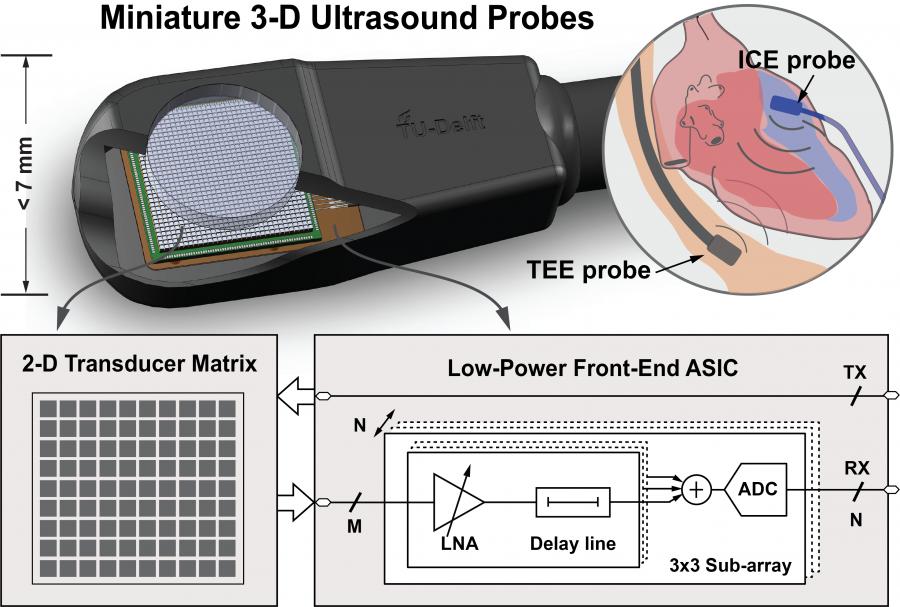
Program:
12:00 - 12:15 Introductory presentation
12:30 - 13:30 Public defense
13:45 - 14:00 Diploma ceremony
Address: Senaatszaal of the Aula Congress Center
SUMMARY
This thesis describes the analysis, design and evaluation of front-end application-specific integrated circuits (ASICs) for 3-D medical ultrasound imaging, with the focus on the receive electronics. They are specifically designed for next-generation miniature 3-D ultrasound devices, such as transesophageal echocardiography (TEE), intracardiac echocardiography (ICE) and intravascular ultrasound (IVUS) probes. These probes, equipped with 2-D array transducers and thus the capability of volumetric visualization, are crucial for both accurate diagnosis and therapy guidance of cardiovascular diseases. However, their stringent size constraints, as well as the limited power budget, increase the difficulty in integrating in-probe electronics. The mismatch between the increasing number of transducer elements and the limited cable count that can be accommodated, also makes it challenging to acquire data from these probes. Front-end ASICs that are optimized in both system architecture and circuit-level implementation are proposed in this thesis to tackle these problems.
The techniques described in this thesis have been applied in several prototype realizations, including one LNA test chip, one PVDF readout IC, two analog beamforming ASICs and one ASIC with on-chip digitization and datalinks. All prototypes have been evaluated both electrically and acoustically. The LNA test chip achieved a noise-efficiency factor (NEF) that is 2.5 × better than the state-of-the-art. One of the analog beamforming ASIC achieved a 0.27 mW/element power efficiency with a compact layout matched to a 150 µm element pitch. This is the highest power-efficiency and smallest pitch to date, in comparison with state-of-the-art ultrasound front-end ASICs. The ASIC with integrated beamforming ADC consumed only 0.91 mW/element within the same element area. A comparison with previous digitization solutions for 3-D ultrasound shows that this work achieved a 10 × improvement in power-efficiency, as well as a 3.3 × improvement in integration density.
The dissertation can be found in the TU Delft repository: http://doi.org/10.4233/uuid:a5002bb0-4701-4e33-aef6-3c78d0c9fd70
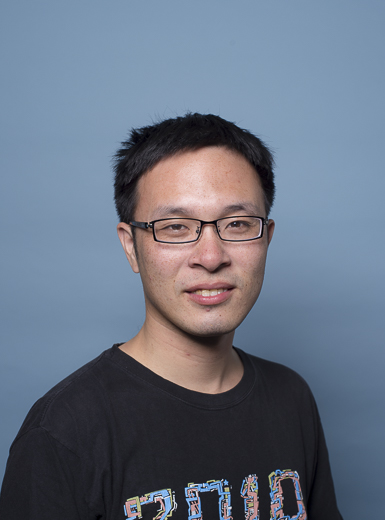
MSc ME Thesis Presentation
- Monday, 26 March 2018
- 13:00-14:00
- EKL colloquiumroom
Optimization of LPCVD-SiNx Membranes for Micro-hotplate/Nano-reactors
Sarat Shankar Sinha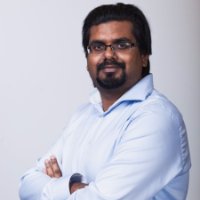
MSc ME Thesis Presentation
- Friday, 2 March 2018
- 13:00-14:00
- EKL colloquiumroom
Design and Integration of Graphene Sensors With Read-Out Electronics: A Graphene-Based Pirani Pressure Sensor Integrated with the BICMOS Process
Joost Romijn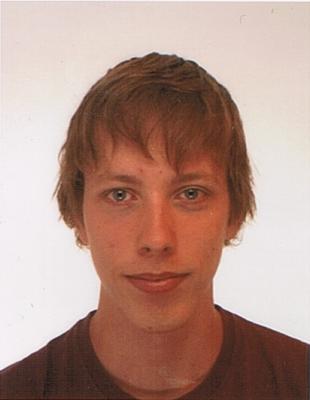
MSc ME Thesis Presentation
- Monday, 29 January 2018
- 13:00-15:00
- EKL colloquiumroom
Fabrication and Characterization of PEDOT coated microelectrode array for Organ on Chip Application
Affan Kaysa Waafi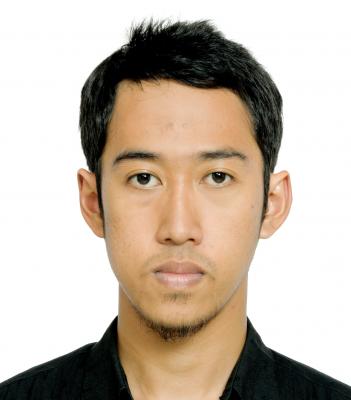
MSc ME Thesis Presentation
- Wednesday, 29 -- Wednesday, 29 November 2017
- 13:30-15:00
- EKL colloquiumroom
Electrostatically activated graphene resonators
Manvika Singh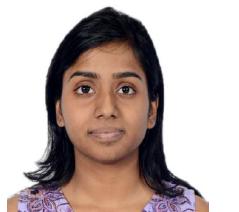
MSc ME Thesis Presentation
- Tuesday, 28 November 2017
- 10:00-11:00
- LB01.010 Snijderszaal
Fabrication and characterization of High aspect ratio MEMS Electrochemical Sensor
Dong Bin Cai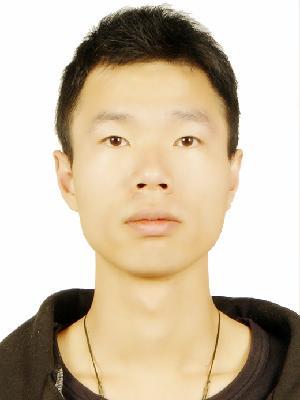
MSc ME Thesis Presentation
- Friday, 24 November 2017
- 13:00-14:00
- EKL colloquiumroom
Effects of silicon oxides as substrates for graphene gas sensor
Shengtai Shi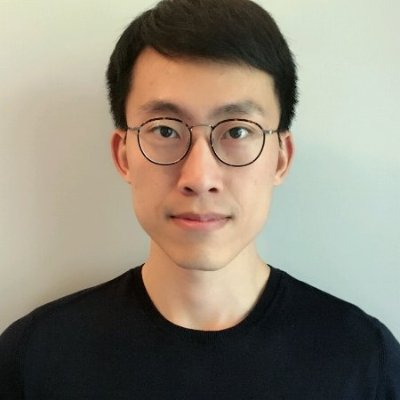
MSc ME Thesis Presentation
- Tuesday, 7 November 2017
- 15:30-17:00
- EKL colloquiumroom
Silicon based microfluidic device for smart assessment of cellular stiffness
Shinnosuke Kawasaki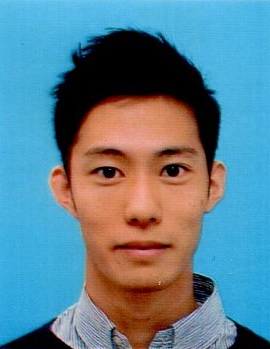
MSc ME Thesis Presentation
- Tuesday, 24 October 2017
- 15:00-16:30
- HB 09.150
Investigation on Viscoplastic Properties of Au-Sn Die-attach Solder
Tianyi Jin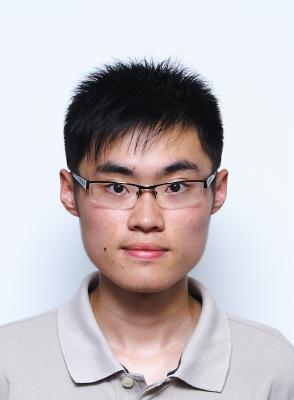
Bioelectronics Colloquium
- Monday, 16 October 2017
- 11:00-12:00
- EWI HB17.150
On the Relationship between Nyquist Rate and Healthcare: Silicon Systems to Close the Sub-Sampling Gap in Health Screening and Monitoring
Amin Arbabian, PhD (Stanford University)
Abstract
Advances in healthcare technologies have mainly focused on therapeutics, interventional procedures, and “late-stage” diagnostics. These steps have undergone significant improvements, leading to higher survival rates and enhancements in quality of life. Nevertheless, current trends are unsustainable due to the inadequate outcomes on specific critical diseases and skyrocketing national healthcare costs. An important example is cancer, where mortality rates have not seen major improvements, even with the tremendous technological advances in diagnostic imaging tools over the last four decades.
In this talk I will outline our efforts in better marrying technology and healthcare with new systems that 1) enable continuous “Nyquist” imaging and screening to enable preventive/predictive care, and 2) introduce smart implants for precision monitoring and closed-loop therapies. Preventive screening through continuous monitoring has the potential to fundamentally revamp our understanding of disease as well as targeted therapy. Today, the human body is monitored infrequently, perhaps on an annual basis and with a low “resolution”. This is in contrast with advanced electronic systems (many of which our community designs and ships), which are frequently monitored and calibrated. I will summarize a few example projects that aim to address these issues, including portable, semiconductor-based, “Tricorder” imaging systems, ultrasound-powered implantable devices that can measure, detect, and act upon local physiological changes through closed-loop neuromodulation or “electroceuticals”, and finally our new investigation of a noninvasive methods of neuromodulation based on ultrasonic excitation.
Biography
Amin Arbabian received his Ph.D. degree in EECS from UC Berkeley in 2011 and in 2012 joined Stanford University, as an Assistant Professor of Electrical Engineering. His research interests are in mm-wave and high-frequency circuits and systems, imaging technologies, and ultra-low power sensors and implantable devices. Prof. Arbabian currently serves on the steering committee of RFIC, the technical program committees of RFIC and ESSCIRC, and as associate editor of the IEEE Solid-State Circuits Letters (SSC-L) and the IEEE Journal of Electromagnetics, RF and Microwaves in Medicine and Biology (J-ERM). He is the recipient or co-recipient of the 2016 Stanford University Tau Beta Pi Award for Excellence in Undergraduate Teaching, 2015 NSF CAREER award, 2014 DARPA Young Faculty Award (YFA) including the Director’s Fellowship in 2016, 2013 Hellman faculty scholarship, and best paper awards from several conferences including ISSCC (2010), VLSI Circuits (2014), RFIC symposium (2008 and 2011), ICUWB (2013), PIERS (2015), and the MTT-S BioWireless symposium (2016).
PhD Thesis Defence
- Tuesday, 26 September 2017
- 10:00
- Aula Frans van Hasseltzaal
Solid State Lighting Color Shift
Guangjun Lu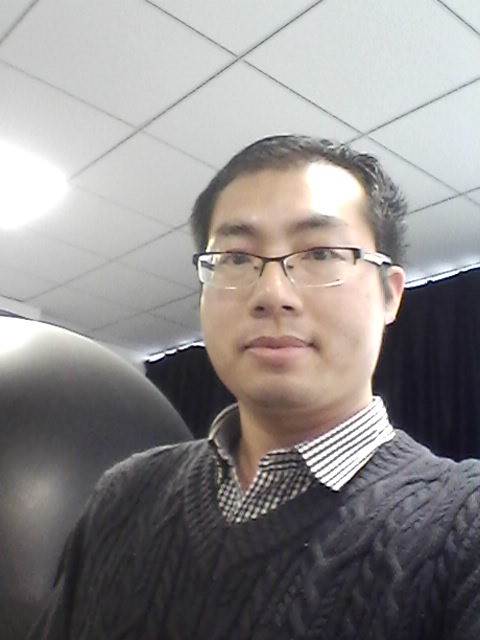

PhD Thesis Defence
- Tuesday, 26 September 2017
- 15:00-11:30
- Aula Frans van Hasseltzaal
The Lifetime Prediction of LED Drivers and Lamps
Bo Sun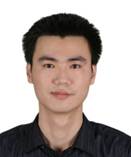

MSc ME Thesis Presentation
- Monday, 21 August 2017
- 13:00-14:00
- EKL Colloquiumroom
High Density Flexible Interconnect for Minimally Invasive Medical Instruments
Michel van der Kaay
MSc ME Thesis Presentation
- Thursday, 13 July 2017
- 10:00-11:30
- EKL Colloquiumroom
Nano-copper paste filled vertical interconnects
Maryam Namin
PhD Thesis Defence
- Friday, 7 July 2017
- 12:30-15:00
- Aula Senaatszaal
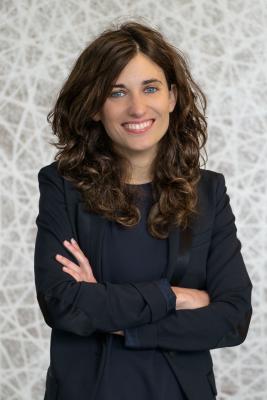

Conferences
- Friday, 14 April 2017
- 10:00-12:00
Eurosensors dead-line

Professoren in de Arena
- Tuesday, 28 March 2017
- 20:00-21:30
- Theater de Veste
Professoren in de Arena: De bionische mens, van protheses naar upgrades
Wouter Serdijn, Just Herder, Harrie Weinans, Project March
Op 28 maart gaan drie hoogleraren, waaronder Wouter Serdijn, met elkaar in debat over 'de bionische mens'. Wat is er mogelijk en hoe ver kun, wil en mag je gaan? In drie korte minicolleges praten de heren u bij en worden ze vervolgens stevig aan de tand gevoeld door cabaretier, columnist en TU-docent Jasper van Kuijk. In de discussie die daarop volgt, wordt het publiek van harte uitgenodigd mee te doen.
De sprekers van deze avond zijn:
Just Herder - Professor of Interactive Mechanisms and Mechatronics
Harrie Weinans - Professor of Tissue Biomechanics and Implants
Wouter Serdijn - Professor in Bio-Electronics
Project March
Deze editie van ‘Professoren in de Theaterarena’ wordt georganiseerd i.s.m. het ‘Explore your Brain’ evenement van de TU Delft Library in het kader van het 175 jarig bestaan van de TU Delft.
Over Professoren in de Arena
In nauwe samenwerking met de TU Delft en de universiteiten van Leiden en Rotterdam zetten wij in een theatrale setting steeds drie spraakmakende hoogleraren op het podium rondom een actueel thema. Deze onderwerpen worden van verschillende kanten belicht, vanuit de harde wetenschap en/of maatschappelijke en ethische hoek. In een magazine-achtig format met korte colleges, stand-up colums wordt u bijgepraat en doet u mee in de discussie.
Locatie: Theatercafé, Theater de Veste
Microelectronics Colloquium
- Wednesday, 15 March 2017
- 15:00-17:00
- EWI: Snijderszaal
Microelectronics Department Colloquium
Daniele Cavallo, Vasiliki Giagka, Fabio Sebastiano, Rob Remis
On Wednesday March 15 the next Microelectronics colloquium wil take place, including four lectures by staff members.
Please register online by completing the form.
- Vasso Giagka
Flexible bioelectronic medicines
Abstract: Bioelectronic medicines are the next generation of neuromodulation devices: small active three-dimensional neural interfaces able to modulate nerve activity by targeting a specific neural region. They aim to treat a number of conditions, such as diabetes and asthma, in a tailored (per individual) and reversible fashion, avoiding the side effects of conventional drug-based interventions (pharmaceuticals). They achieve so by recording signals from the respective nerves, extracting information and using it as feedback to electrically stimulate the neural region in a closed-loop manner.
Current technologies for active implants have not yet managed to achieve the miniaturisation and integration levels required for the development of bioelectronic medicines. For such breakthrough devices, novel concepts need to be explored, developed, and tested.
In this talk I will present my current activities as well as my vision on realizing the first flexible three-dimensional graphene active implant, for safe chronic neural stimulation and recording from the peripheral nerves.
-
Fabio Sebastiano
Cryo-CMOS for Quantum Computing: does it work?
Quantum computing holds the promise to change our lives by efficiently solving computing problems that are intractable today, such as simulation of quantum systems for synthesis of materials and drugs. A quantum computer comprises both a quantum processor and a classical electronic controller to operate and read out the quantum devices. The quantum processor must be cooled at cryogenic temperature in order to show quantum behavior, thus making it unfeasible to wire thousands of signals from the cryogenic quantum devices to a room-temperature controller.
While this issue can be solved by placing also the electronic controller at cryogen¬ic temperature, which electronic technology is the best choice for its implementation? This talk will address the challenges of building such electronic controller, and answer whether a standard CMOS technology can be employed for the required analog and digital circuits operating at 4 K and below.
-
Daniele Cavallo
Advanced Antenna Arrays for Modern Radar and Communication Systems
Abstract: Several of today’s radar and wireless communication applications are shifting their operation to higher frequency to fulfil more demanding requirements on resolution, compactness and data rates. For this reason, there is a growing need to develop low-cost integrated circuit transceivers working at millimeter and sub-millimeter waves.
However, on-chip antennas are currently characterized by very poor radiation efficiency and extremely narrow bandwidth. My approach of combining the concepts of connected arrays with artificial dielectrics will solve the inefficiency problem and enable high-efficiency on-chip antenna designs.
Similar concepts can be also realized at microwave frequencies in printed circuit board, allowing for low-cost phased array antennas with state-of-the-art performance in terms of scan range, bandwidth and polarization purity.
-
Rob Remis
Imaging with Waves
We present an overview of our current wave field imaging and inversion research. Effective inversion strategies for important applications in Magnetic Resonance Imaging (MRI), nano-optics, and subsurface monitoring will be discussed. In particular, dielectric shimming (shaping of the radio frequency field in MRI) as well as inversion algorithms that determine the dielectric properties of various tissue types based on measured MRI data will be considered, and state-of-the-art model-order reduction techniques for large-scale wave propagation problems will be discussed as well.
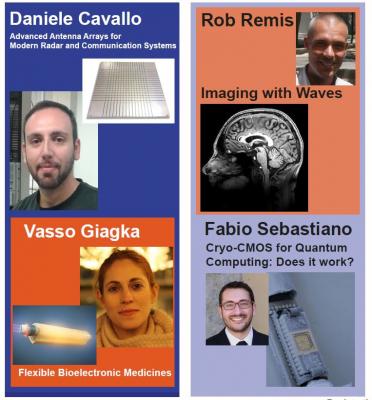
MS3 seminar
- Wednesday, 15 February 2017
- 16:00-17:00
- EEMCS, Snijderszaal
Capabilities and Research Activities at the University of Oklahoma Advanced Radar Research Center
Prof. Nathan A. GoodmanThe Advanced Radar Research Center (ARRC) at the University of Oklahoma
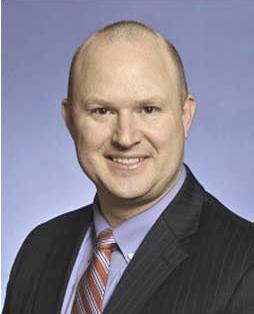
The Advanced Radar Research Center (ARRC) at the University of Oklahoma consists of a vibrant group of faculty and students from both engineering and meteorology, focused on solving challenging radar problems and preparing the next generation of students. Through the collaborative nature instilled in its members, the ARRC has proven effective at developing synergy between science and engineering in the field of radar. The ARRC resides in state-of-art Radar Innovations Laboratory, a one-of-a-kind and unrivalled facility for radar research, development, and education. This 35,000-sqft facility includes microwave labs, advanced fabrication capability, and two anechoic chambers.
Bio Prof. Goodman: Nathan A. Goodman received the B.S., M.S., and Ph.D. degrees in electrical engineering from the University of Kansas, Lawrence, in 1995, 1997, and 2002, respectively. From 1996 to 1998, he was an RF systems engineer for Texas Instruments, Dallas, TX., and from 2002 to 2011, he was a faculty member in the ECE Department of the University of Arizona, Tucson. He is now a Professor in the School of Electrical and Computer Engineering and Director of Research for the Advanced Radar Research Center at the University of Oklahoma, Norman.
MS3 seminar
- Monday, 13 February 2017
- 15:30-18:00
- EWI Snijderszaal
MS3 Master Event
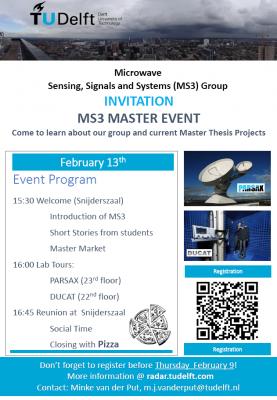
Come to learn about our group and current Master Thesis Projects...
Additional information ...
PhD Thesis Defence
- Thursday, 19 January 2017
- 10:00-11:30
- Aula Senaatszaal
Monolithic 3D Wafer Level Integration Applied for Smart LED Wafer Level Packaging
Zahra Kolahdouz Esfahani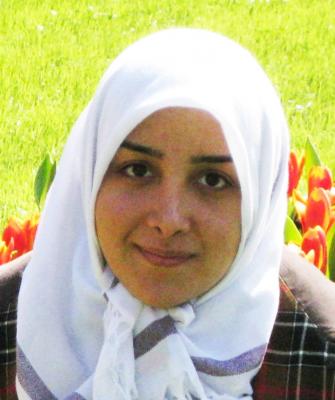

Microelectronics Introduction Colloquium
- Monday, 12 December 2016
- Theatre - Culture Building 38, Mekelweg 10
Introduction 3 new Tenure Trackers
Masoud Babaie, Morteza Alavi, Faruk Uysal
On December 12 we organize the next Microelectronics Colloquium to introduce three new Assistant Professors (Tenure Trackers) of the Microelectronics department. They are happy to present a lecture about their research.
The colloquium start at 15.00 hrs. there will be a drink afterwards in the foyer.
Location: Theatre of Culture Builing (38) Mekelweg 10.
Please
register online if you want to attend, latest December 5.
- Masoud Babaie: Pushing The Limits of CMOS Circuits for Emerging Technologies
Within the next few years, quantum processors, Fifth Generation (5G) cellular systems and the wireless Internet-of-Things (IoT) are expected to see significant deployment to realize more integration between the physical and digital worlds, promising enormous computation power, high data rate communications and enabling more objects to be remotely sensed and controlled.
This talk will address some of the main challenges in the design and implementation of IoT devices, mm-wave 5G transceivers, and cryogenic CMOS controller for quantum computers. An overview of my past and ongoing research activities will be also presented, with emphasis on novel solutions to improve power efficiency and spectral purity of RF/mm-wave transceivers.
- Morteza Alavi: Universal Transmitters for 5G
Today, our daily activities are intertwined with the Internet. The ever-growing demand to swiftly get access to the data-cloud systems leads to huge data traffic. In order to seamlessly transmit and receive these gigantic data, _ 40 GB, agile radio-frequency (RF) transceivers are inevitable.
These radios must be capable of supporting the current and future communication standards such as 5th generation of wireless mobile communications. The ultimate goal is that they can be implemented as universal radios whose modes of operation can be defined by their clients. To address these demands, RF transmitters are currently reinvented and are directed towards digital-intensive architecture. In this short presentation, we will briefly describe the strengths,possibilities, and challenges that exist for these advanced transmitters. First and foremost, the concept of RF-DAC based transmitters will be introduced. Next, the talk will review various RF-DAC based transmitters that have already been implemented at ELCA. Eventually, the presentation will concisely unveil the future directions of the research of these software-defined transmitters at ELCA.
- Faruk Uysal: Distributed Radar Networks: Beyond a single radar
The number of operational radar is rapidly increasing due to the growing demand of the remote sensing. Software defined radio and emerging single-chip radar technology make use of radars in every aspect of life such as autonomous driving, safety and security applications. With the increase of active transmitters, spectrum management and coexistence started to become a concern for some radar systems. In this talk, the previous applications of waveform, frequency agility will be reviewed to bring multi-functionality to the modern radar system. Finally, we will discuss the future research for distributed radar networks and how to fuse data from various radars to acquire different aspects of a target to be viewed simultaneously.
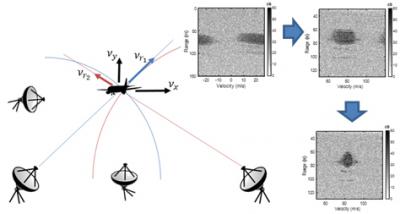
MSc BME Thesis Presentation
- Monday, 12 December 2016
- 11:00-12:00
- EWI LB01.010, Snijderszaal
Wireless Power Transfer and Optogenetic Stimulation of Freely Moving Rodents
Farnaz Nassiri Nia
Animal studies are commonly used to test the feasibility and effectiveness of promising novel neuroscience research ideas. One such new technique is optogenetic stimulation, which refers to stimulation of the brain by means of light. Current optogenetic stimulation methods use tethered setups and, typically, the animal-under-study is put into a fixed position. This introduces stress, an obvious reduction in animal welfare, and may thus influence the experimental results. Hence, an untethered setup is highly desirable. Therefore, in this thesis, we propose a complete wireless optogenetic stimulation setup, which allows for full freedom of movement for multiple rodents-under-study in a 40x40x20 cm environment.
This thesis includes a thorough design space exploration and the subsequent development of: an inductive wireless link, a wireless receiver module that resides on the animal, and novel micro-LED array implants.
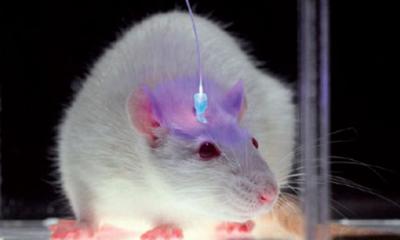
ECTM Fall meeting
- Thursday, 13 October 2016
- 11:00-12:30
- EKL colloquiumroom
From Devices to Systems: New MEMS for radio frequency applications
Cristian CassellaNorth-eastern University, Boston
We would like to invite you to our Laboratory of Electronic Components, Technology and Materials (ECTM) 2016 Autumn event with a special guest lecture. The lecture will be given by Dr. Cristian Cassella who is currently an associate research scientist in the Electrical and Computer Engineering department at North-eastern University, Boston. His talk will cover:
“The operation and performance of two new-classes of Aluminium Nitride (AlN) piezoelectric RF resonators. The first is a fully-passive MEM-based sensor for near-zero power detection in radios. Such sensor behaves as a trigger capable of activating the CMOS circuitry through extremely low-power (-60 dBm) wake-up signatures. The achievement of such a low-power RF-sensor is a key advance towards the commercialization of energy-efficient wireless platforms, with supreme battery-time. The second system is a MEMS-based RF circulator for multiband SPAR platforms, thus relying on the same carrier frequency for both transmitter and receiver modules.”
We will have the following program with plenty of room for questions:
| 11:00 – 11:40 | Dr. Cristian Cassella | From Devices to Systems: New MEMS for radio frequency applications |
| 11:40 – 12:05 | Nikolas Gaio | Next generation of in vitro test |
| 12:05 – 12:30 | Dr. Paolo Sberna | TFTs fabricated on paper using waste materials |
- Monday, 19 September 2016
- 15:00-17:30
- Aula, committee room A3
Special Celebrative Seminar: New model of Sino-Dutch R&D cooperation
Since the establishment of TU Delft's Beijing Research Centre (BRC) in 2012, 10 PhD researchers have been enrolled for this unique program in close cooperation with our Chinese Academic Partners. We are very pleased that the first two BRC PhD candidates will have their PhD thesis defence on September 19 2016, in the Aula of Delft University of Technology.
To celebrate this important milestone, we would like to invite you to join a special seminar after the defences, about the New model of Sino-Dutch R&D cooperation, to share the experiences, look to the future and raise the glass together.
Additional information ...
PhD Thesis Defence
- Wednesday, 14 September 2016
- 10:00-11:30
- Aula Senaatszaal
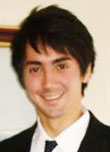

MSc ME Thesis Presentation
- Friday, 26 August 2016
- 14:00
- t.b.d.
In-vivo multicell inferior olivary recordings: alternative design methods for creating cheap and flexible electrode structures
Joost Kerpels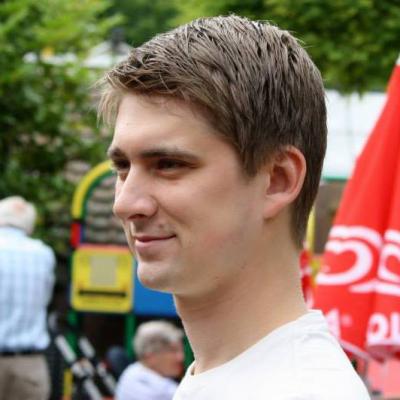
In order to allow neuroscientists to do in-vivo recordings on hard to reach brain tissue, such as the Inferior Olivary Complex, specially designed electrodes are required. Although a variety of electrodes are commercially available, they are usually expensive and it is hard to rapid prototype new designs.
This thesis describes the design process of three electrode array designs, each improved based on the findings of the previous one. The first design was made using a FlexPCB production technique, on which gold spots were added to create conducting measuring sites. The second design combined this technique with commercial microwire electrodes. The third design used 3d-print technology combined with microwire electrodes to create an electrode array.
All designs were tested in in vivo measurements on mice. Although successful measurements were done, the robustness and reproducibility needs to improve in order for this technique to really be applicable in a laboratory environment. Furthermore, the peripherals need to be improved in order to minimize the system to create a wearable system and perform recordings on wake animals.
BBQ Theme Meeting
- Friday, 29 July 2016
- 18:00-21:00
- TU Delft Campus FreeZone D
From Microelectronics Packaging to Power Electronics Packaging
Prof. Ferreira TU of Delft
It is a clear trend that increasing number of advanced microelectronic packaging technologies and know-how are being transferred to power electronics applications. We’re glad to welcome Prof. dr. Braham Ferreira, the president of IEEE Power Electronics Society (PELS), will join us and give an informal talk regarding his view of this trend, focusing on the challenges and opportunities. To provide a wide platform some IEEE members from power electronics society are invited as well, to share their knowledge during social networking. This summer event offers a great opportunity for CPMT members to broaden their views, and to seek new collaboration chances.
Program:
18.00 walk-in with drinks and BBQ
18.30 Prof. Ferreira of TU Delft: “From Microelectronics Packaging to Power Electronics Packaging”
18:45 Questions and discussions, together with drinks and BBQ, networking
21:00 Closing and drinks
Location:
TU Delft Campus, FreeZone D
Cost:
For IEEE CPMT members: Free
For others: 5 Euro
If you would like to join our summer event, please register by sending an email to Pan Liu: p.liu-1@tudelft.nl before the 15th of July 2016.
For more information, please contact Jing Zhang (Chair of IEEE CPMT Benelux Chapter) by e-mail: j.zhang-1@tudelft.nl

- Thursday, 18 February 2016
- 14:00-20:00
ECTM annual review
PhD Thesis Defence
- Wednesday, 20 January 2016
- 12:00-14:00
- Aula Senaatszaal

PhD Thesis Defence
- Monday, 23 November 2015
- 12:30-14:00
- Aula Senaatszaal
Thesis defence Maryam Yazdan Mehr: Organic Materials Degradation
Maryam Yazdan Mehr

MSc ME Thesis Presentation
- Monday, 26 October 2015
- 13:30-14:30
- EKL Colloquiumroom
Thermally Driven Sound Source: Application of CNT nanofoams
Hengqian (Daniel) Yi
MSc ME Thesis Presentation
- Monday, 26 October 2015
- 16:30-17:30
- EKL Colloquiumroom
Wafer Scale Flexible Interconnect Fabrication for Heterogeneous Integration
Jian Li
ECTM Fall meeting
- Wednesday, 7 October 2015
- 14:00-15:00
- EKL Colloquiumroom
Quantum to brain
Juan Alfaro Barrantes, Daniel Yi, Marta Kluba, William Quiros SolanoAdditional information ...
Conferences
- Tuesday, 8 September 2015
- 12:00
IEEE MEMS abstract dead-line

ECTM Summer meeting
- Tuesday, 14 July 2015
- 14:00-15:00
Future electronic devices
Hong Wah Chan, Daniel Yi, Yuanxing Xu, Paolo Sberna
PhD Thesis Defence
- Friday, 10 July 2015
- 15:00-17:00
- Aula Senaatszaal
Silicon Carbide Technologies applied to MEMS Nanoreactors for in-situ Transmission Electron Microscopy
Bruno Morana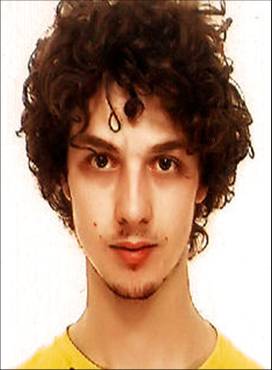

PhD Thesis Defence
- Monday, 29 June 2015
- 10:00-11:30
- Aula Senaatszaal
Thesis defence Negin Golshani: New detector technology for SEM imaging (Silicon Drift Detectors using boron layer)
Negin Golshani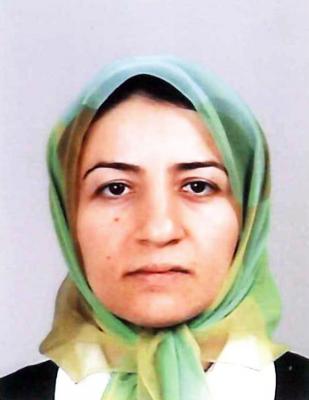

PhD Thesis Defence
- Tuesday, 16 June 2015
- 15:00-17:00
- Aula Senaatszaal
Thesis defence Giuseppe Fiorentino
Giuseppe Fiorentino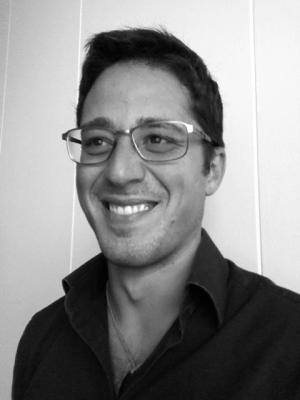

PhD Thesis Defence
- Monday, 15 June 2015
- 12:00-14:00
- Aula Senaatszaal
Thesis defence Saeed Khosferat Pakazad
Saeed Khoshfetrat Pakazad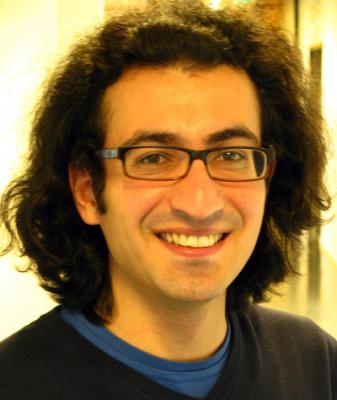

MSc ME Thesis Presentation
- Monday, 8 June 2015
- 10:00-11:00
- EKL Colloquiumroom
Acoustically Induced Microenvironments
Armando Galicia Naranjo
PhD Thesis Defence
- Friday, 24 April 2015
- 10:00-12:30
- Aula Senaatszaal
Fast qualification of solder reliability in solid state lighting system
Jing Zhang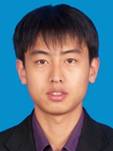

Conferences
- Friday, 17 April 2015
IEEE Sensors abstract dead-line

PhD Thesis Defence
- Tuesday, 14 April 2015
- 10:00-12:30
- Aula Senaatszaal
Thesis defence Aslihan Arslan
Aslihan Arslan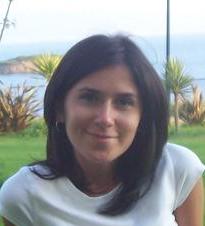

Conferences
- Friday, 10 April 2015
Eurosensors 2015 abstract dead-line

ECTM Spring meeting
- Wednesday, 8 April 2015
- 14:00-15:00
- Dimes colloquiumroom
MSc ME Thesis Presentation
- Monday, 30 March 2015
- 14:00-15:00
Master thesis defence Nikolas Gaio
Nikolas Gaio
QuTech Seminar
- Tuesday, 24 March 2015
- 16:00-17:00
- EWI Snijderszaal (LB 01.010)
Designs for quantum information hybrid devices and systems
Prof. Kae NemotoNational Institute of Informatics, Quantum Information Sciences, Tokyo, Japan
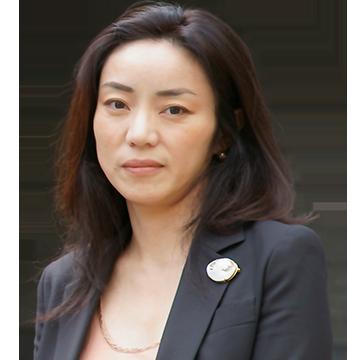
There have been many architectures for quantum computer and quantum information devices proposed, yet we face a gap between these proof-of-principle idea and feasible quantum devices. We focus on an integrated cavity device based on a single diamond NV center to identify the problems and obstacles by integrating necessary elements to perform computational tasks.
Additional information ...
MEST Symposium
- Tuesday, 17 March 2015
- 09:00-16:00
- Aula conference center
THE SILICON CRYSTAL BALL

Symposium on silicon technology -?where speakers from industry, academia and from leading research?centers?within?Netherlands and from abroad will cover the latest advancements and challenges in silicon technology.
Speakers
- P. de Jager( ASML) Lithography beyond EUV
- E. Vreugdenhil (ASML) 3D-NAND Flash: vertical stacking of new thin-film gate-all-around transistors
- M. Pelgrom (PelgromConsulting) Statistical design has the future
- Z. Tokei (IMEC) Wiring in 3D
- F. Rosenboom (TU Eindhoven) Plasma etching for continued semiconductor scaling
- S. Hamdioui (TU Delft) Computing for Data-Intensive Applications: Beyond CMOS and beyond Von Neumann
- J. Dorgelo (Marvell) Terabit NAND Flash comes with advanced error correction
Open to all
It is FREE for all?Msc, PhD, PD and Professors in Micro-electronics, Computer engineering and Telecommunications. Don't forget to REGISTER?at?www.mest-delft.nlAdditional information ...
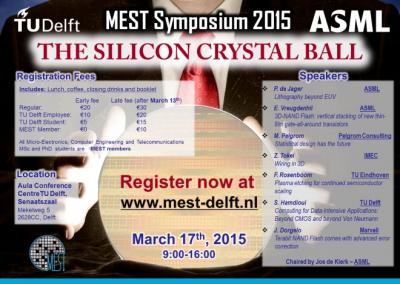
PhD Thesis Defence
- Monday, 9 March 2015
- 10:00-11:30
- Aula Senaatszaal
Thesis defence Vahid Mohammadi
Vahid Mohammadi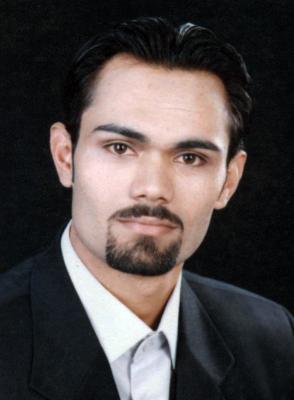

MEST event
- Tuesday, 17 February 2015
- 09:00-13:15
- Room J, 3ME Faculty
TU Delft in ISSCC 2015
Program:
| 9:00 | Prof. Kofi Makinwa | Welcome |
| 9:10 | A. Carimatto | A 67,392 SPAD PVTB-Compensated Multi-Channel Digital SiPMwith 432 column-Parallel 48ps 17b TDCs for Endoscopic Time-of-Flight PET |
| 9:50 | M. Shahmohammadi | A 1/f Noise Up-conversion Reduction Technique Applied to Class-D and Class-F Oscillators |
| 10:15 | R. Quan | A 4600um2 1.5oC (3s) 0.9kS/s Thermal-Diffusivity Temperature Sensor with VCO-Based Readout |
| 10:40 | Break | |
| 10:55 | L. Xu | A 110dB SNR ADC with +/-30V Input Common-Mode Range and 8uV offset for Current Sensing Applications |
| 11:35 | Y. He | A 0.05-mm2 1-V Capacitance-to-Digital Converter Based on Period Modulation |
| 12:00 | H.Jiang | A 30-ppm <80-nJ Ring-Down-Based Readout Circuit for Resonant Sensors |
There will be free pizza from 12:45 to 13:15
Conferences
- Sunday, 15 February 2015
Graphene week abstract dead-line

PhD Thesis Defence
- Monday, 26 January 2015
- 12:30-14:00
- Senaatszaal Aula TU Delft
PhD thesis defence Jin Zhang
Jin ZhangAdditional information ...
ECTM Christmas drink
- Wednesday, 17 December 2014
- 17:00-22:00
- Thursday, 11 December 2014
- 13:30
- Dimes colloquium room ? DI 01.180
Nano-Optomechanical read-out for Microcantilever Sensors
Yi Liu
- Wednesday, 10 December 2014
- 11:00
- Dimes colloquium room ? DI 01.180
Printed graphene and silicon
Xingyu Liu
- Tuesday, 9 December 2014
- 14:30-14:30
- Dimes colloquiumroom
Direct fabrication of micron-scale structures using Super Inkjet technology
Dr. Kazuhiro Murata, Mr. Kotaro ShimizuSITechnology, Inc.
We have developed a super-fine inkjet technology (SIJ) that enables extremely fine pattern formation using droplets measuring less than 1 micrometer in diameter. By using conductive ink based on nano-metal particles, direct fabrication of circuits and three-dimensional structures having a feature size of just a few microns are achieved. Moreover the SIJ is capable of printing with a wide variety of inks, for example, insulators, organic semiconductors, light emitting polymers, bio-materials and UV curable polymers. The potential of the SIJ technology and its application to cutting-edge areas, such as flexible electronics, printed electronics, fine interconnect and others will be shown
Additional information ...
MSc ME Thesis Presentation
- Tuesday, 25 November 2014
- 10:00
- Van der Poelzaal (LB.01.220)
Low temperature fine pitch vertical wafer level interconnection using copper nanoparticles
Yorick Carisey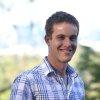
MSc ME Thesis Presentation
- Monday, 24 November 2014
- 10:00-12:00
- Dimes colloquium room ? DI 01.180
Monolithic Integration of light sensor readout system for multi-functional LED wafer-level package based on BICMOS process technology
Teng Ma
MSc ME Thesis Presentation
- Monday, 24 November 2014
- 14:00-16:00
- Dimes colloquium room ? DI 01.180
Monolithic Integration of rectifiers and drivers for low power SSL Application on Flex-to-Rigid Substrate
Manjunath Venkatesh Ramachandrappa
Dimes colloquia of Prof. dr. ShaoJun Wei and Prof. Zewen Liu
- Tuesday, 21 October 2014
- 10:00-12:00
- Dimes colloquium room ? DI 01.180
?Several Key Technologies for Emerging Applications? and ?Recent MEMS/NEMs research progress in IMETU?
ShaoJun Wei, Zewen LiuShaoJun Wei: Several Key Technologies for Emerging Applications
There are many emerging applications, such as cloud computing, big data, mobile internet, internet of things (IoT) , wearable device, smart hardware, and etc.. All of them need integrated circuits. With a huge population basis, China has an inborn advantages in this circumstance but with many challenges. Smart sensor, extremely low power pre-processing, micro assembly, high energy efficiency computing, low power high reliable memories are indispensable. We are entering a different ear while technologies we are familiar today should be pushed to their limits. In this presentation, the background of mobile internet, wearable devices, implanted hardware/software platform, IoT will be introduced and then several related technologies will be discussed with the emphasis on 3D Nand and reconfigurable computing. As these emerging applications are rapidly developing, it is very difficult to predict their evolution. Although semiconductors surely play a key role in these applications, with nanometer feature size and very high cost, how to find a way to support the low price and low margin applications is a big challenge.
Zewen Liu: Recent MEMS/NEMs research progress in IMETU
The MEMS and sensors research activities in IMETU ranges from process, materials to devices and packaging. A diversity of device had been recently developed such as sensors and MEMS energy harvester, super-capacitor for energy storage, microlens and RF MEMS. With the fast technology evolution, NEMS devices such as grapheme based device, nanohole and cantilevers are also explored which opens novel application in trace chemical sensing, flexible electronics and single DNA molecule detection. The highlights of the presentation are RF MEMS for modern communication and Nanopores for future DNA sequencing application. The prospect of integration of all devices on a chip for future IOT or smart city and the possible technical challenges will be also discussed.
ECTM Meeting
- Wednesday, 15 October 2014
- 13:00-14:00
- DIMES colloquium room
2014 Autumn Meeting
Cinzia Silvestri, Miki Trifunovic, Xueming Li, Violeta ProdanovicI would like to invite you to the ECTM 2014 Fall meeting on Wednesday, Oct 15, 1 pm at DIMES colloquium room.
Program:
Cinzia Silvestri:
?Electro-thermal simulation and characterization of vertically aligned CNTs for thermal management applications?
Miki Trifunovic: ?Solution-processed poly-Si TFTs fabricated at a maximum processing temperature of 150C?
Xueming Li: ?Miniaturized particulate matter sensor for portable air quality monitoring devices?
Violeta Prodanović: ?Fabrication of Ultra Thin Transmission Dynodes for Electron Amplification?
Additional information ...
Dimes Colloquium
- Tuesday, 14 October 2014
- 11:30-12:15
- Dimes colloquium room ? DI 01.180
Linear and nonlinear springs in electrostatic micro-actuators
David ElataTechnion - Israel Institute of Technology
In this presentation I will discuss the static and dynamic responses of mechanical springs that are used in electrostatic actuators. With respect to quasi-static applications, I will show how nonlinear mechanical springs can be used to counteract the nonlinear electrostatic attraction forces in gap-closing actuators. Instead of the pull-in instability, we may achieve an extended stable range with a linear voltage-displacement relation. Alternatively, beyond what would have been the pull-in point, we may achieve a constant voltage for any displacement. This effectively turns the transducer into a rechargeable mechanical battery, which is a neat design though mostly impractical. With respect to dynamic applications, I will show why the standard folded beam suspension, which is supposed to be linear by design, induces a nonlinear response in electrostatic comb-drive resonators. I will present a new suspension design which solves this problem.
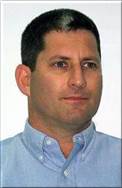
MEST Colloquium
- Thursday, 9 October 2014
- 12:30-13:30
- EWI Chip
Electronics in Nano-Era: Are we Facing a Reliability Wall?
Said Hamdioui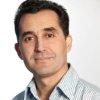
The talk will address technology scaling and its impact on different aspects of IC and electronics, and in particular the emerging reliability bottlenecks. First the basics of scaling will be covered, together with its impact on integration density, performance and power. The technology outlook will be analyzed in order to extract the challenges with respect to design, test and reliability both for near and long terms. IC realization process will be (re) defined while considering the technology trends and business pressure. Possible ways for the realization of future systems will be discussed.
DIMES colloquium
- Wednesday, 10 September 2014
- 14:00-16:00
- Dimes colloquiumroom
Probabilistic Design for Reliability in Electronics and Photonics: Role, Attributes, Challenges
Prof.dr. Ephraim SuhirPortland State University, USA

The recently suggested probabilistic design for reliability (PDfR) concept is based on:?1) highly focused and highly cost-effective failure oriented accelerated testing (FOAT),??aimed at understanding the physics of the anticipated failures and at quantifying, on the probabilistic basis, the outcome of FOATs conducted for the most vulnerable element(s) of the product of interest and the most likely and meaningful combination of possible stressors (the principle of superposition does not work in reliability engineering), and? 2) simple and physically meaningful predictive modeling (PM), both analytical and computer-aided, aimed at bridging the gap between what one "sees" as a result of FOAT and what he/she will supposedly "get" in the field. FOAT and PM based sensitivity analysis (SA) algorithms are developed as by-products.
The PDfR concept is based on the recognition of the fact that nobody and nothing is perfect, and that the difference between a highly reliable and insufficiently reliable product is ?merely? in the level of its probability of failure. If this probability (evaluated for the anticipated loading conditions and the given time in operation) is not acceptable, then such a SA can be effectively employed to determine what could be possibly changed, in terms of materials, geometries, application restrictions, etc., to improve the situation.
The PDfR analysis enables one also to check if the product is not "over-engineered", i.e., is not superfluously robust: if it is, it might be too costly: although the operational reliability cannot be low, it does not have to be higher than necessary either, but has to be adequate for the given product and application. This means that when both reliability and cost-effectiveness are imperative, ability to quantify reliability is a must. In this seminar the major PDfR concepts will be illustrated by case studies and practical examples. Although some advanced and subtle PDfR predictive modeling techniques have been recently developed for quantifying and assuring reliability of electronic and photonic products, especially those intended for aerospace applications, the practical examples addressed employ more or less elementary analytical models.
Biography
Prof. Dr. E. Suhir is Fellow of ASME, IEEE, American Physical Society (APS), Institute of Physics (UK), Society of Optical Engineers (SPIE), International Microelectronics and Packaging Society (IMAPS), Society of Plastics Engineers (SPE), Foreign Full Member (Academician) of the NAE, Ukraine, and Fulbright Scholar in Information Technologies. He has authored above 300 publications (patents, books, book chapters, papers) and received numerous professional awards, including 2004 ASME Worcester Read Warner Medal for outstanding contributions to the permanent literature of engineering and laying a foundation of a new discipline ?Structural Analysis in Electronics and Photonics Systems?. Dr. Suhir is the third Russian American, after Steven Timoshenko and Igor Sikorsky, who received this prestigious award. Dr. Suhir is co-founder of the ASME Journal of Electronic Packaging and served as its Technical Editor for eight years (1994-2002).Additional information ...
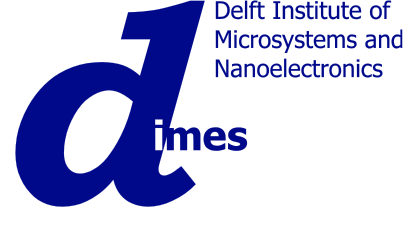
- Wednesday, 10 September 2014
- 17:00-19:00
- /pub (EWI basement)
MEST welcome drink

Meet and greet your friends and colleagues with a FREE Drink to say Hallo !!!
Organized by MEST student association
Additional information ...
MSc ME Thesis Presentation
- Friday, 18 July 2014
- 10:30-11:30
- Dimes Colloquiumroom
Opto-electronic MEMS oscillator for resonant pressure sensing
Lalit Kumar



